Launched in 2011, the Range Rover Evoque pioneered the luxury compact SUV market, prompting other premium brands to either join the niche or improve upon existing models. Come 2018, and Land Rover has introduced the second-generation crossover, placing it again high above the competition.
Redesigned on a brand-new platform, the second-gen Evoque ditched its old Ford-sourced engines and adopted JLR's new four-cylinder diesels. More importantly, almost all drivetrains are now 48-volt mild hybrids, with a plug-in hybrid set to join the lineup in 2019. Land Rover took a rather evolutionary approach to the Evoque's design inside the out, so it remains familiar. The redesign is more of the facelift variety styling-wise, but everything is new under the shell.
Update 02/12/2019: We've updated this review with a bunch of new pictures taken that the 2019 Chicago Auto show. Scroll on down to the gallery below to check them all out!
2020 Land Rover Range Rover Evoque
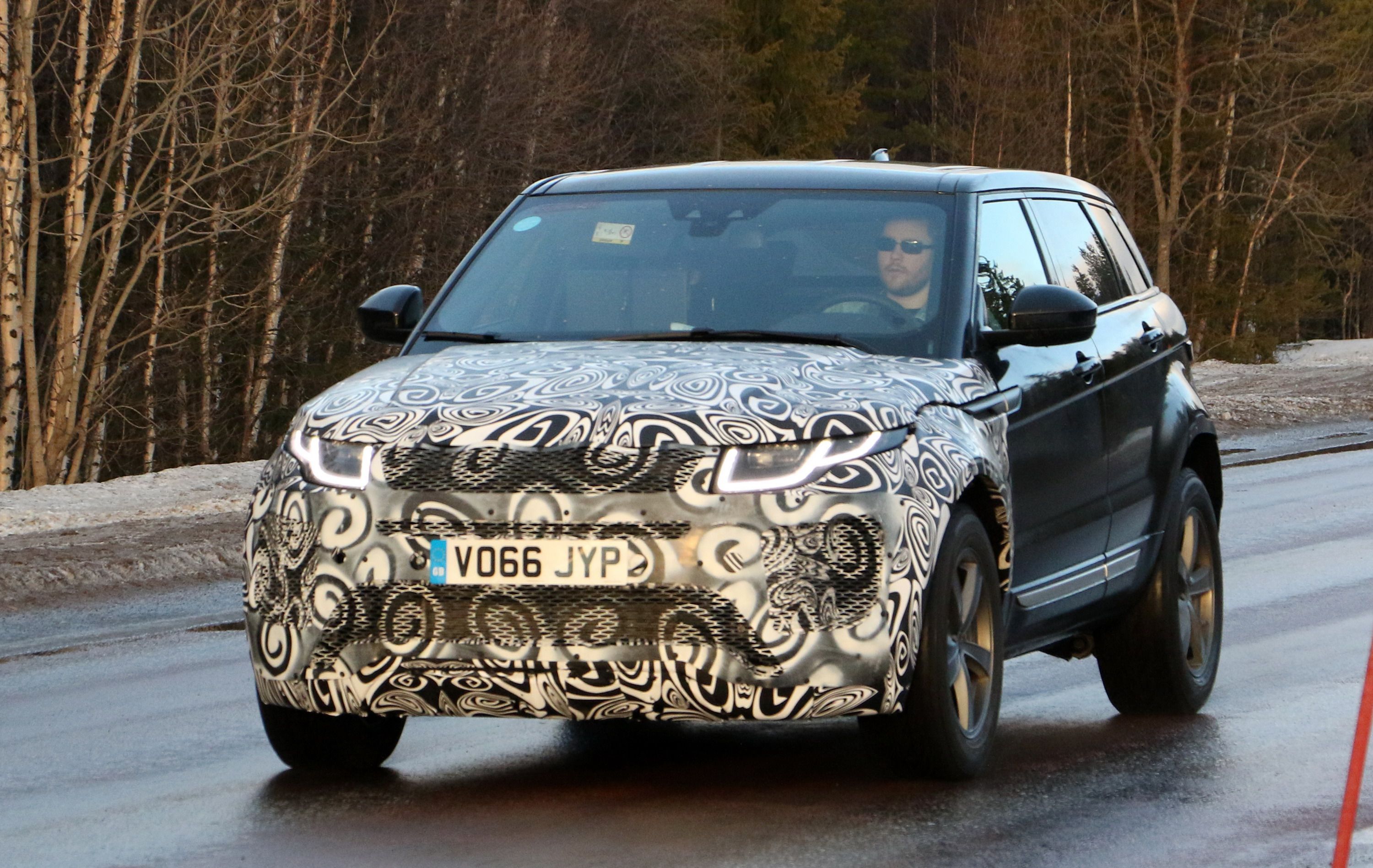

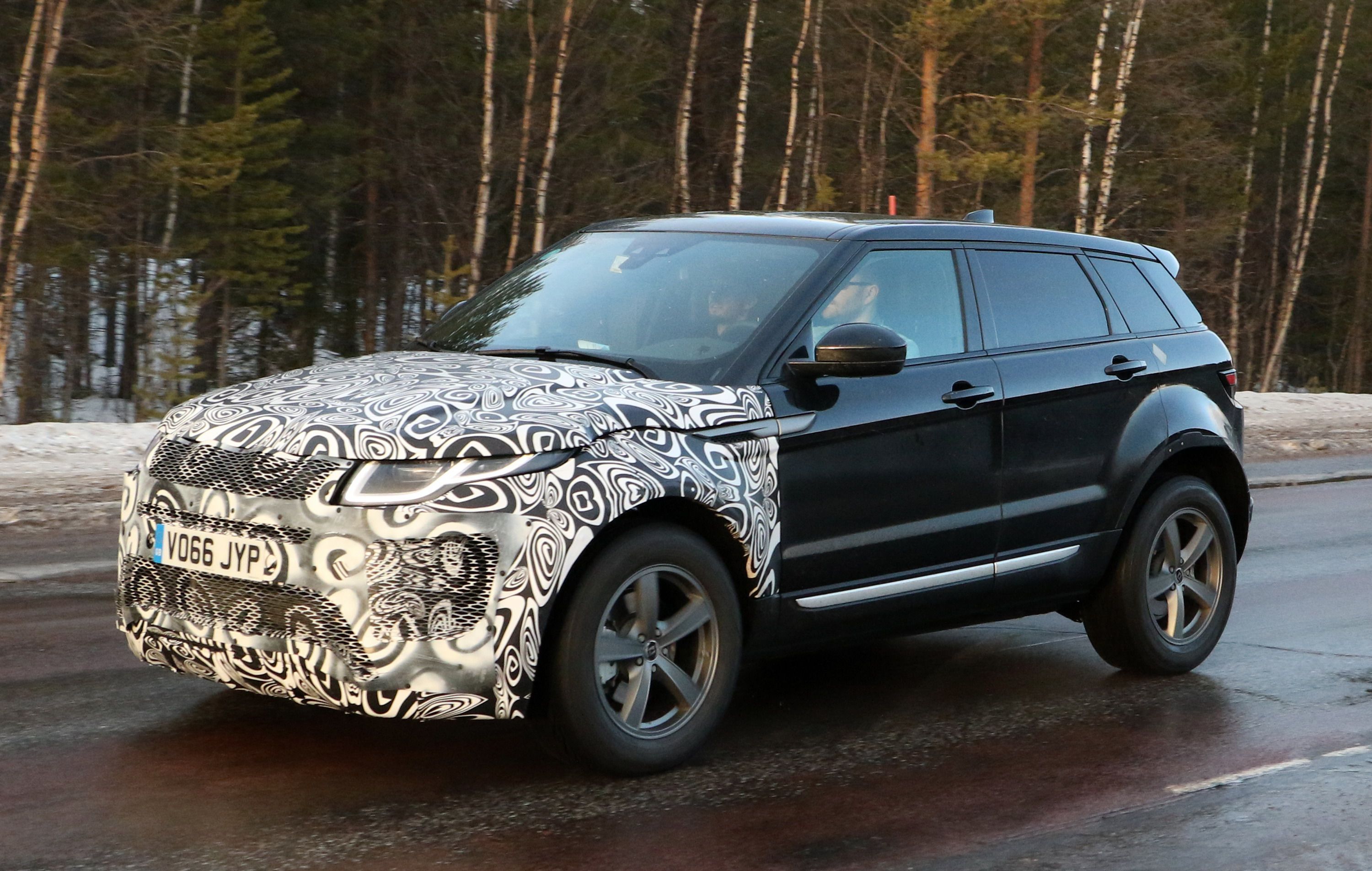
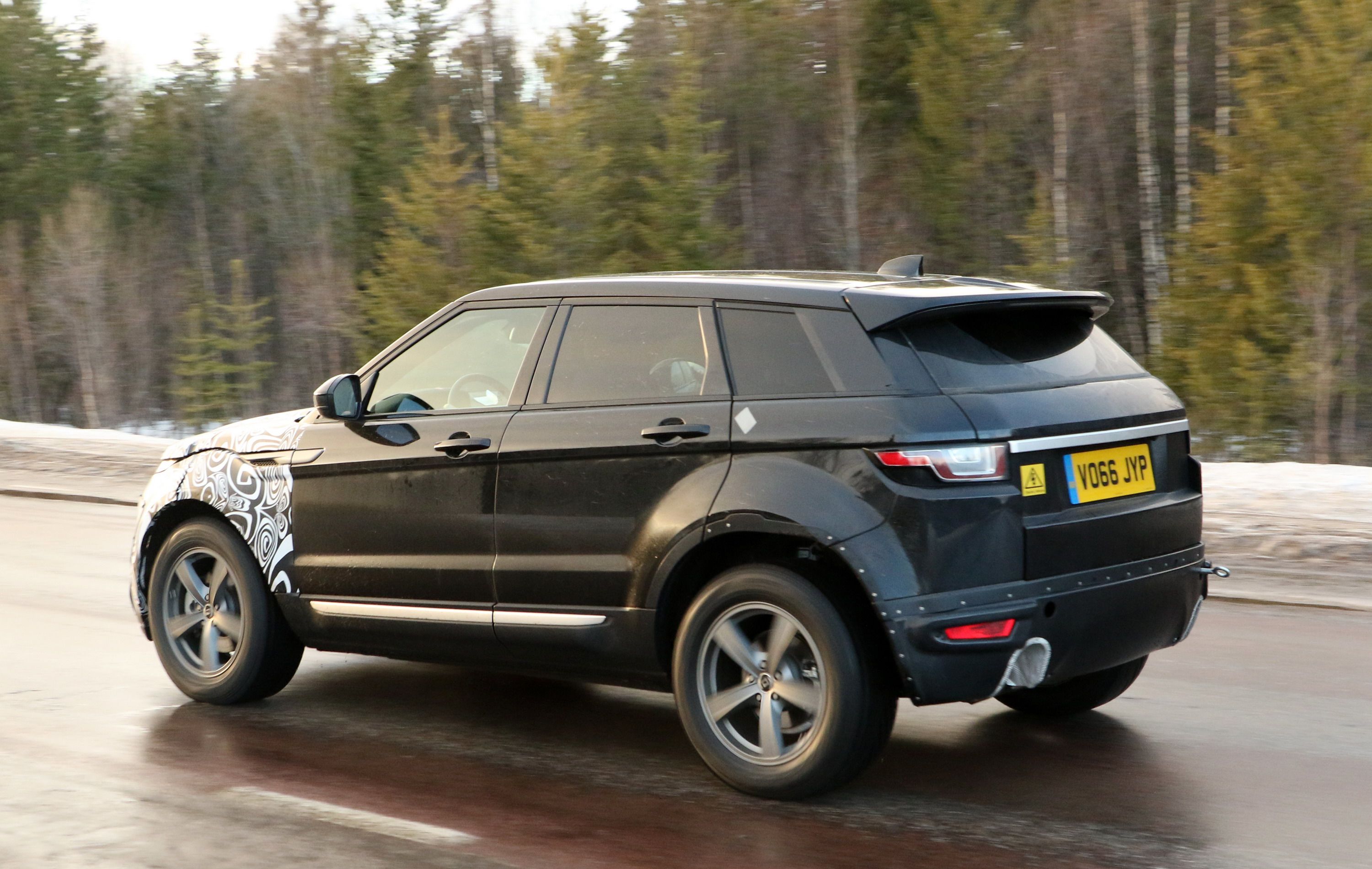
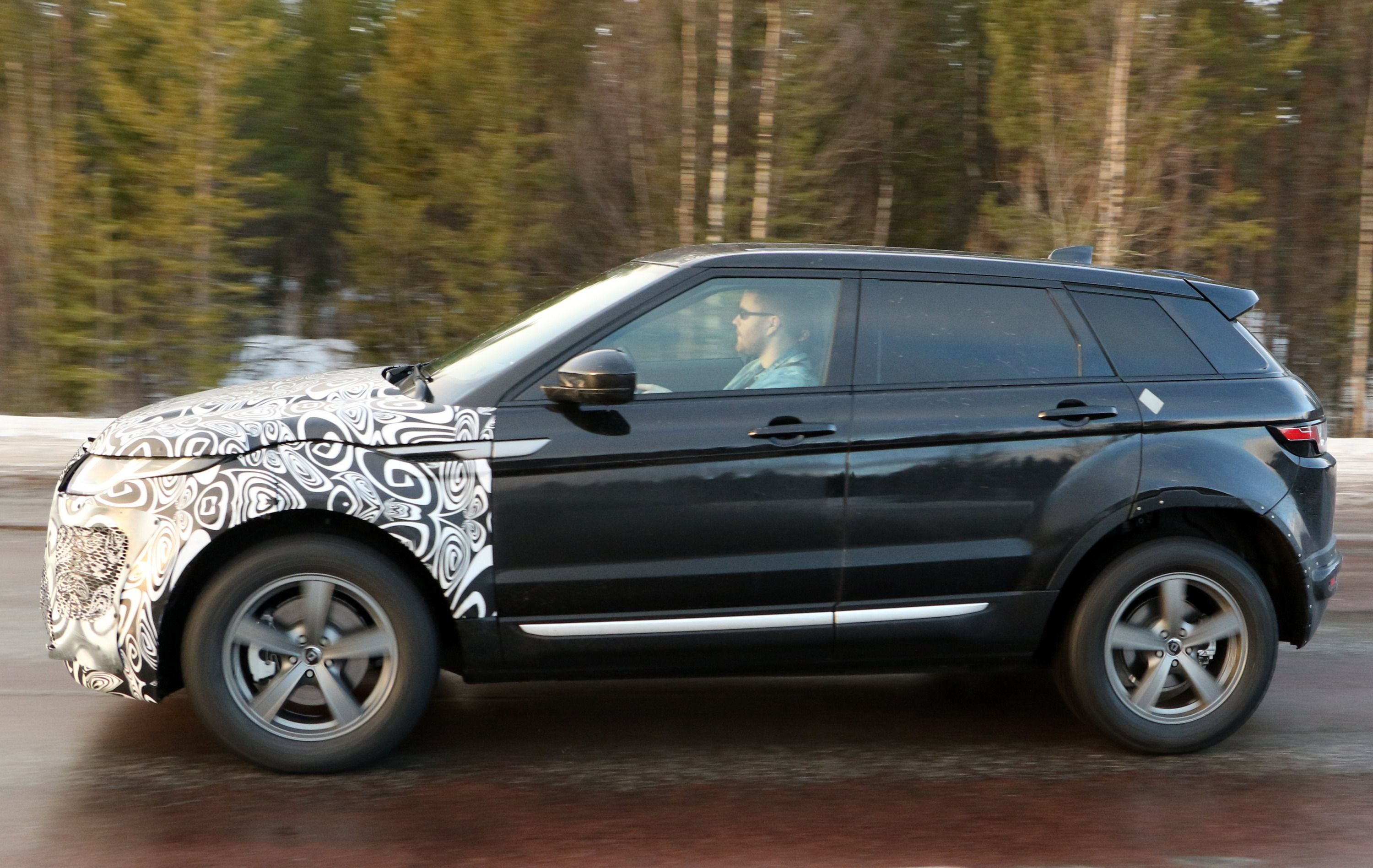
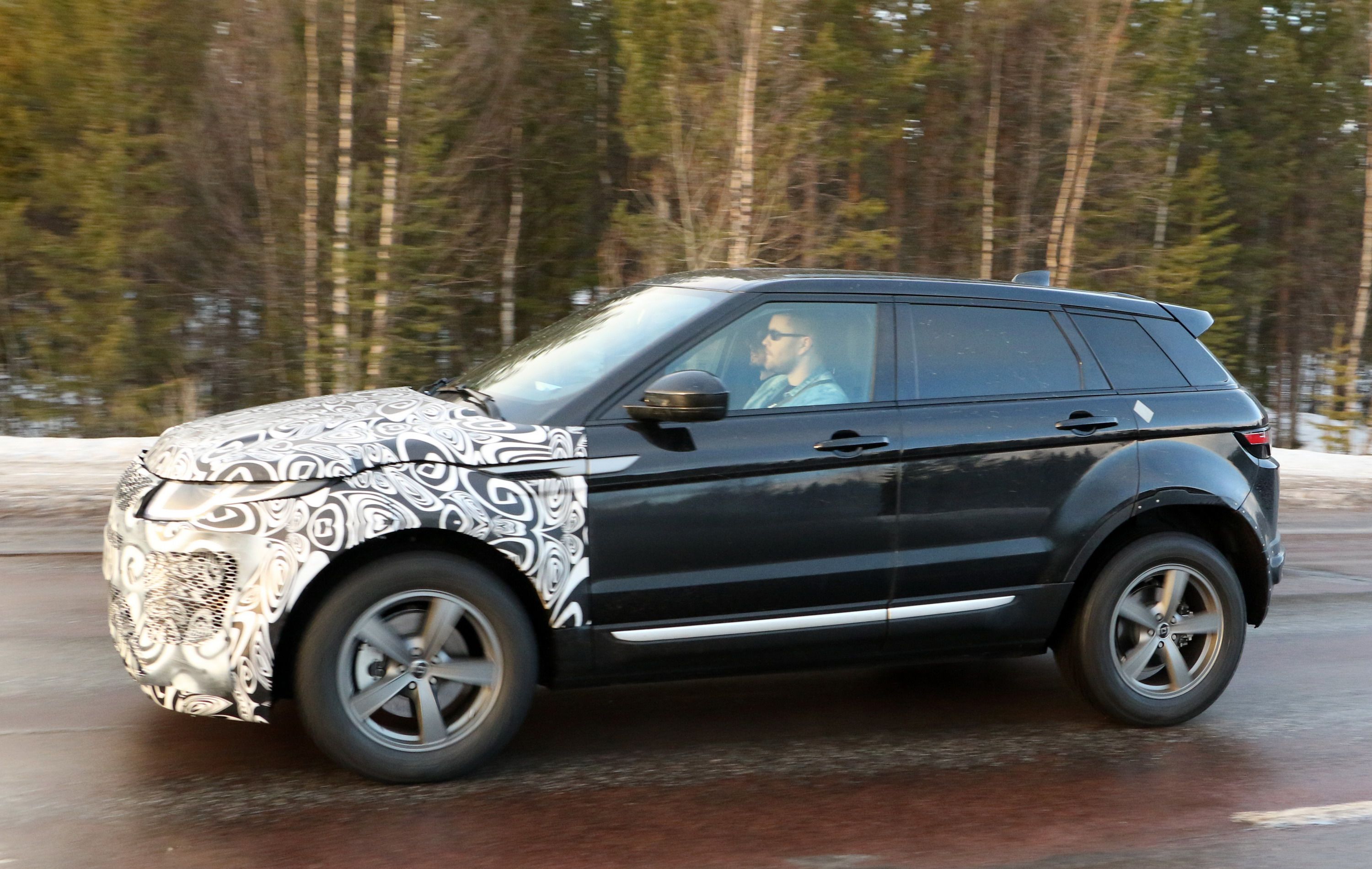
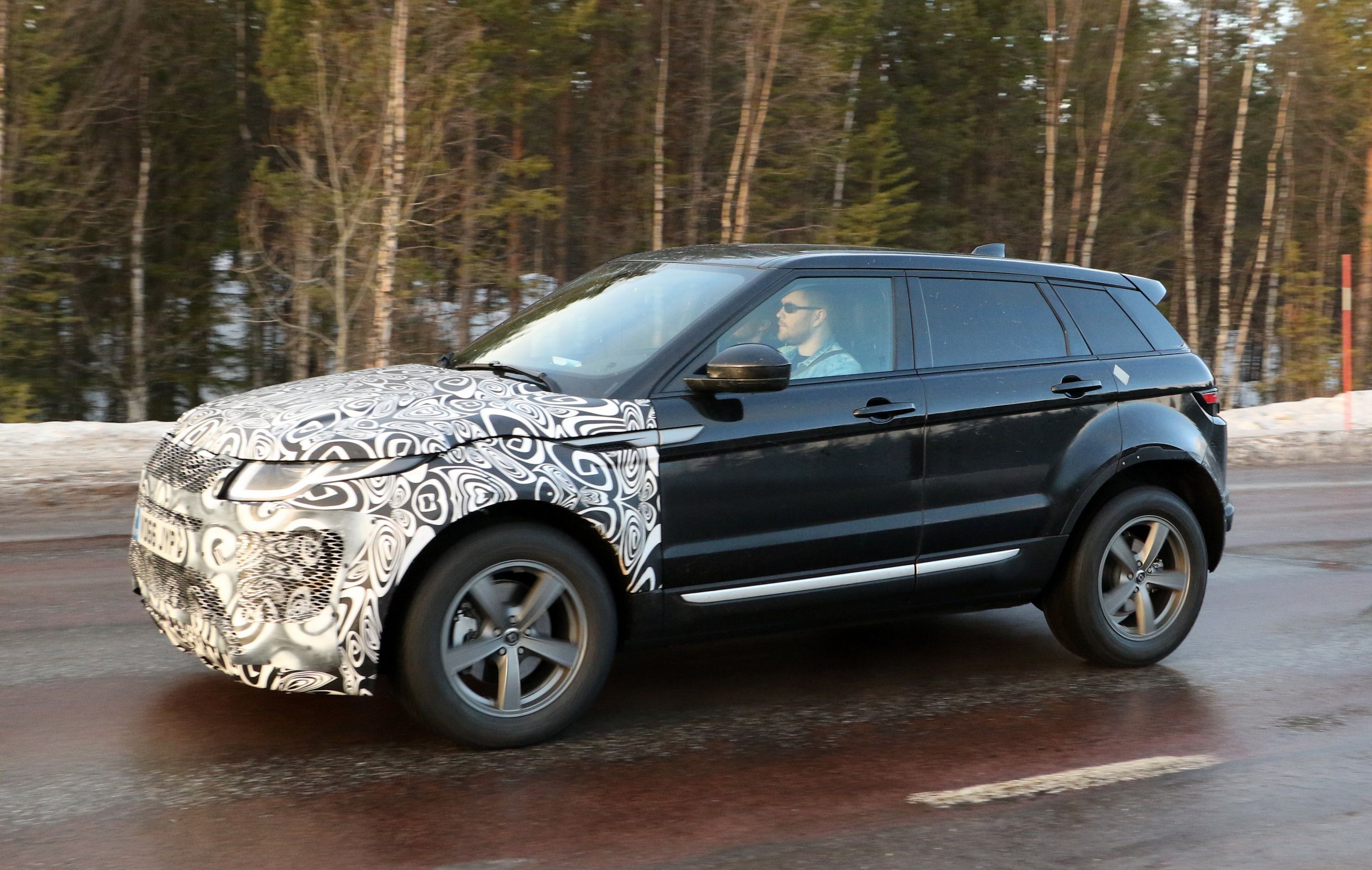
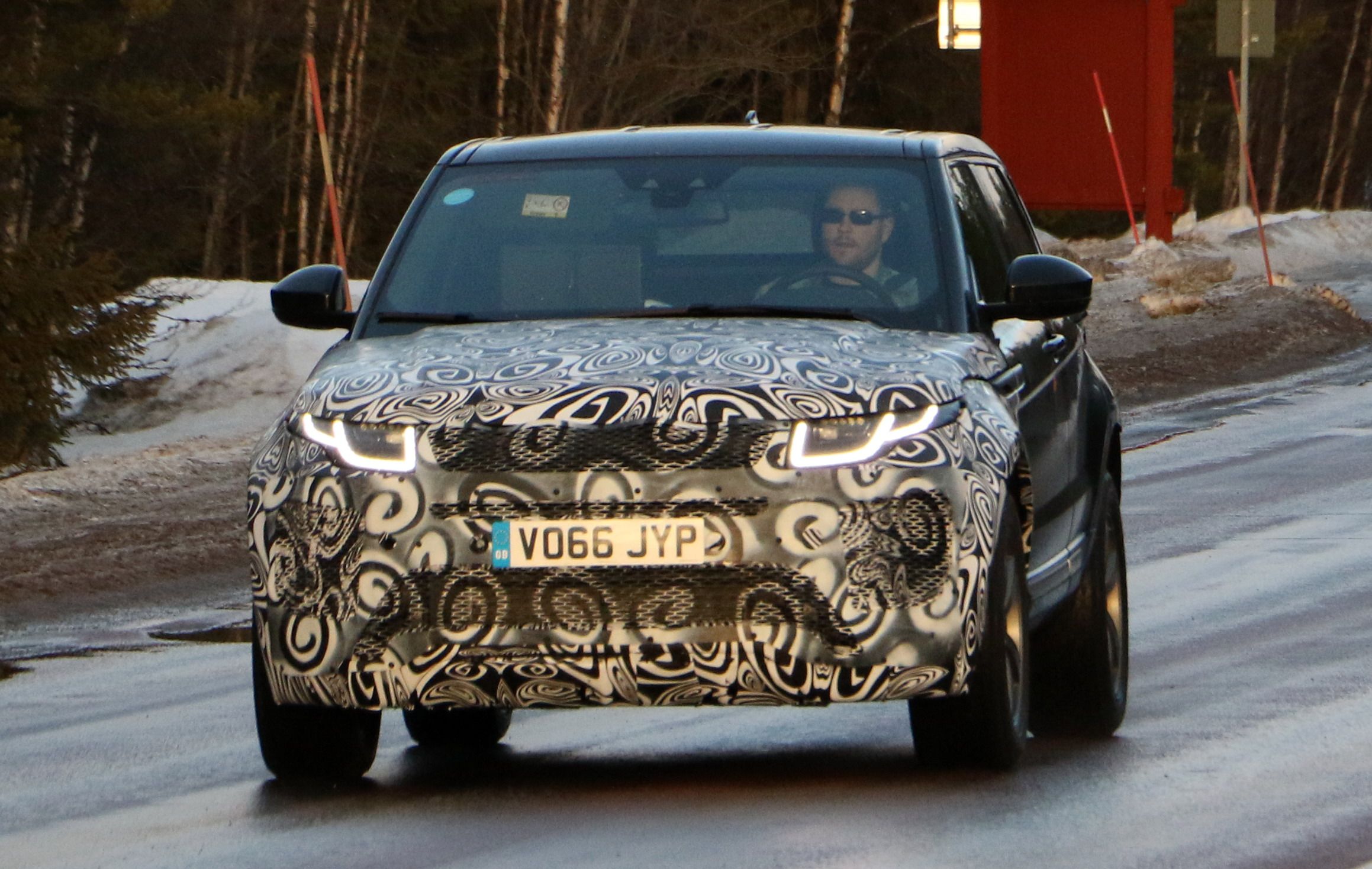
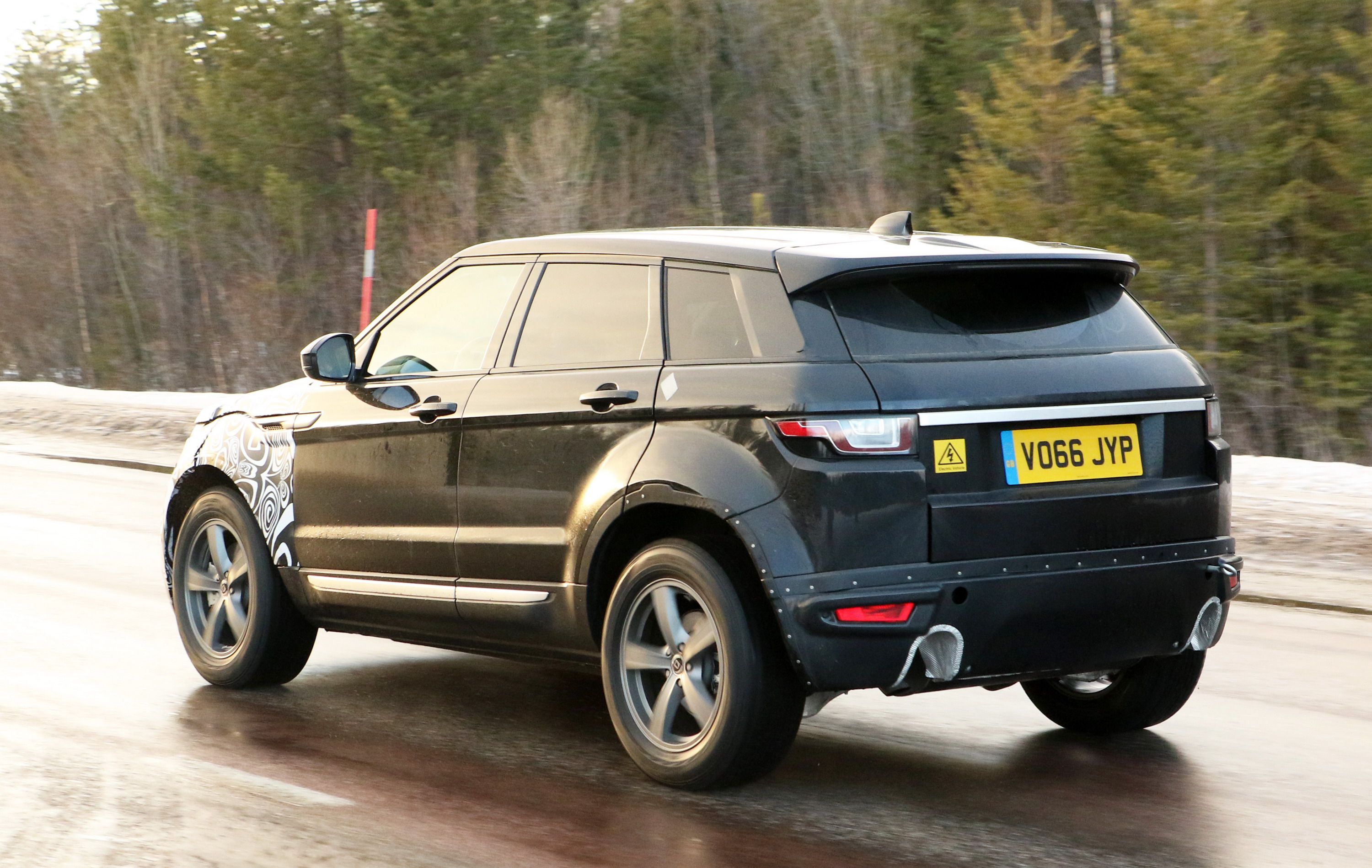
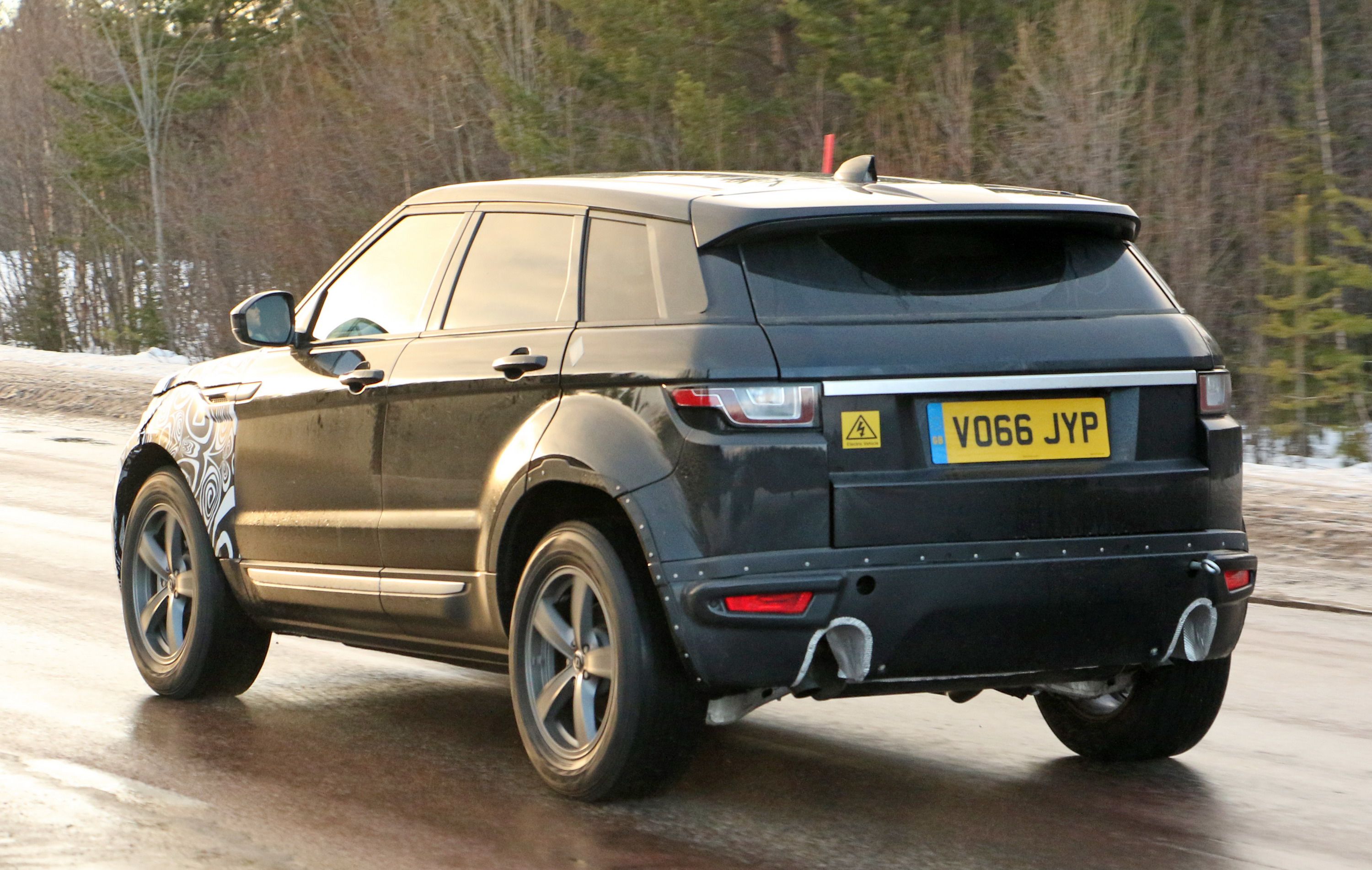
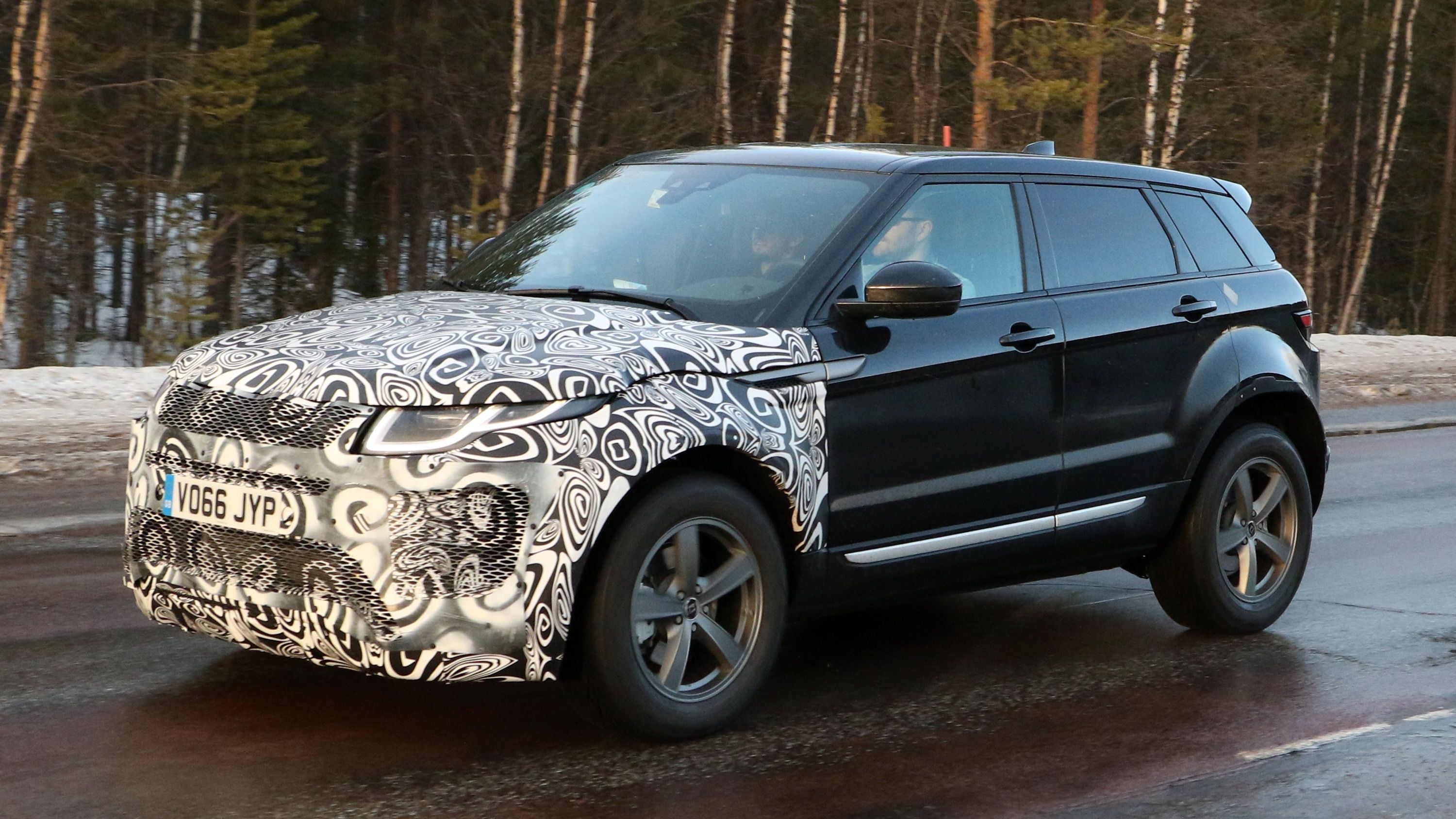
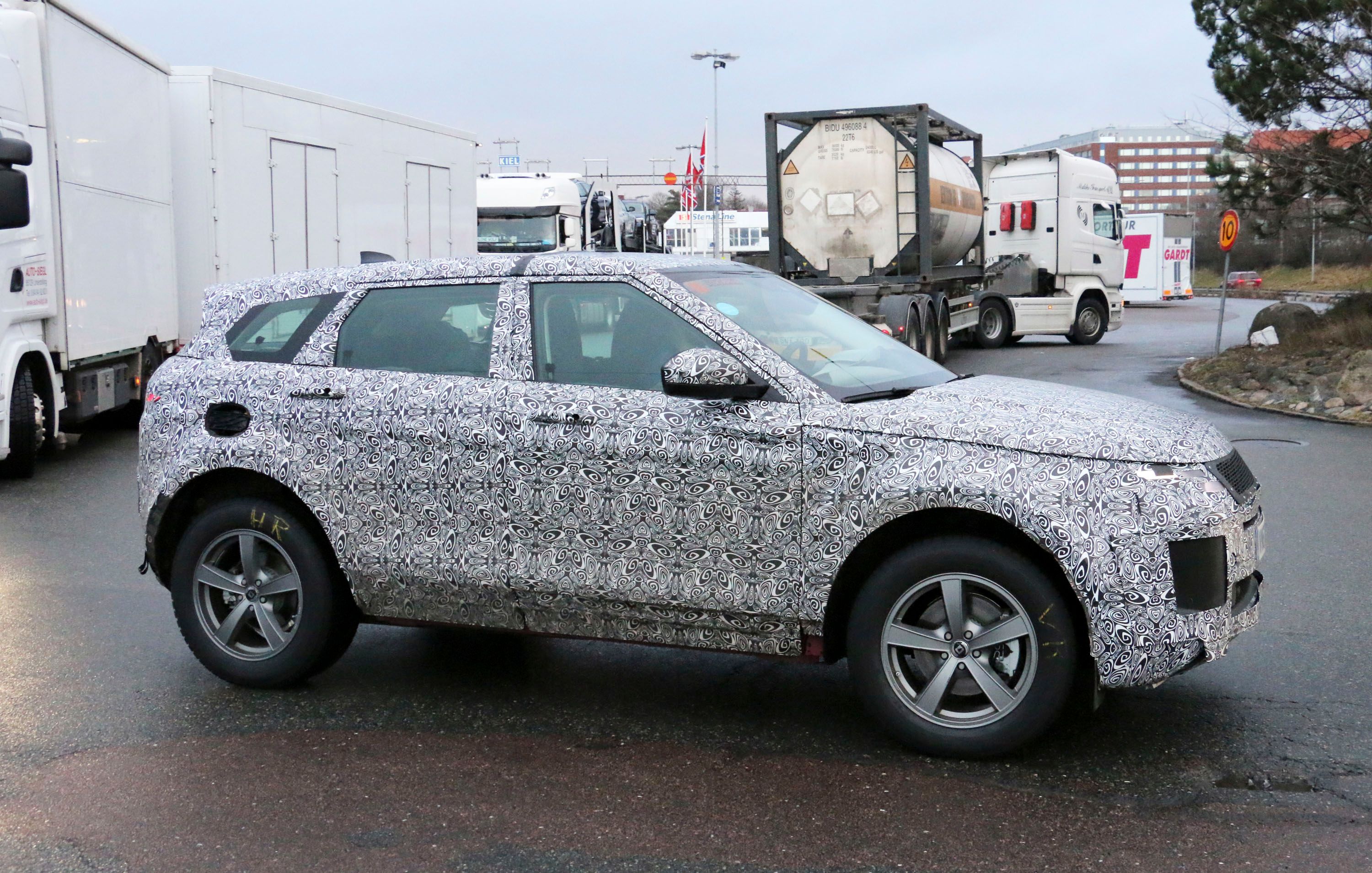
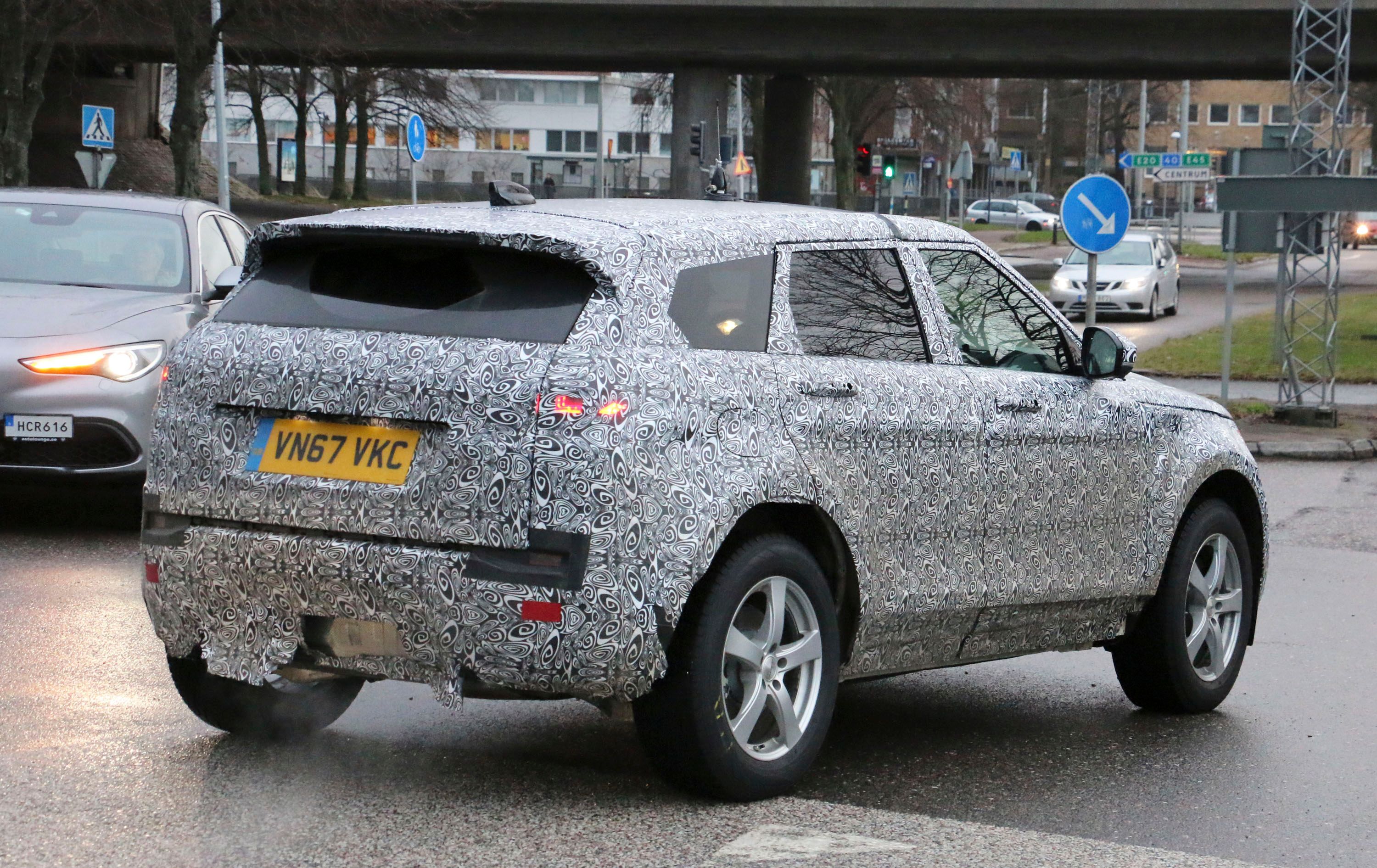
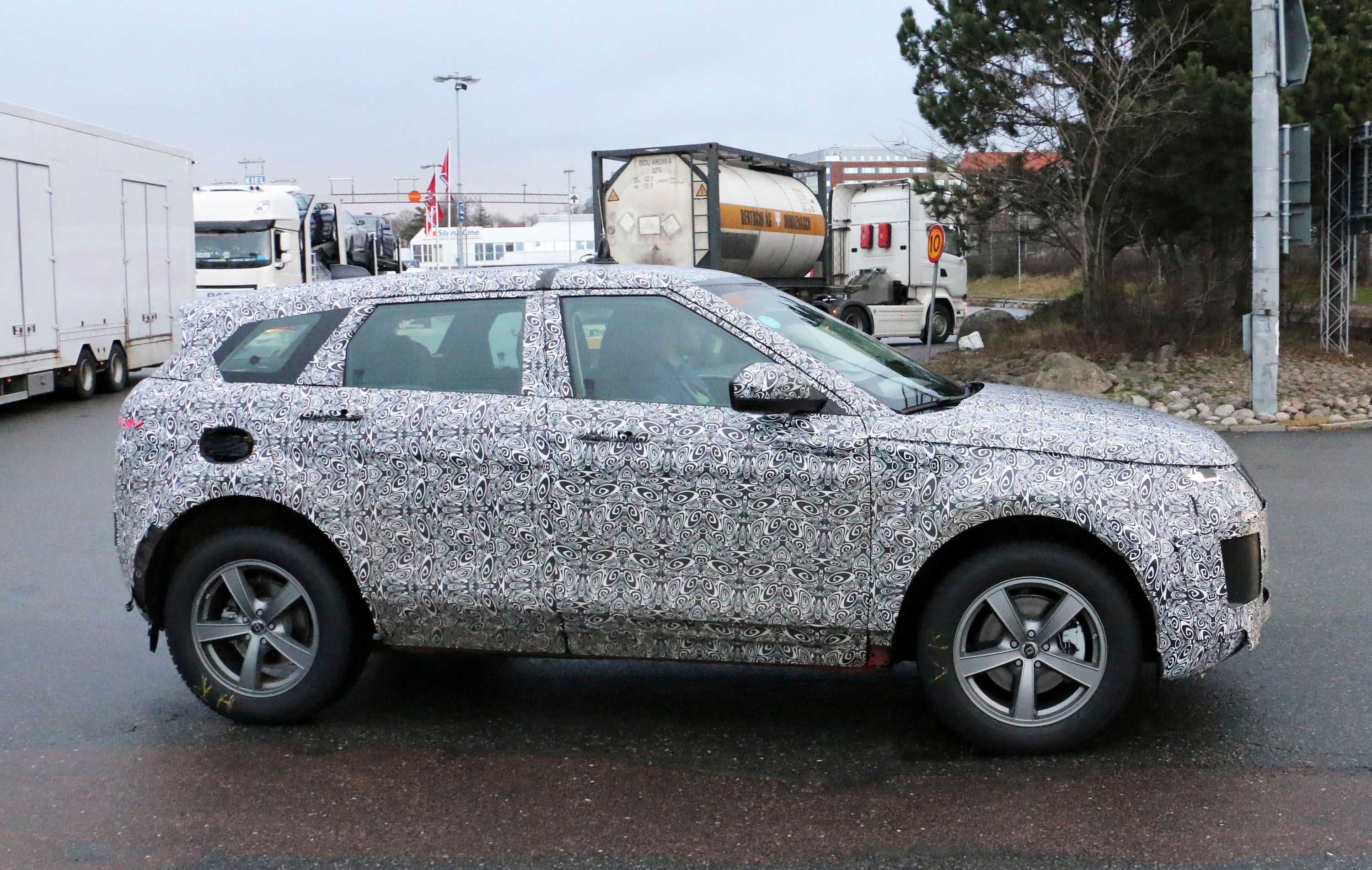
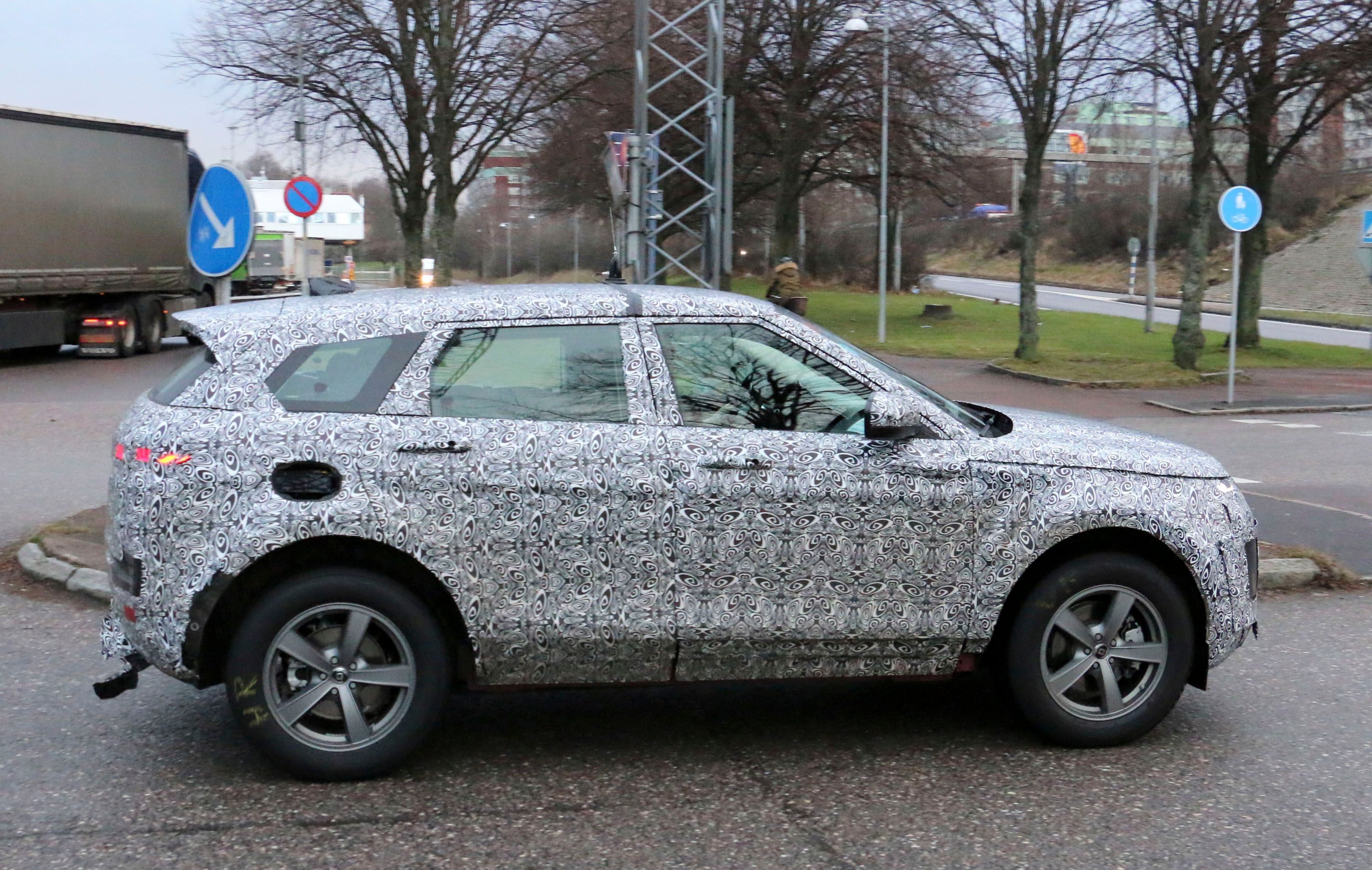
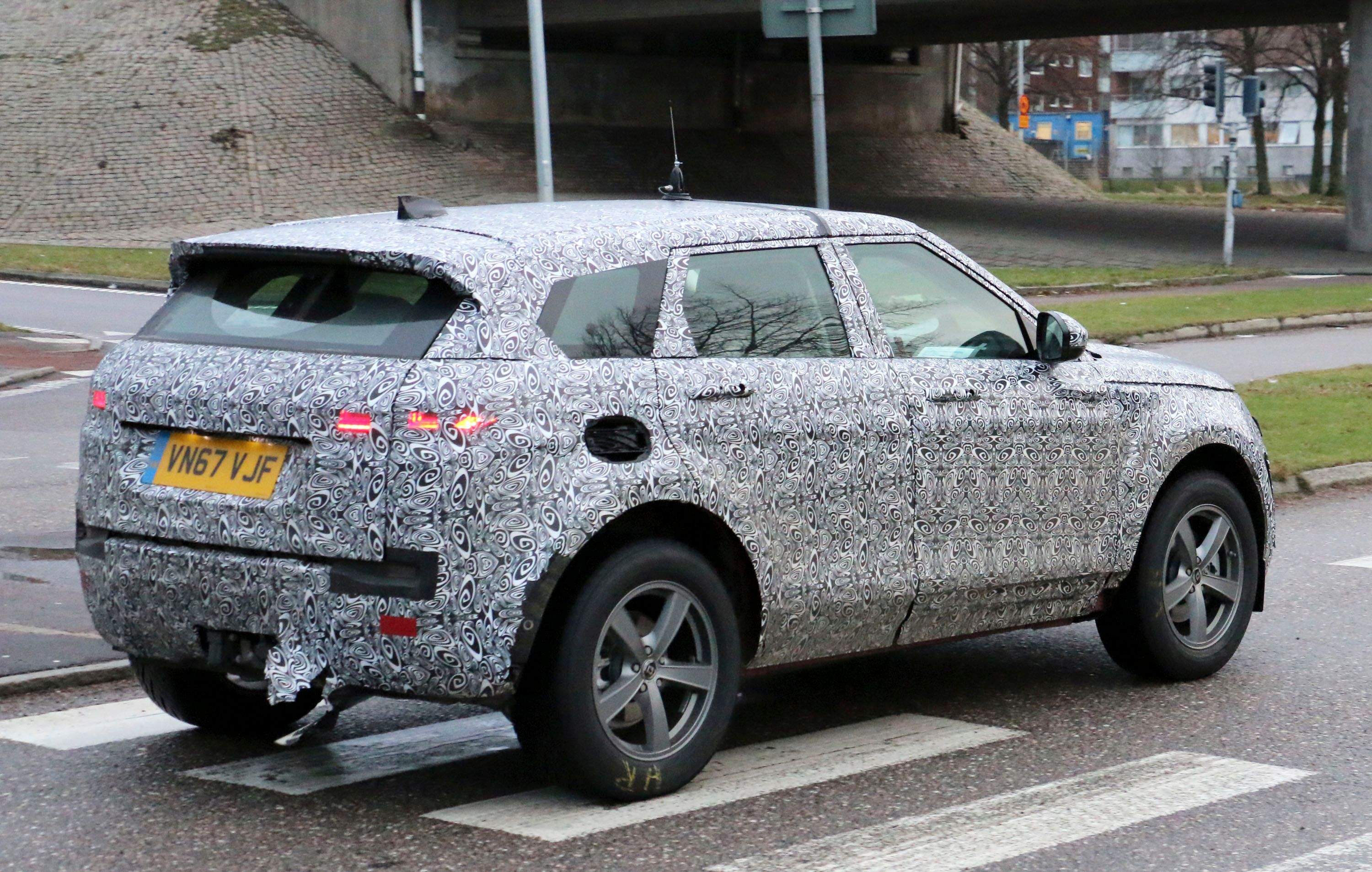
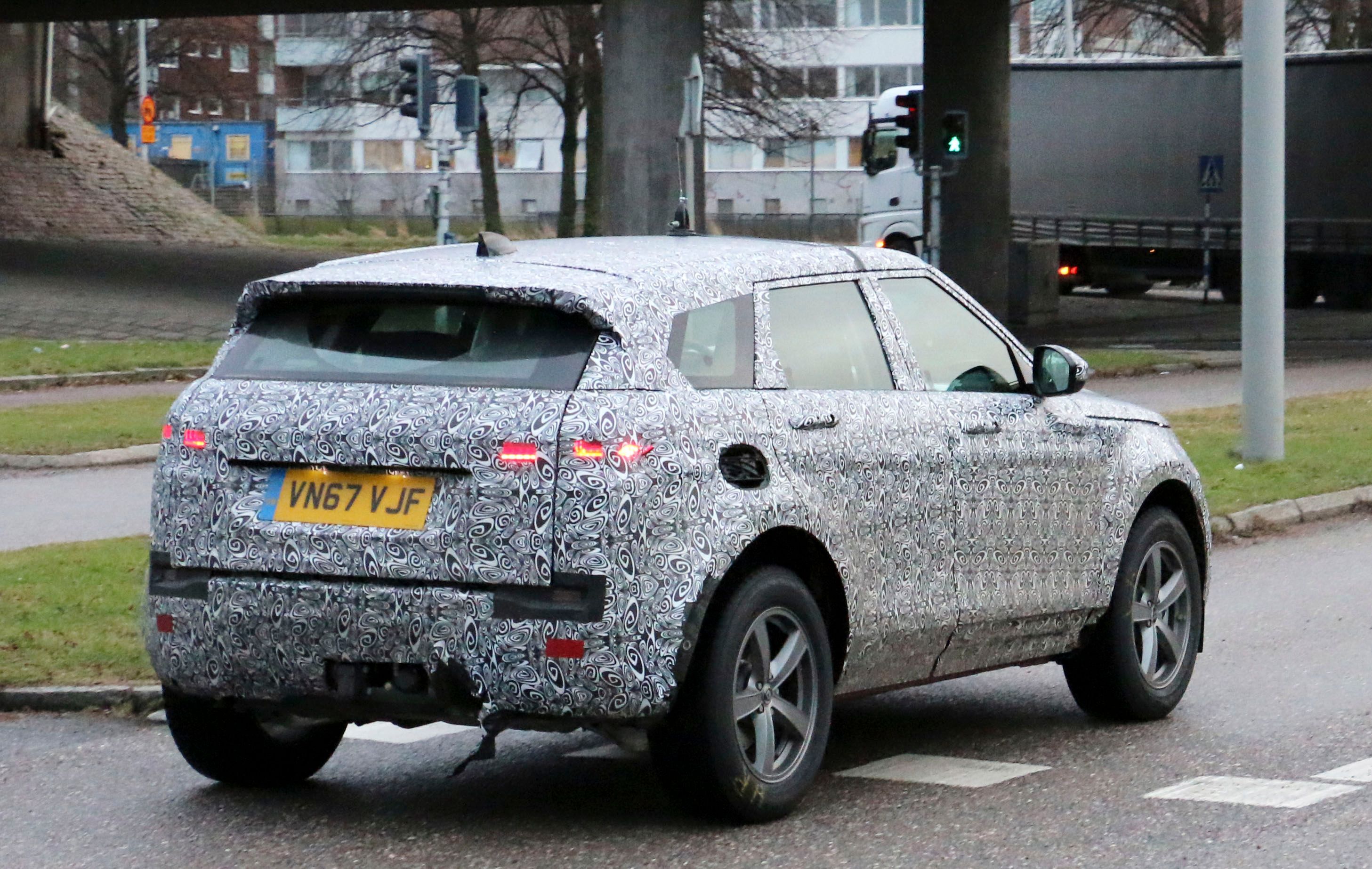
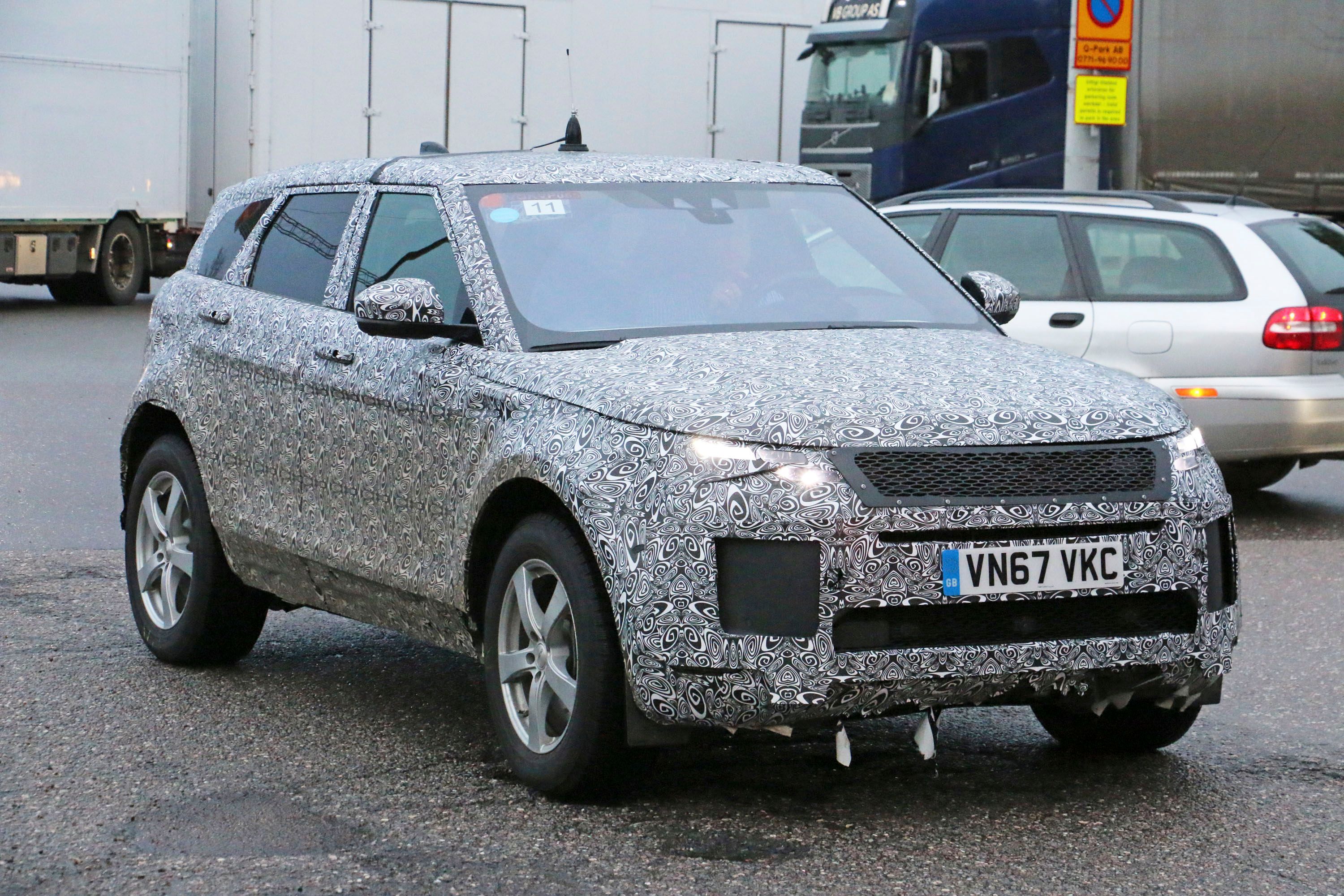
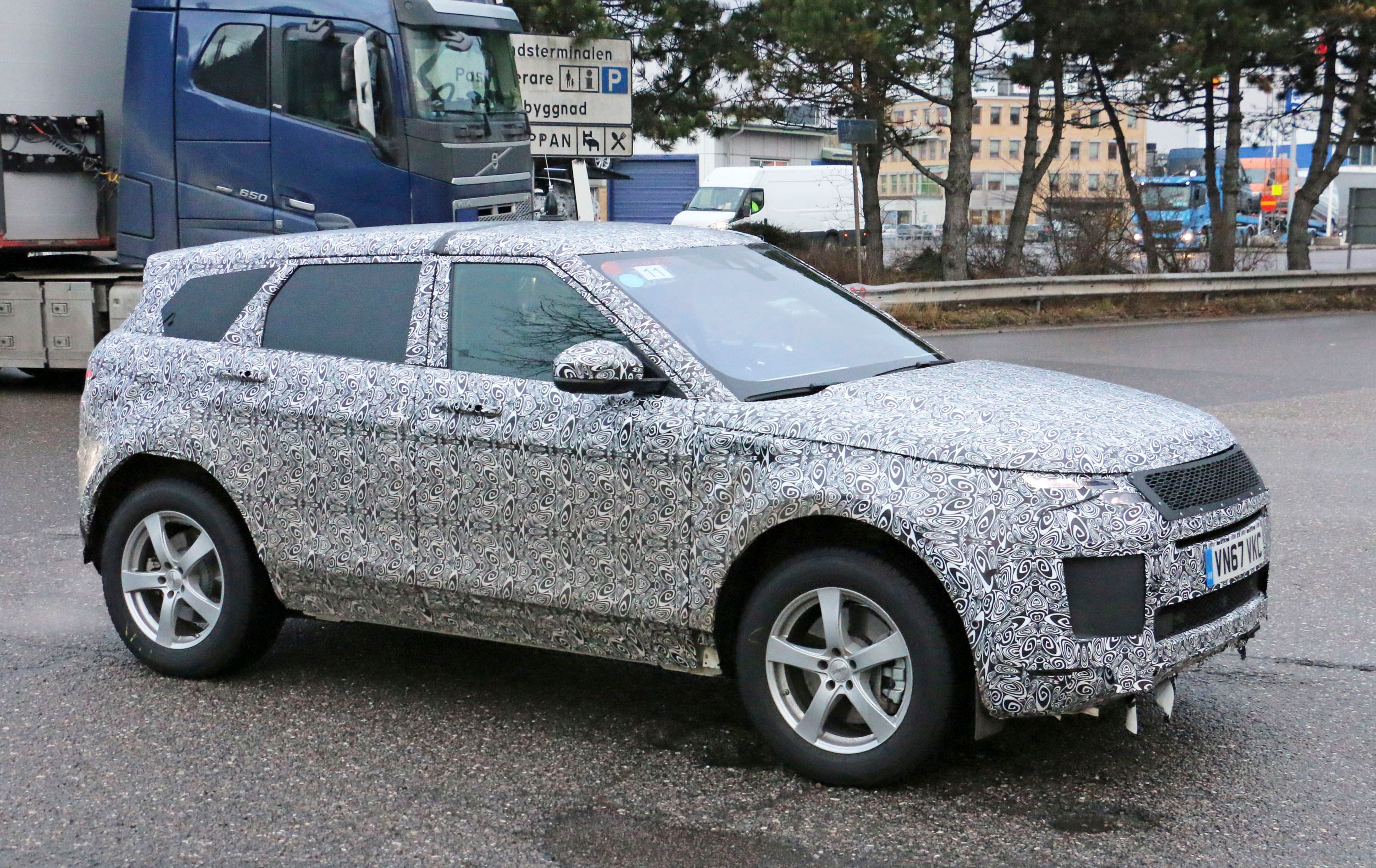
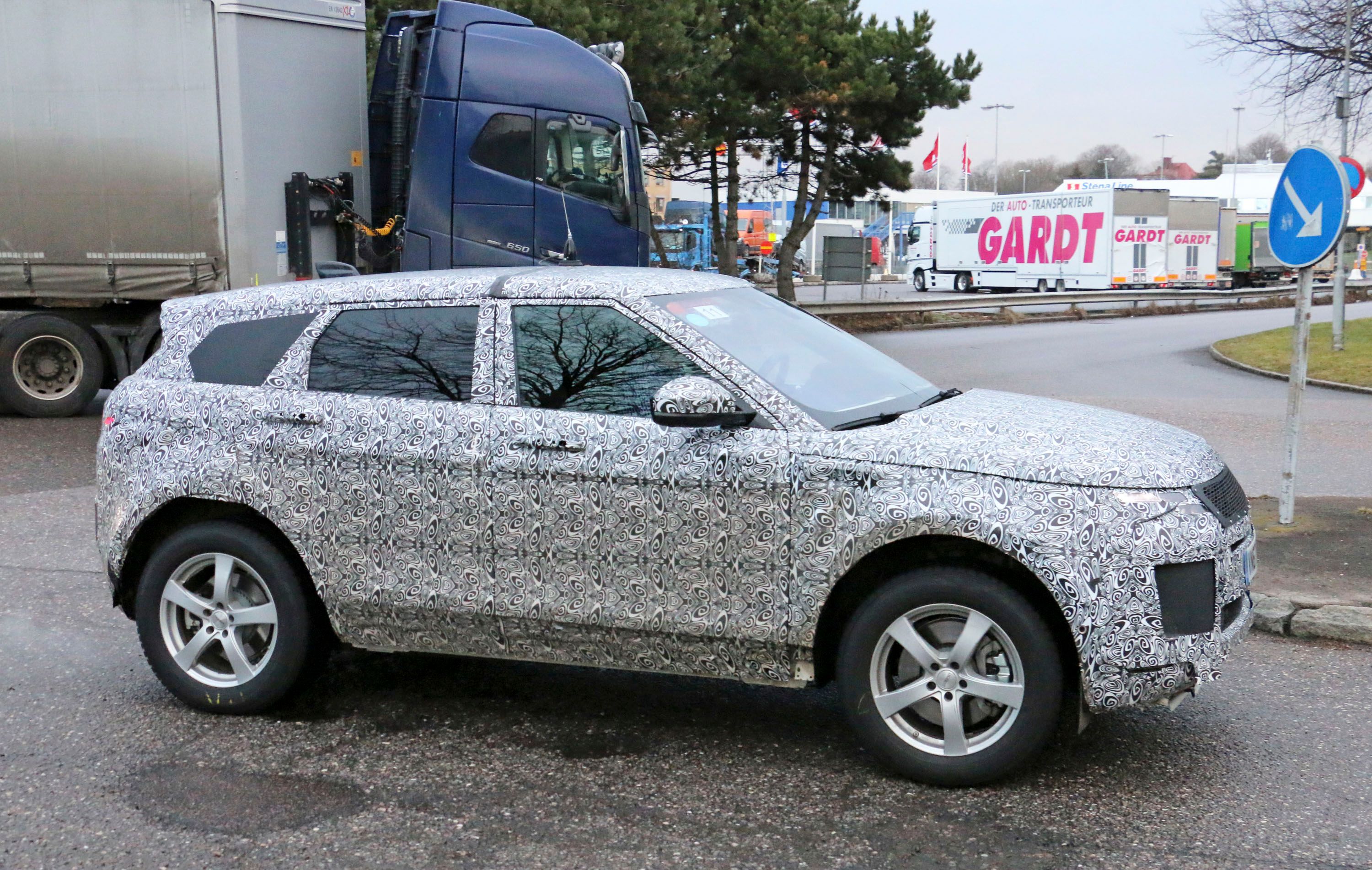
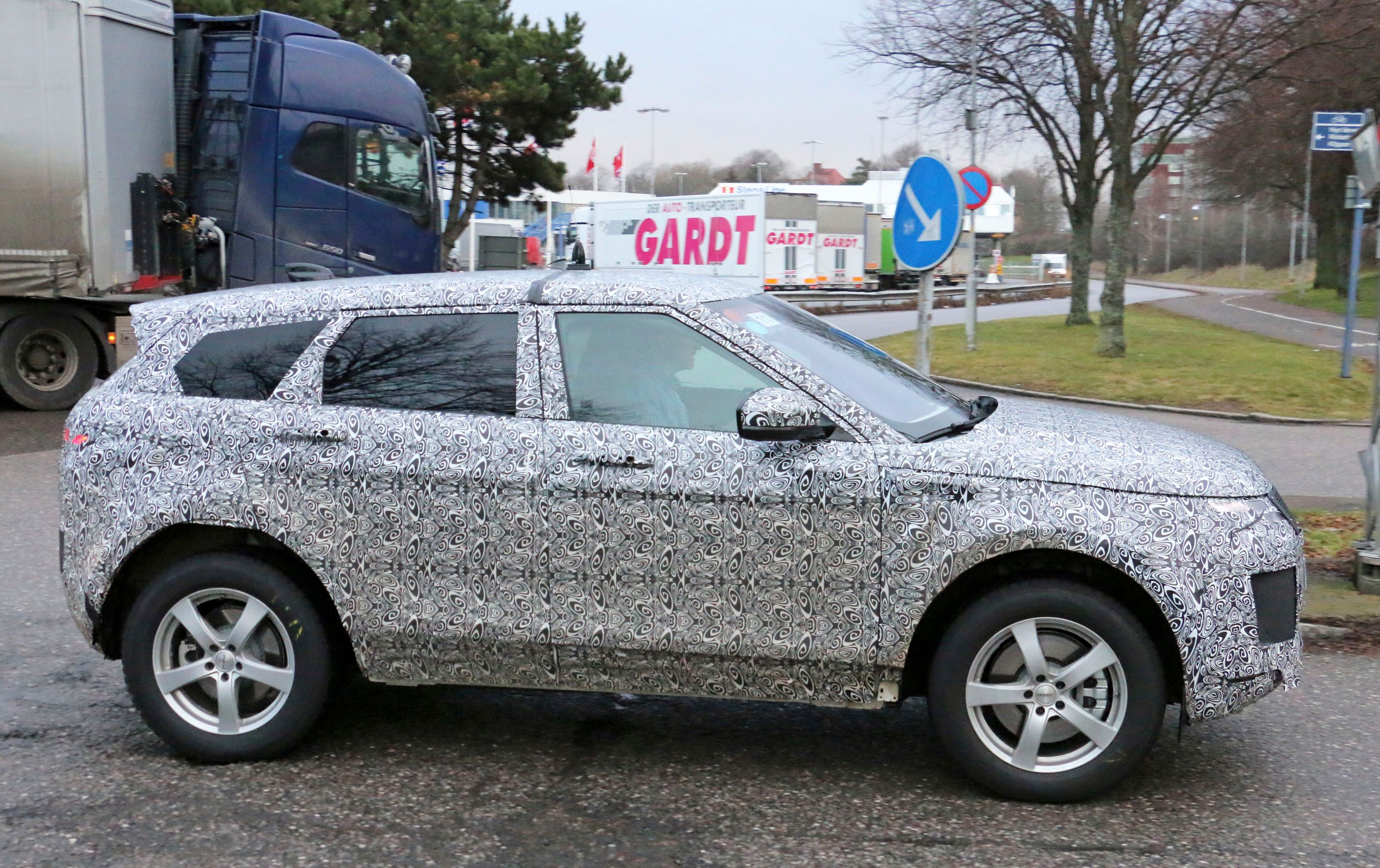
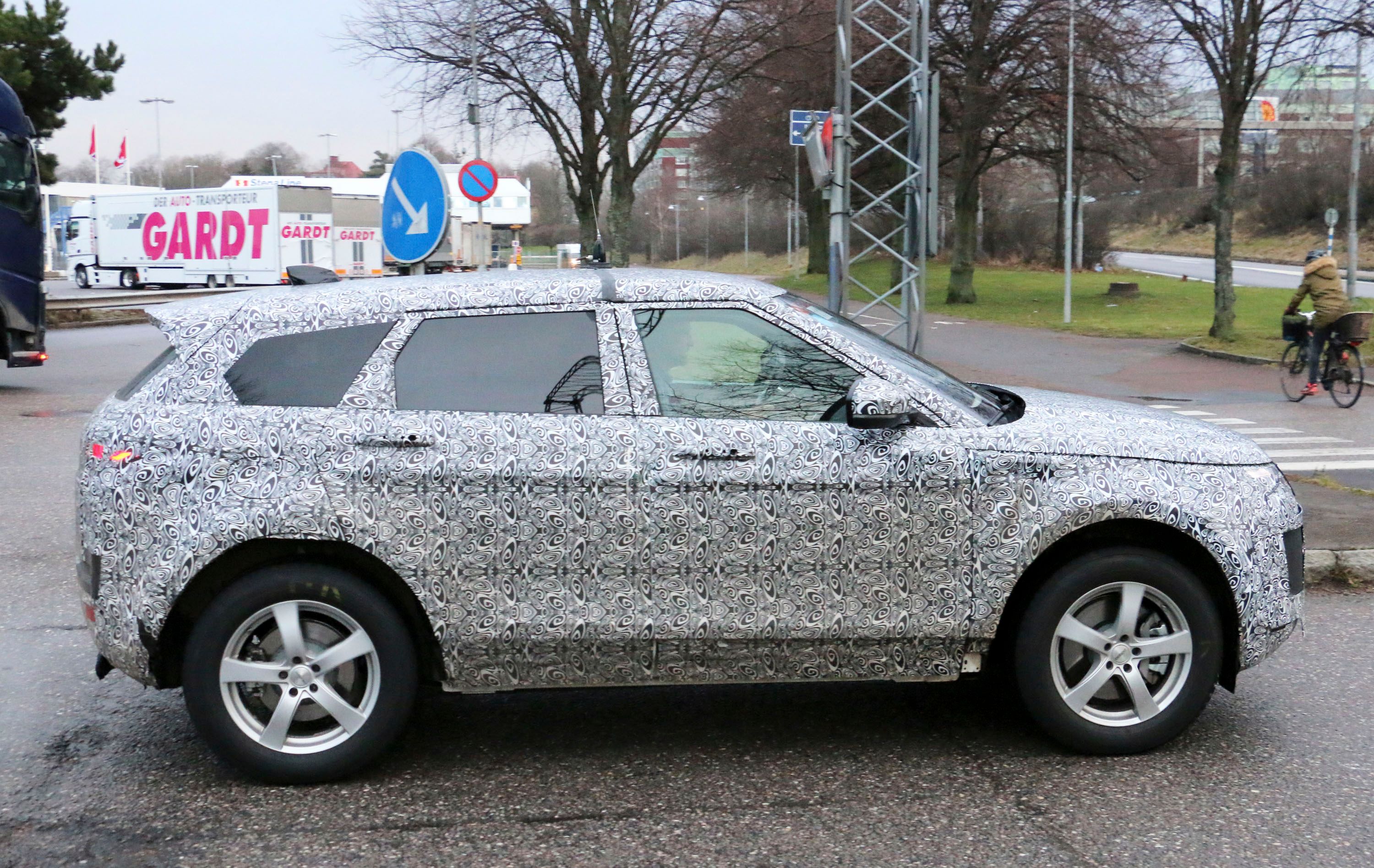
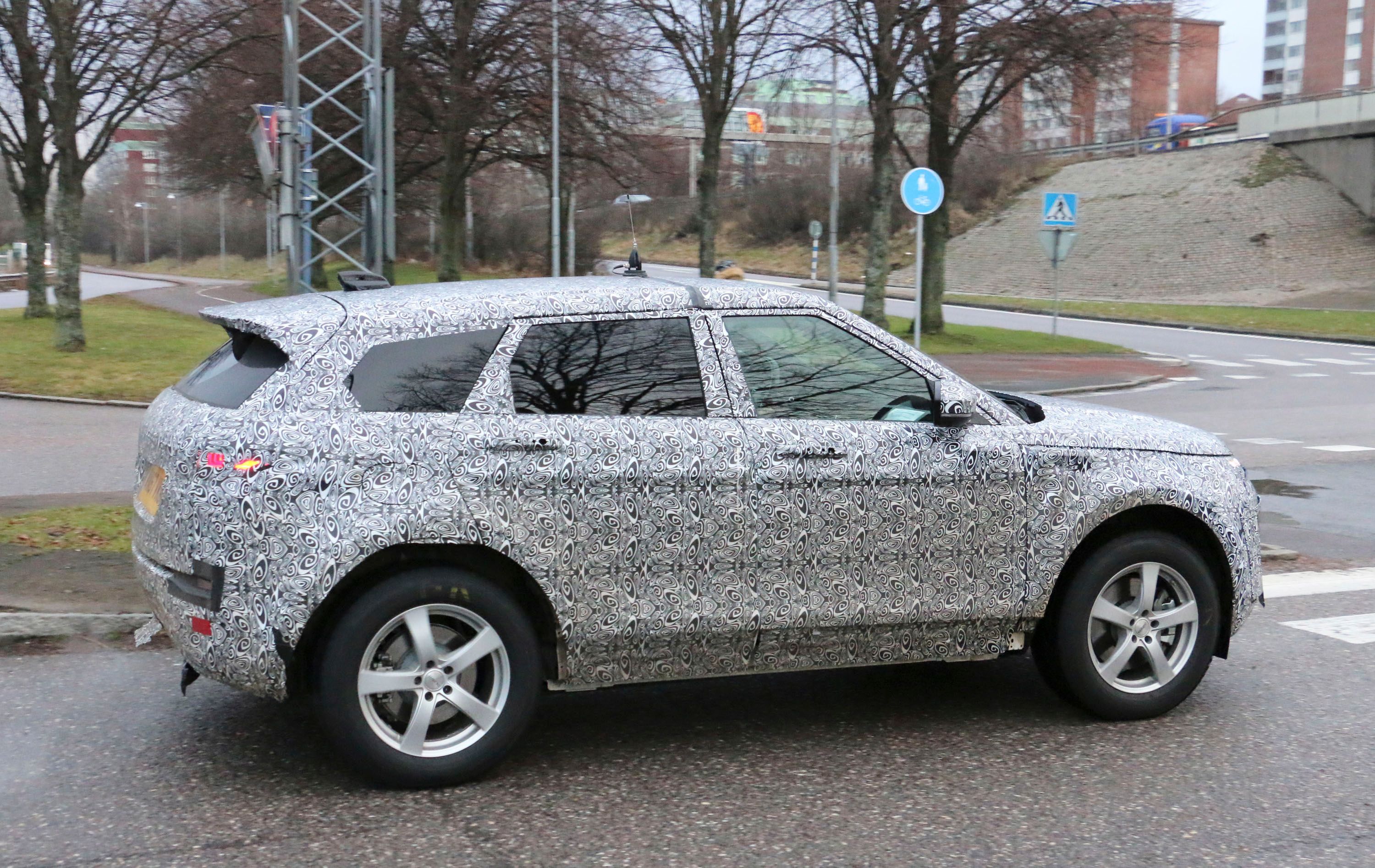
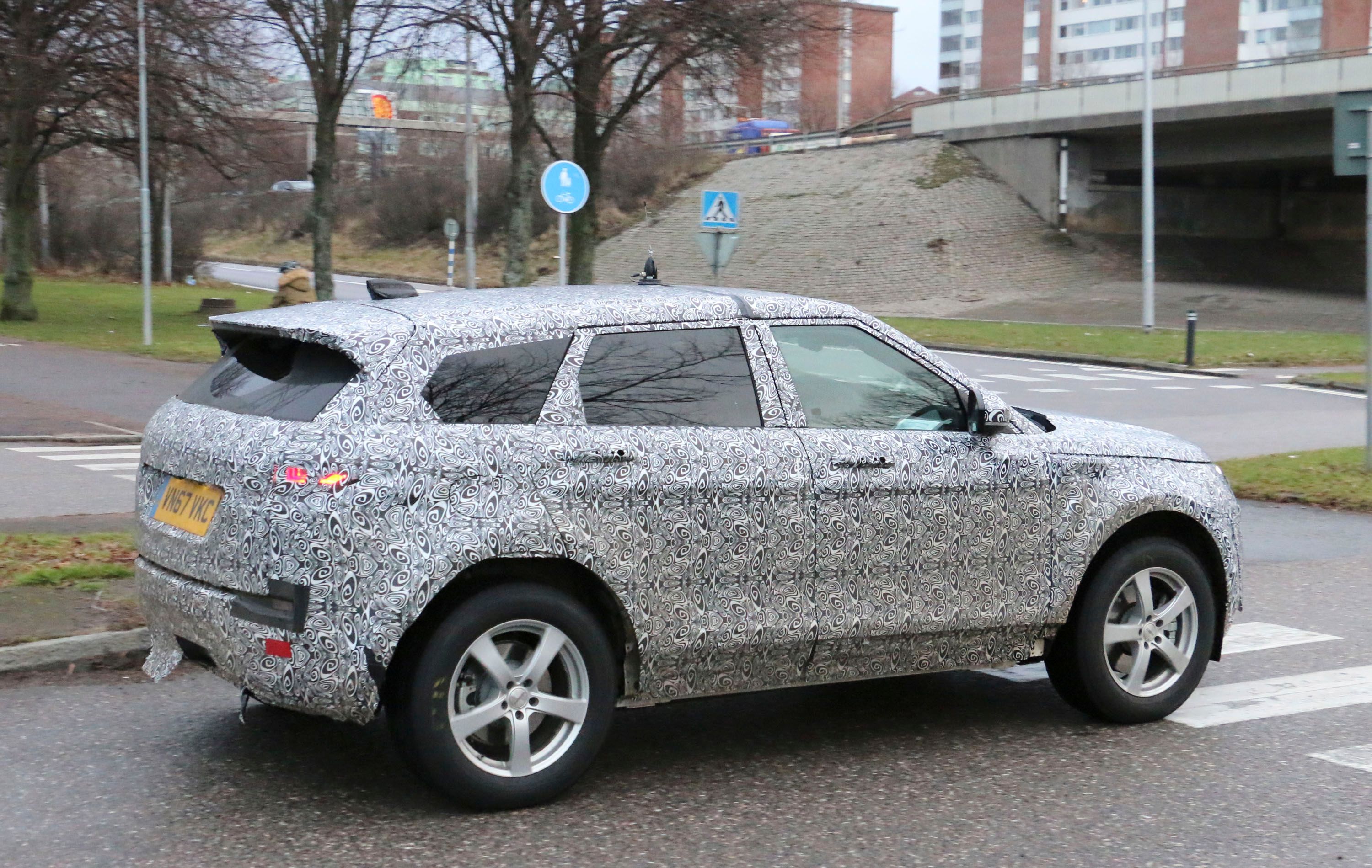
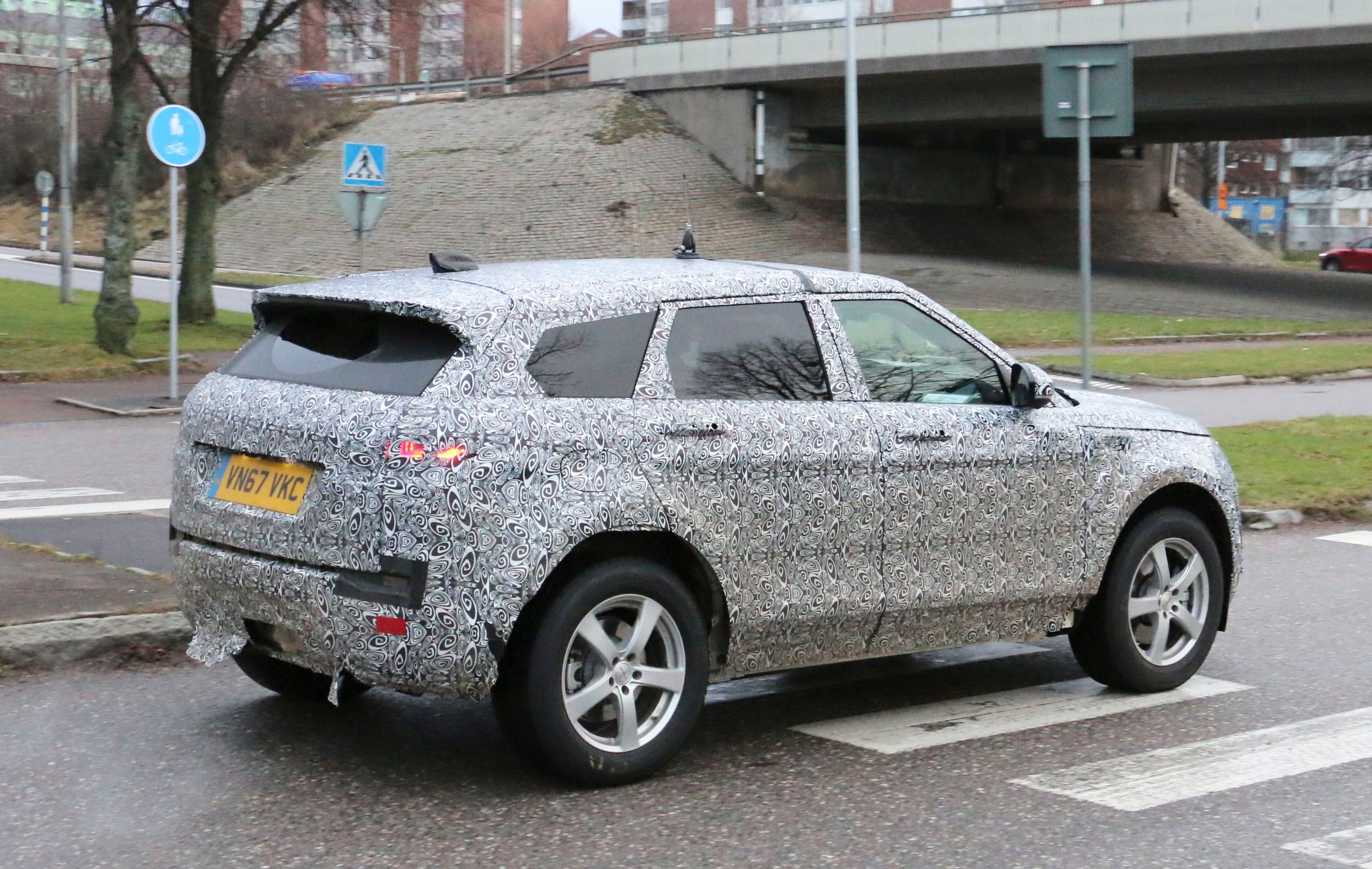
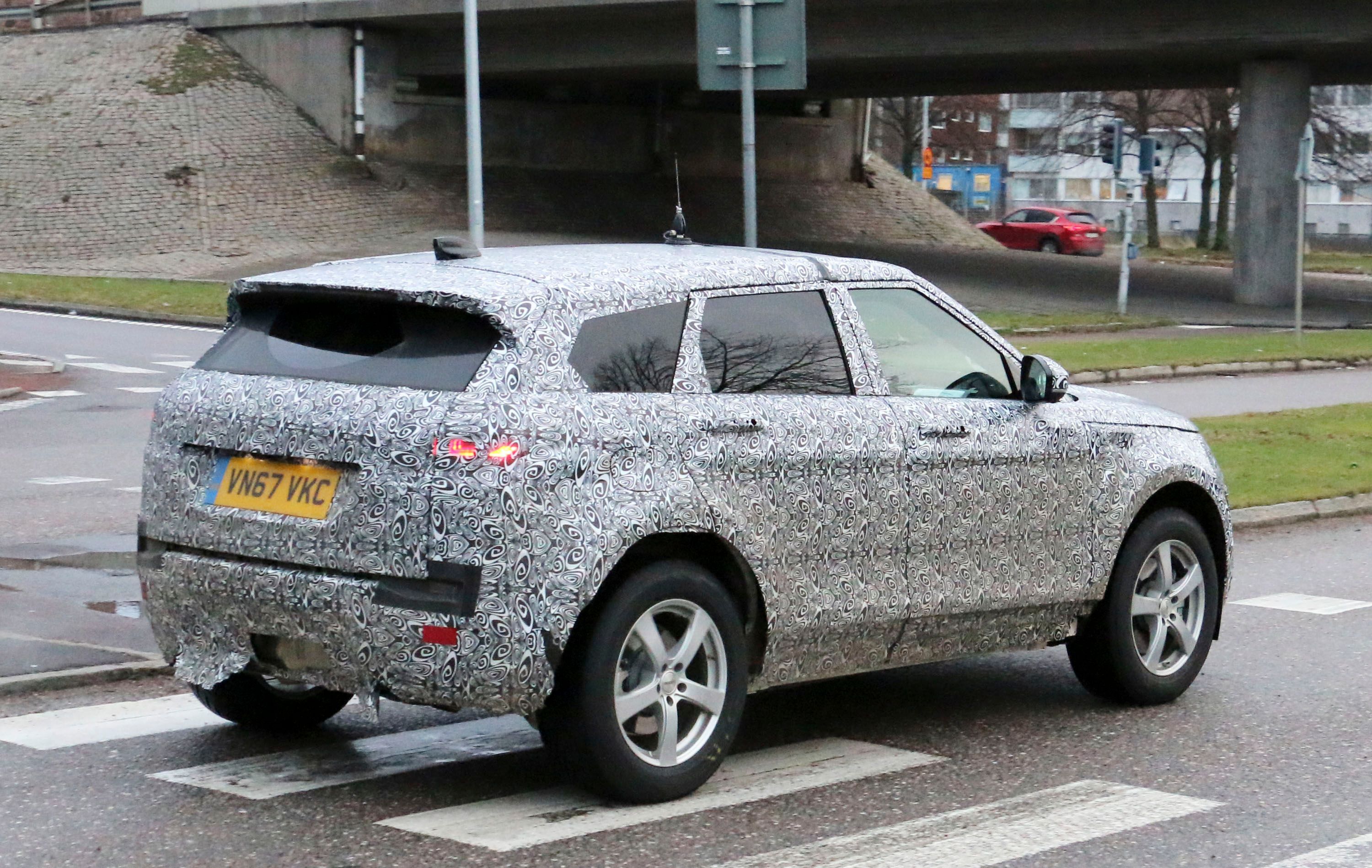
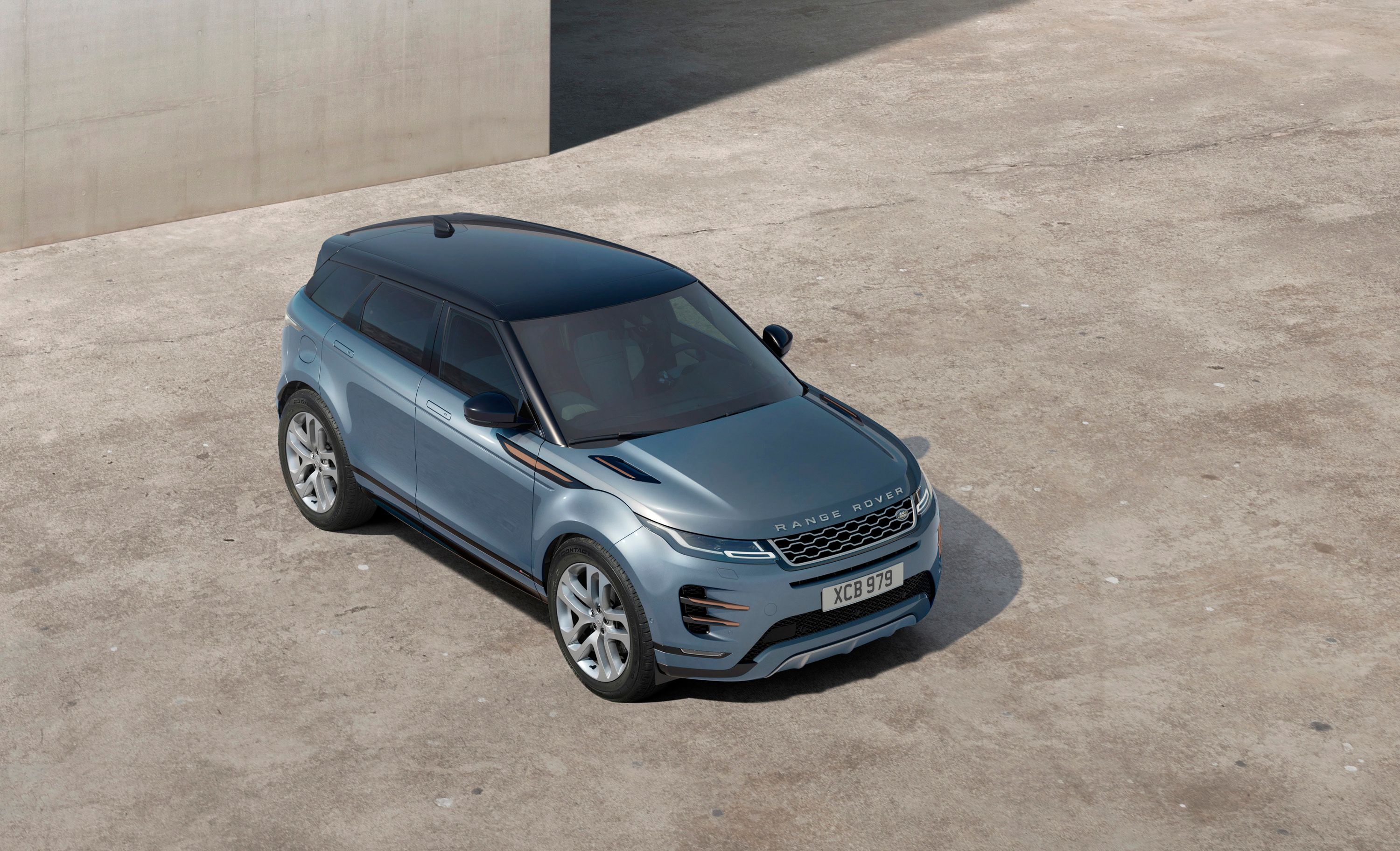
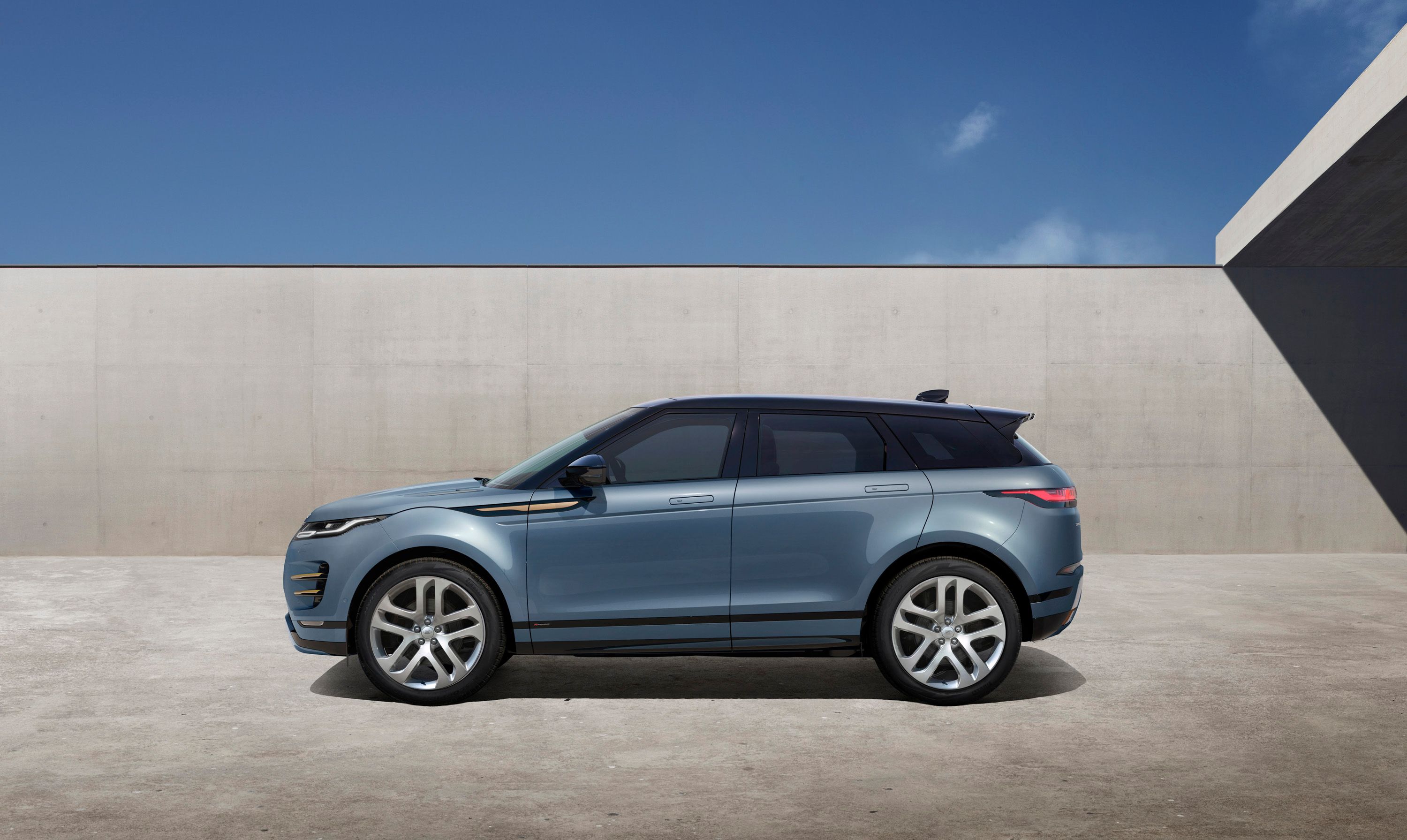
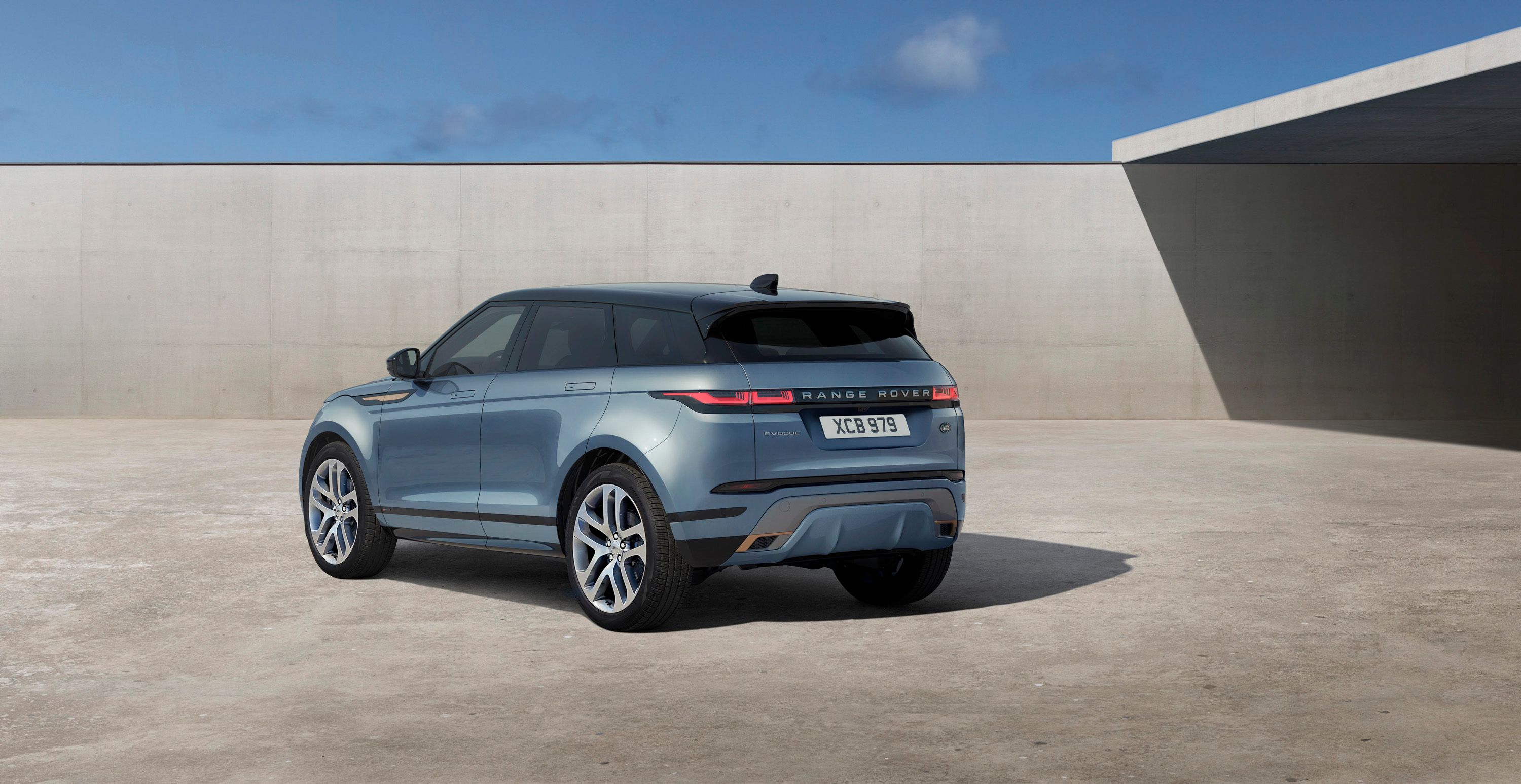
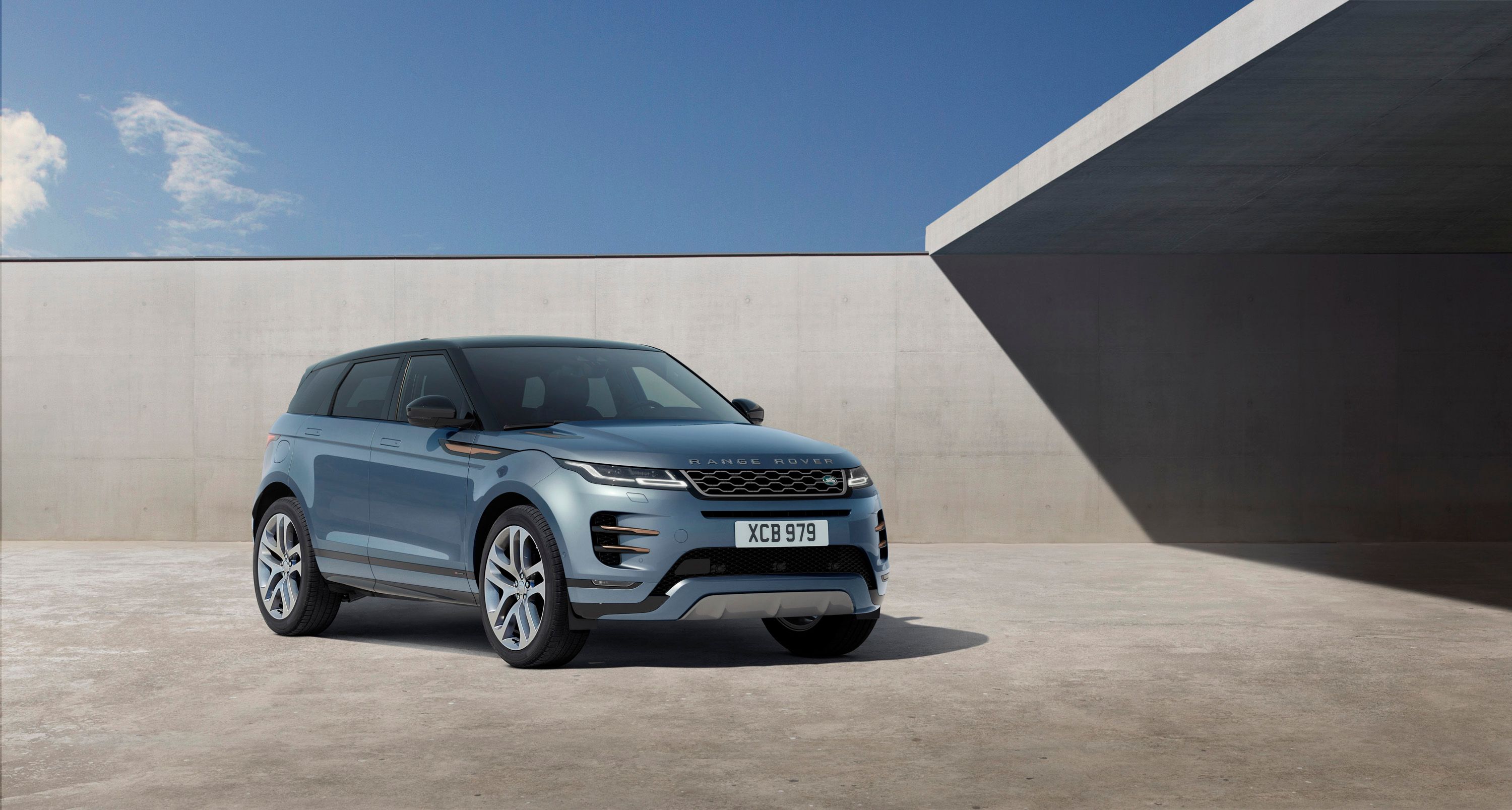
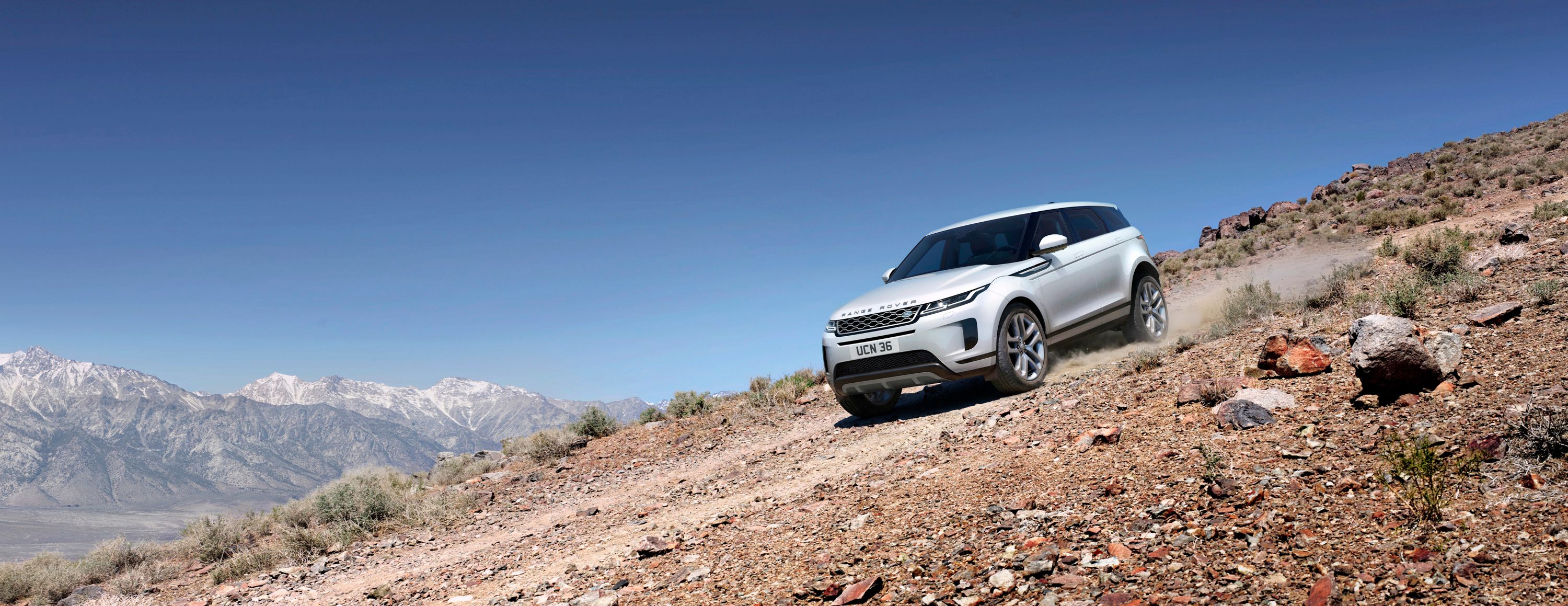
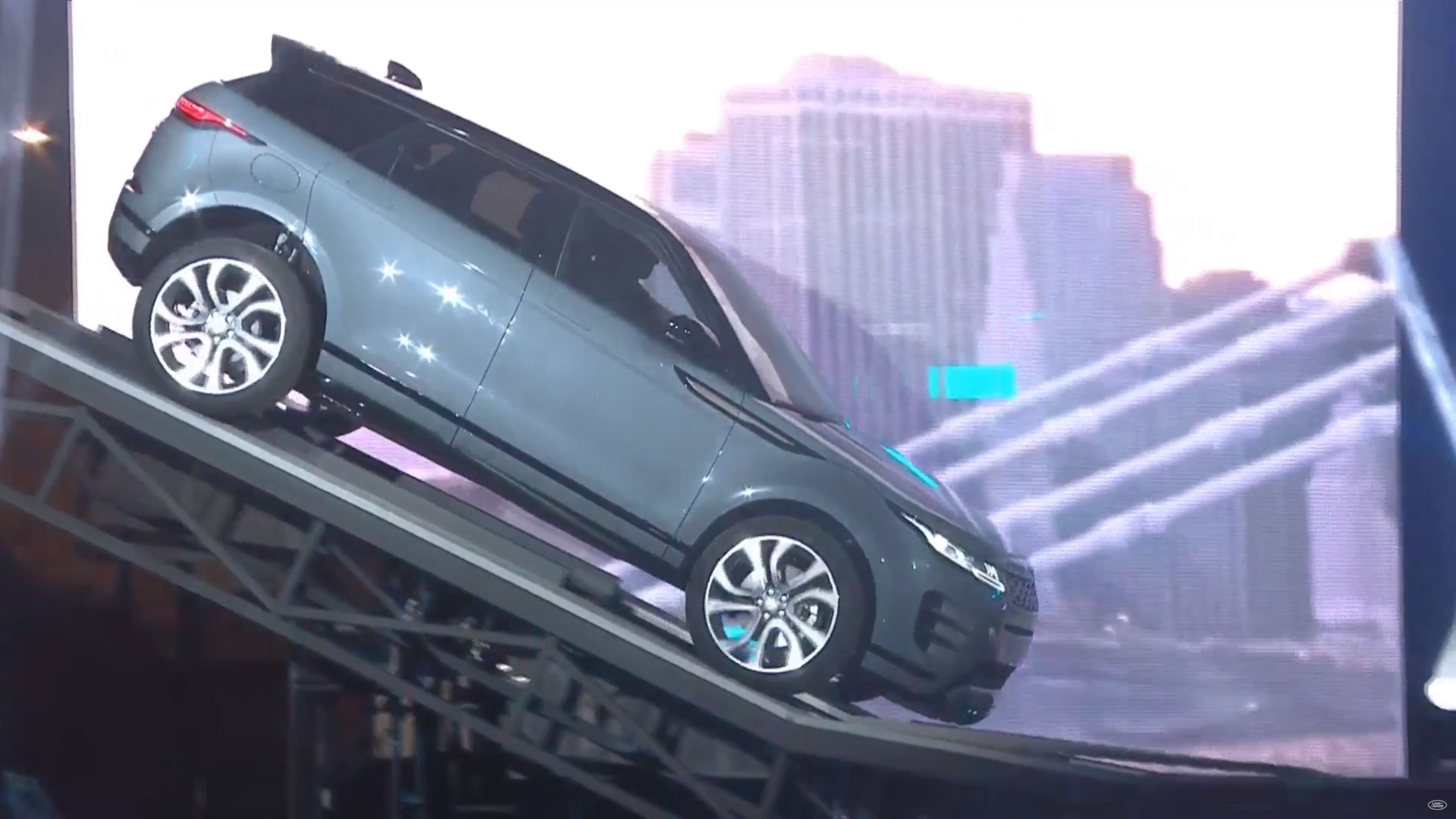
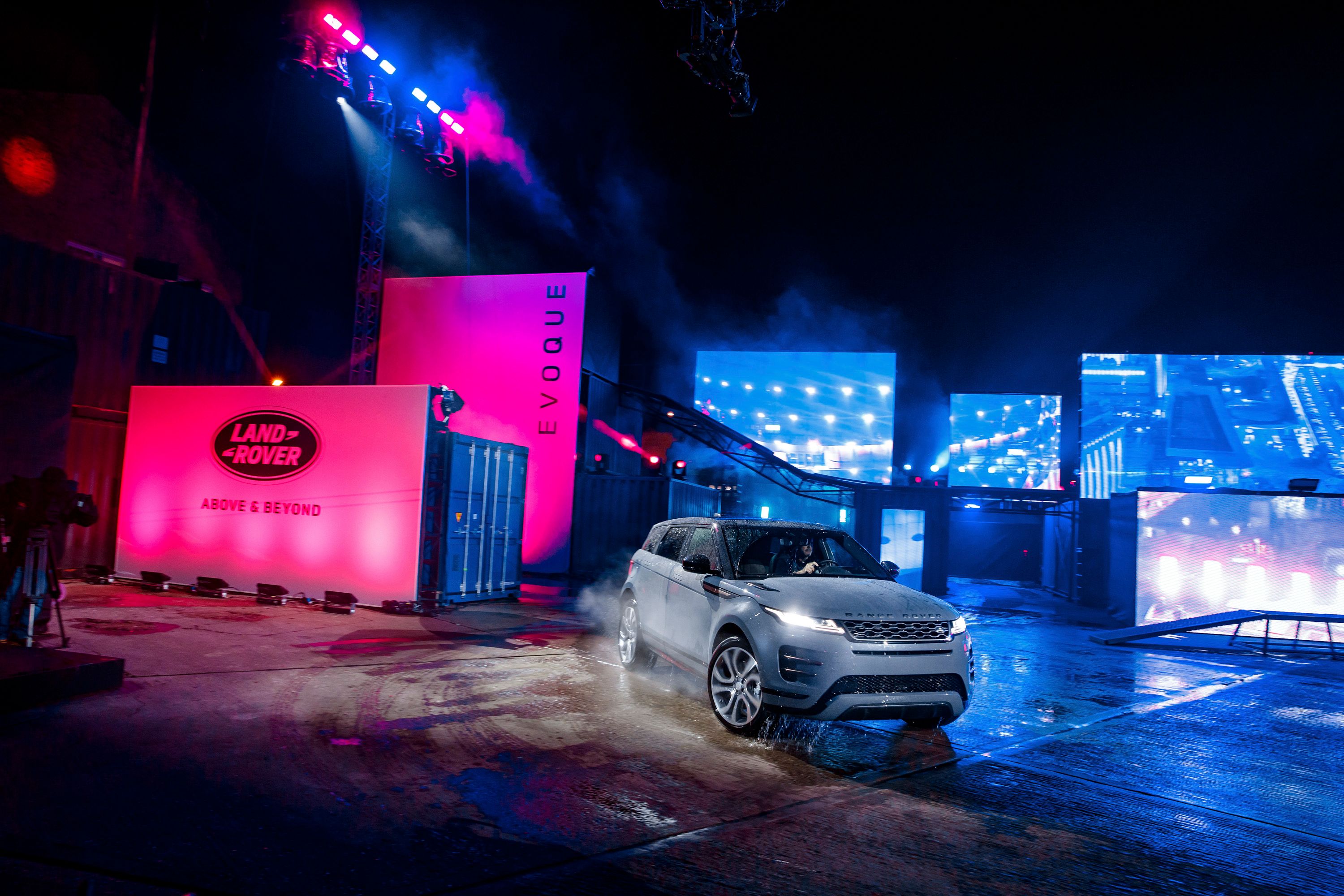
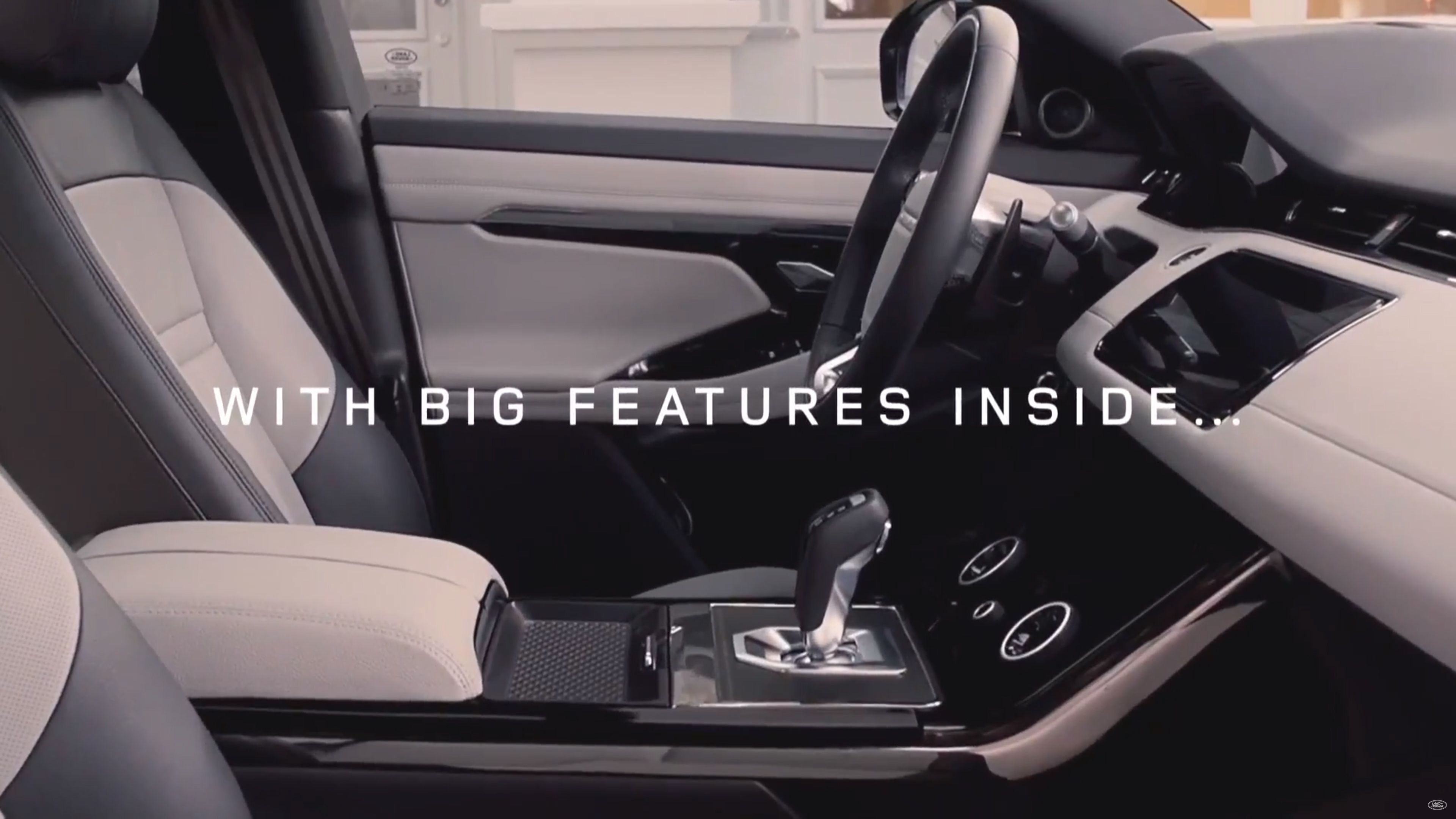
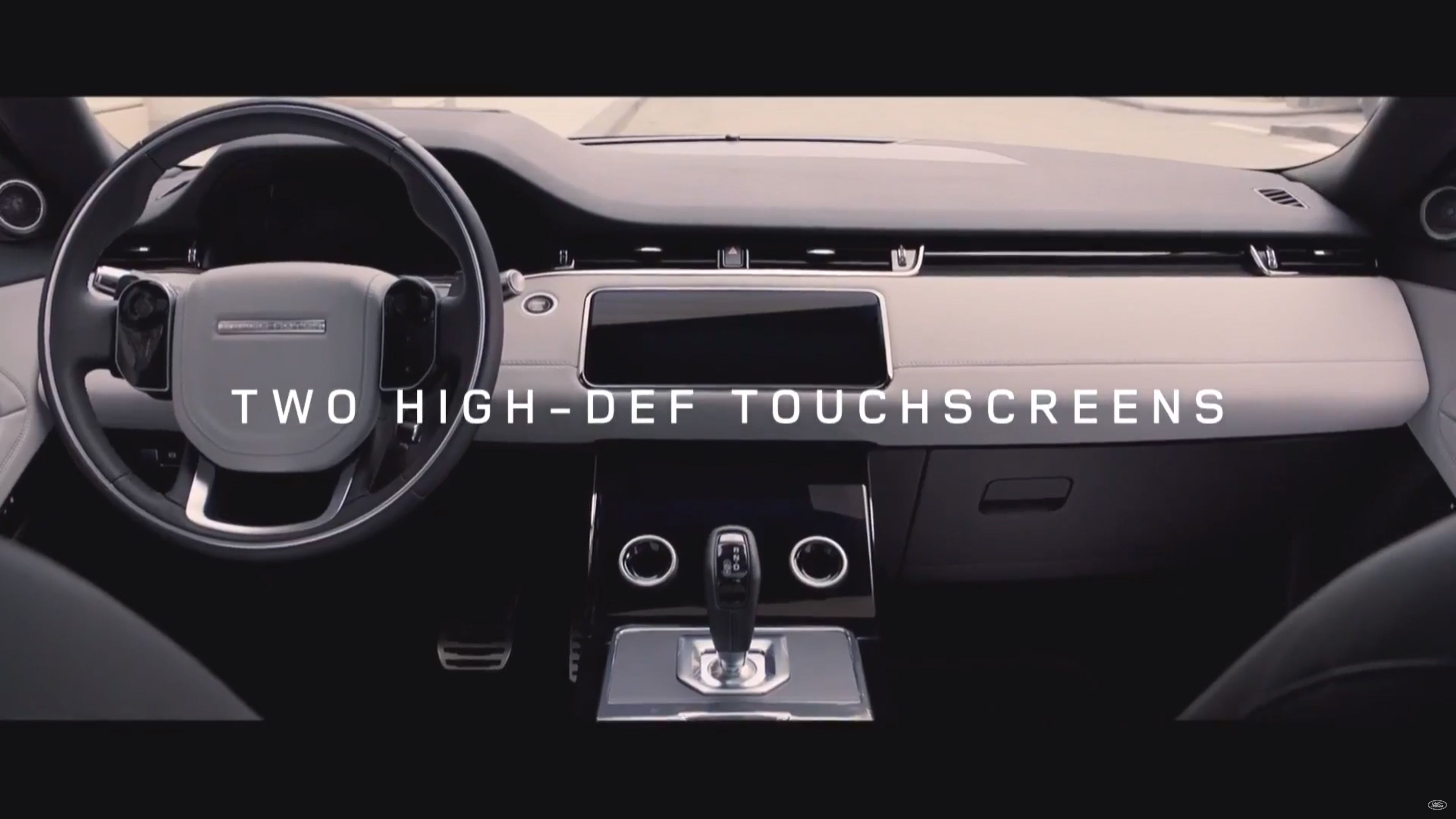
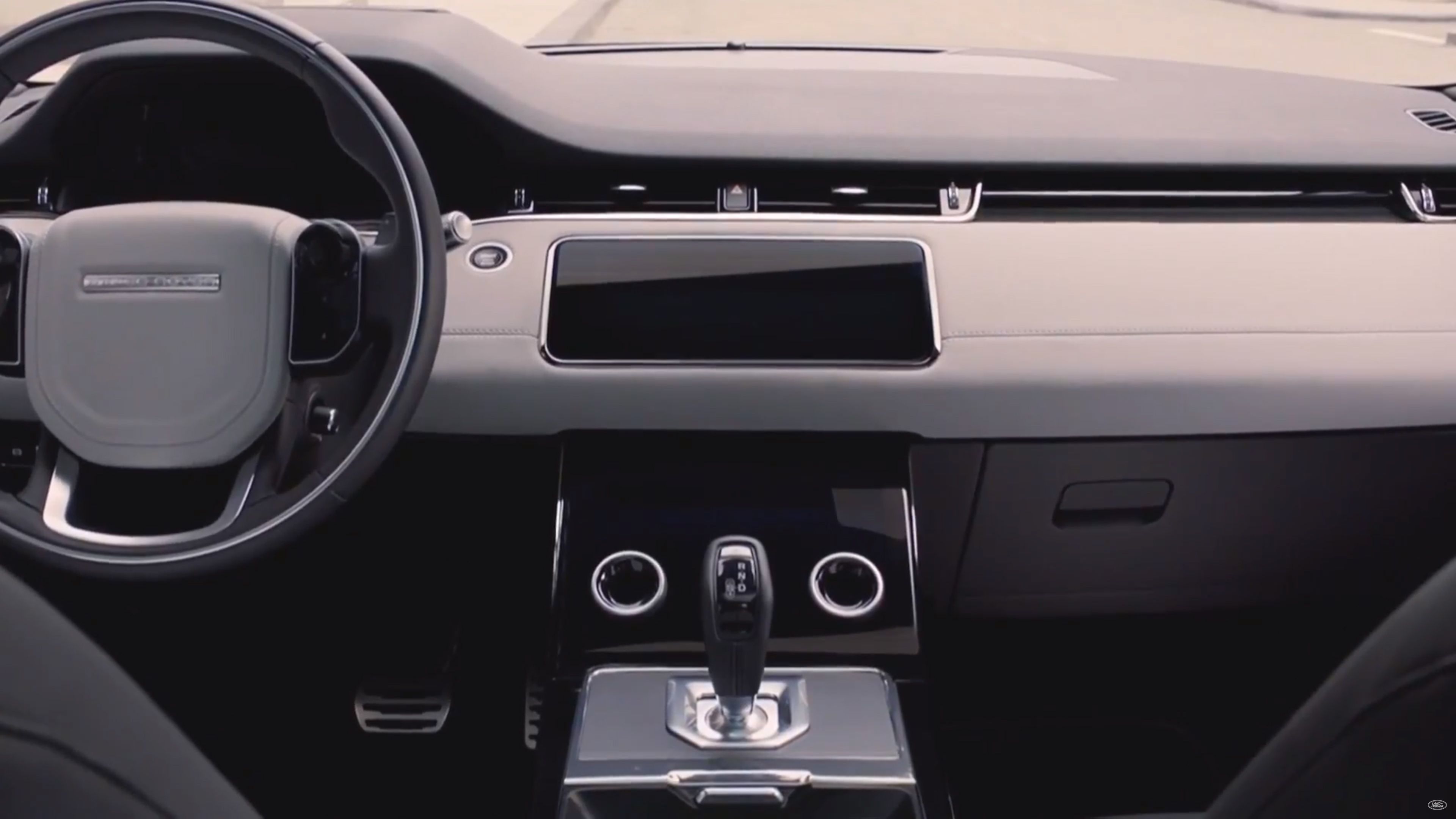
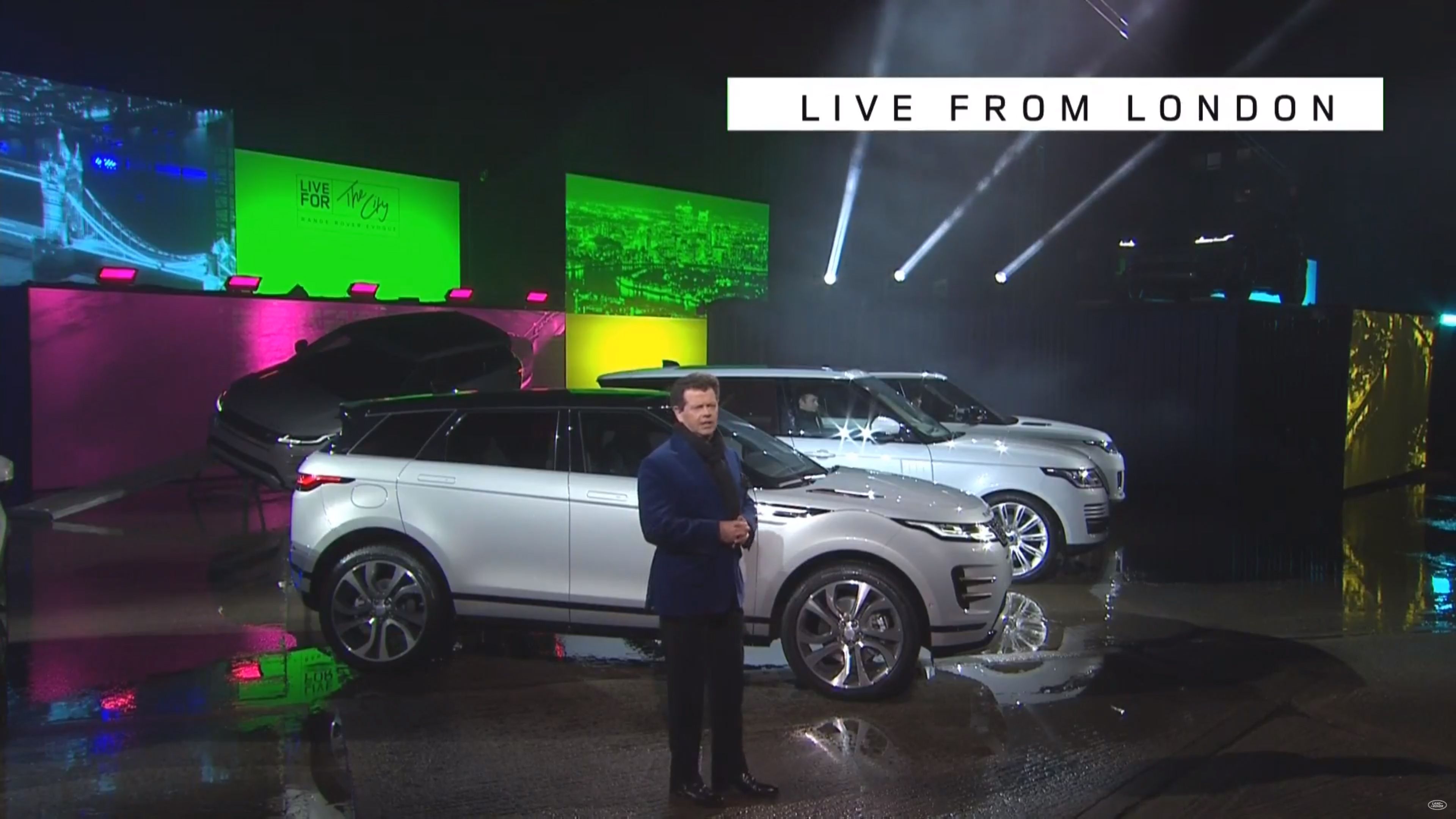
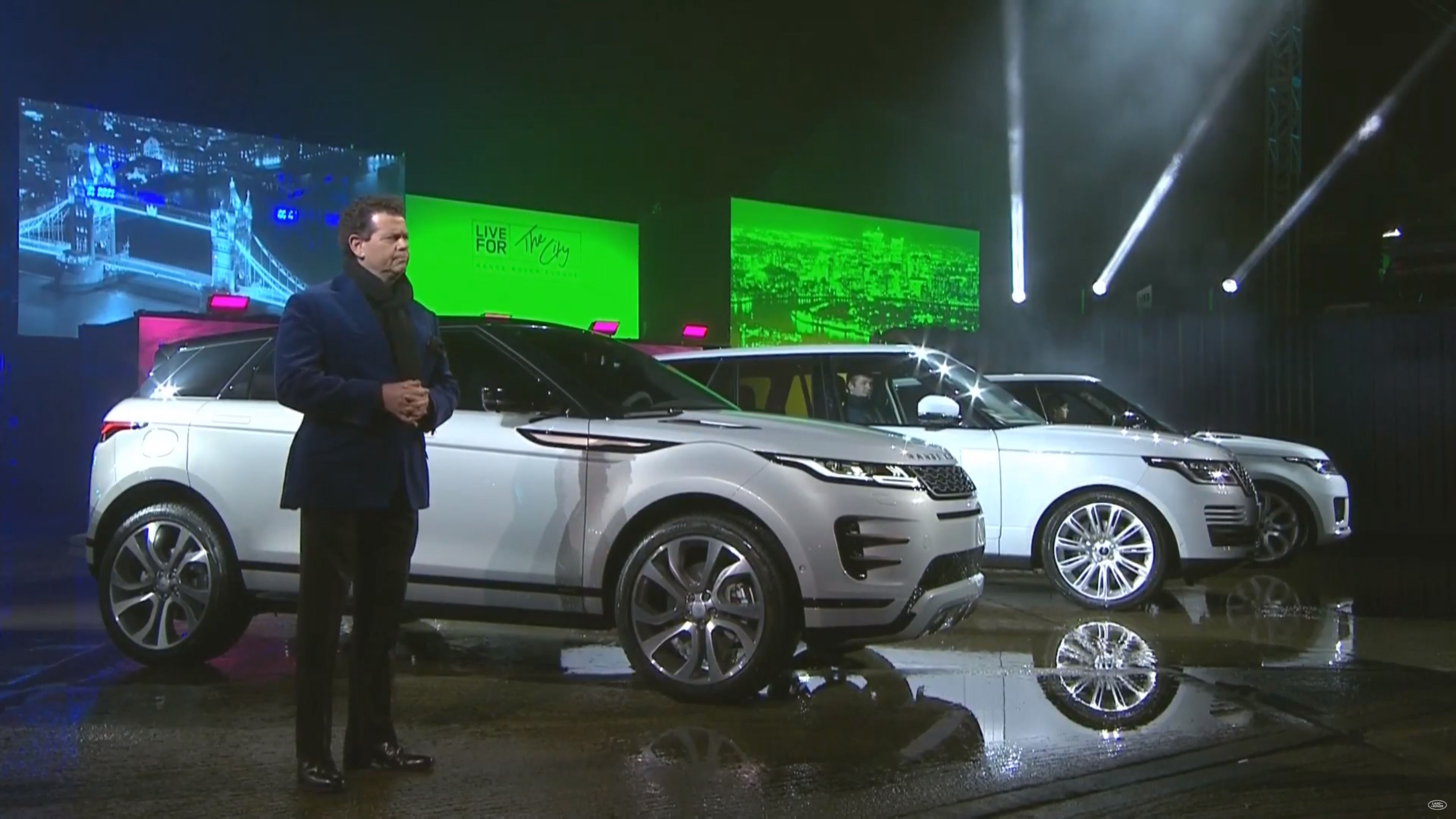
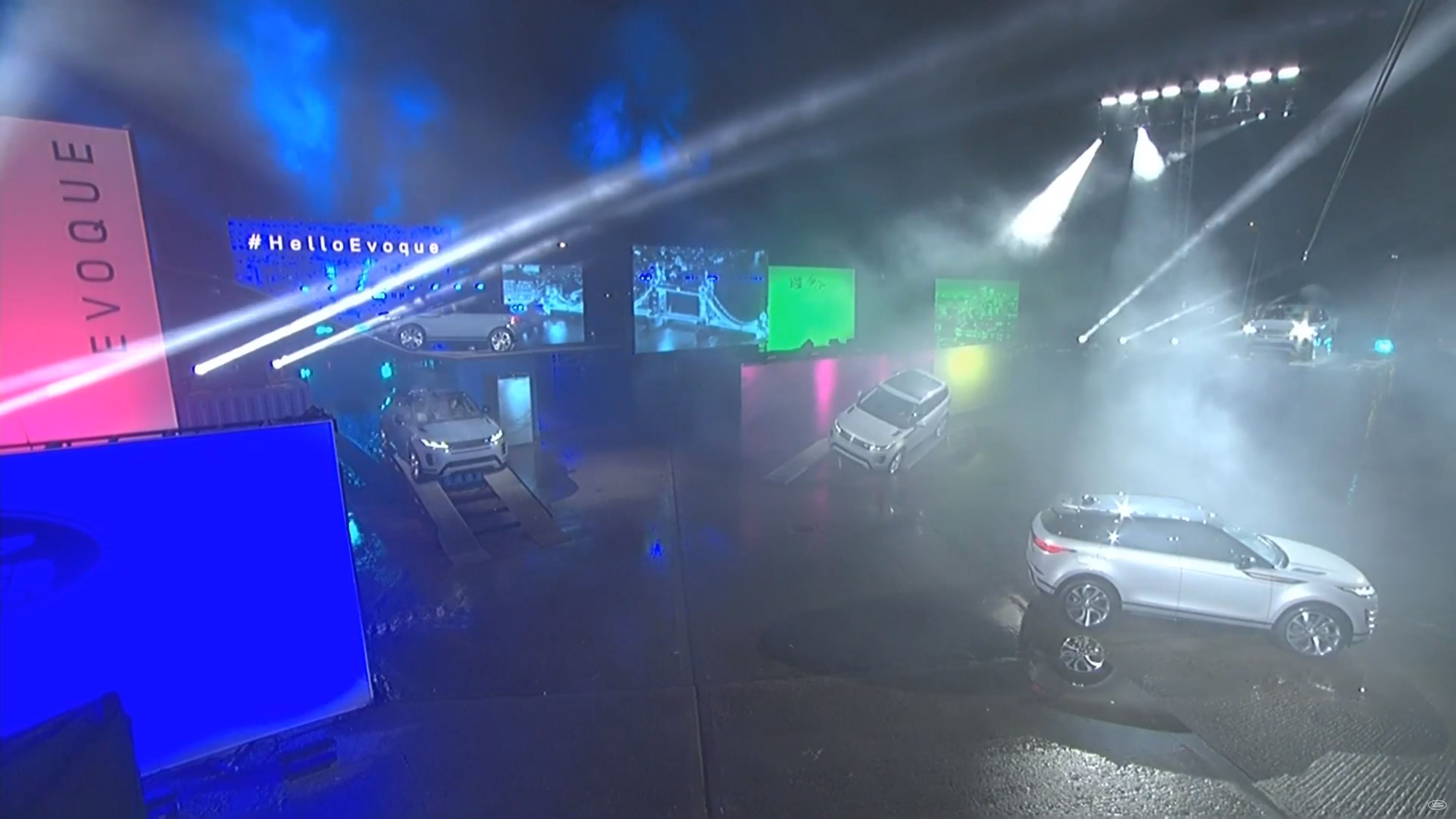
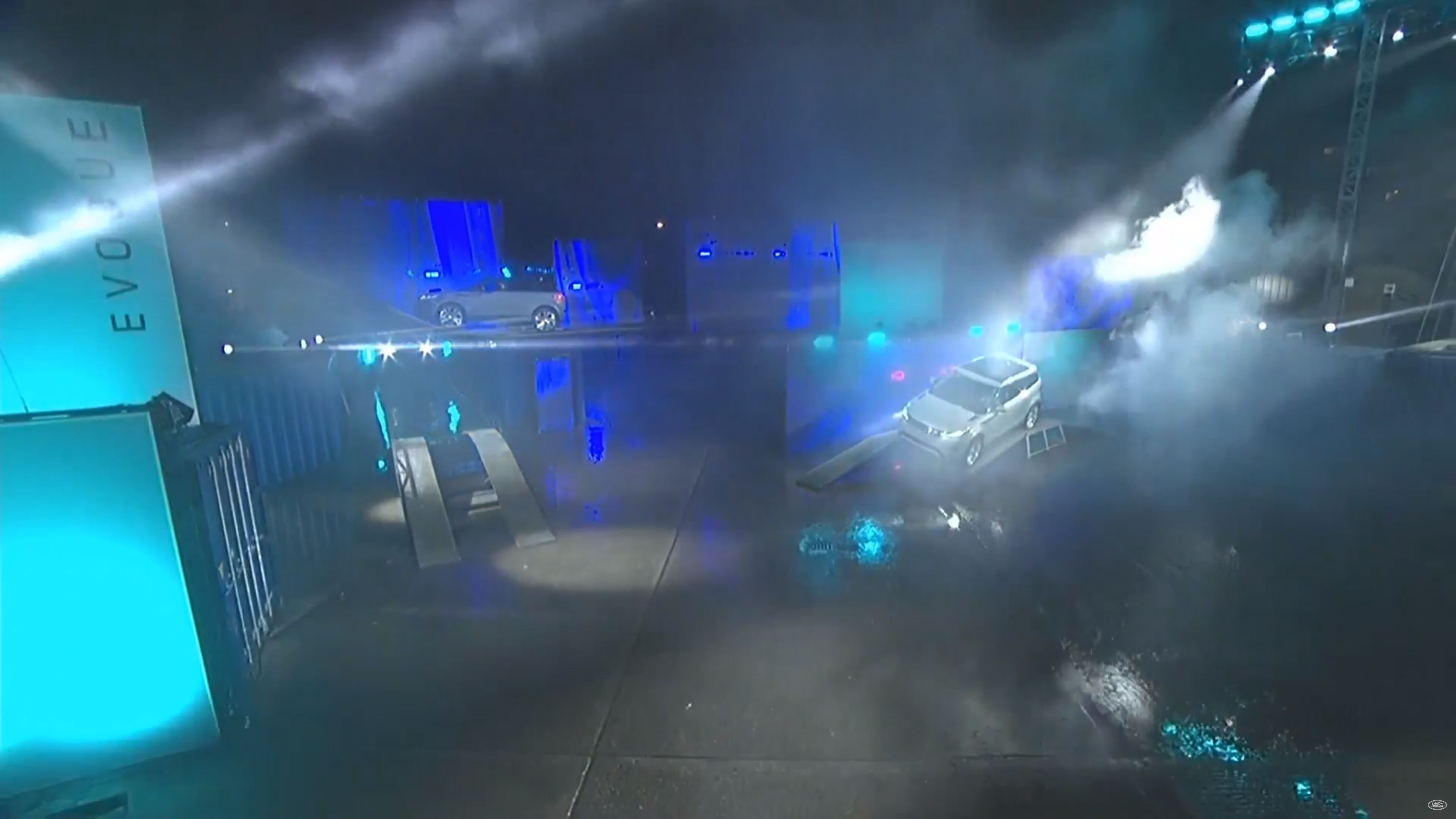
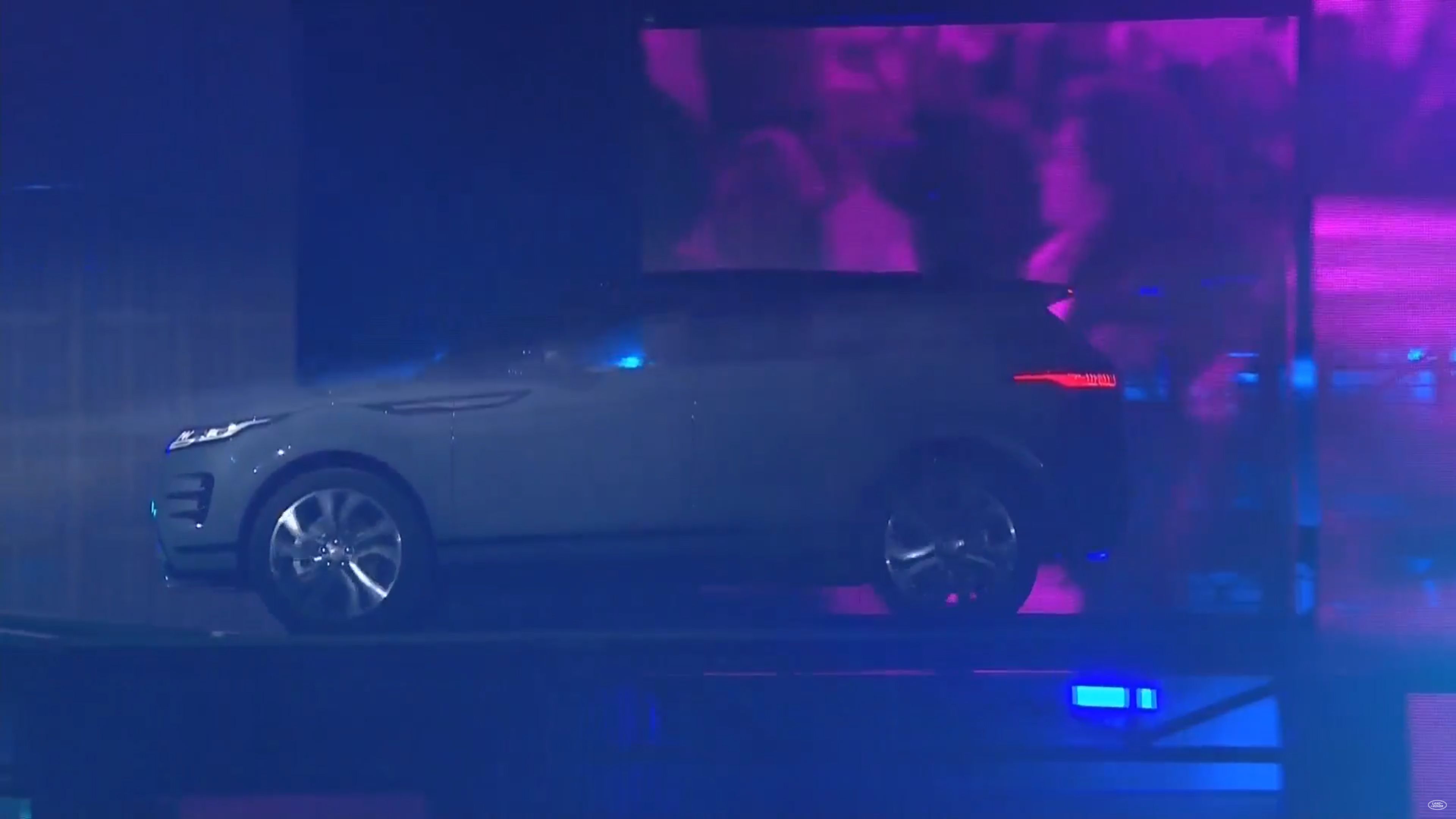
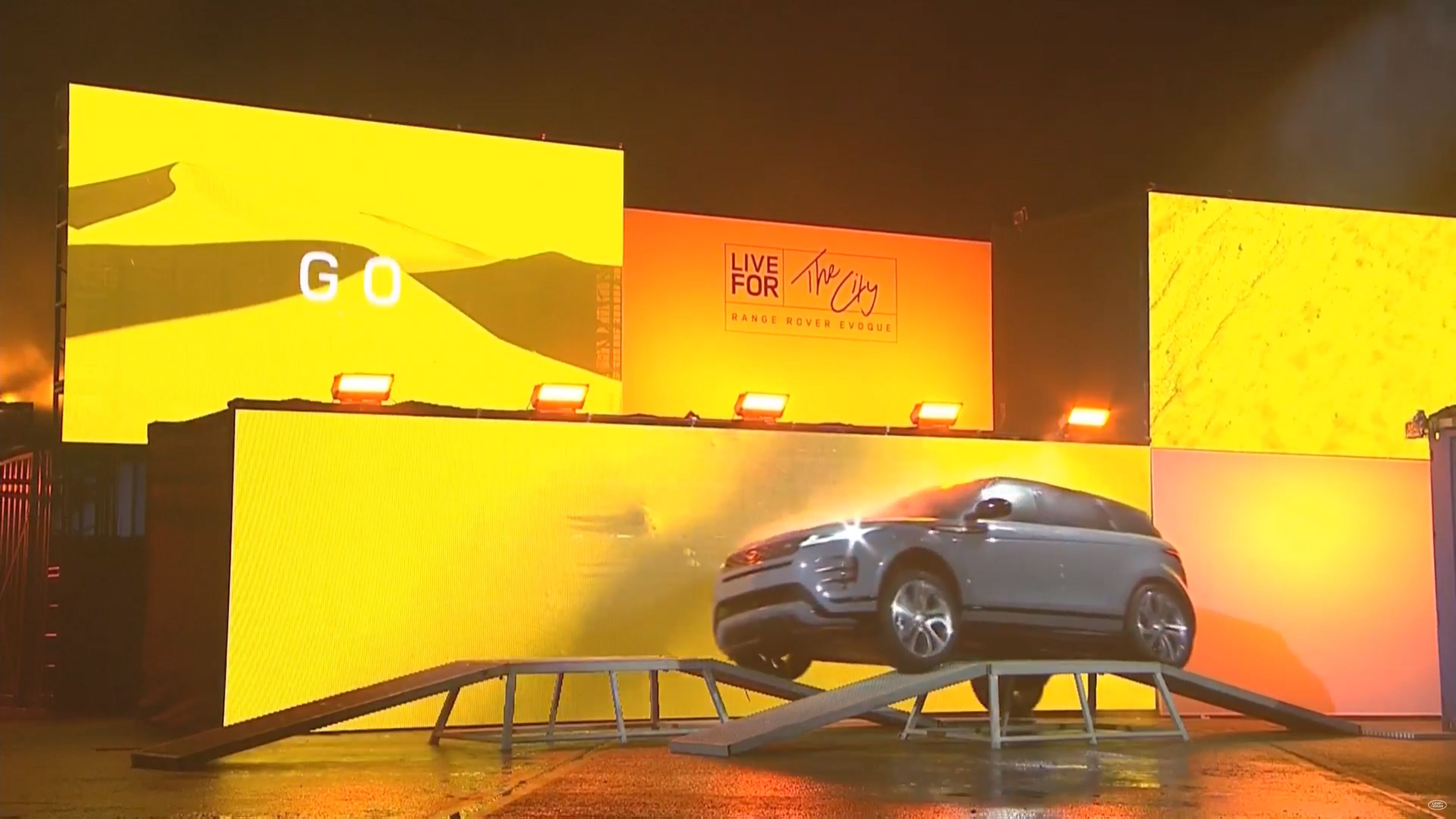


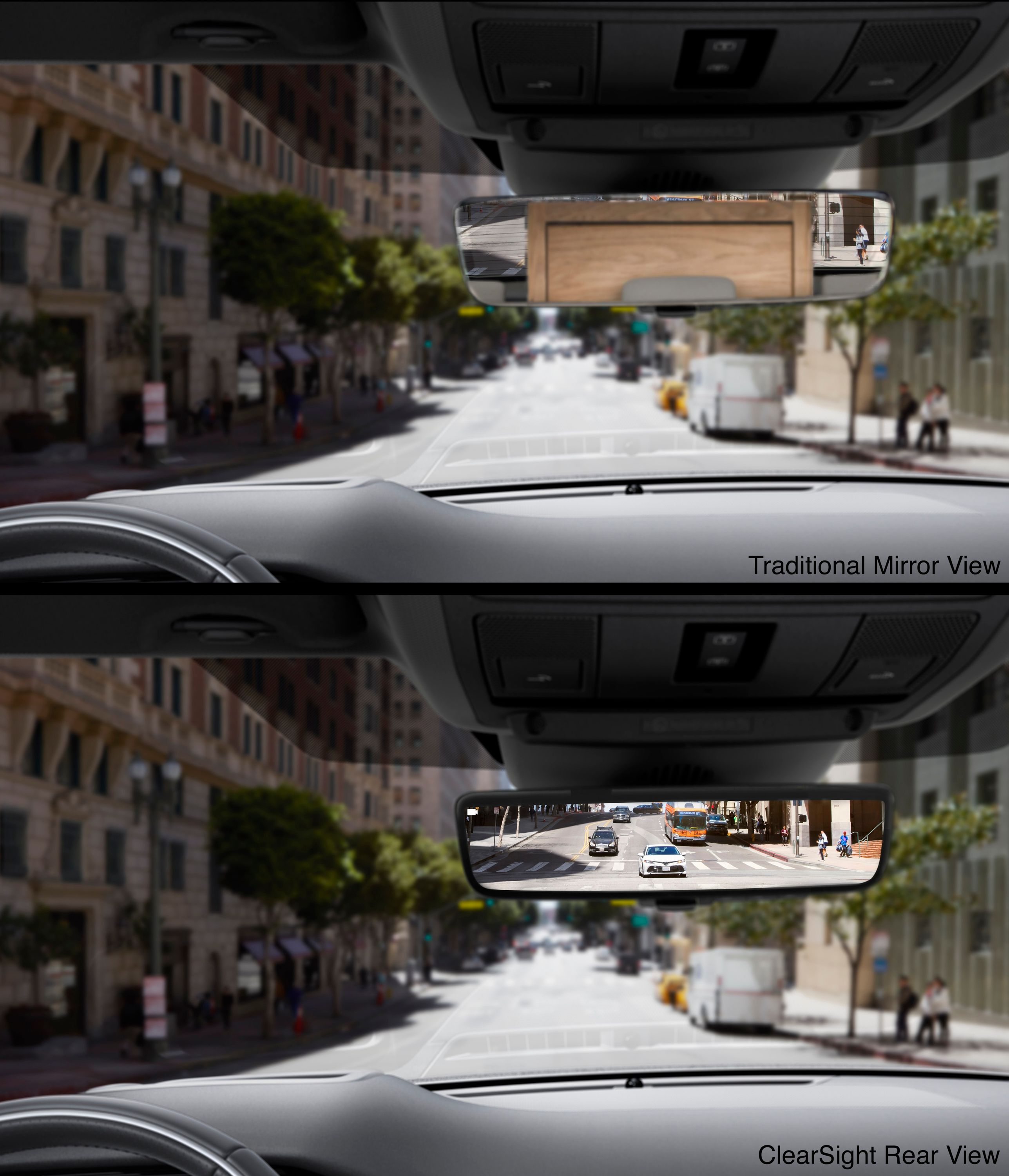
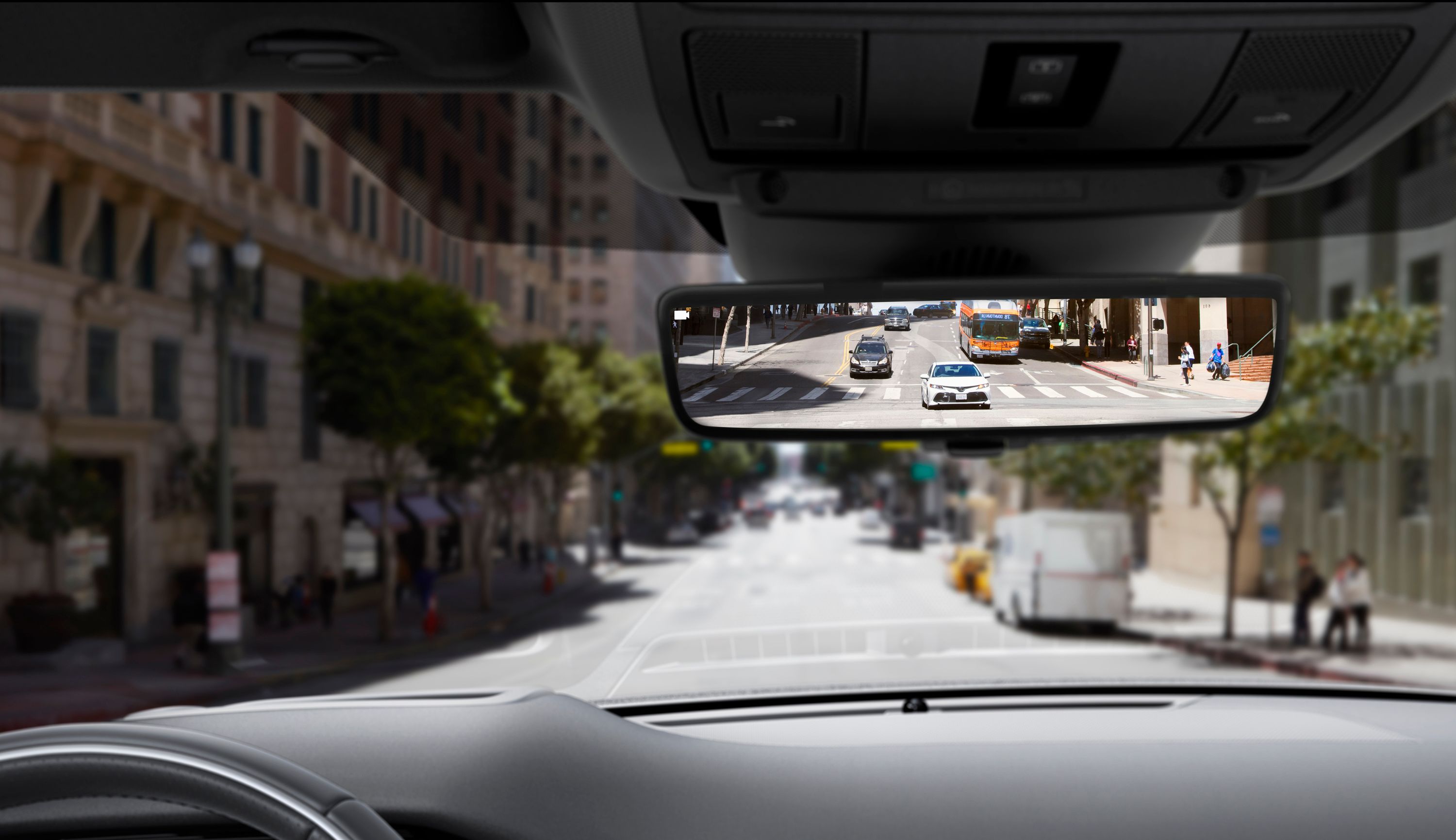
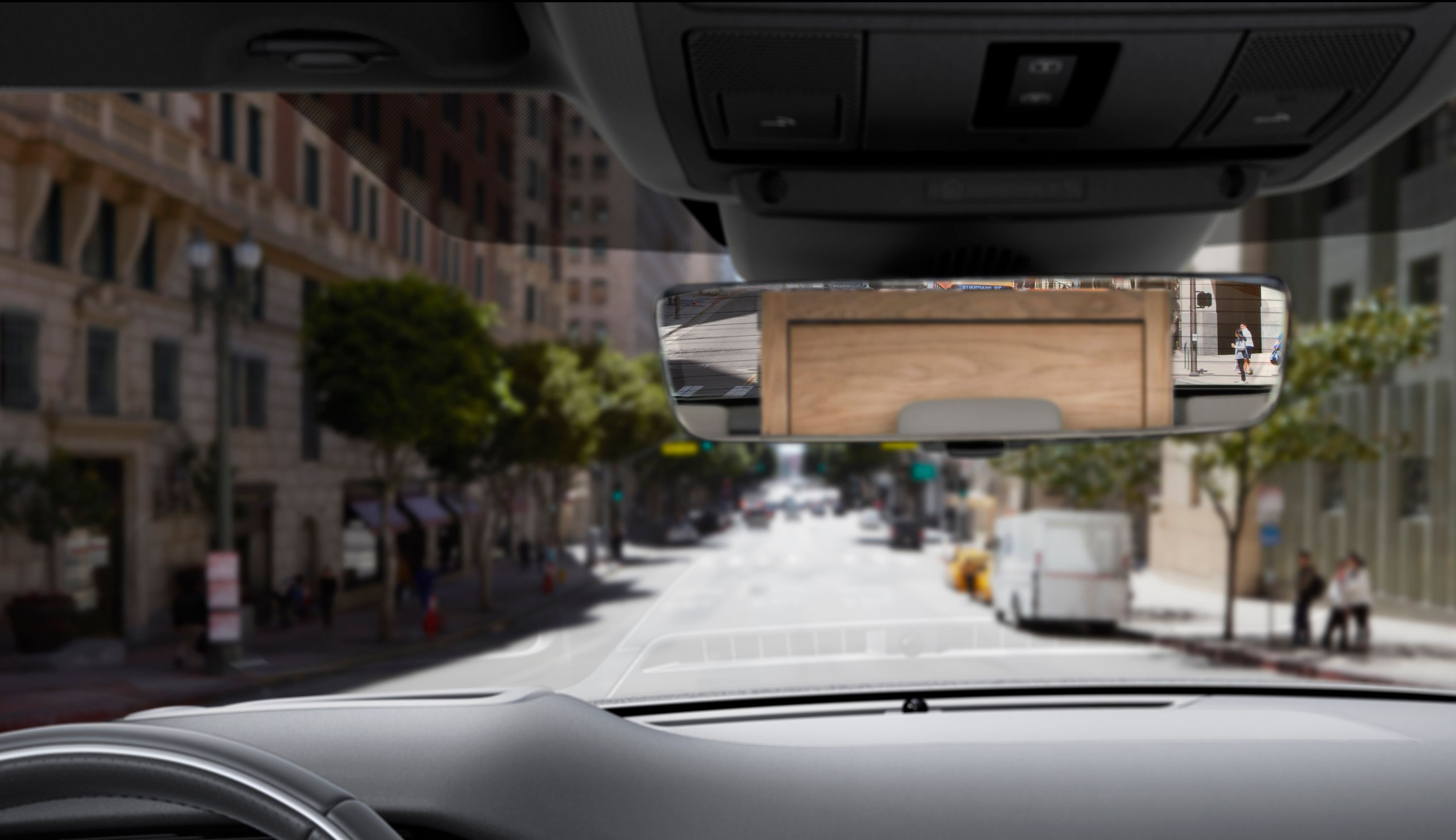

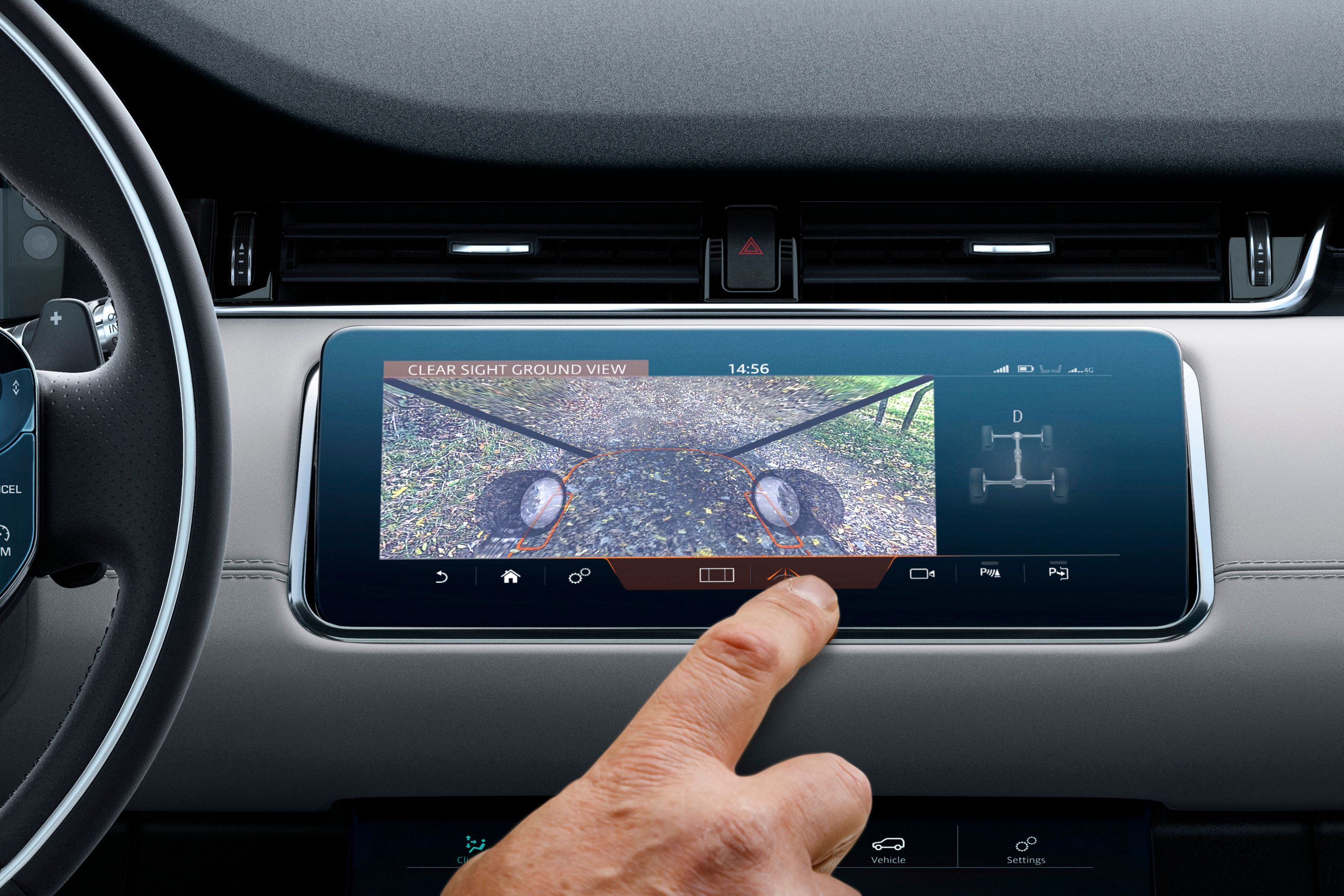
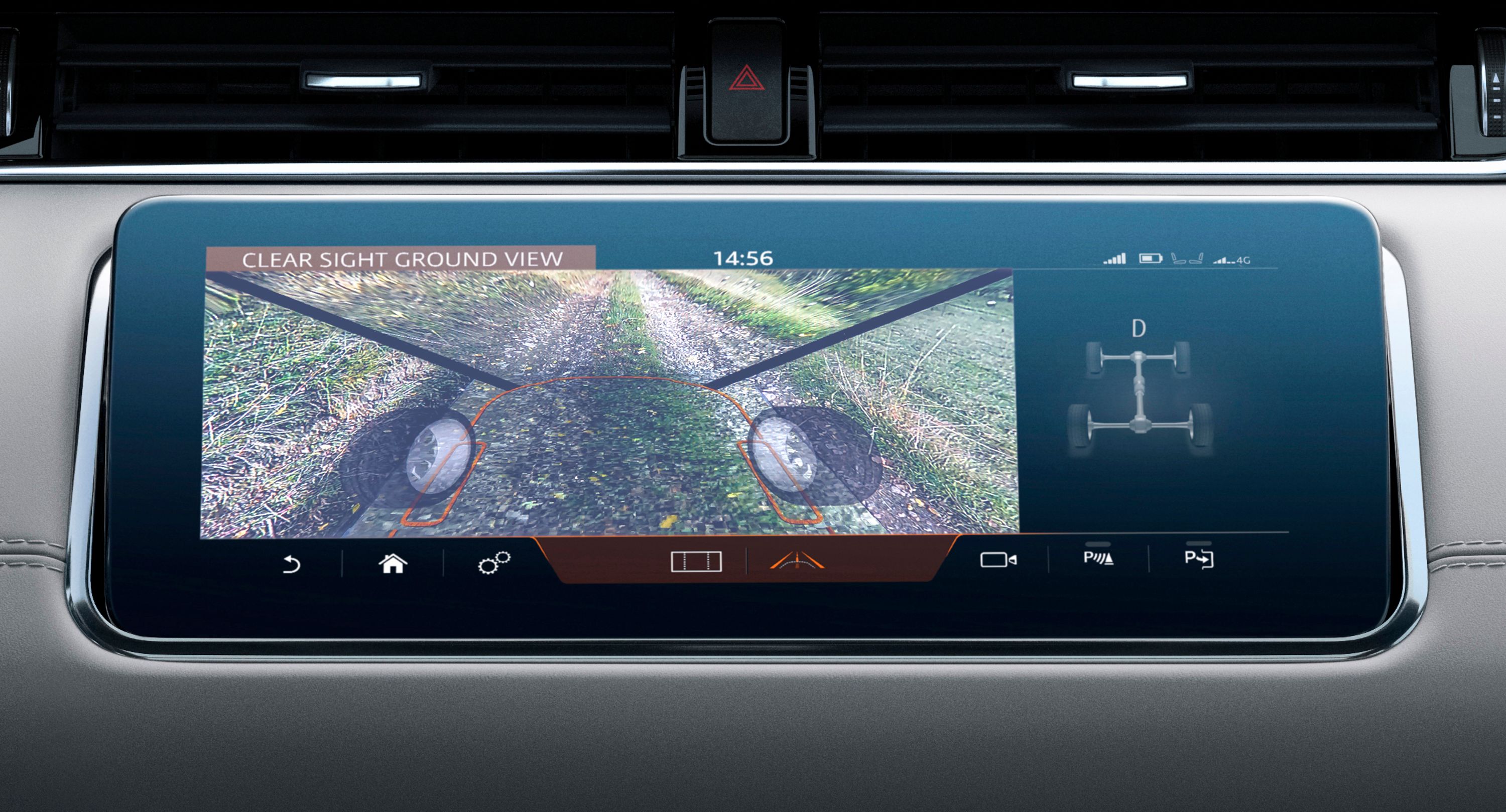
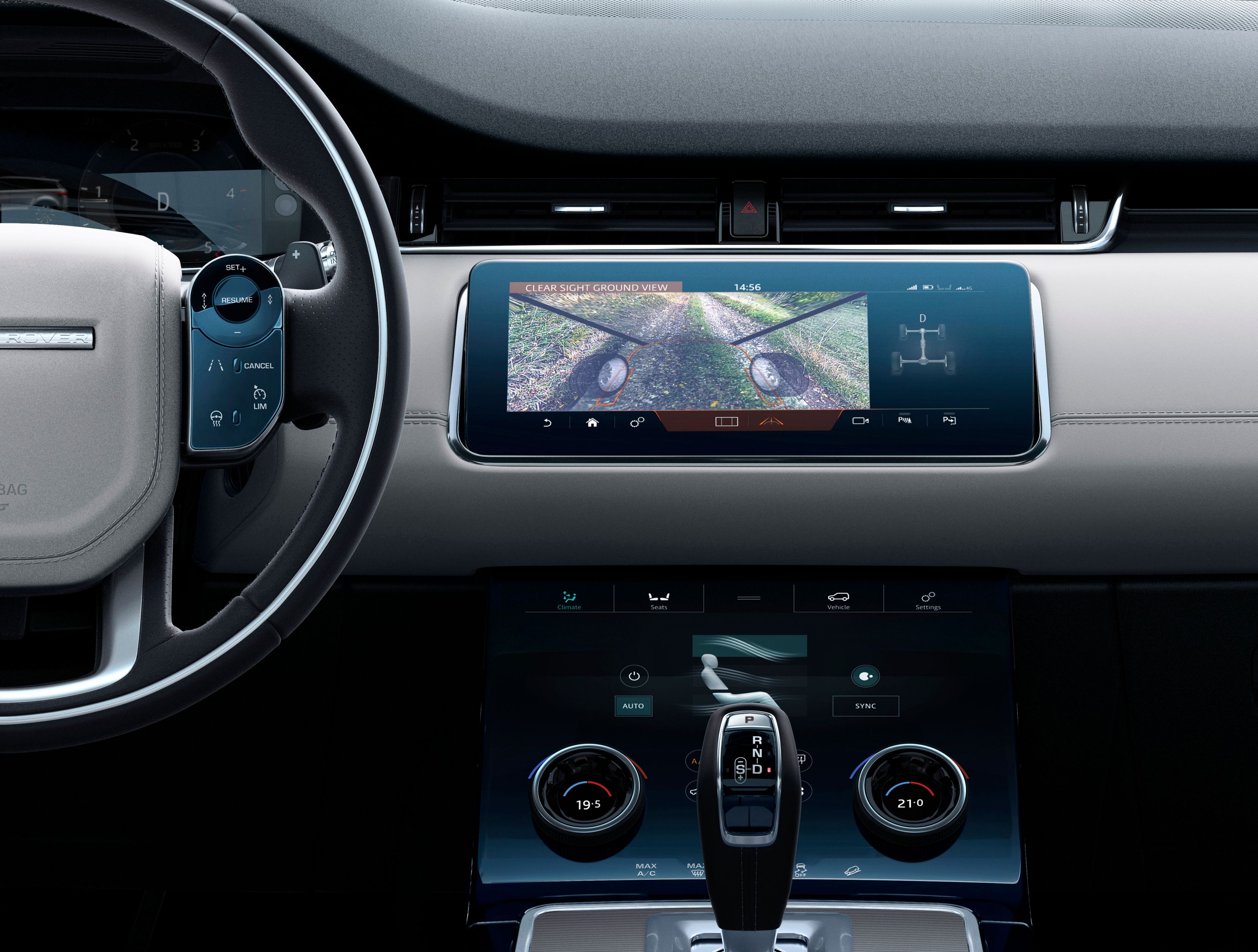
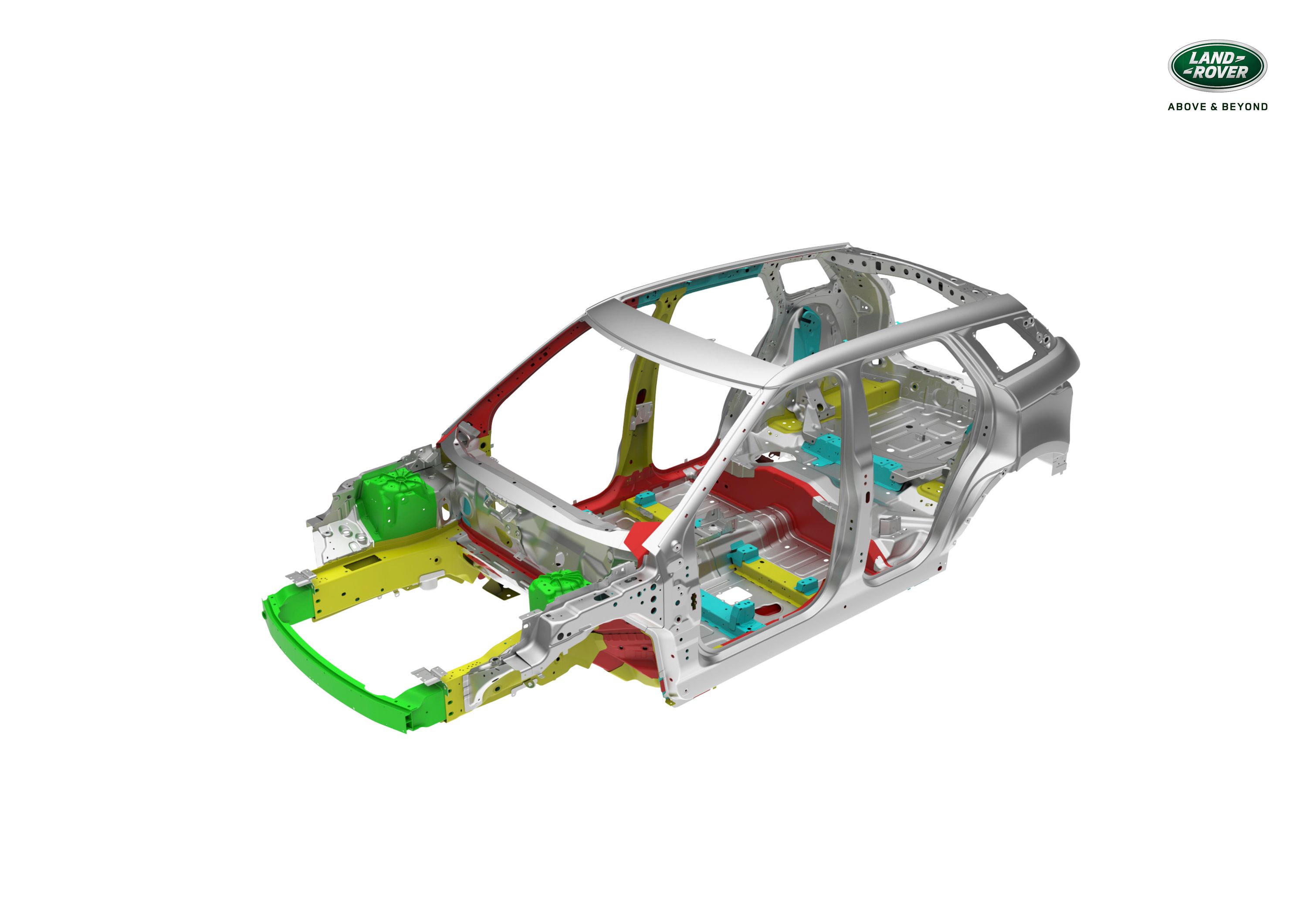
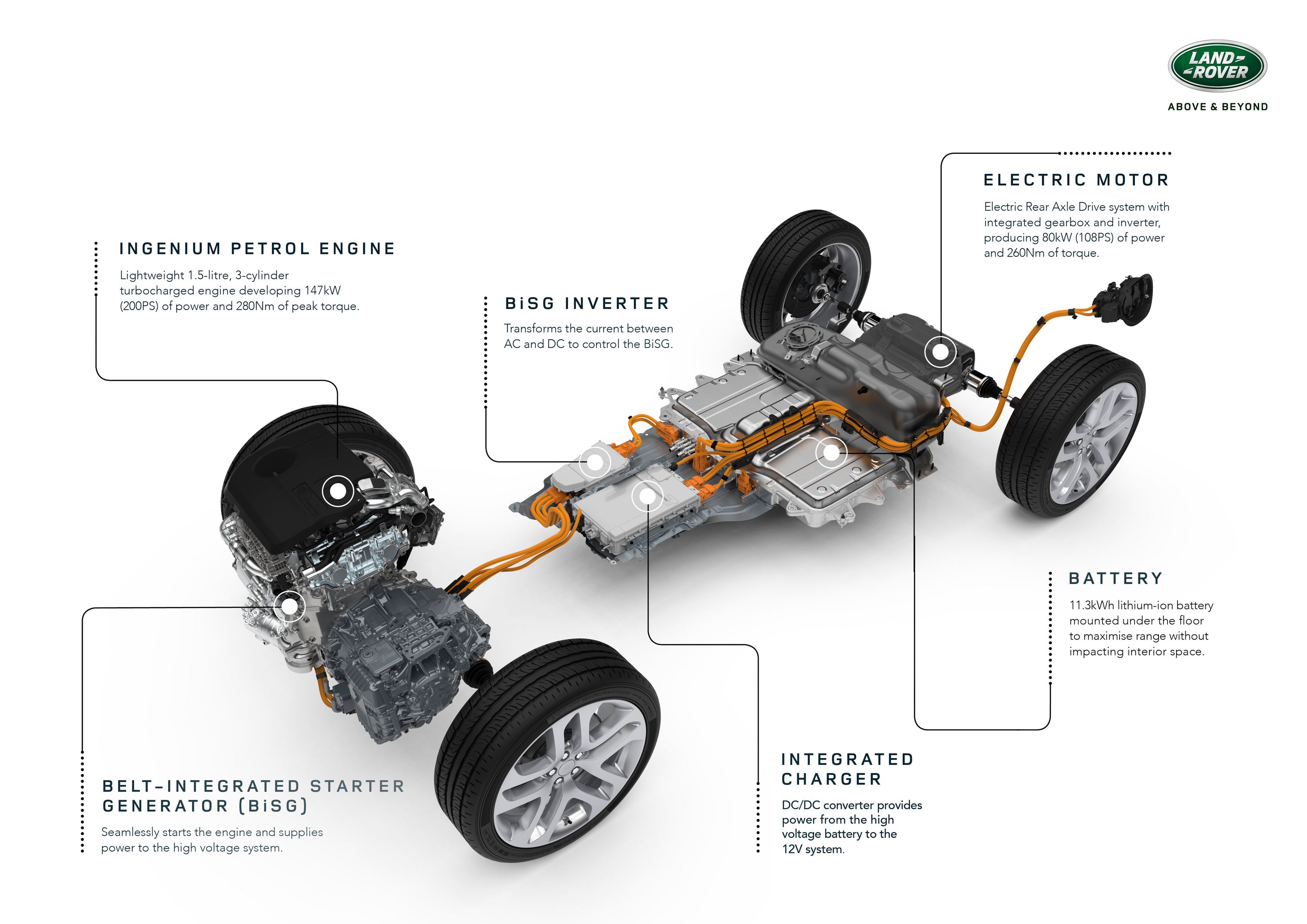
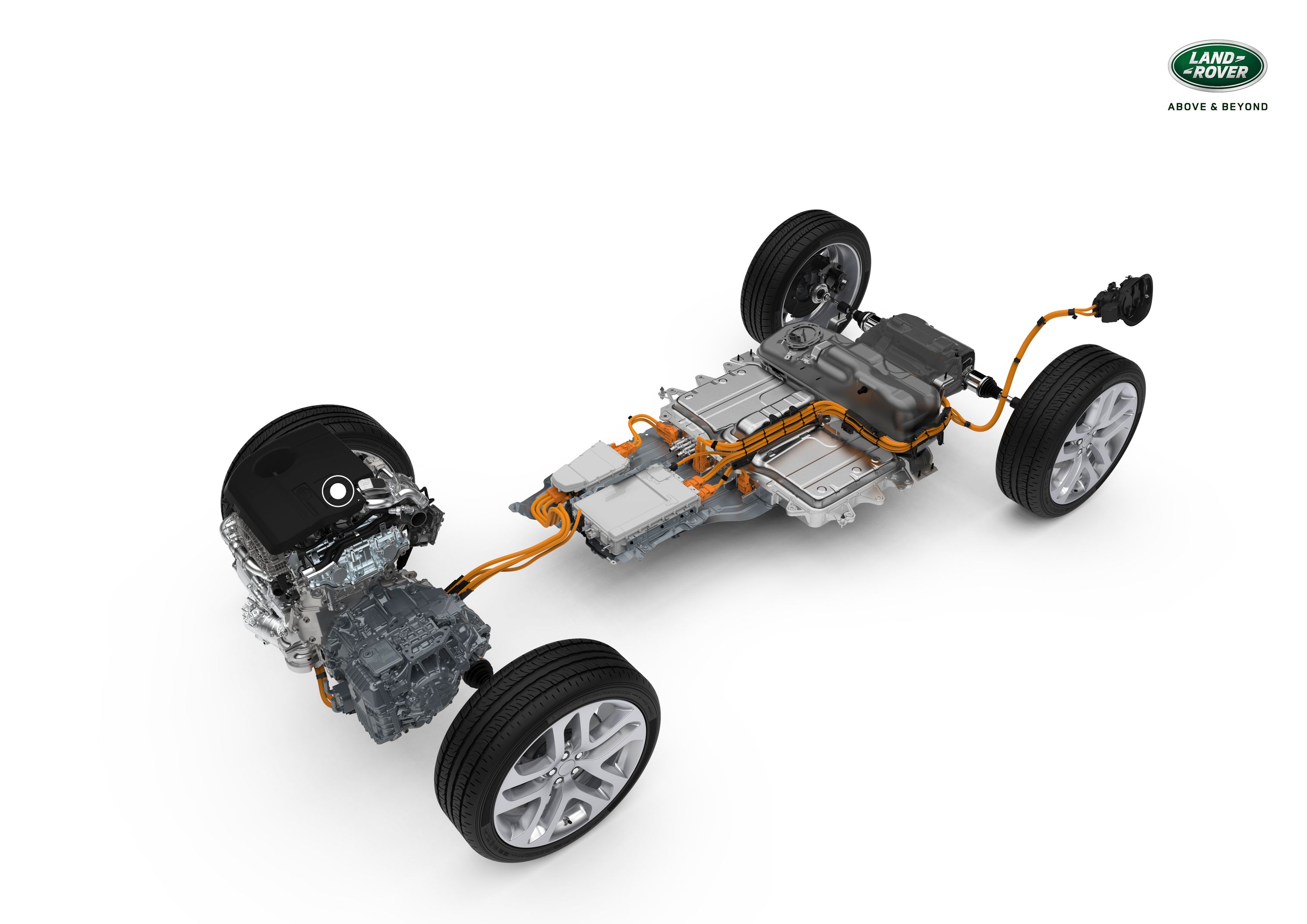
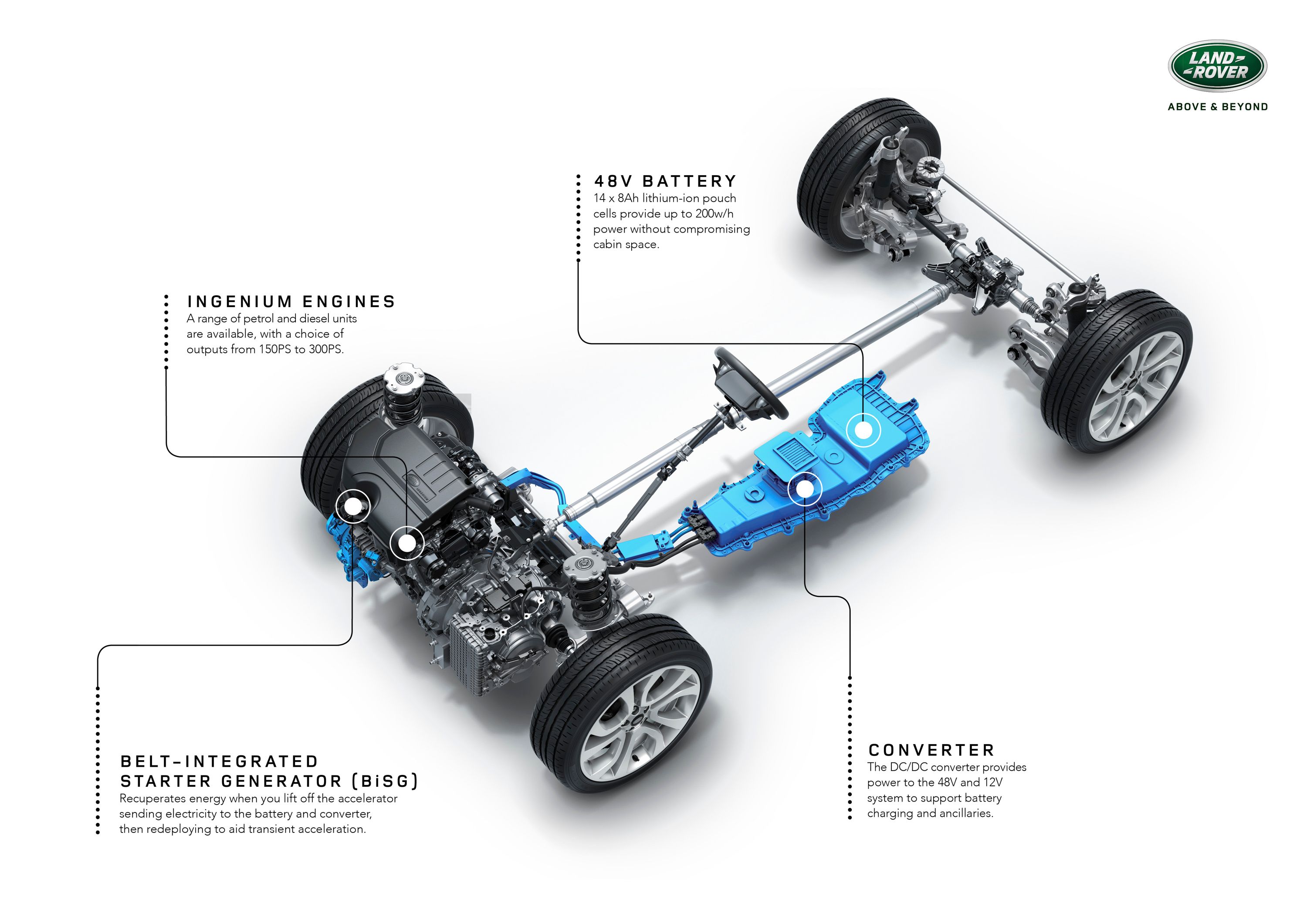
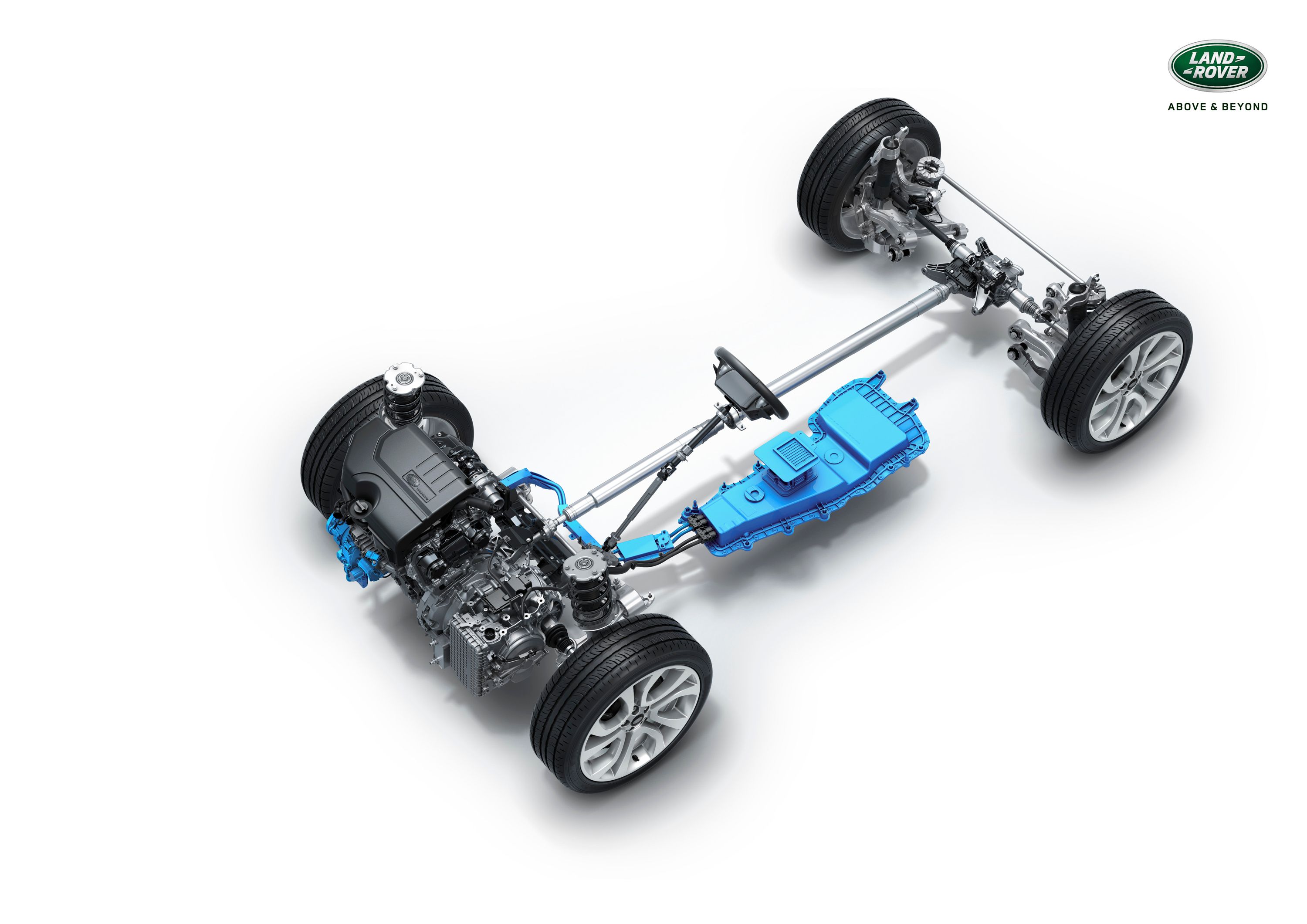
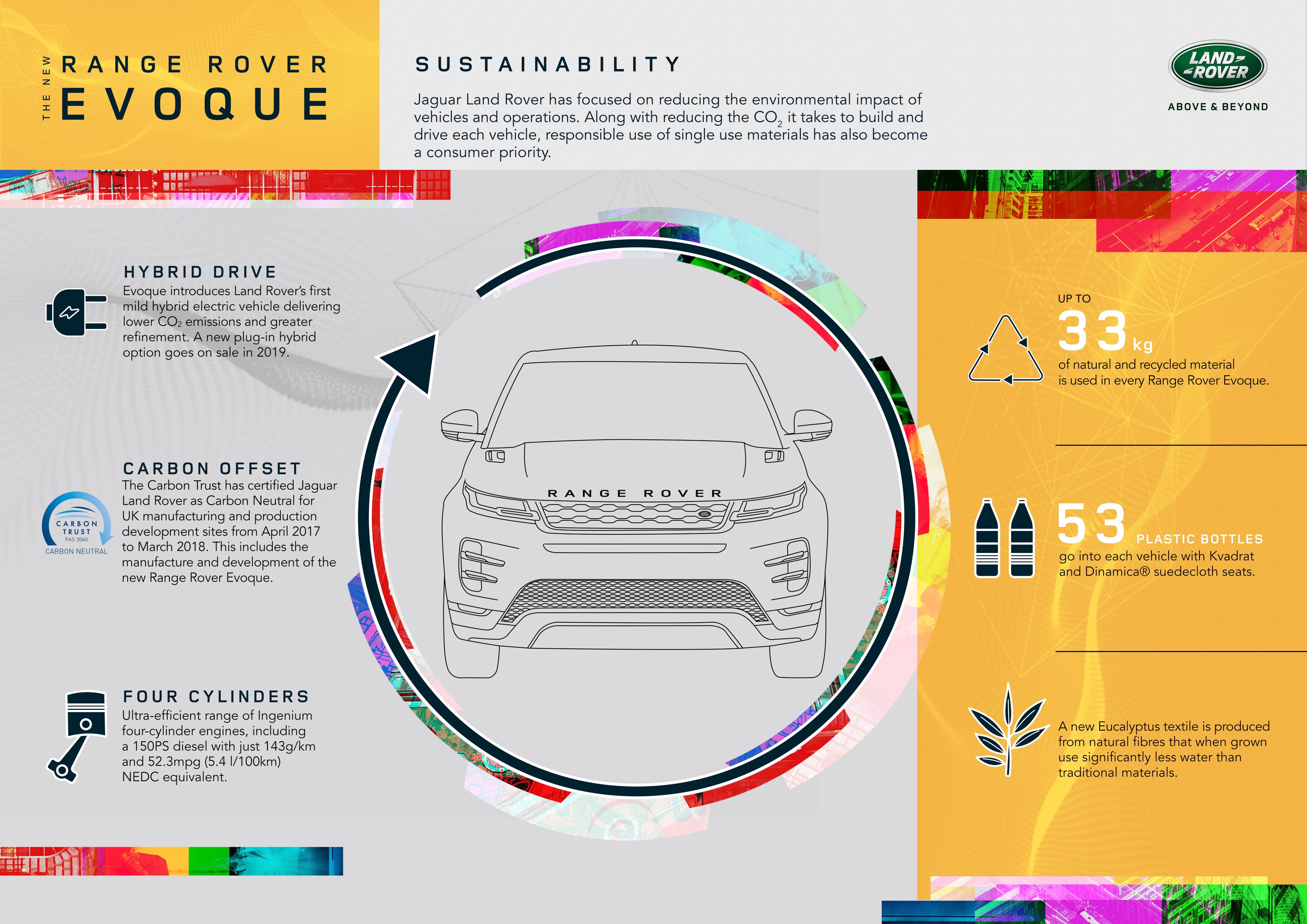
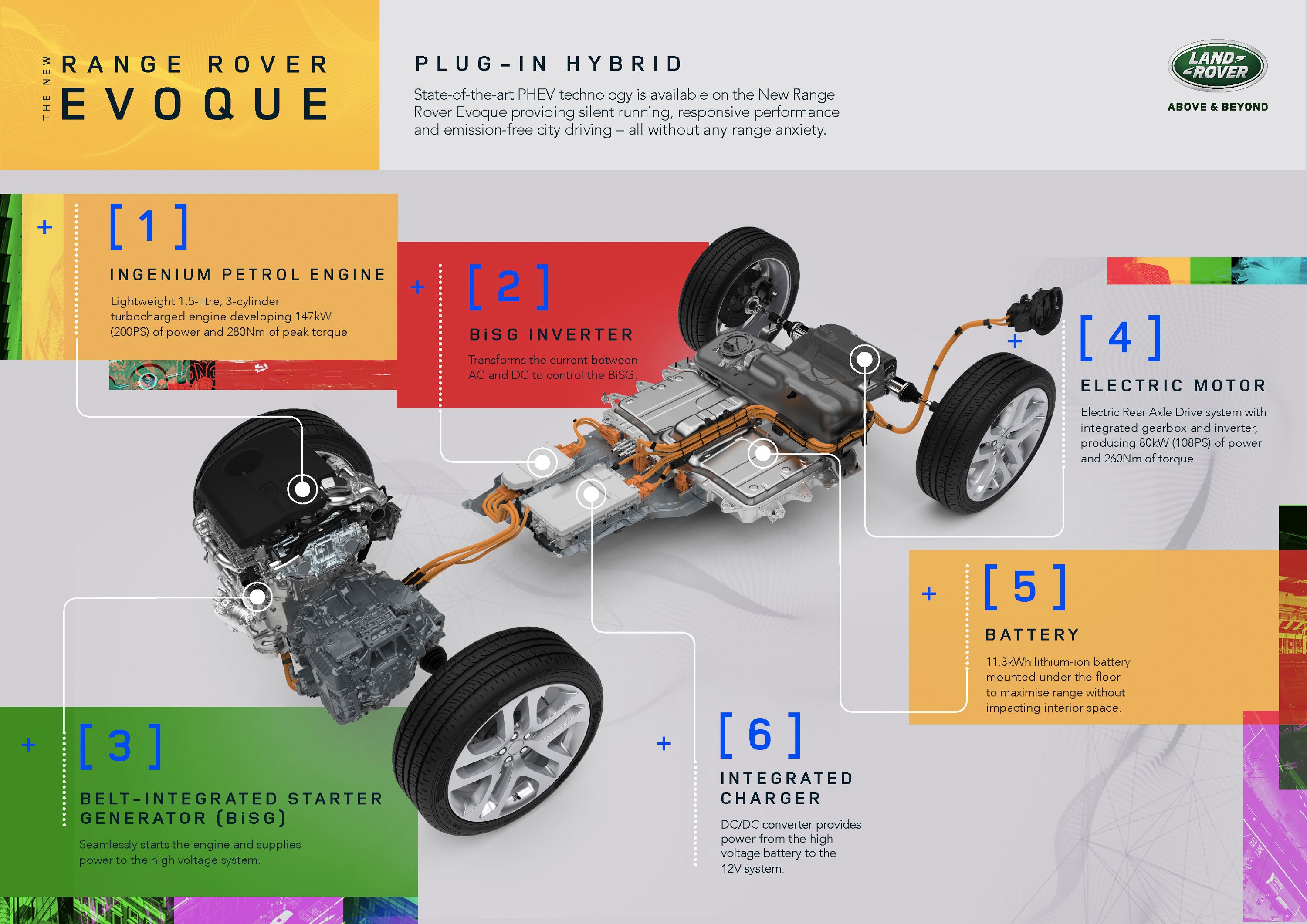
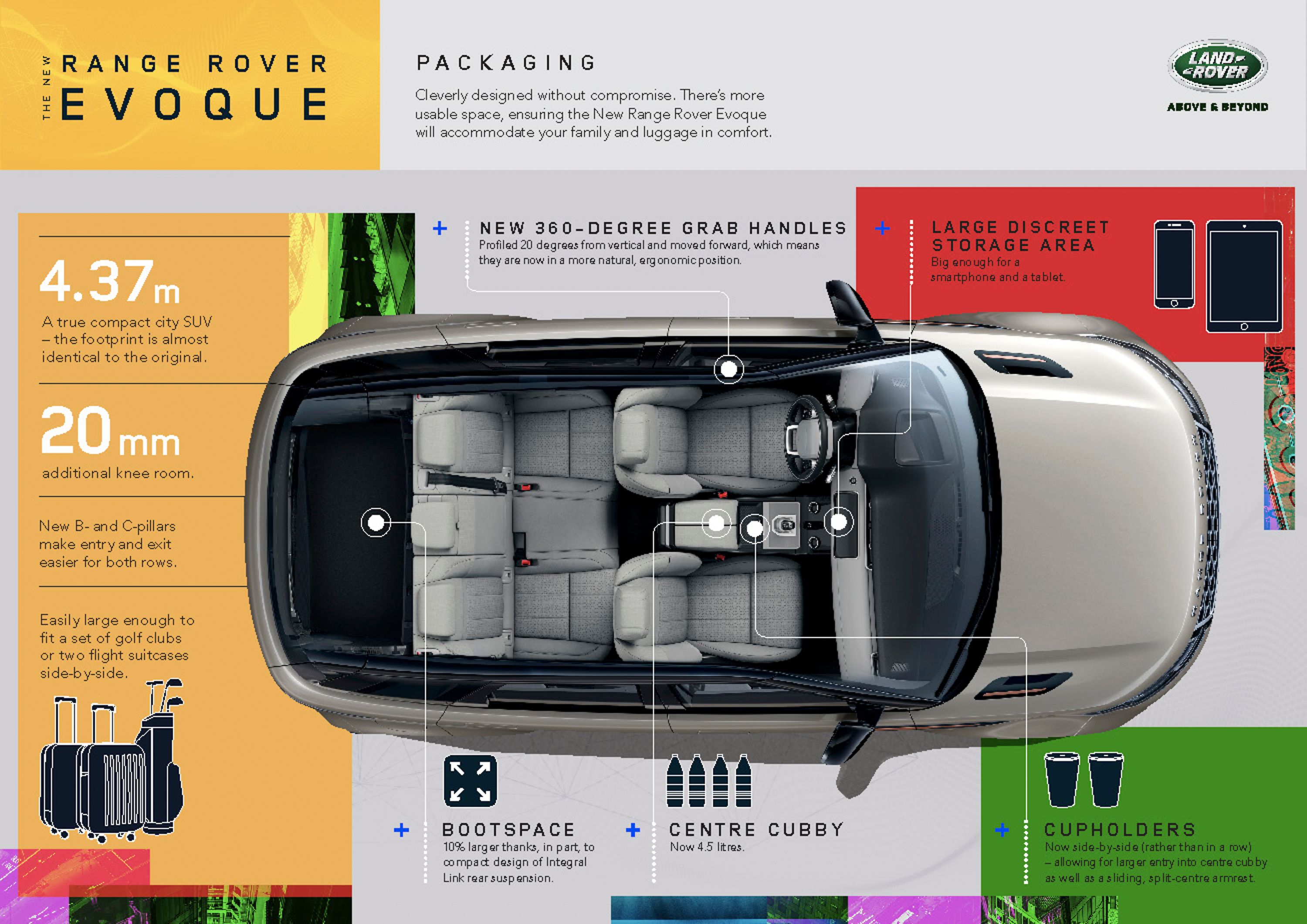
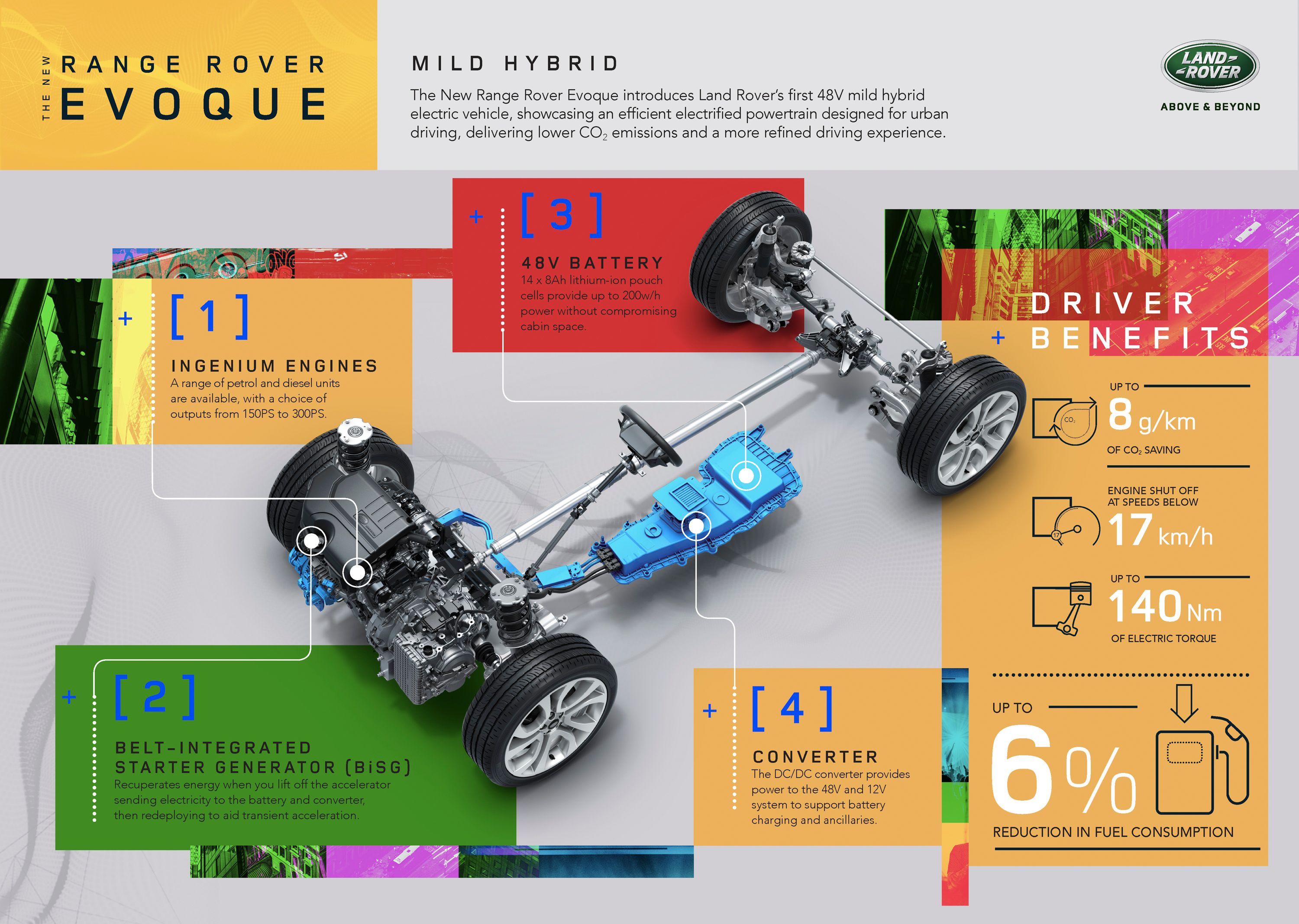
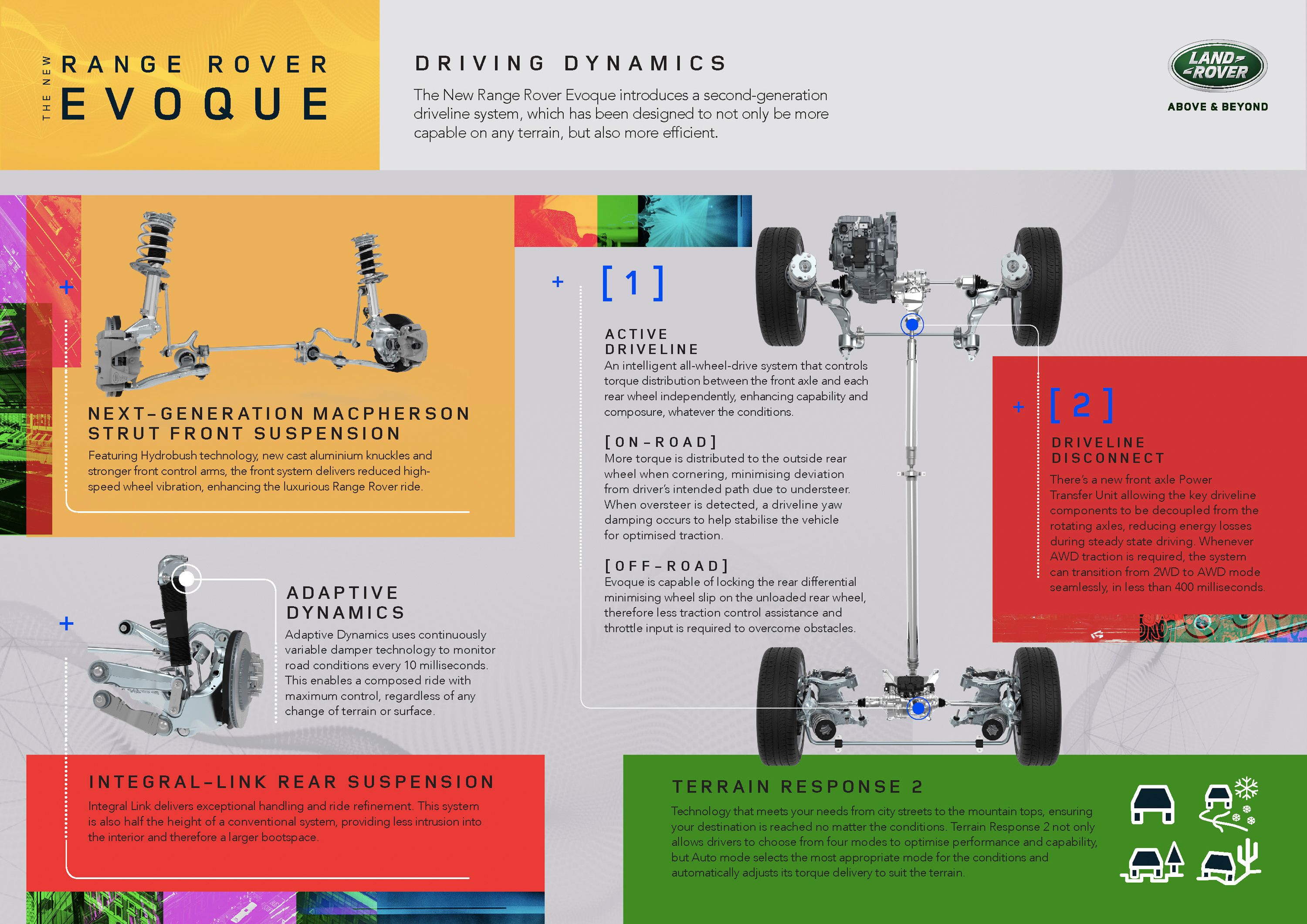
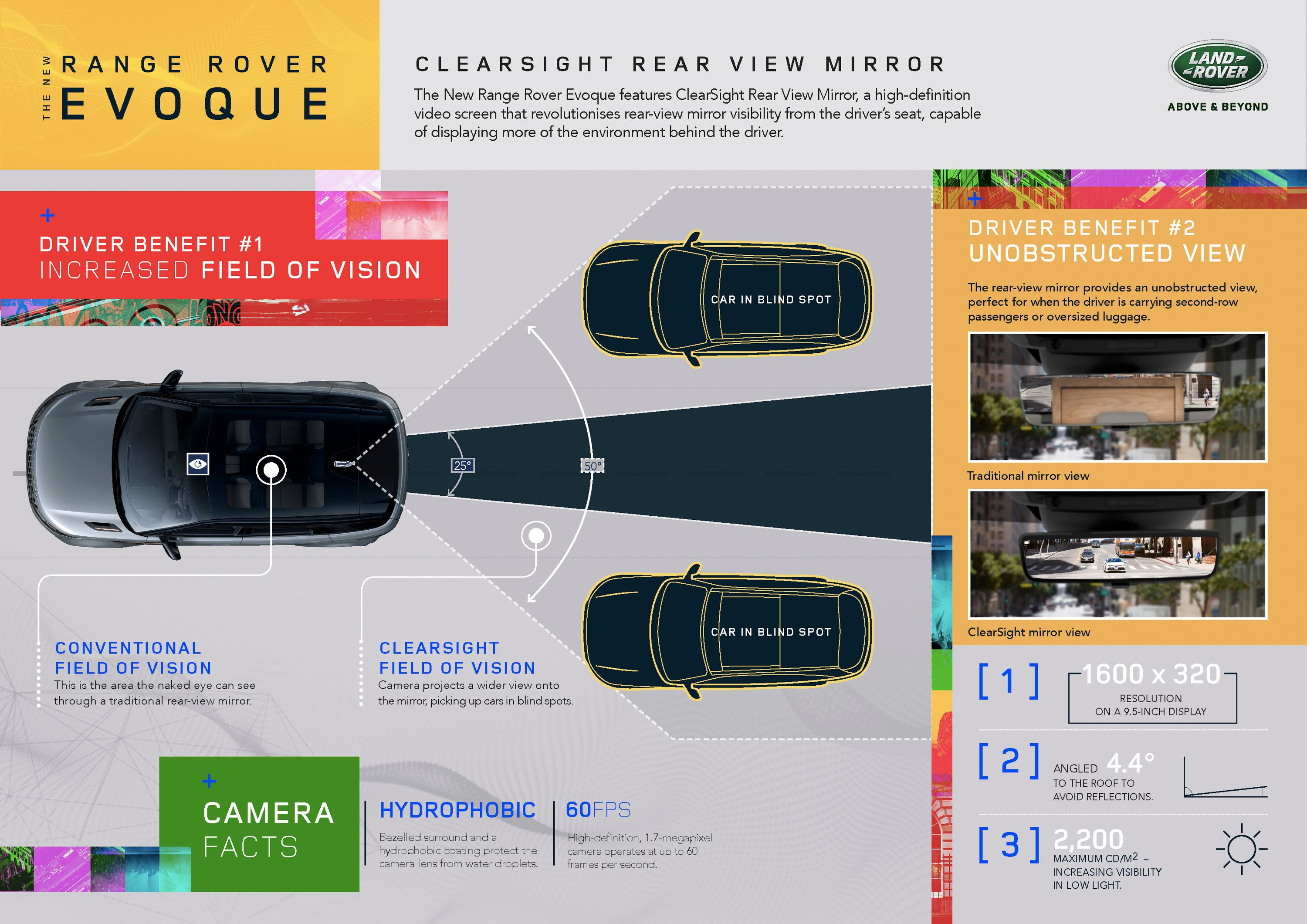
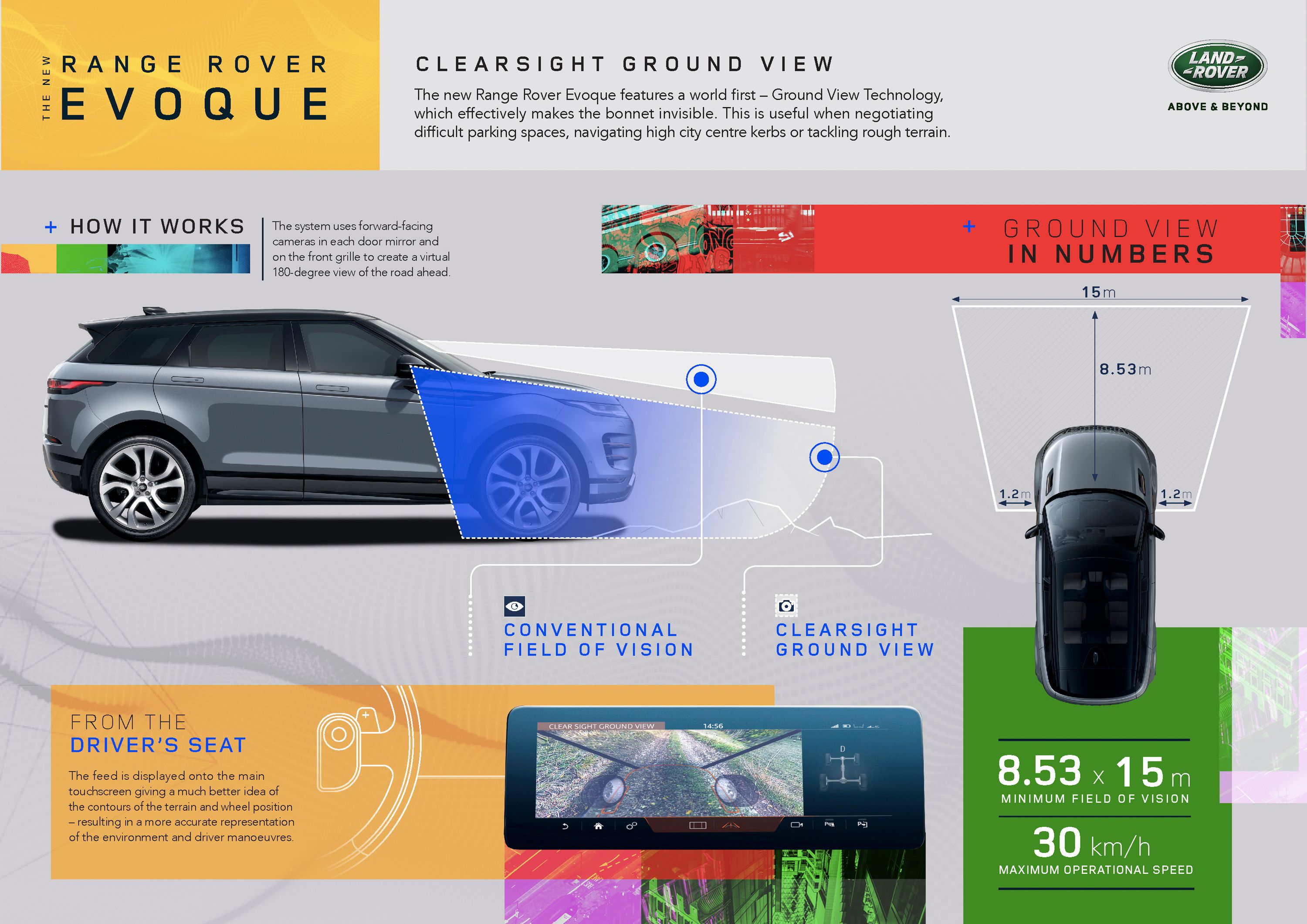
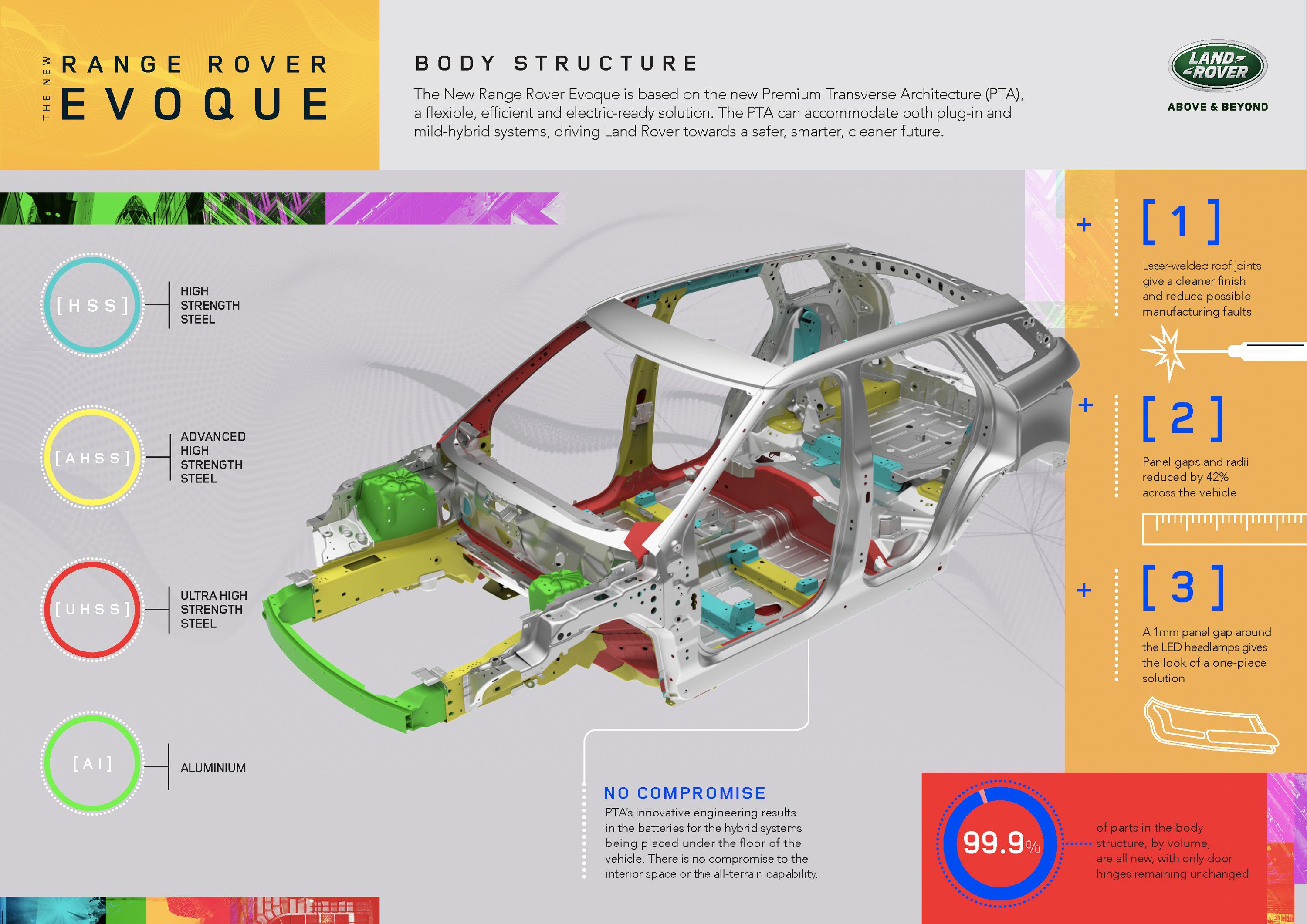
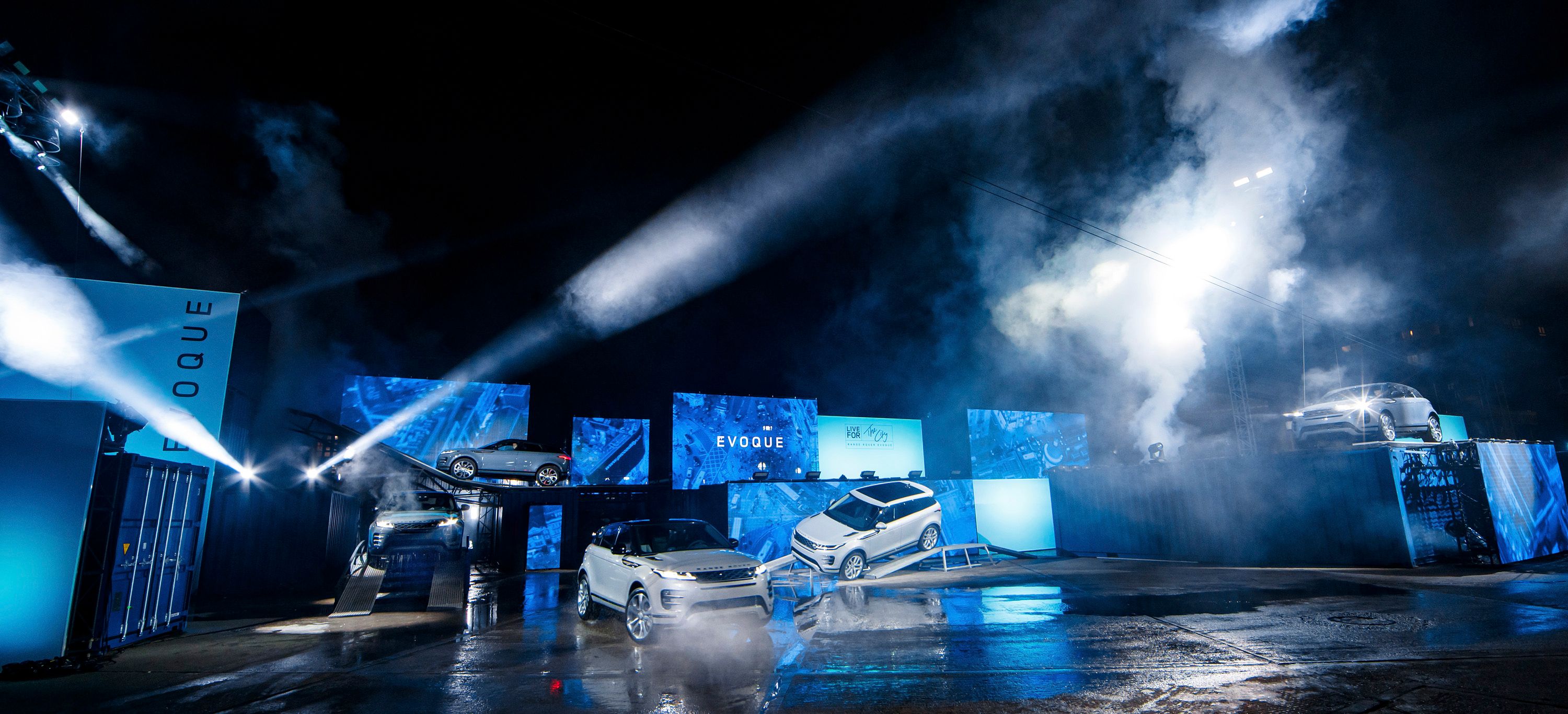
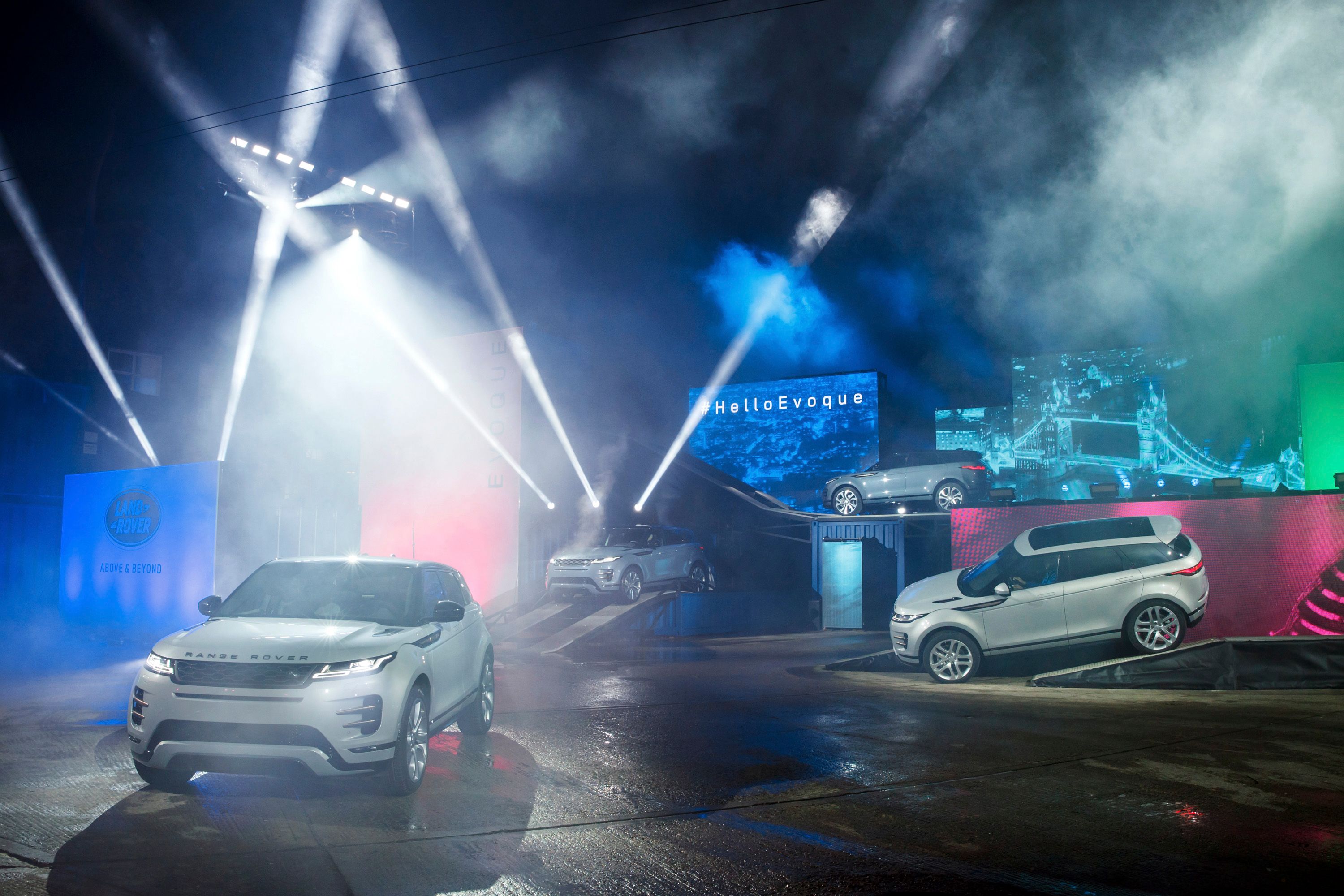
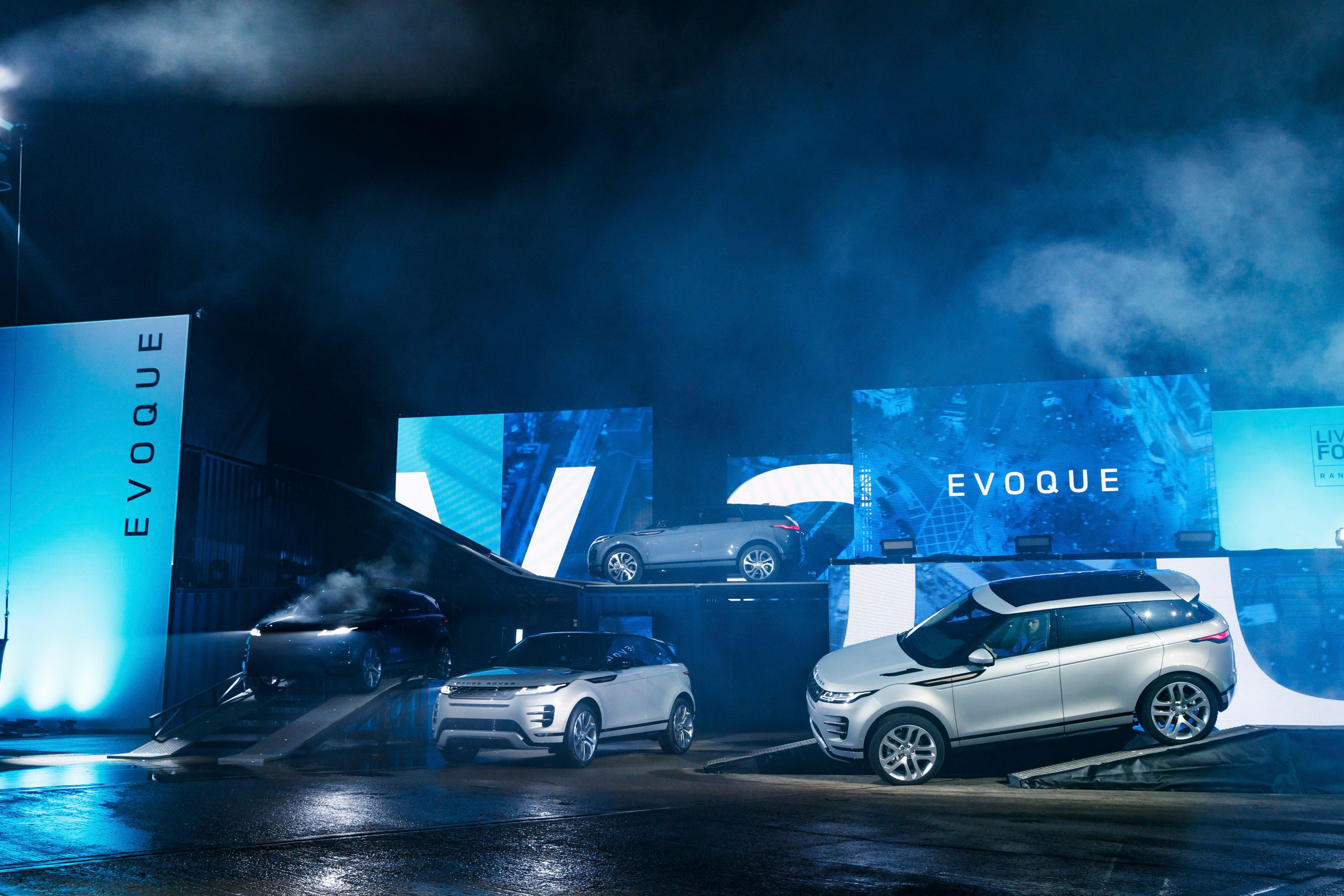
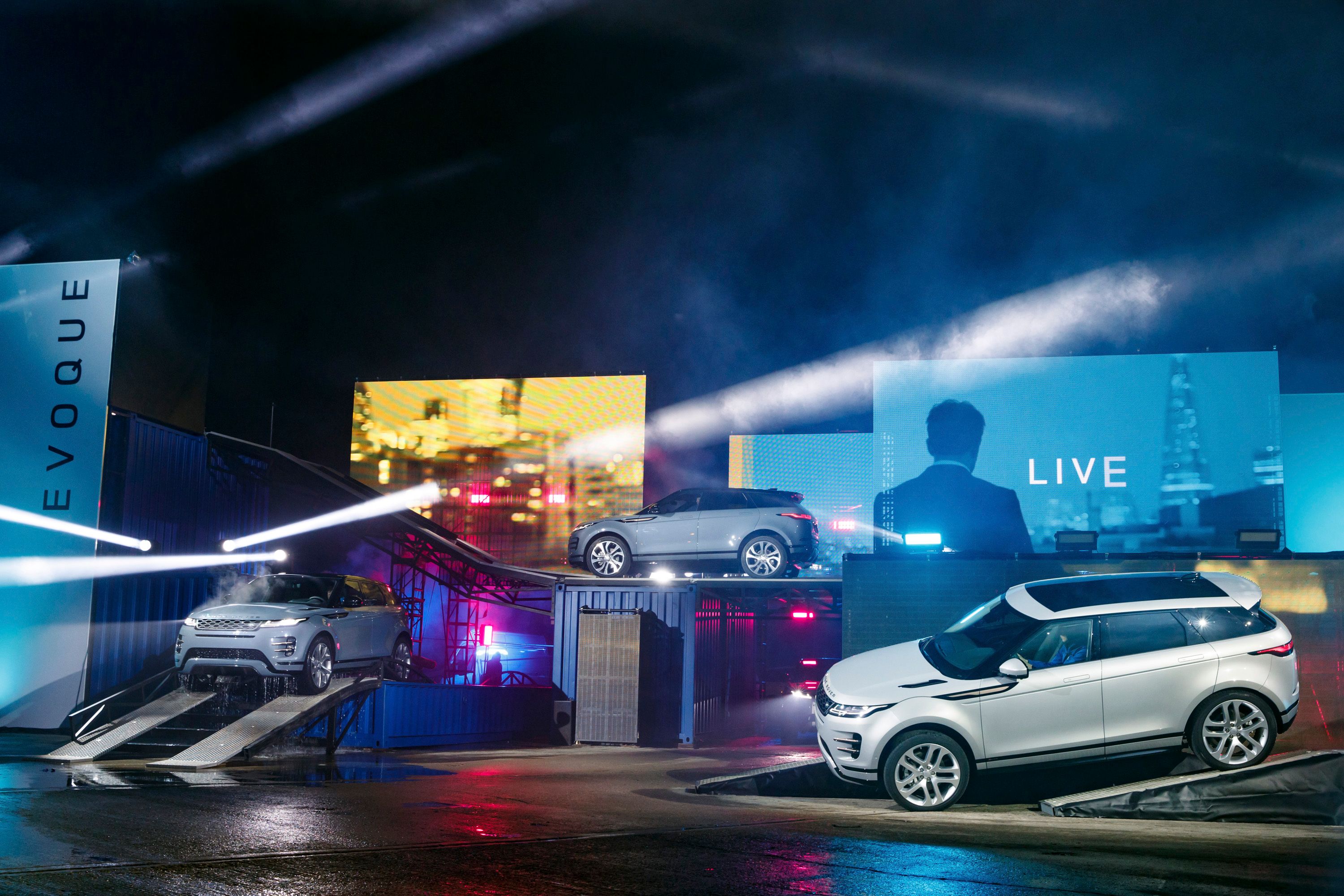
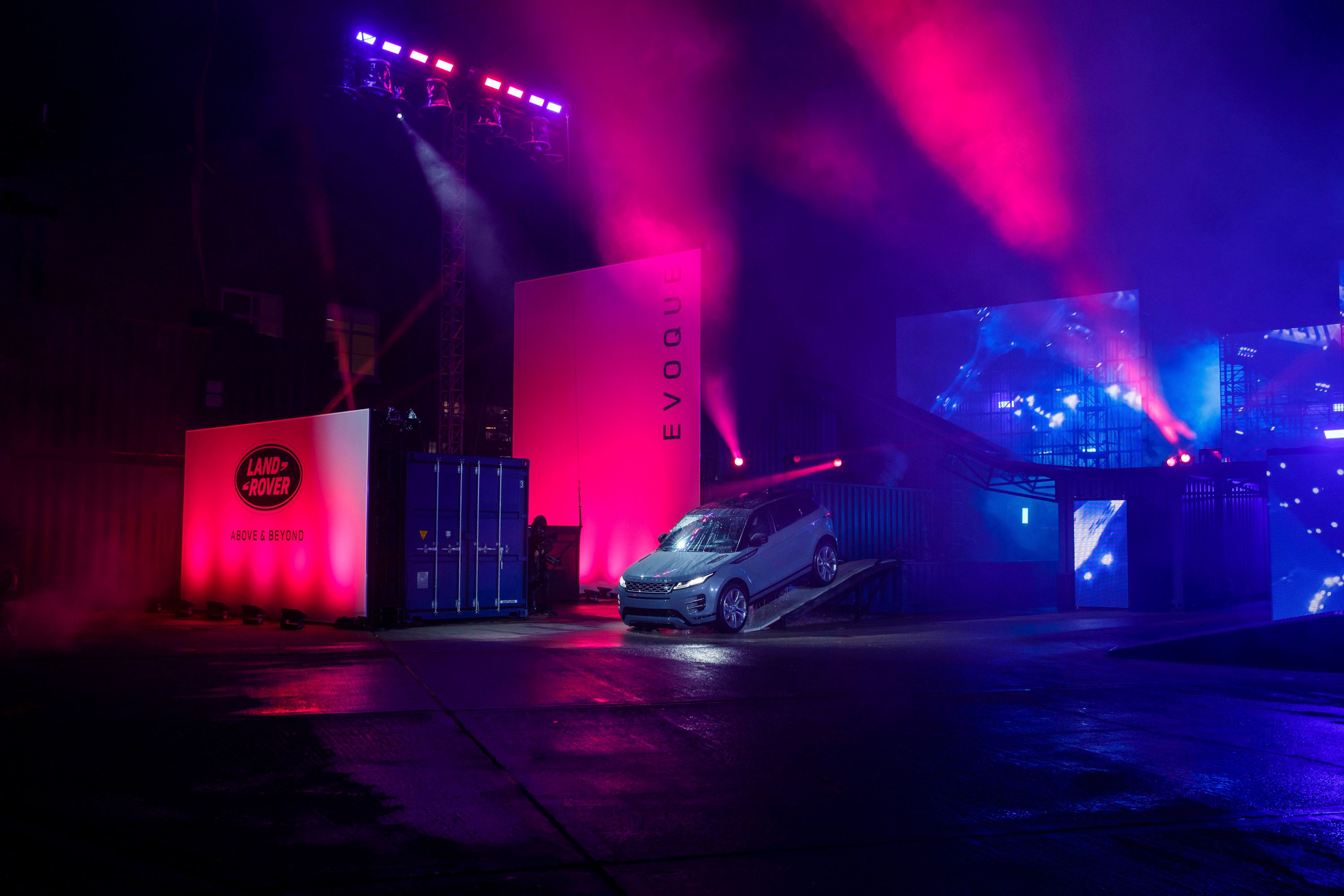
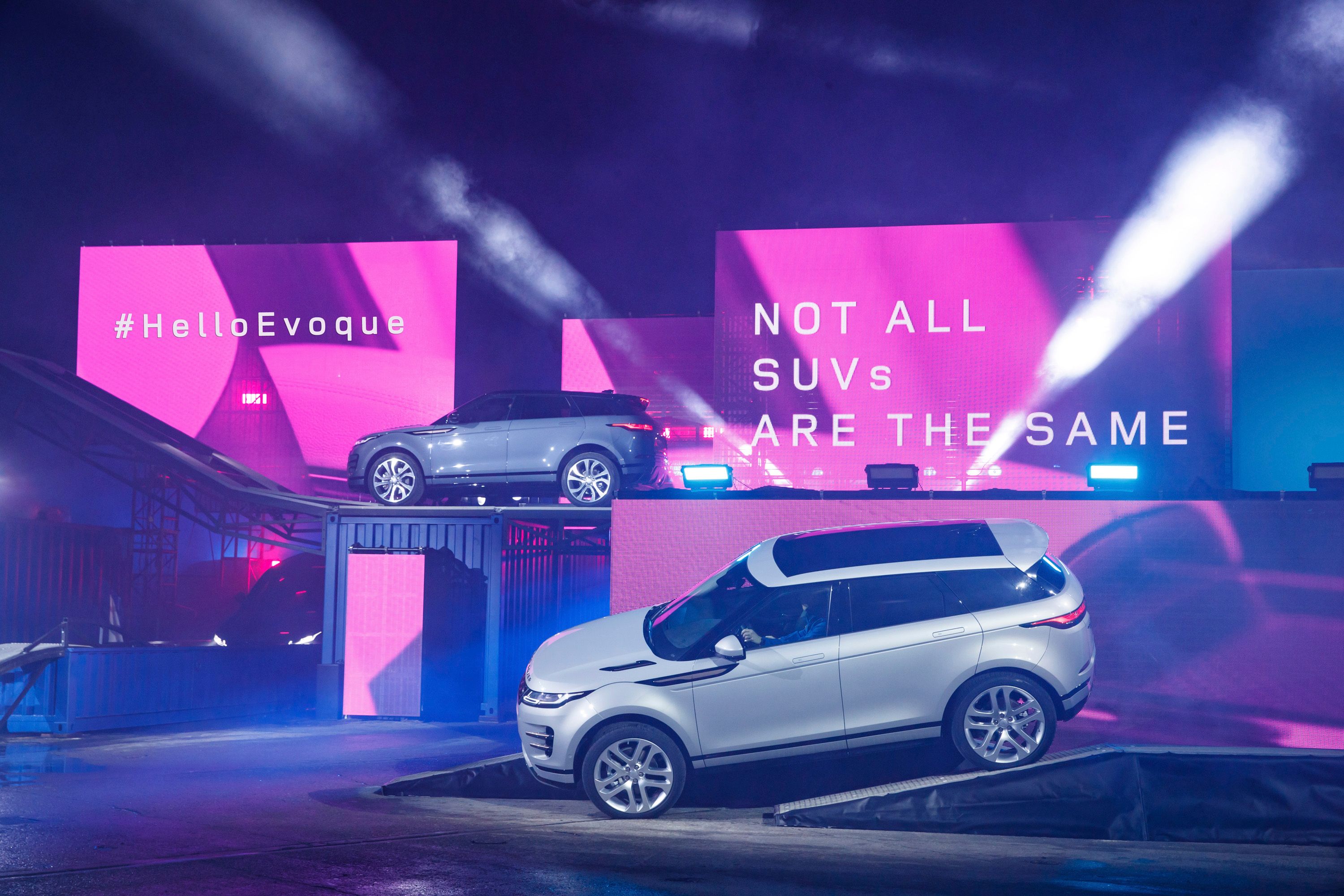
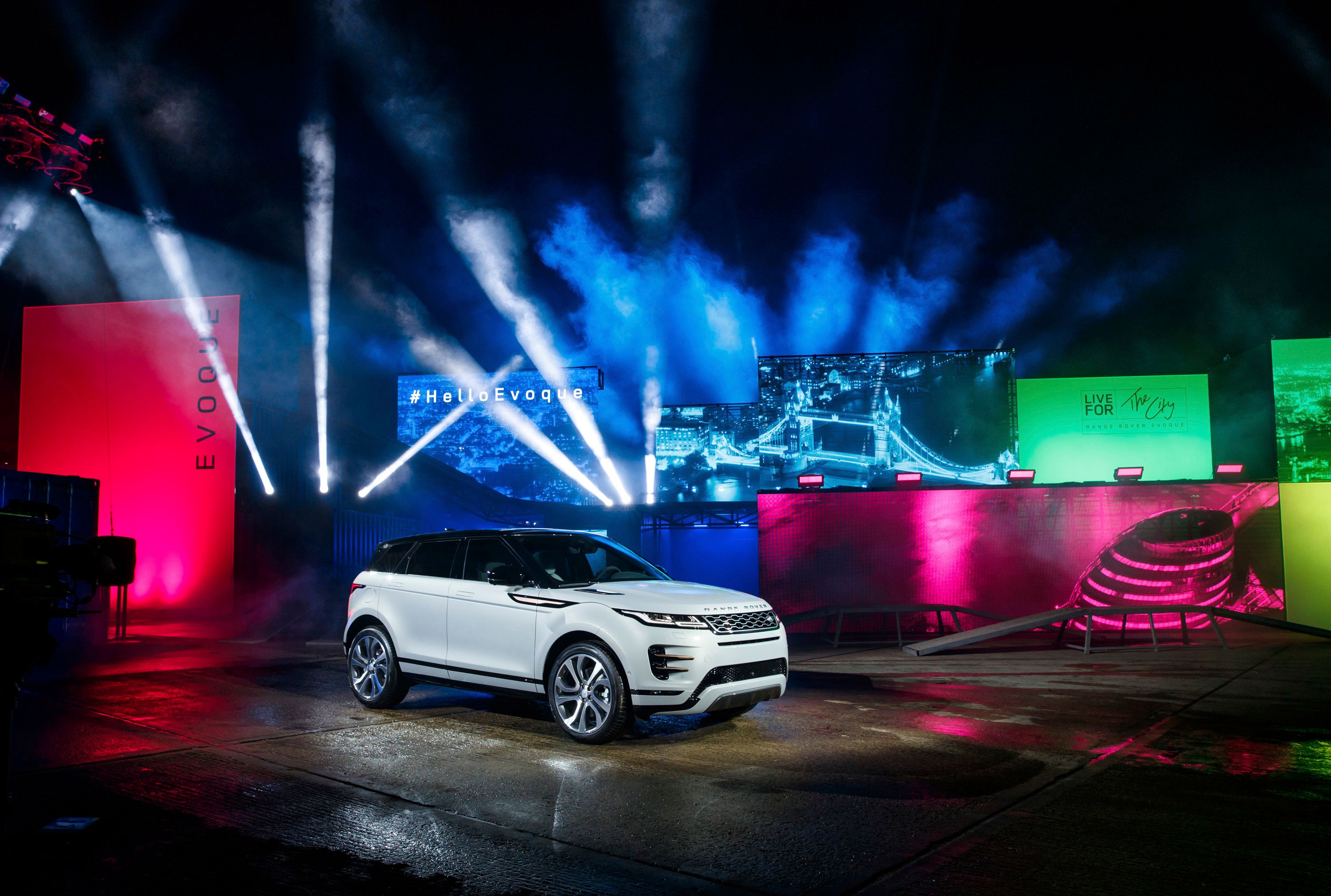
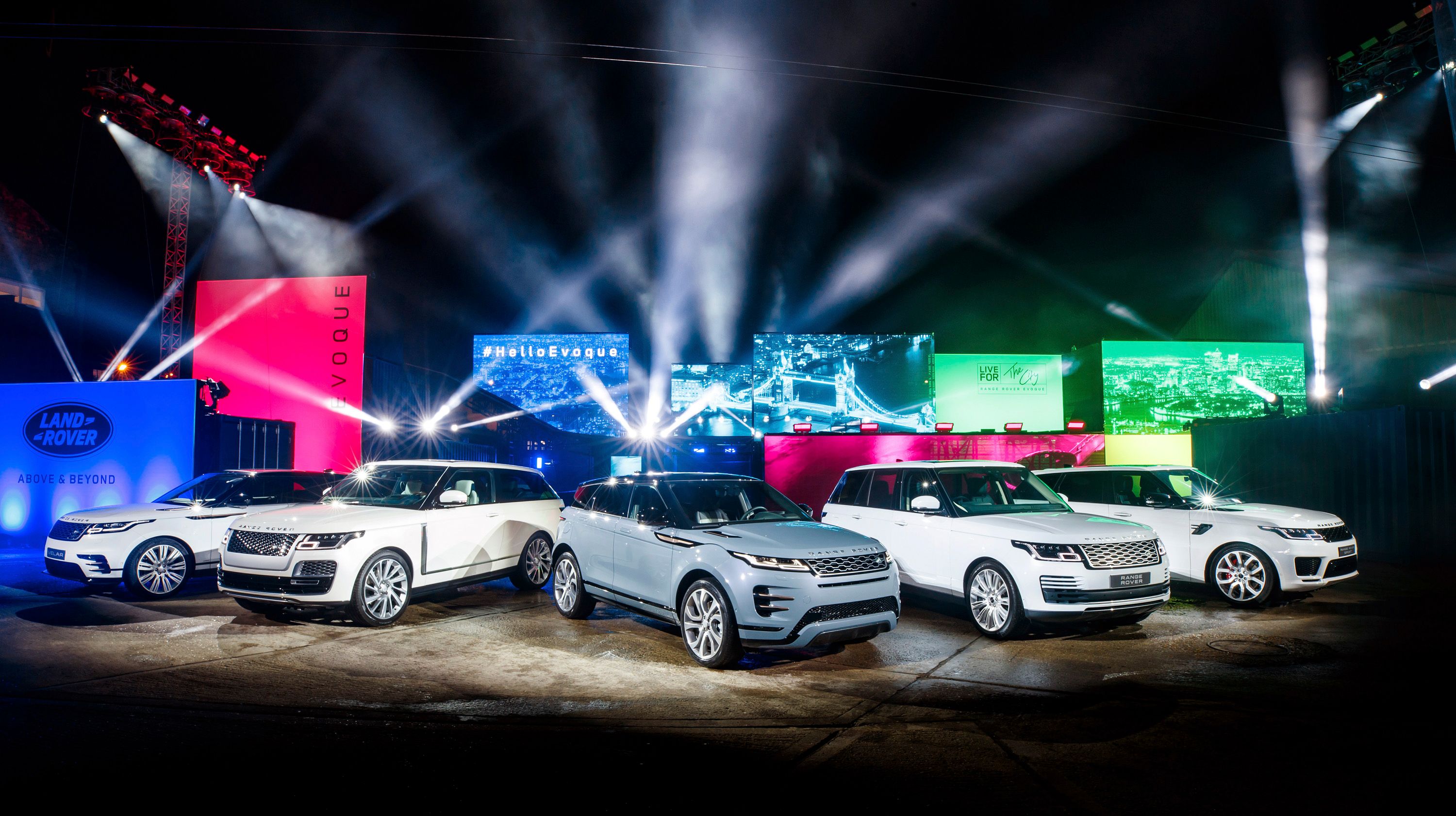
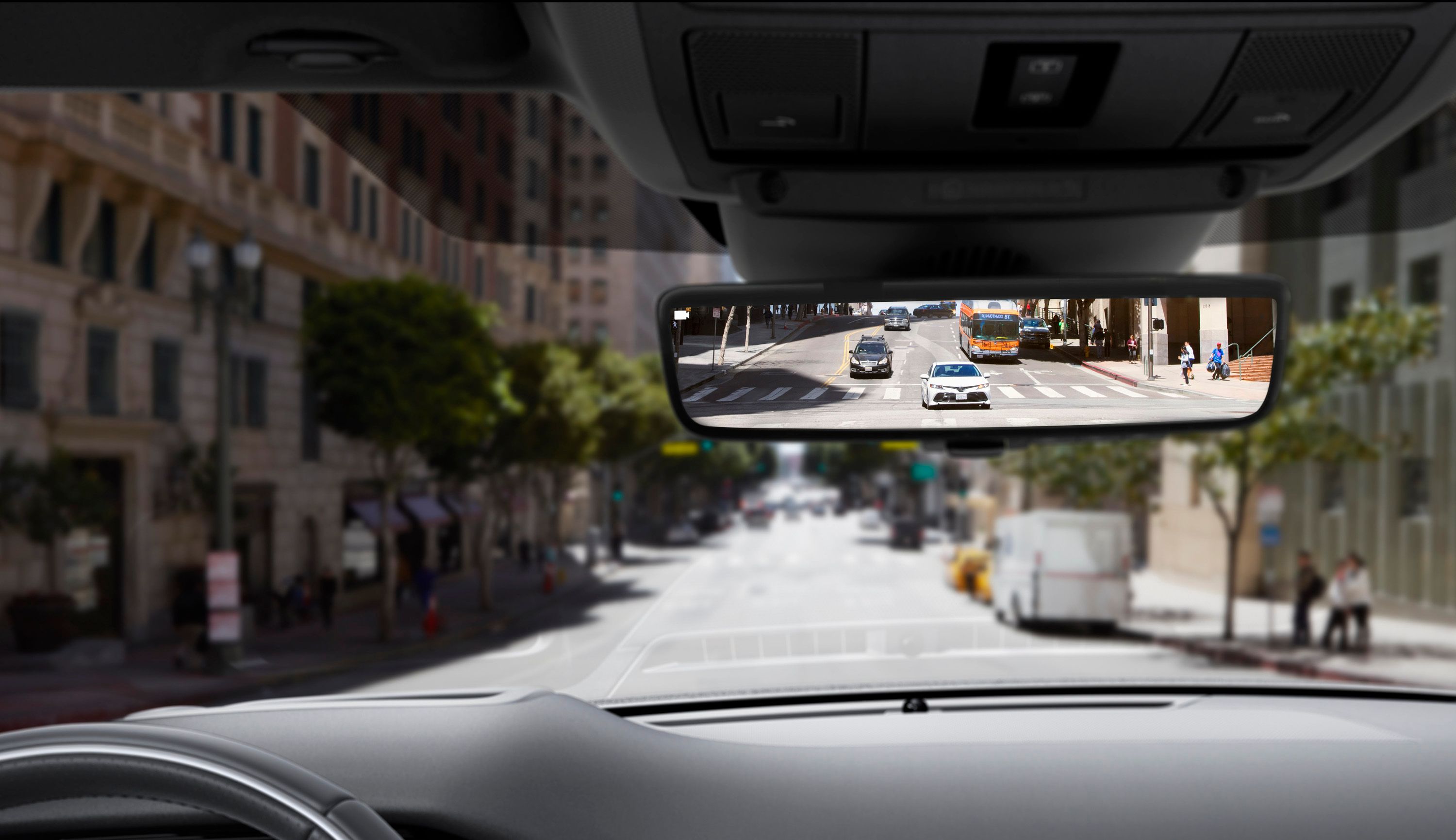
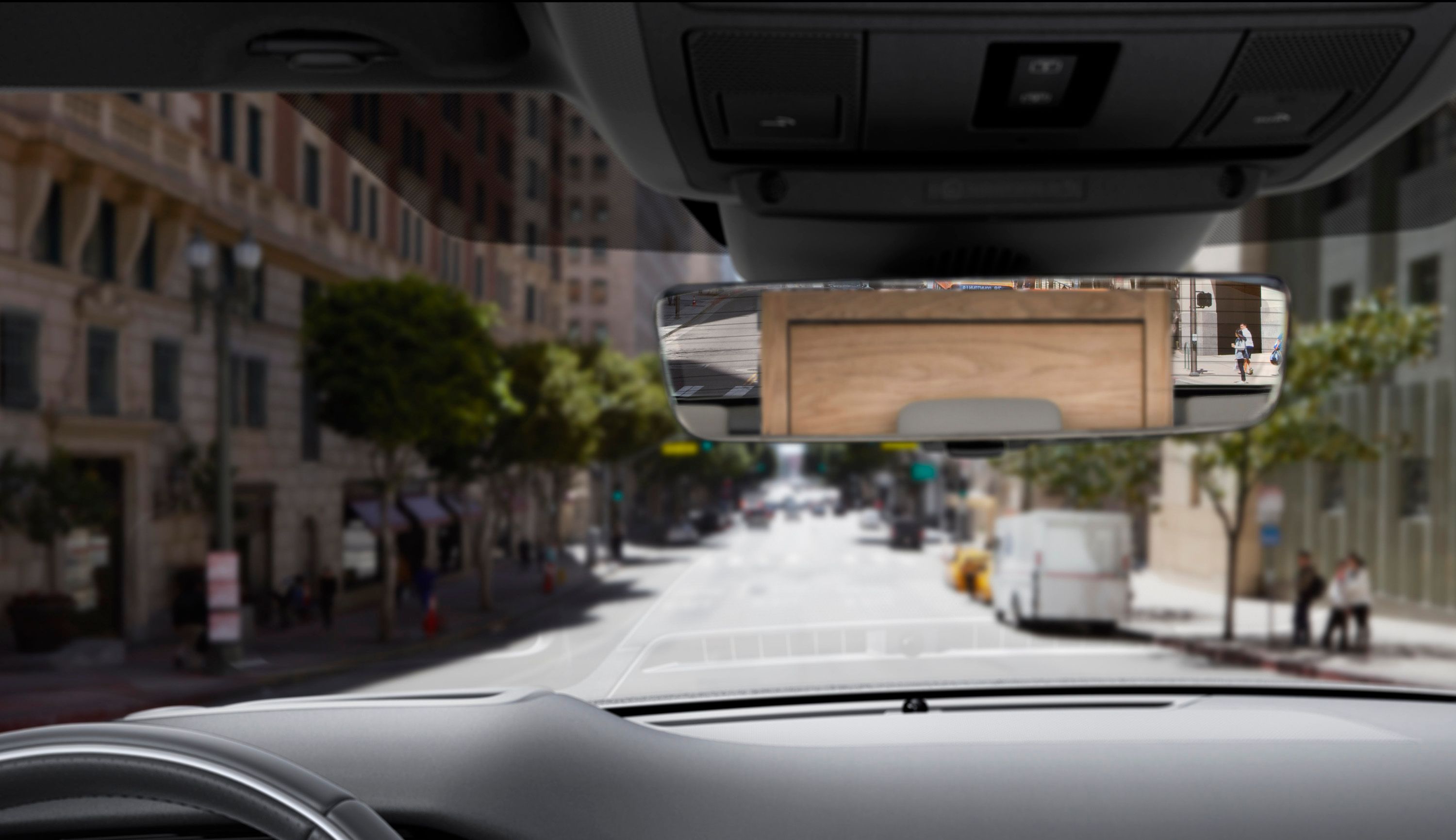
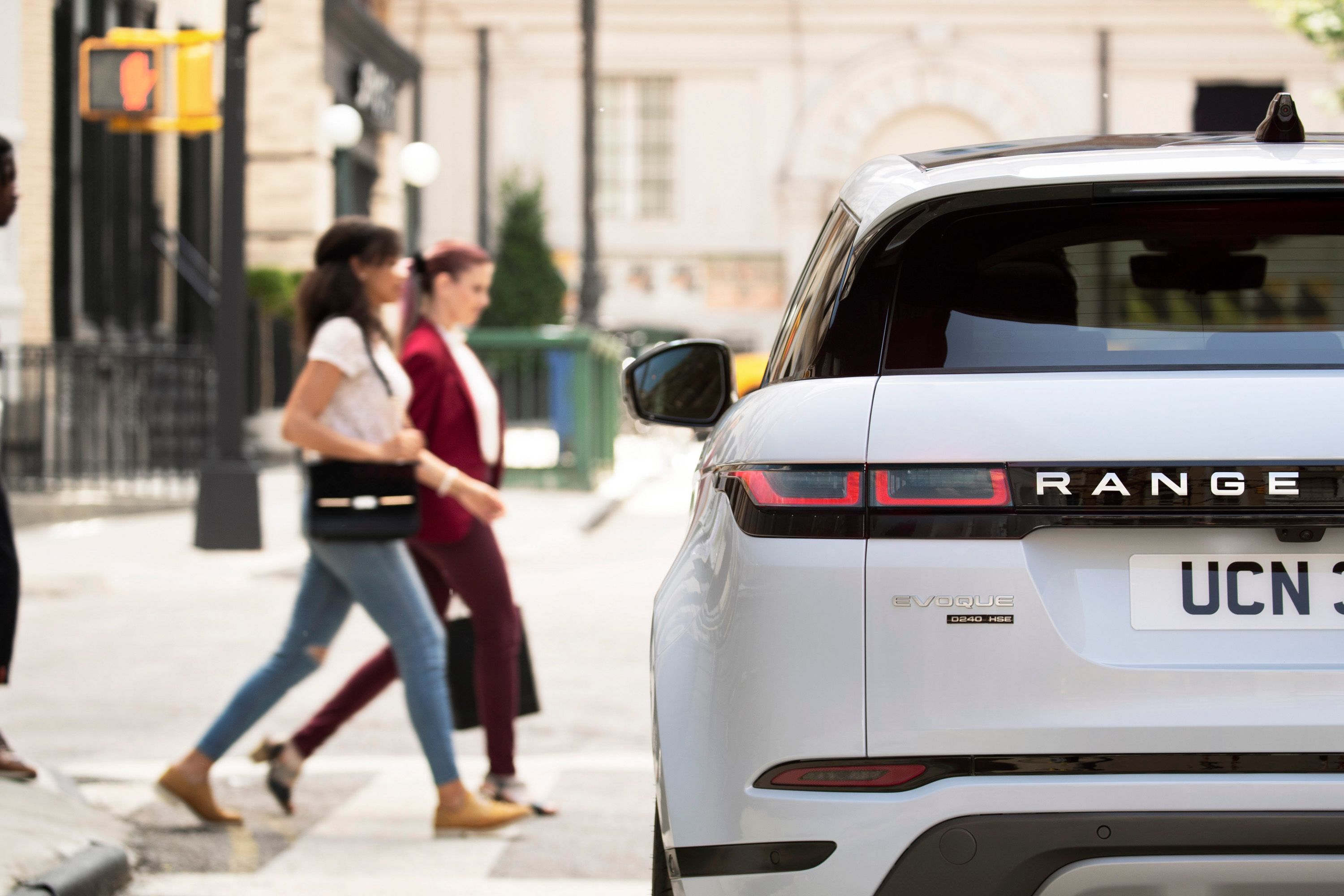
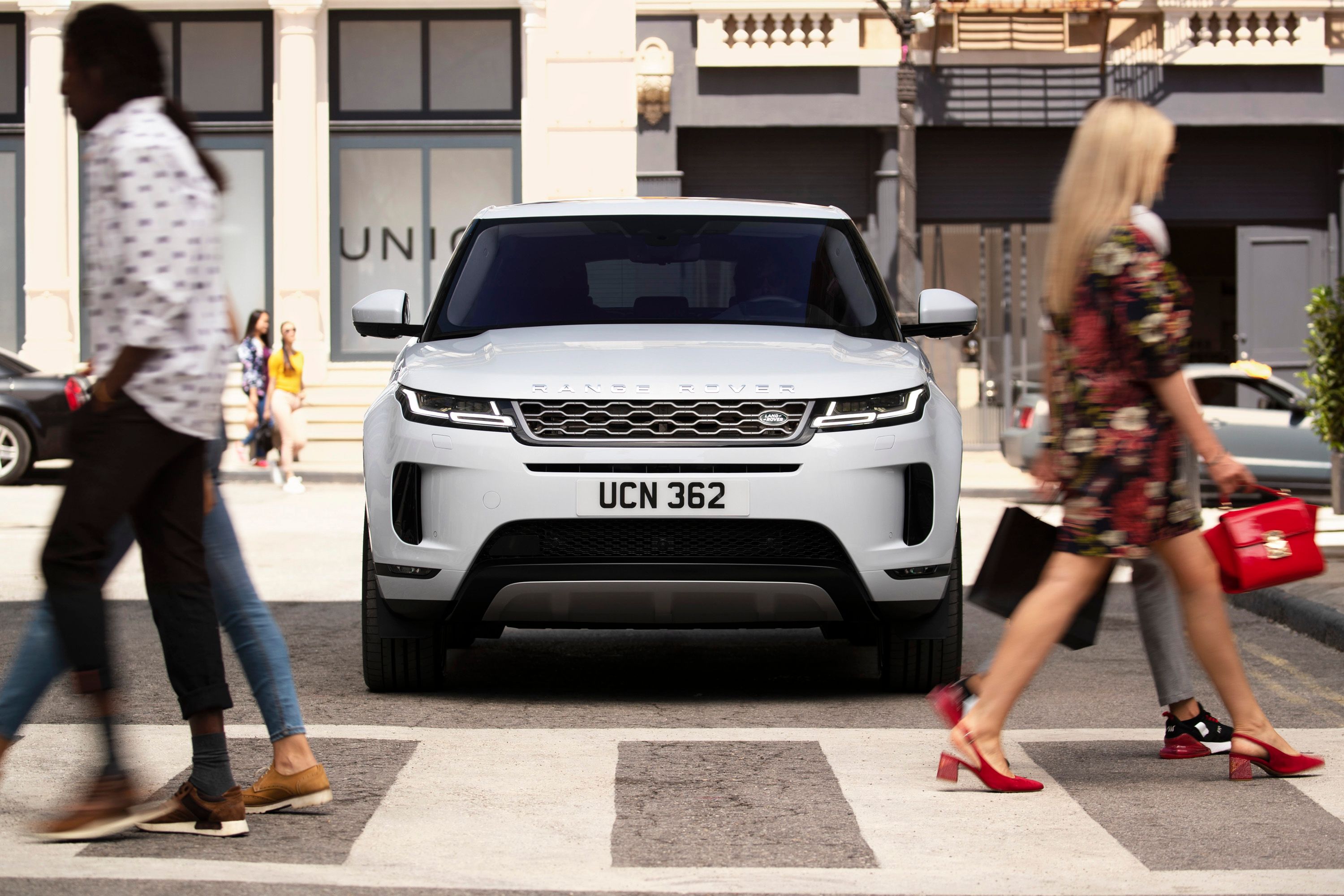
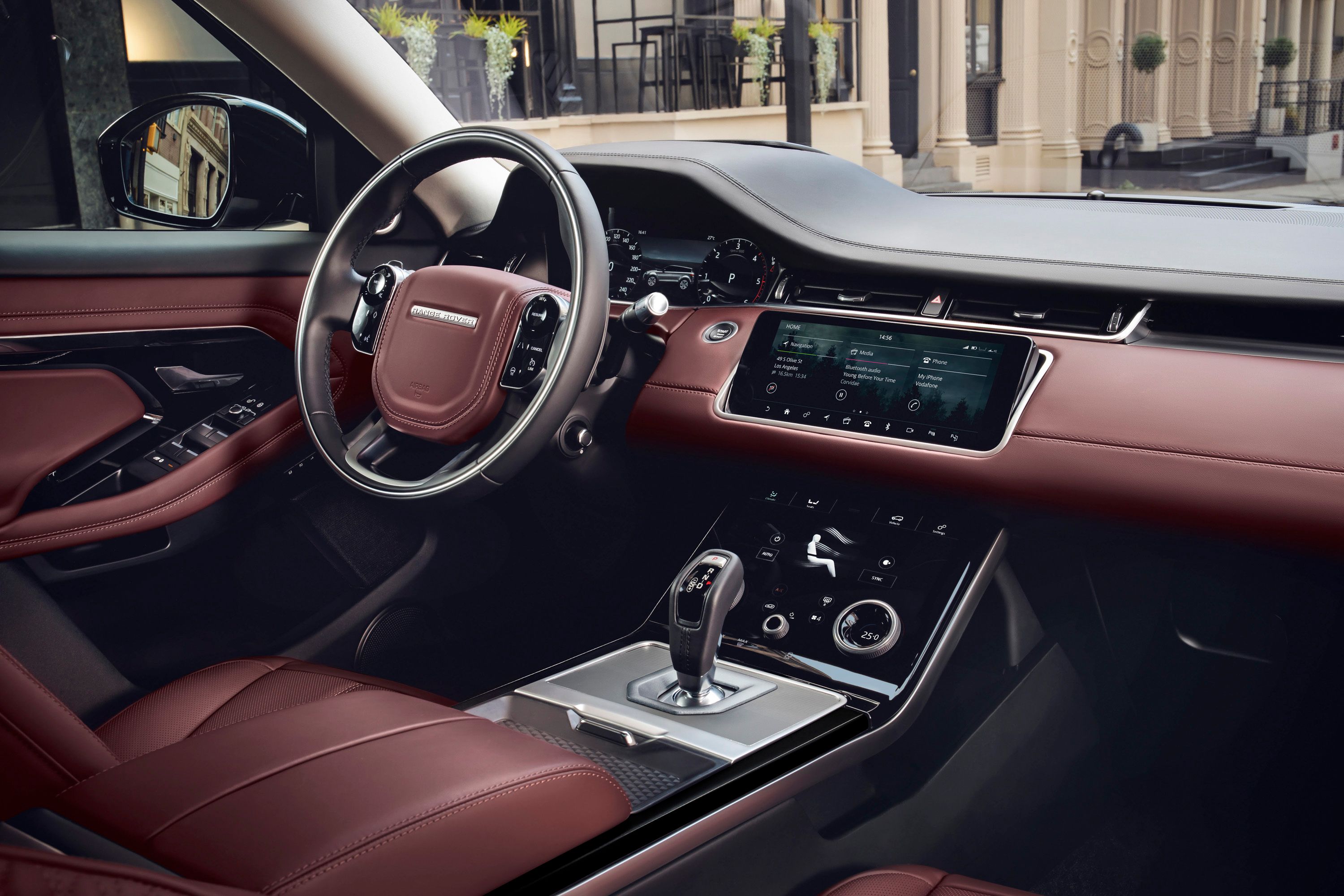
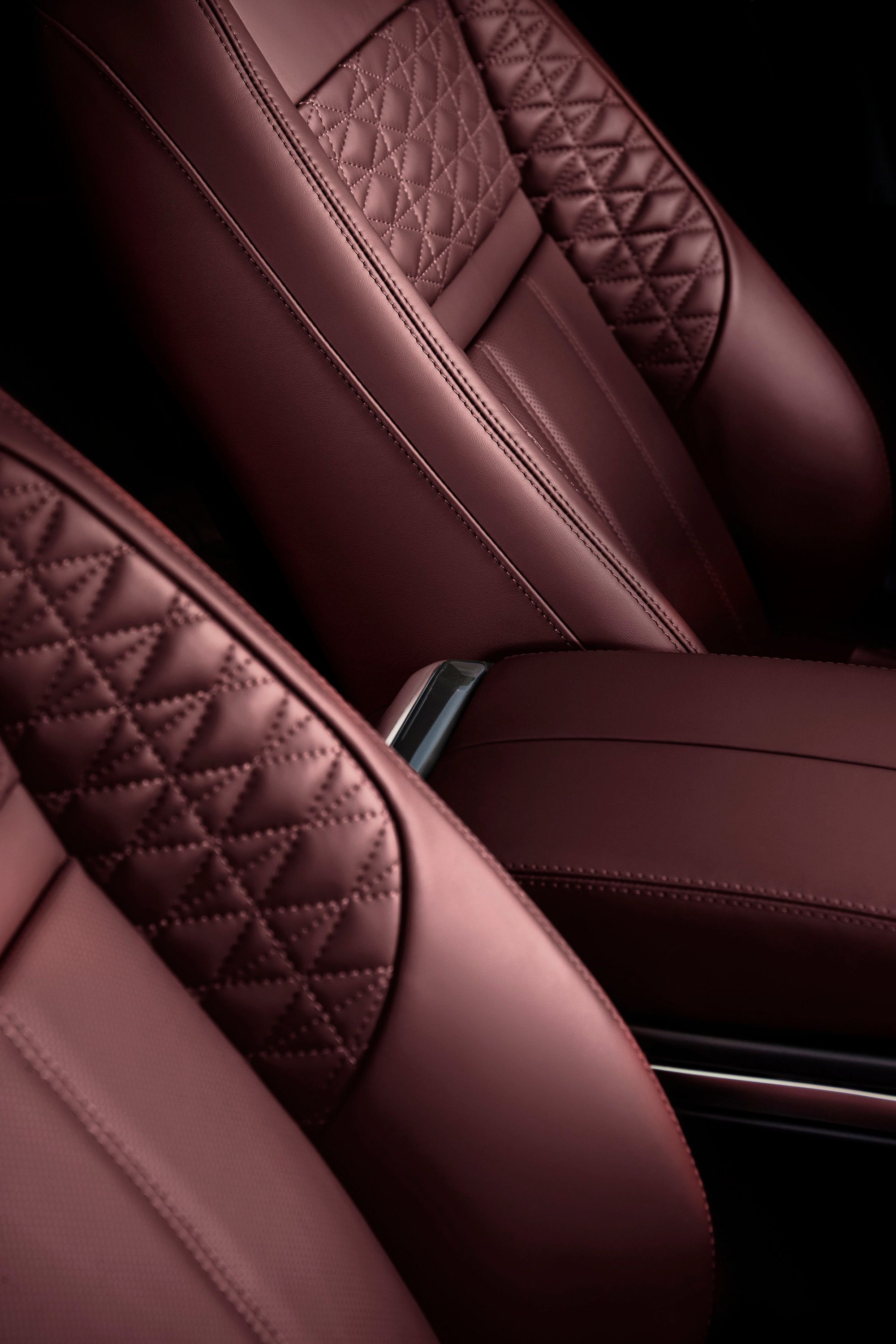
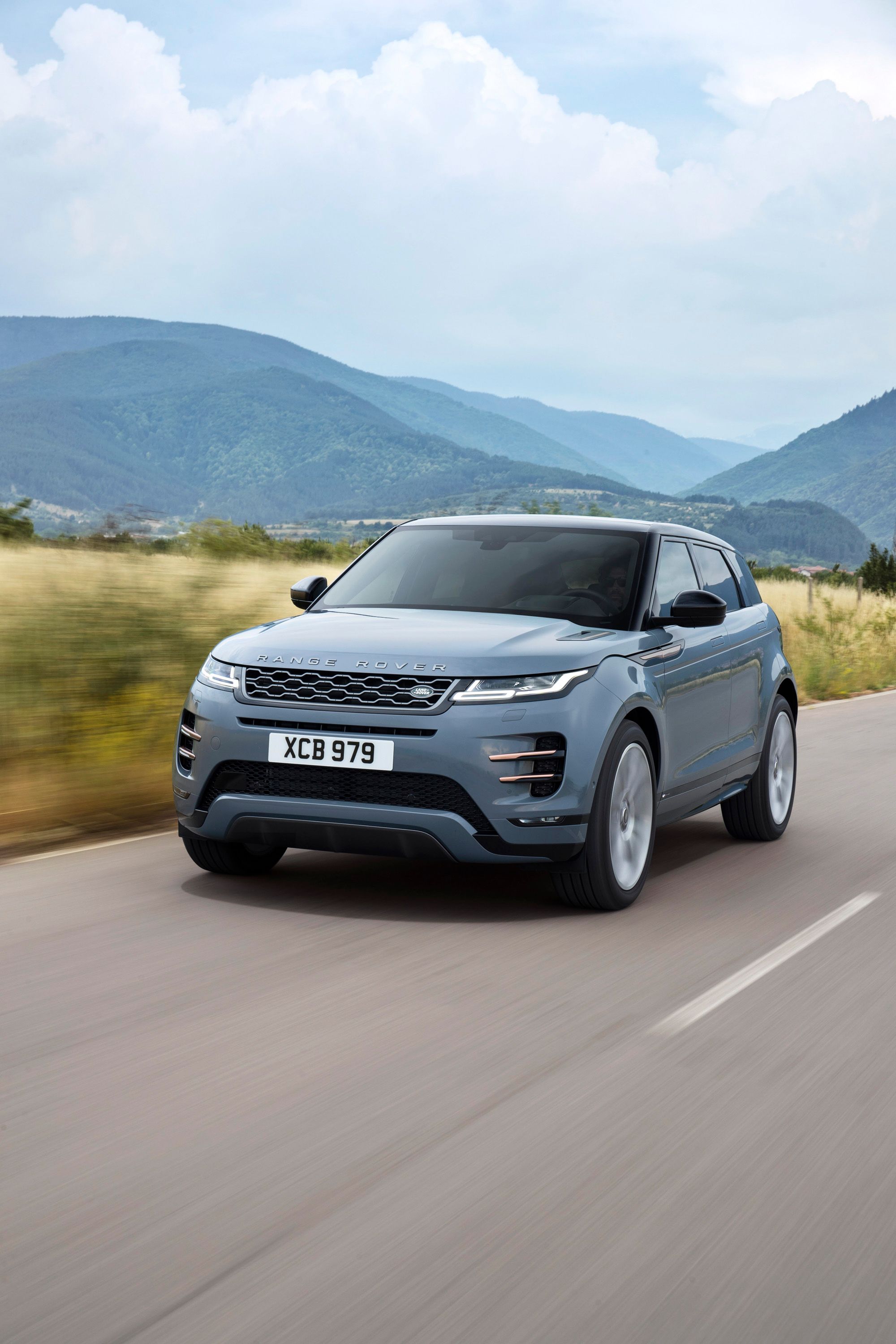
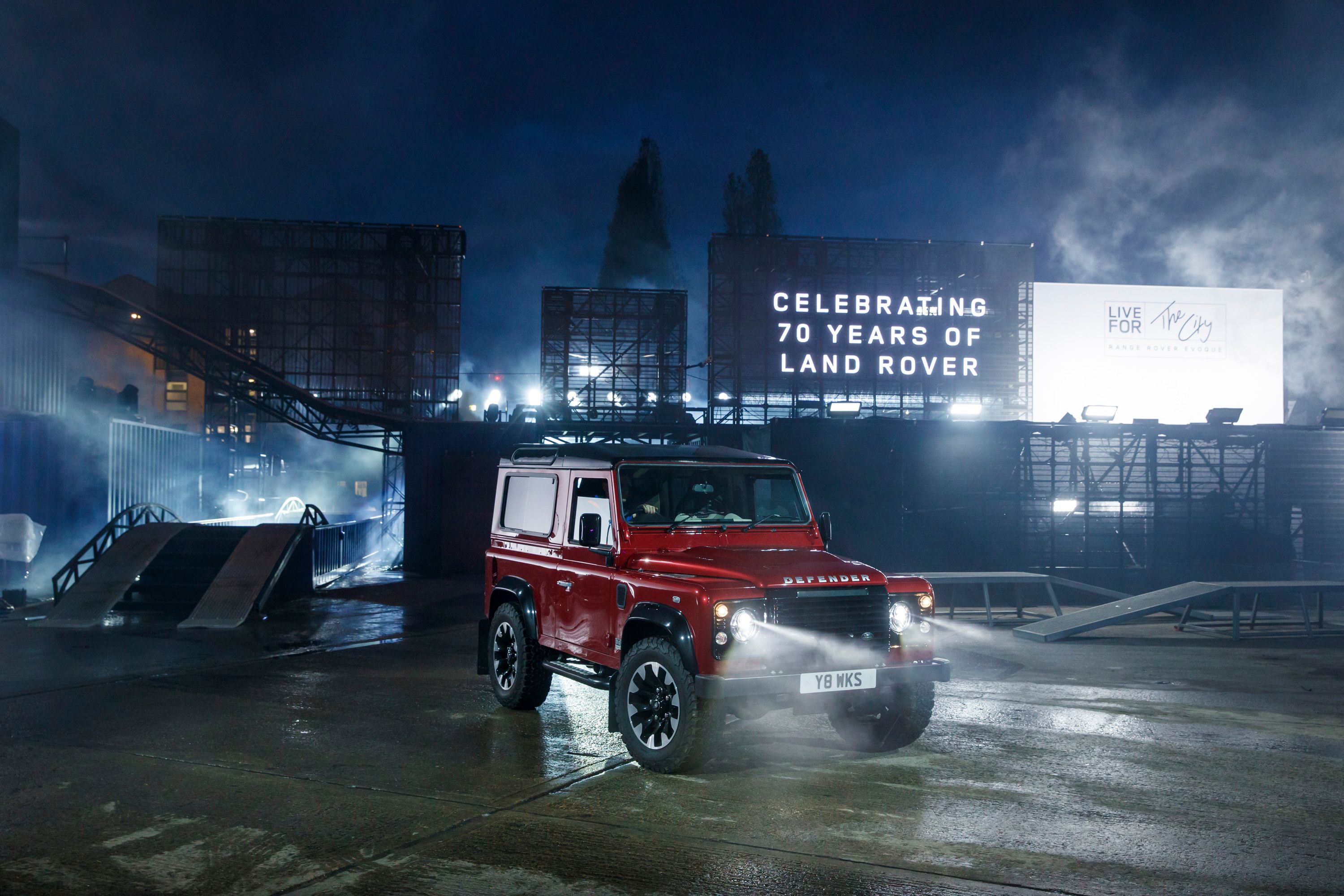
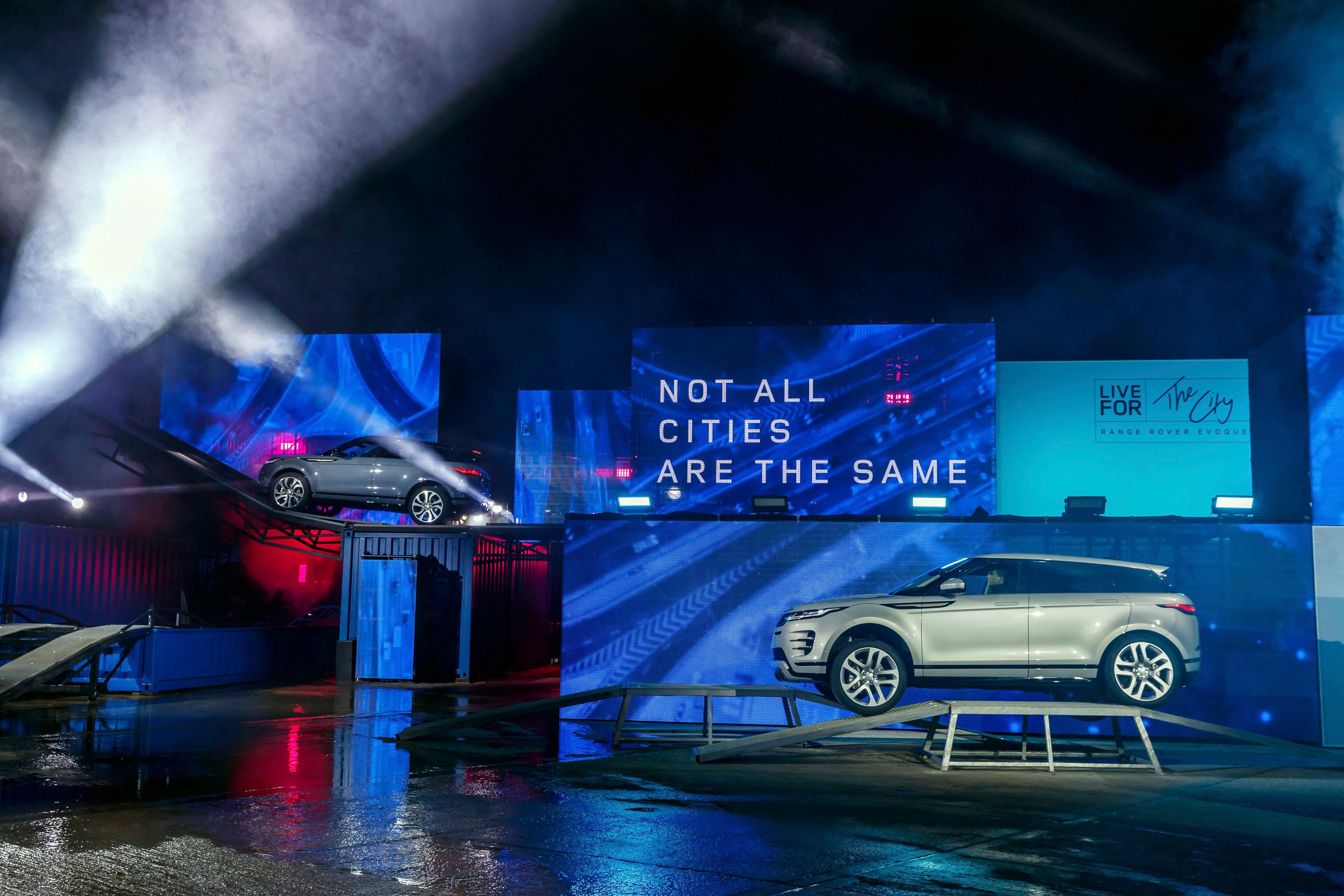
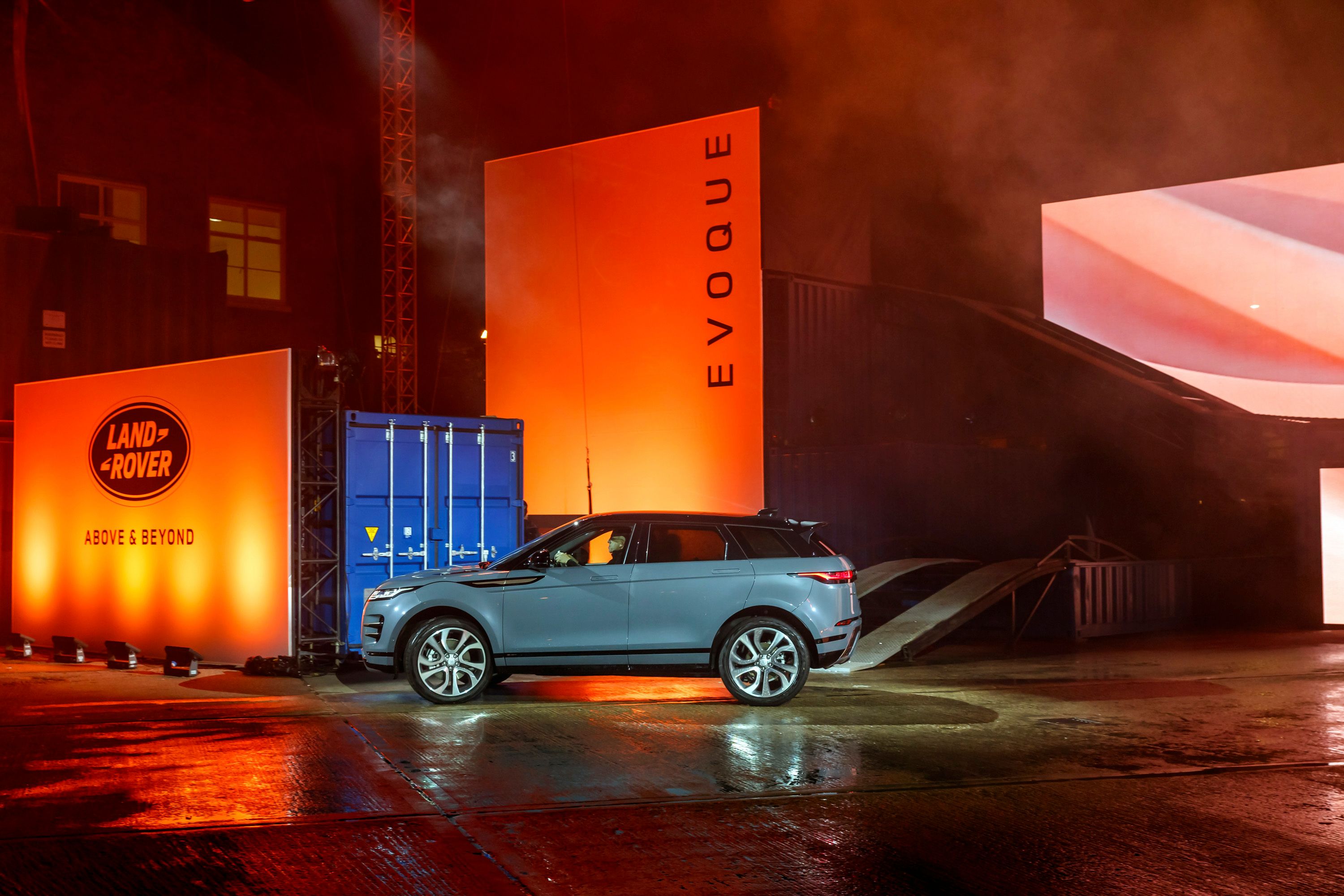
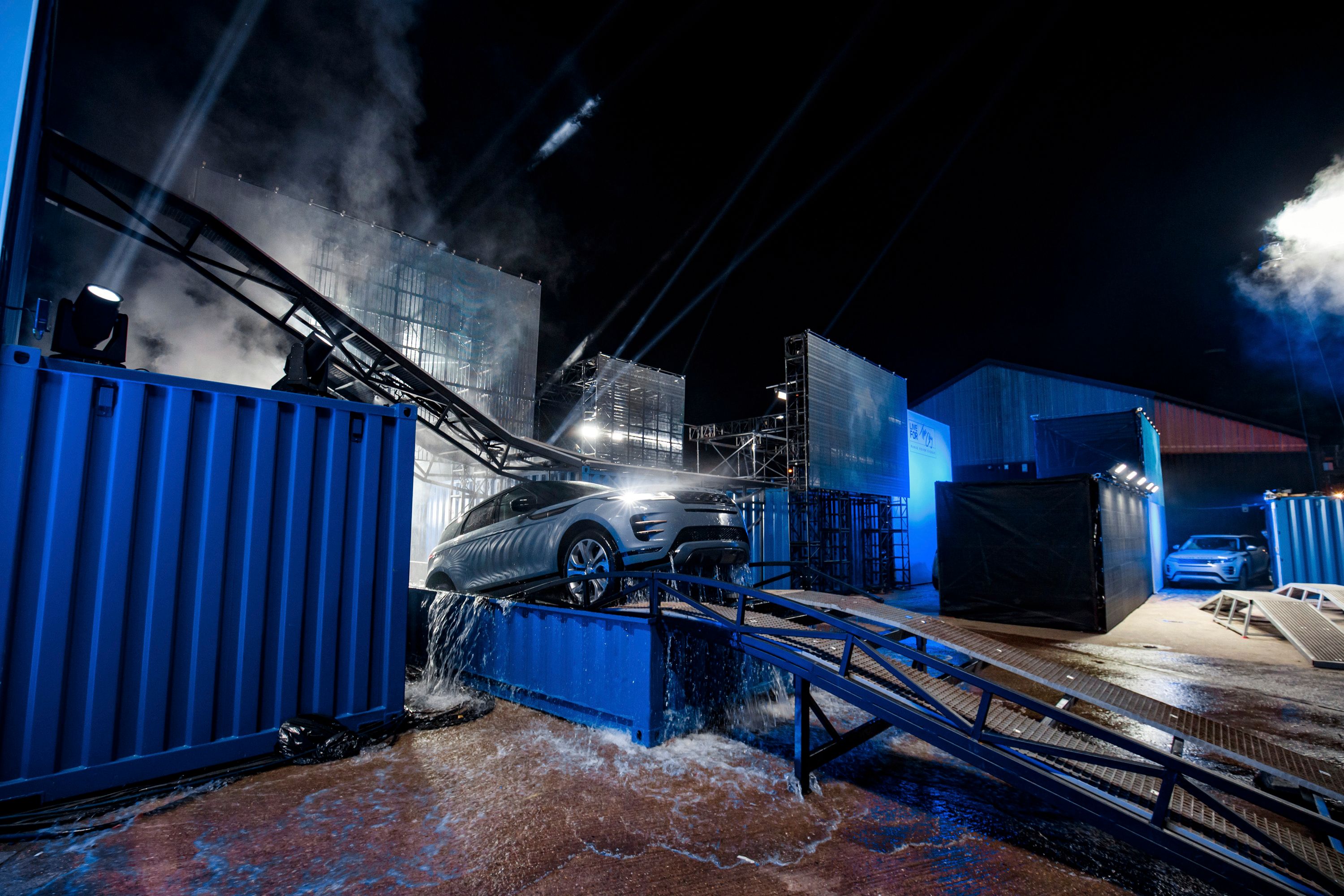
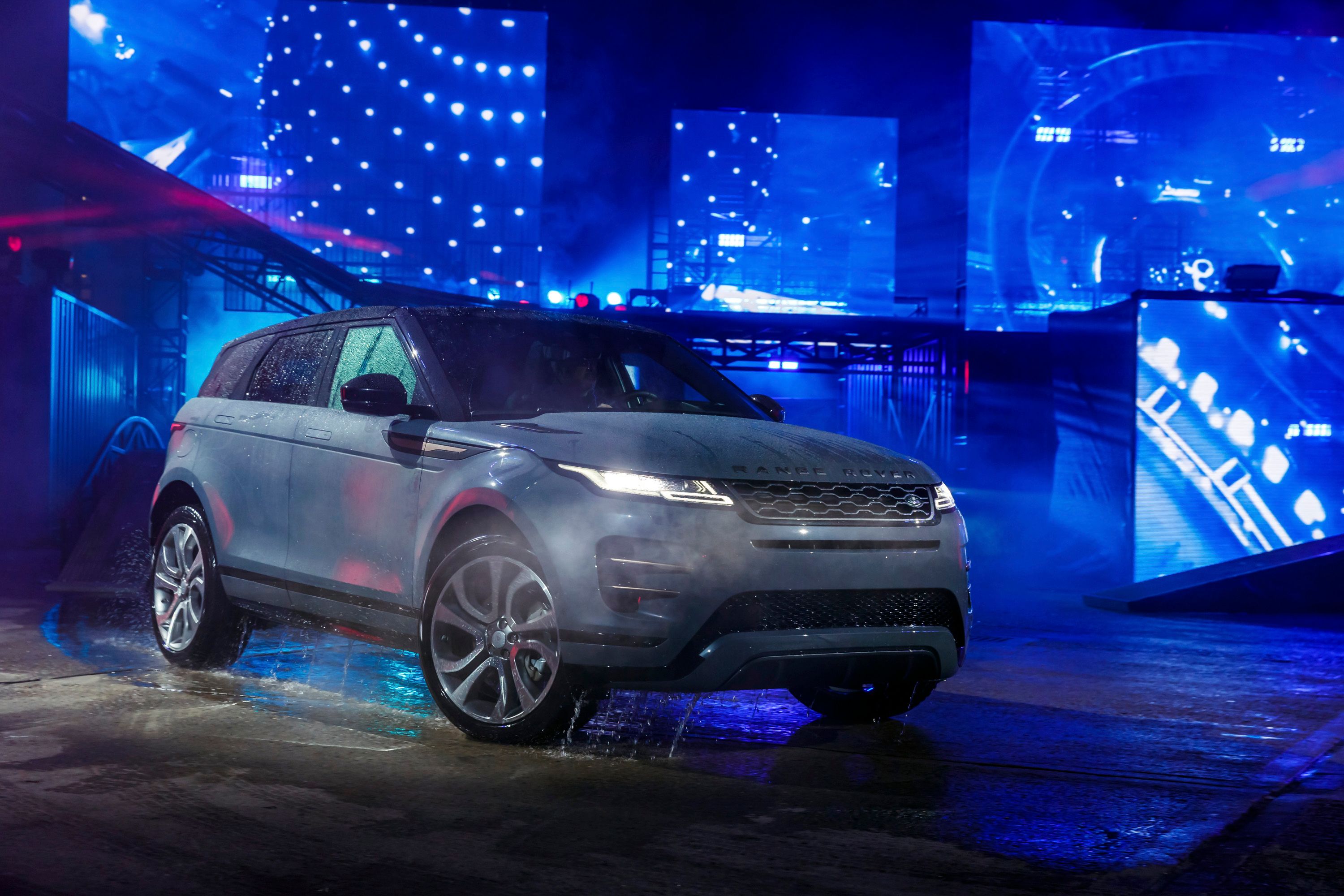
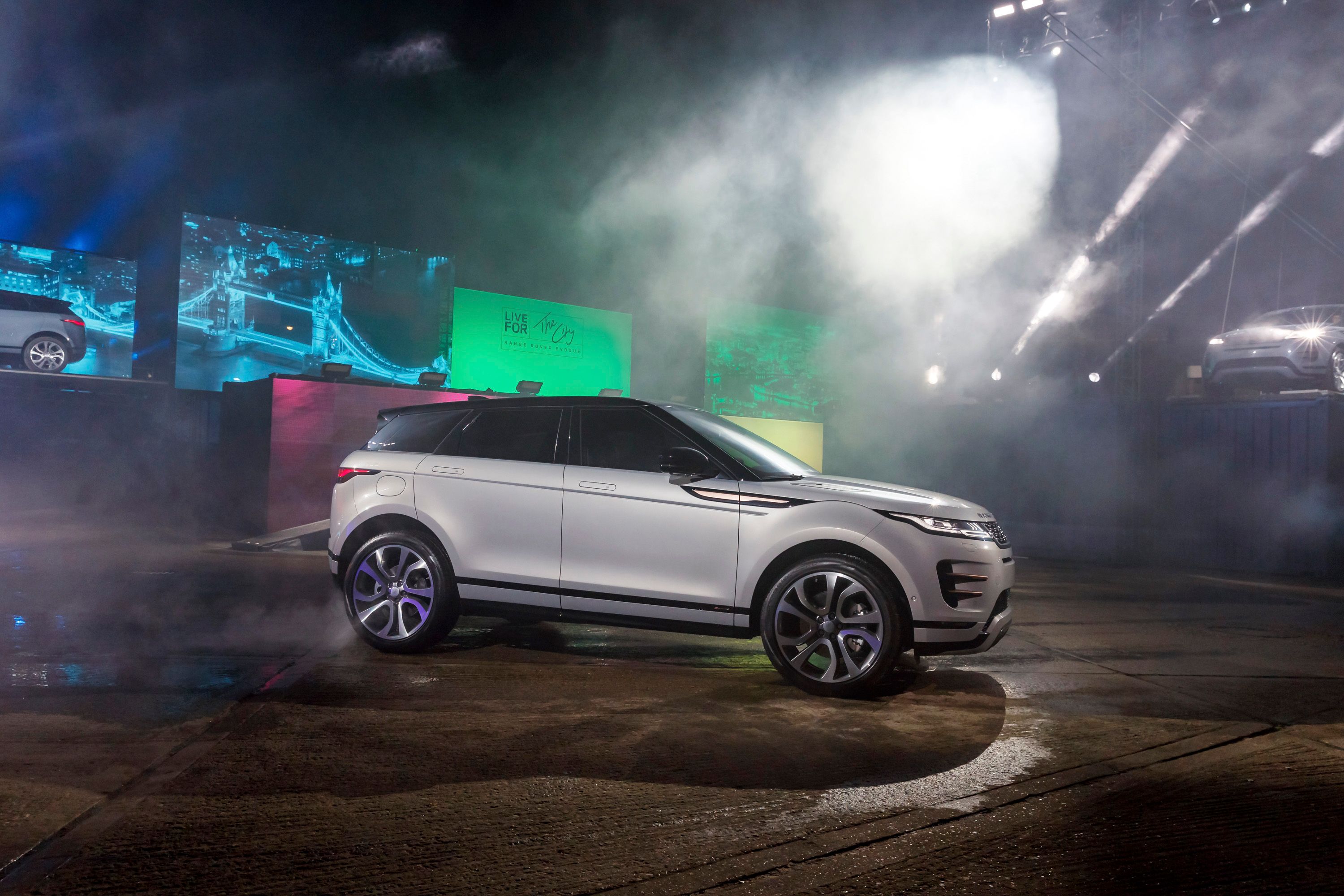
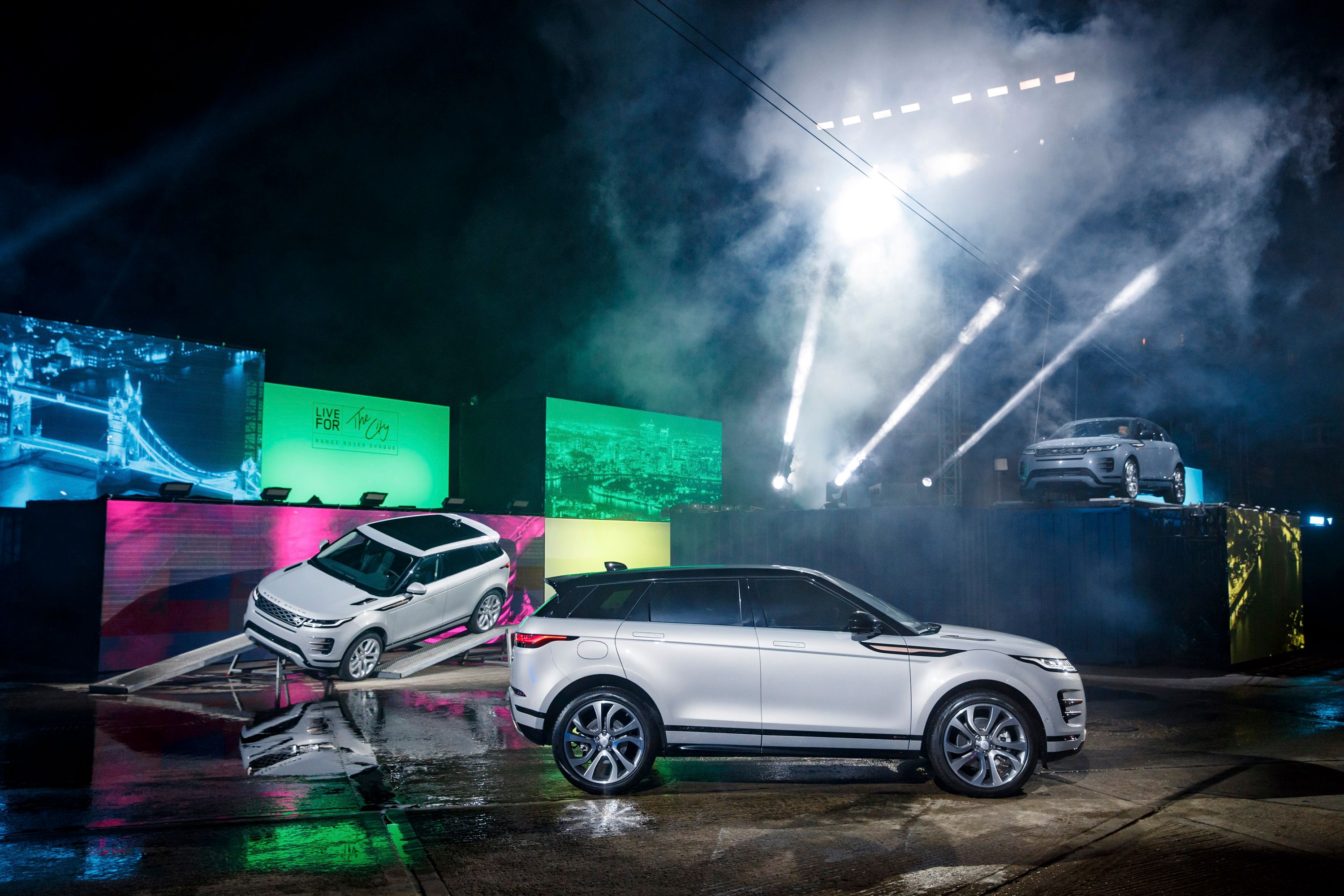
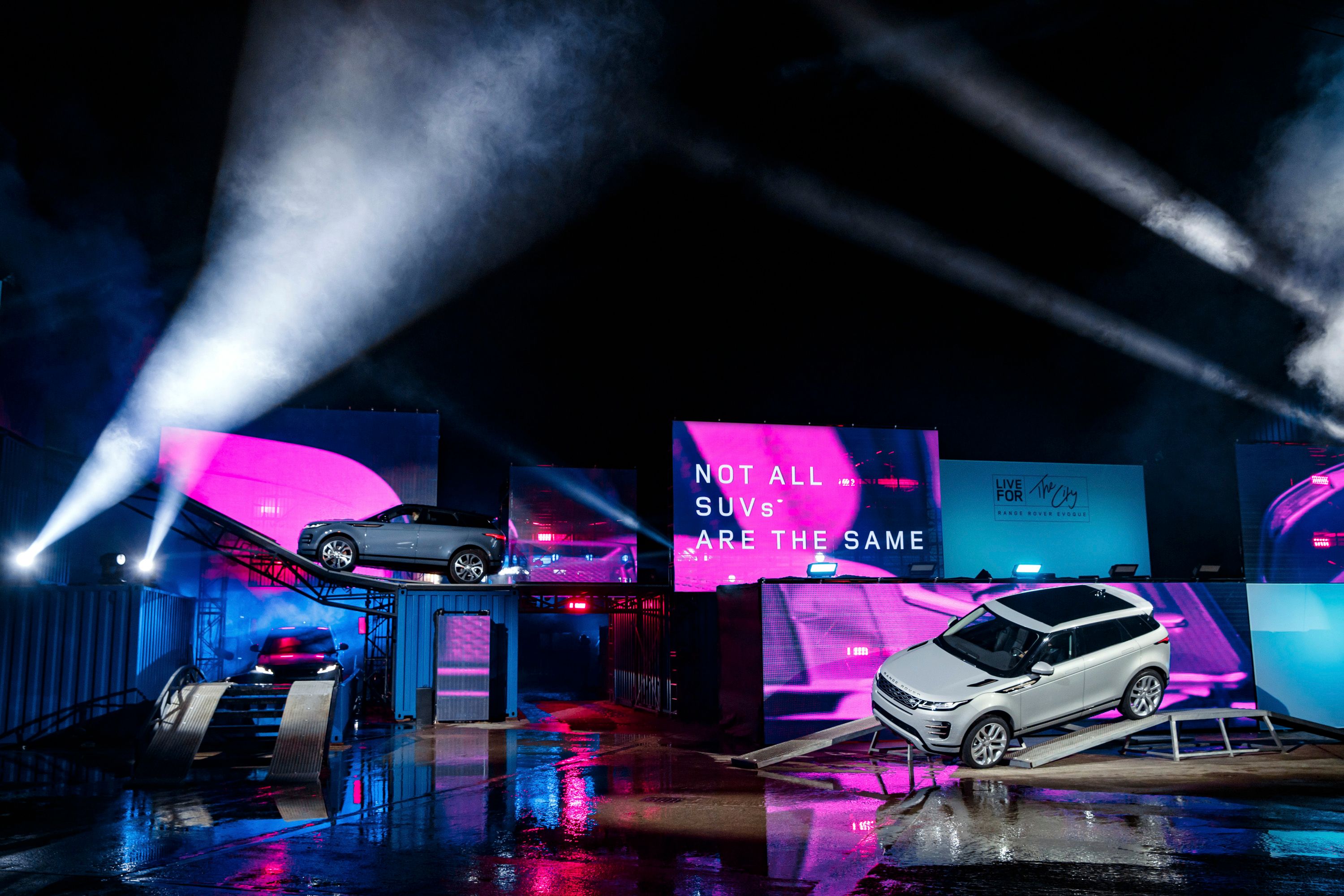
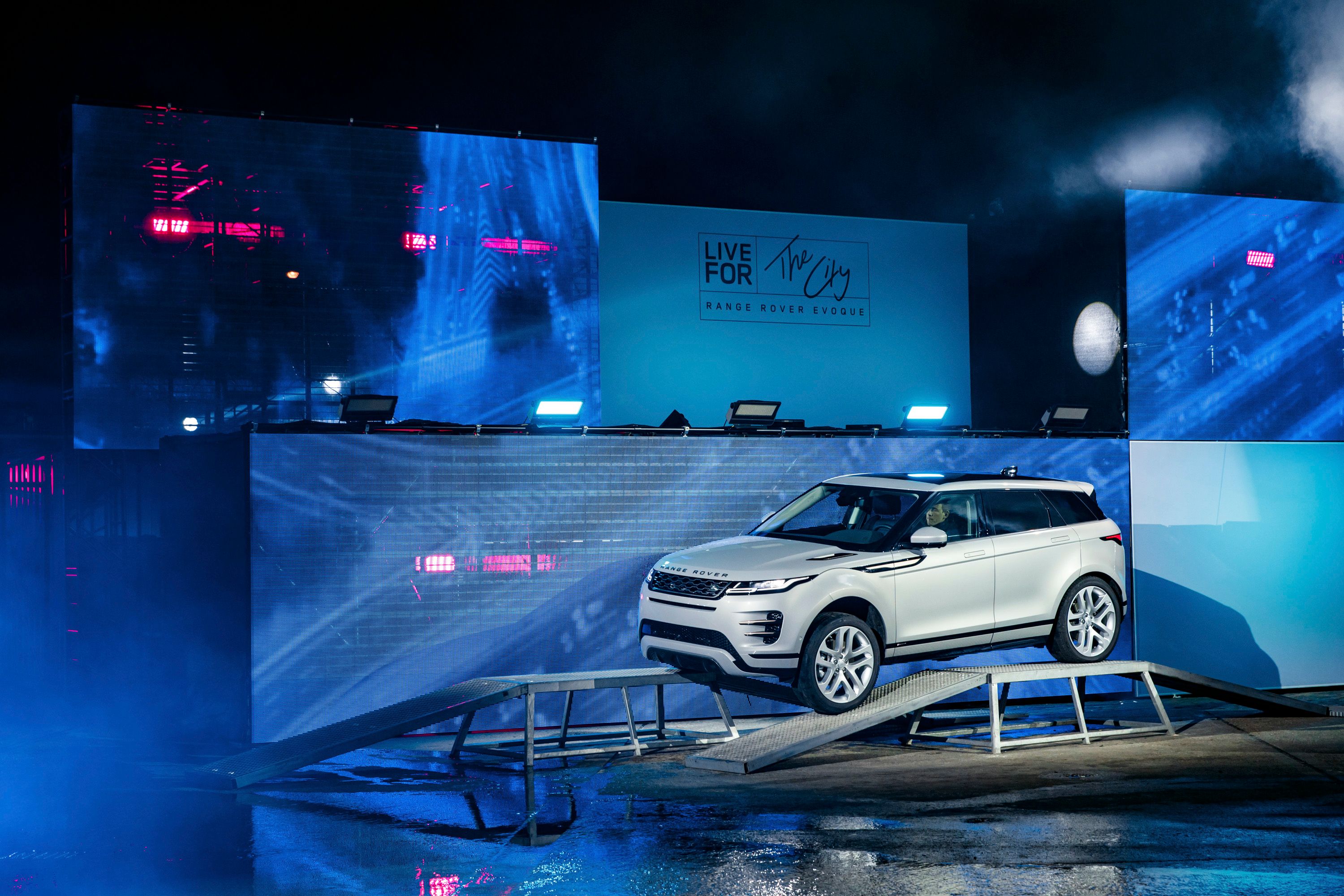















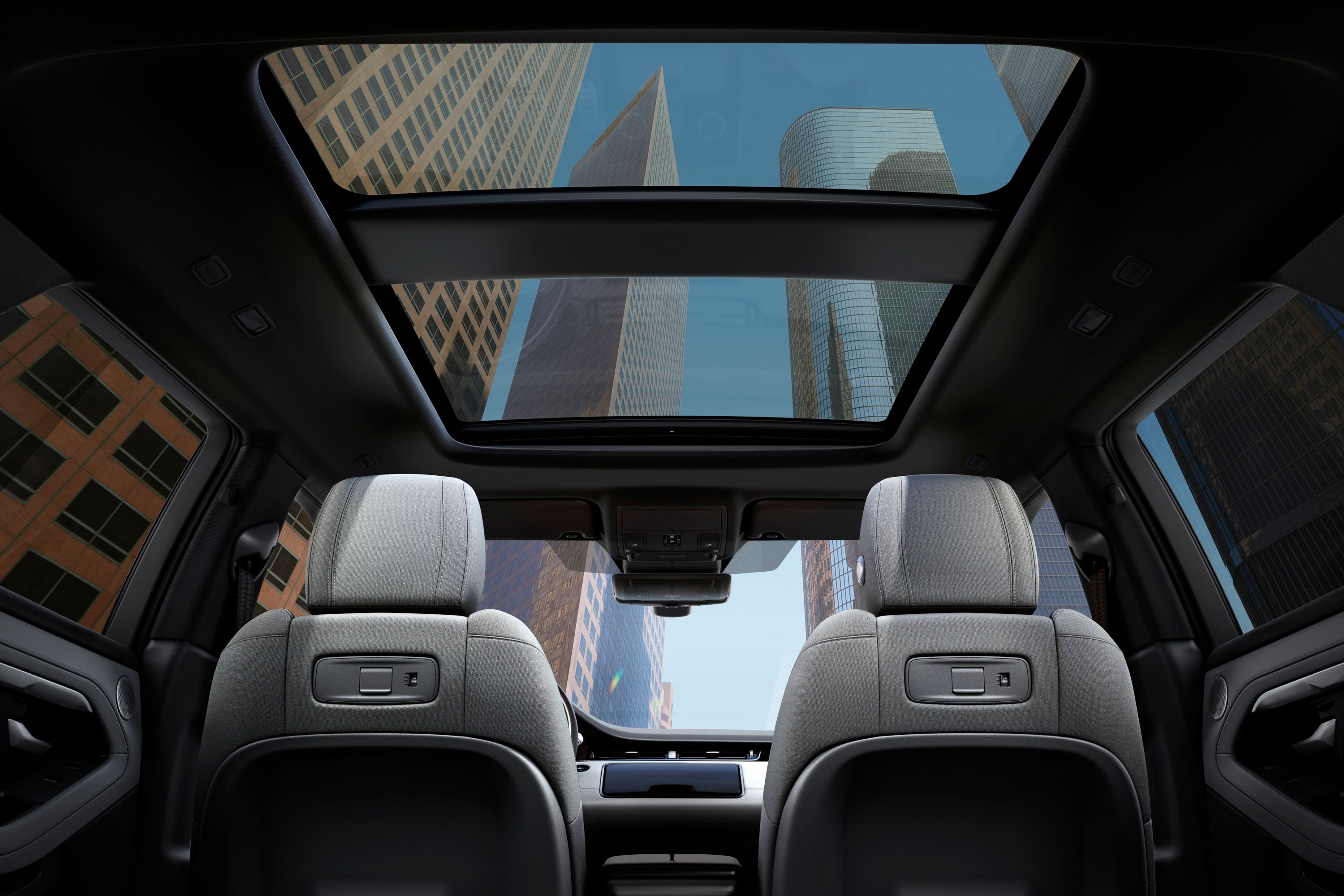
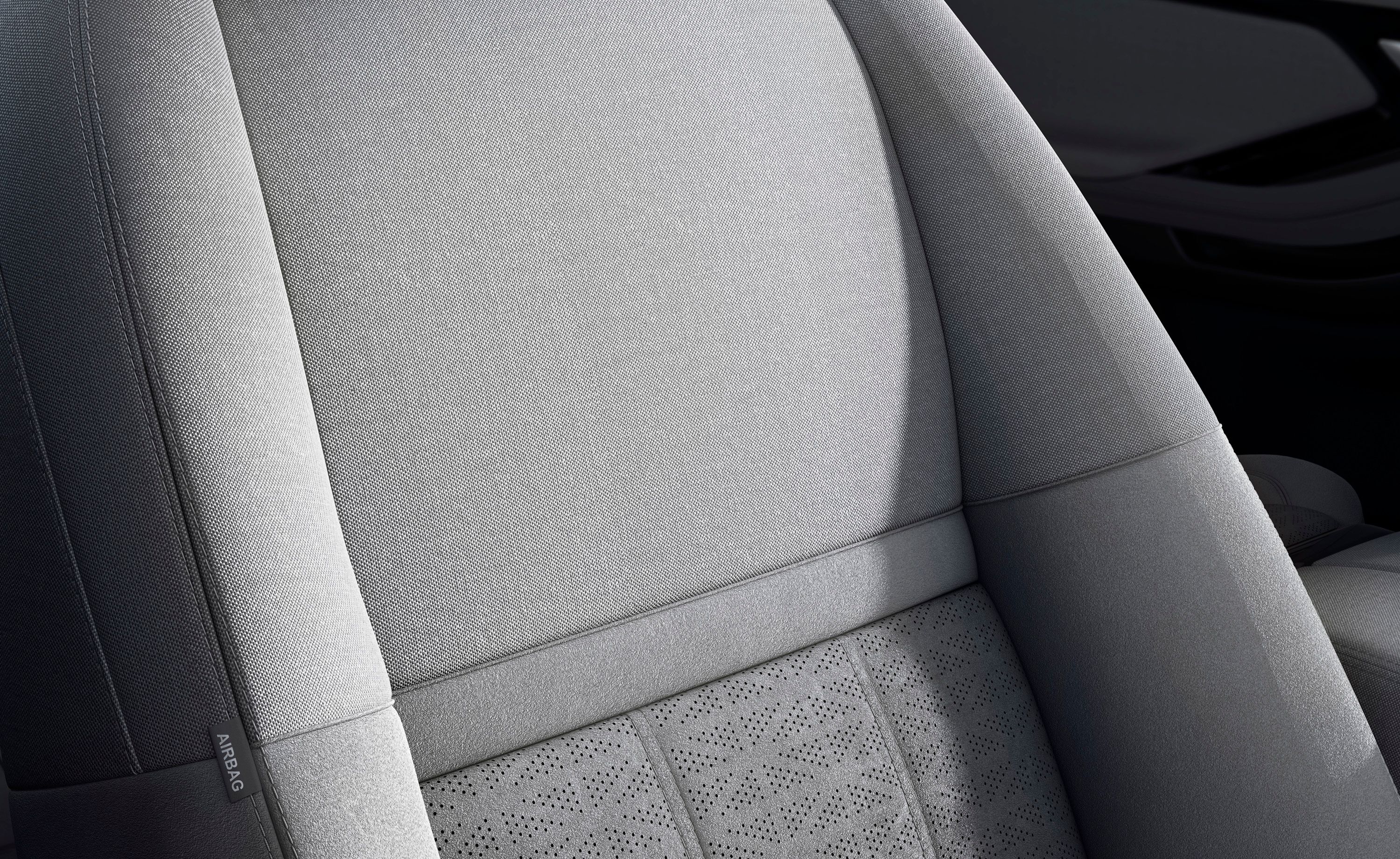
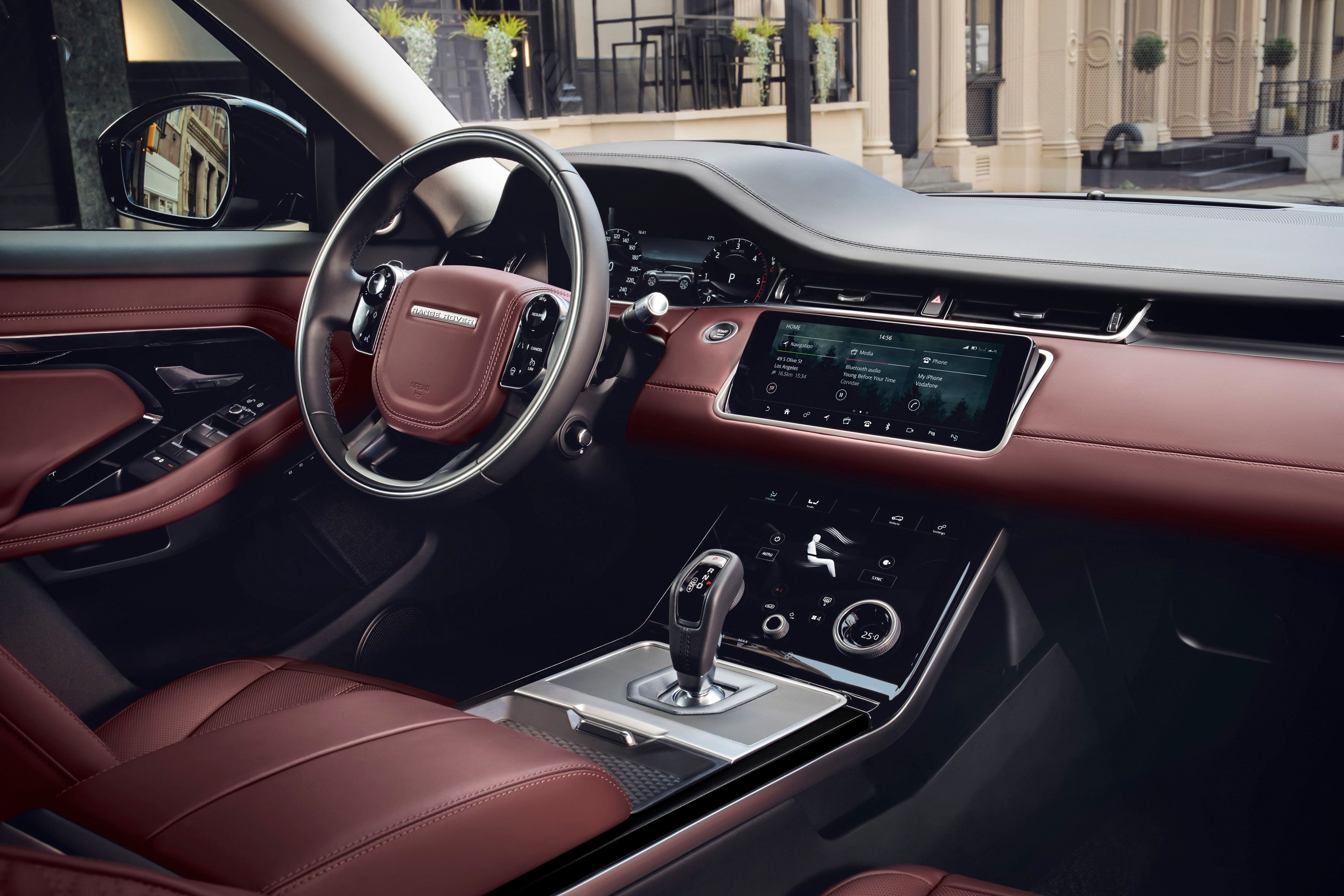
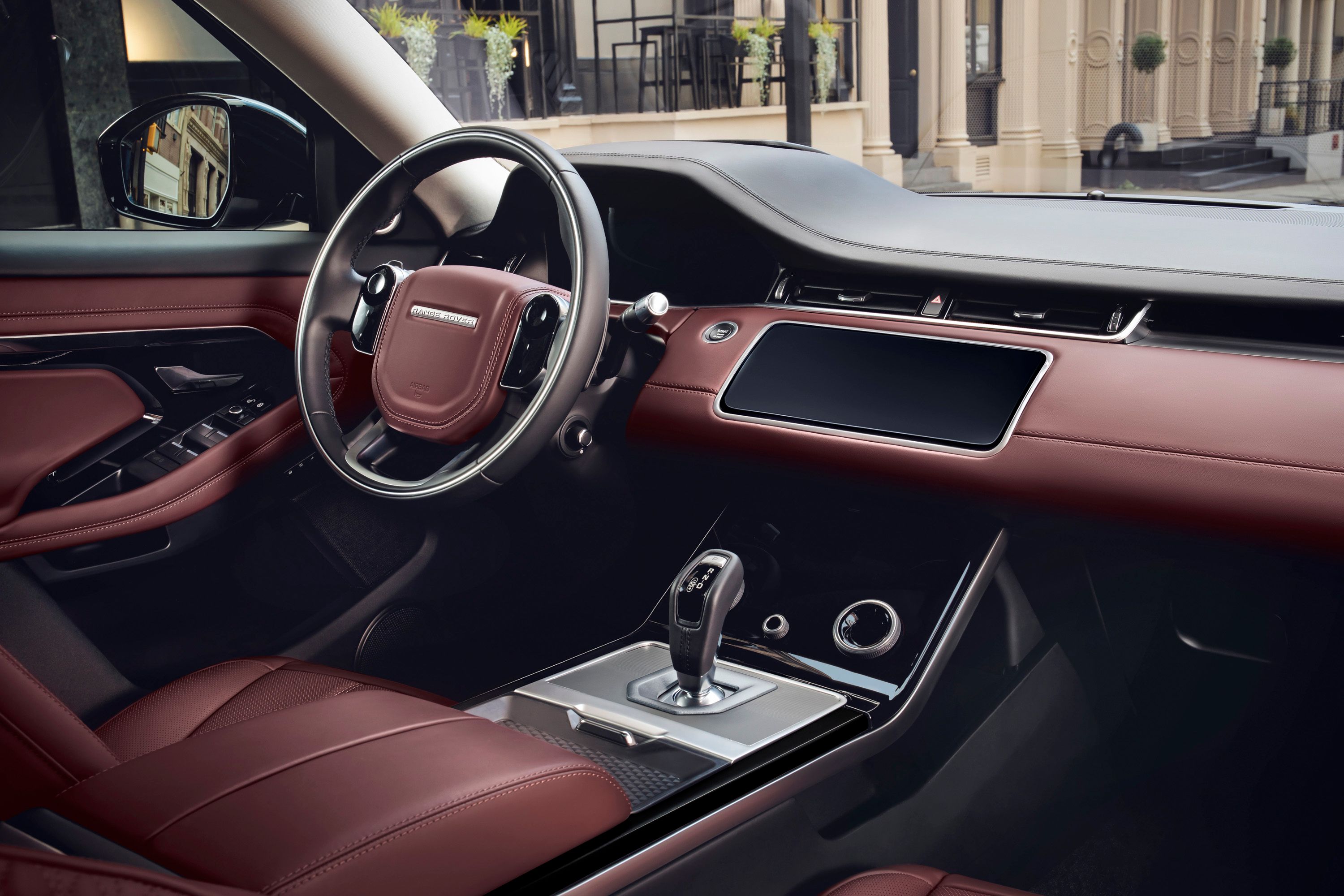
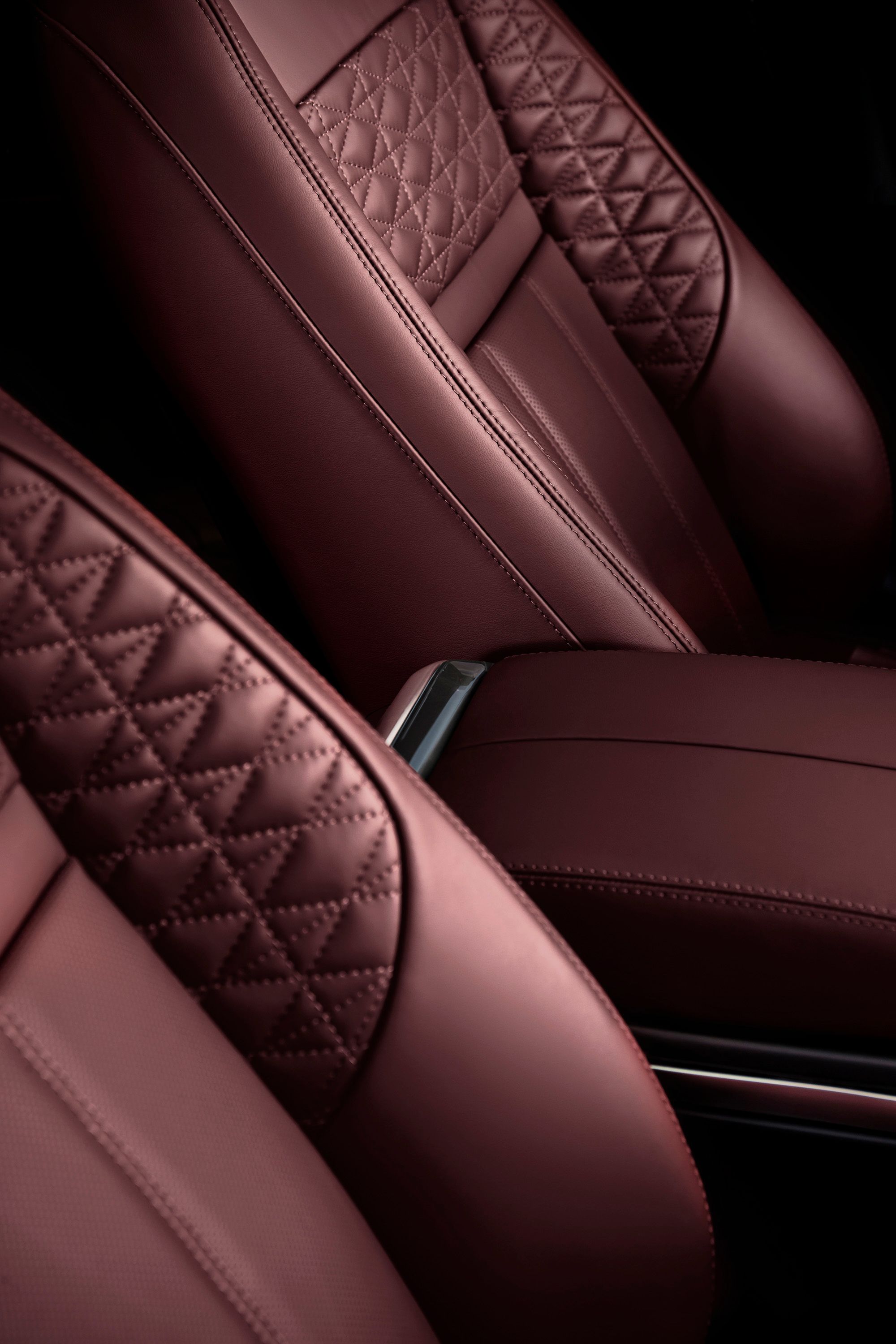
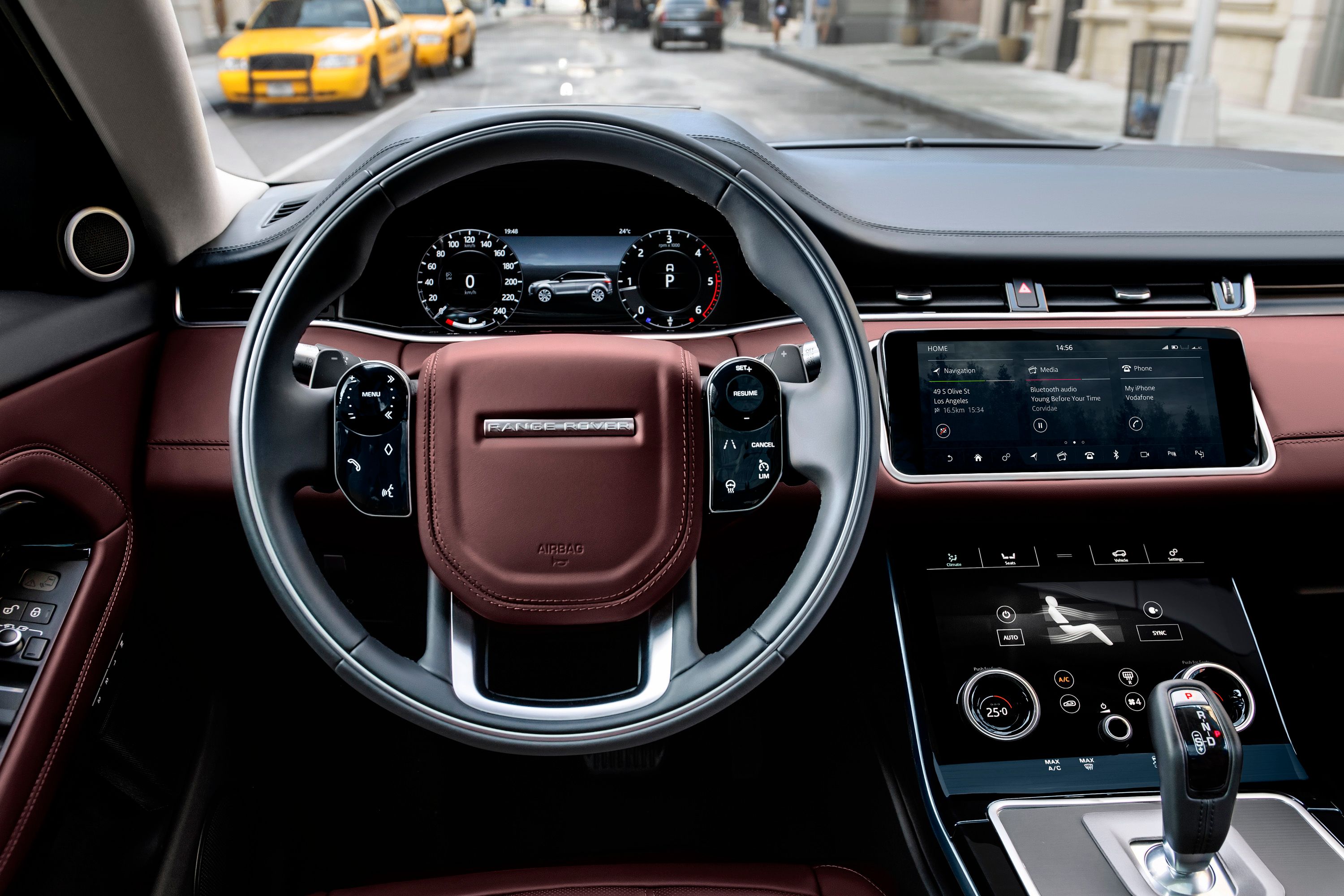
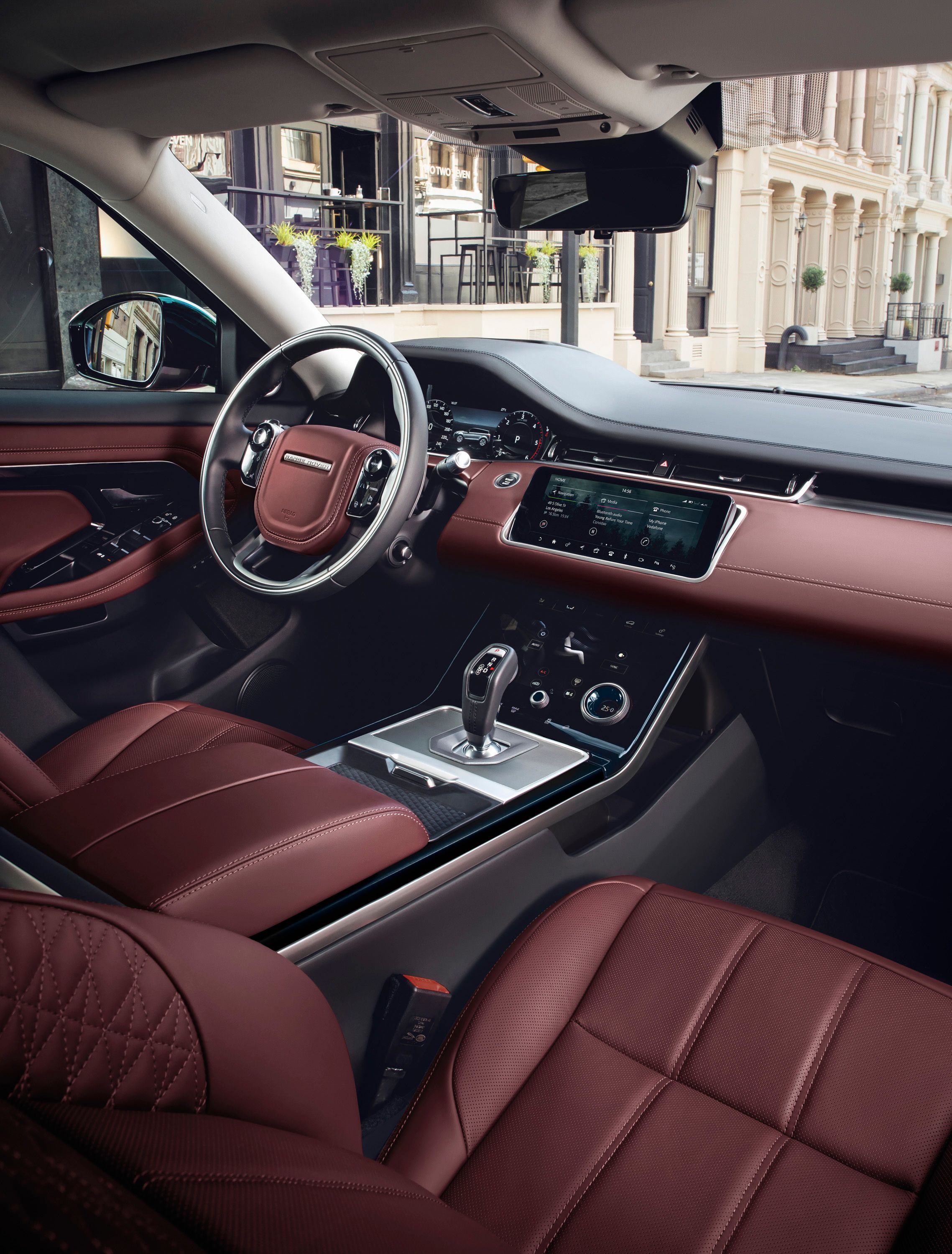
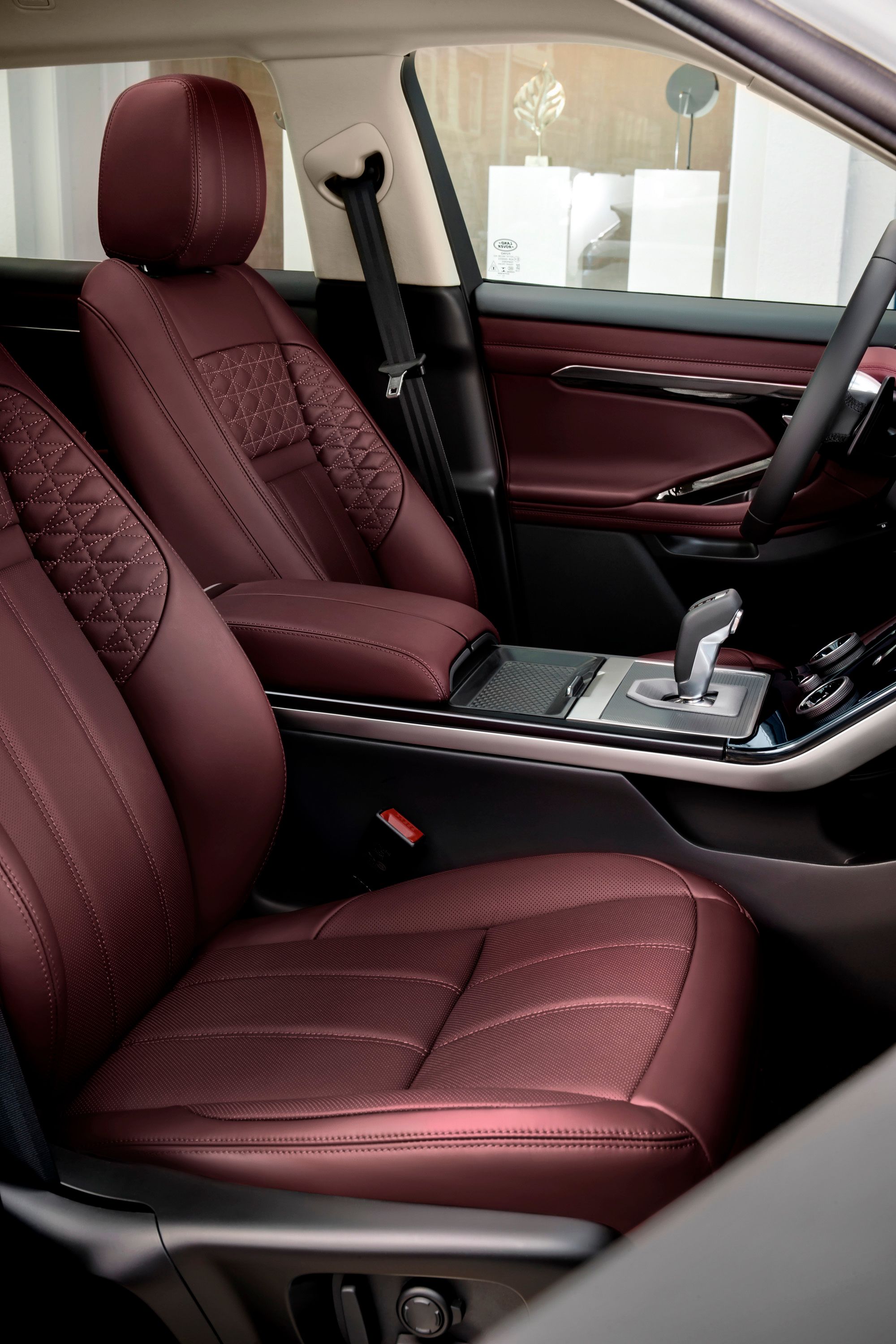
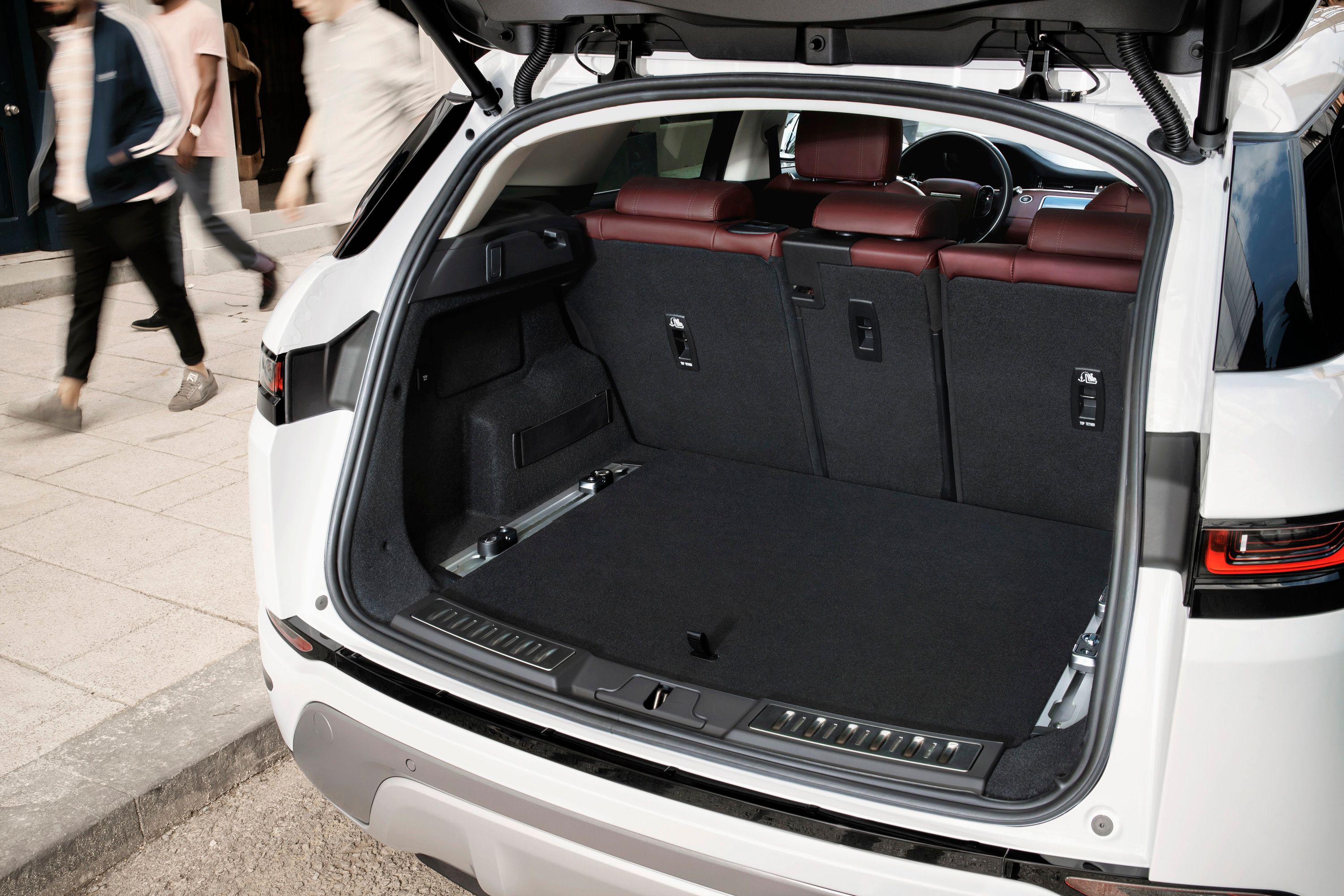
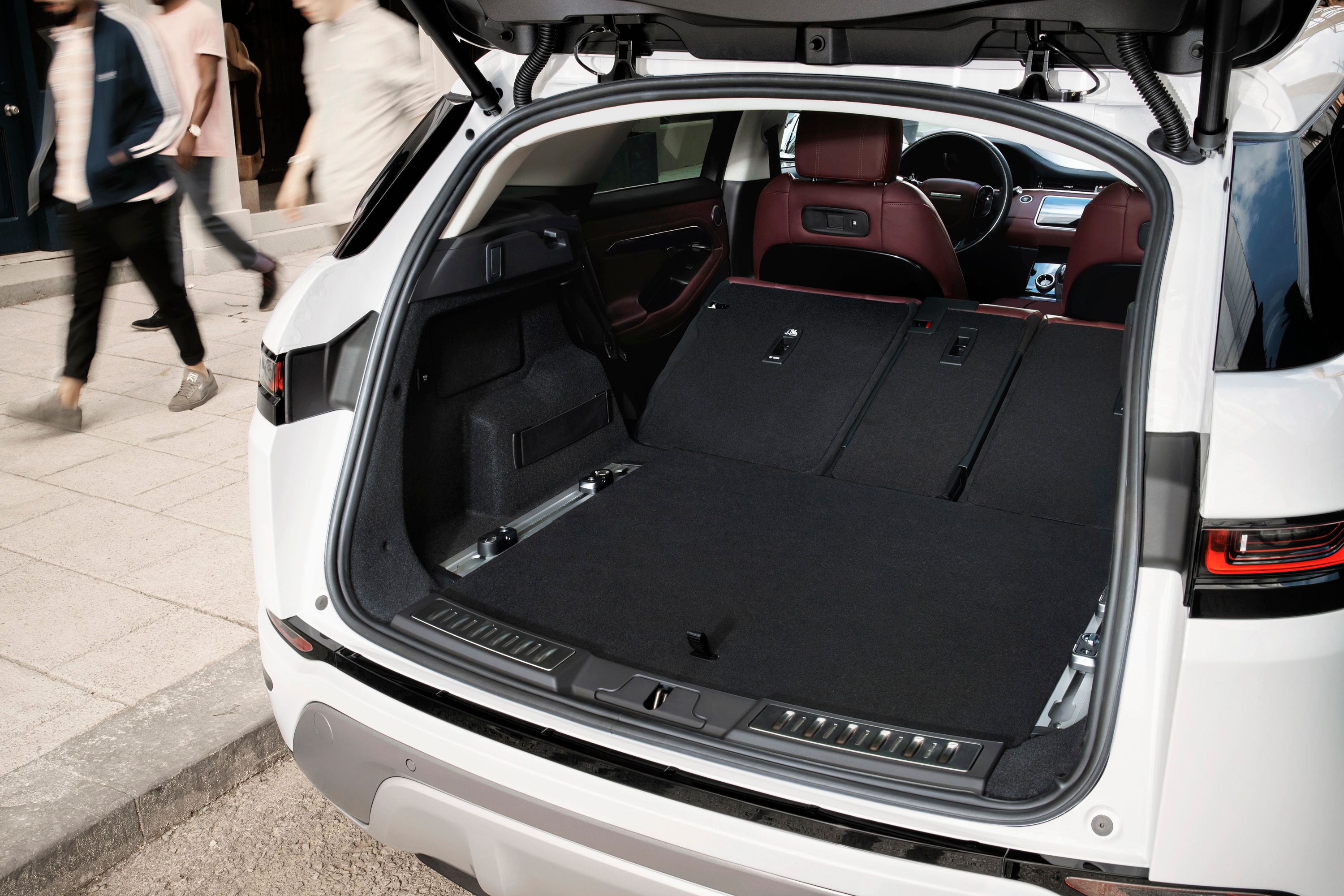
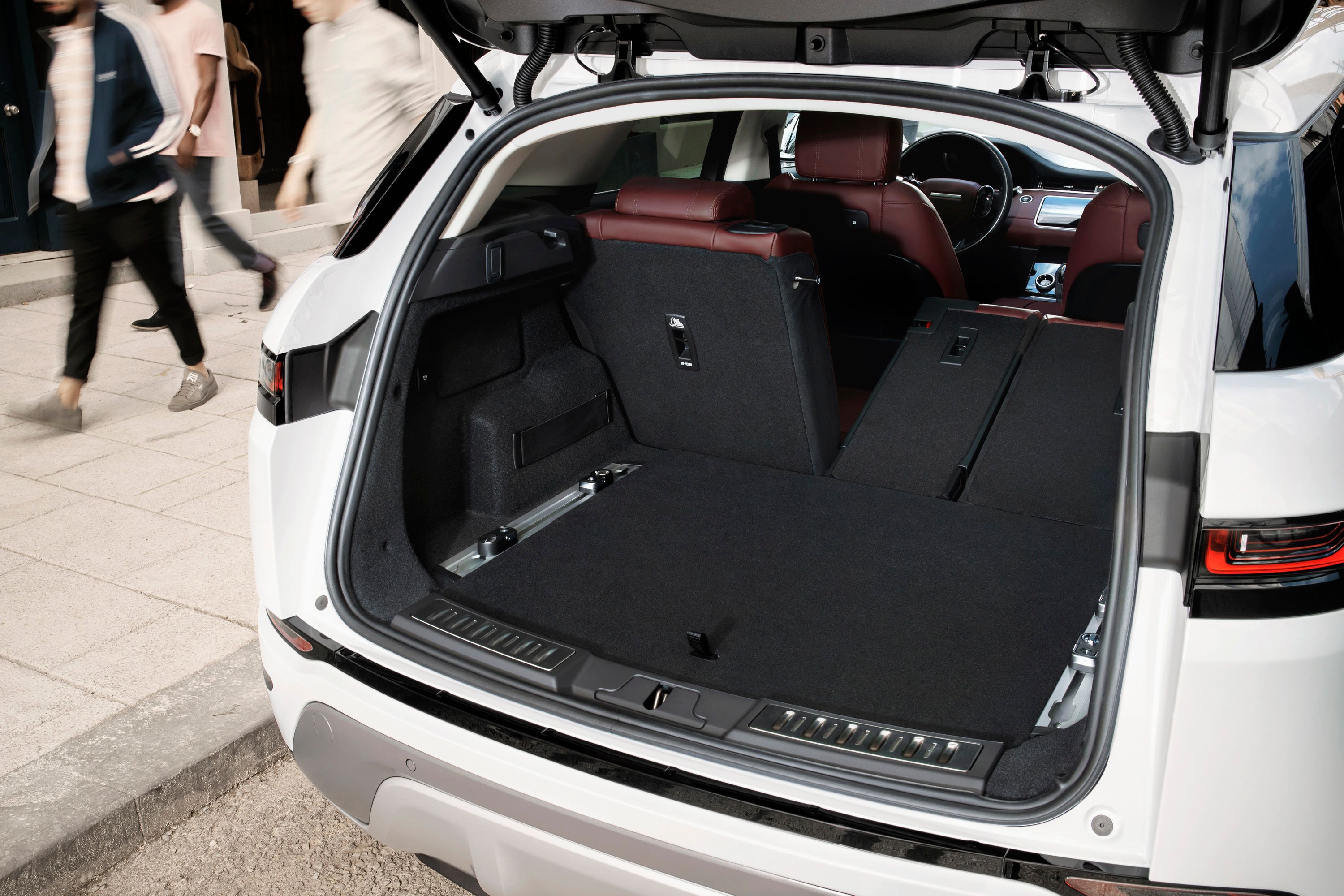
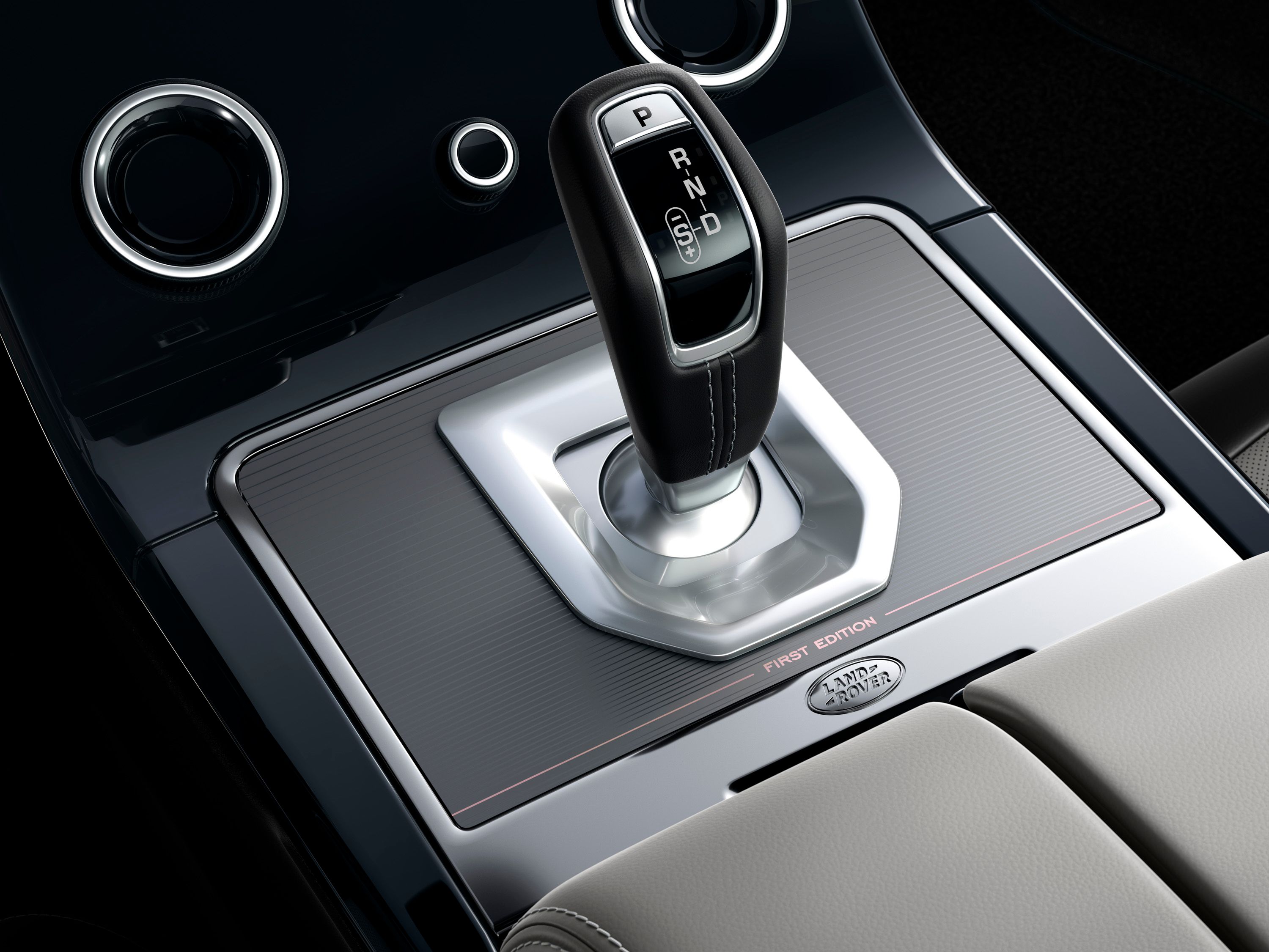
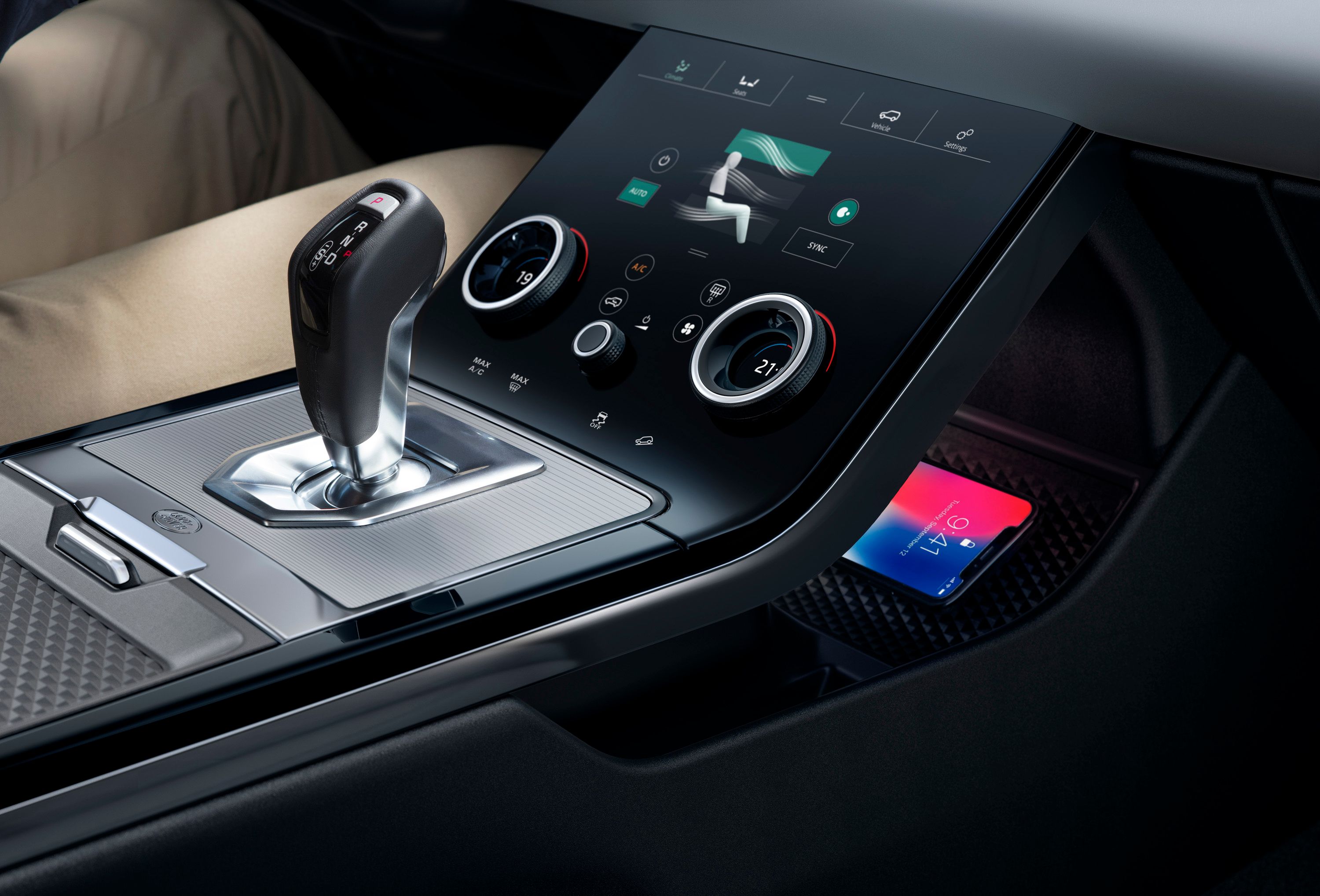
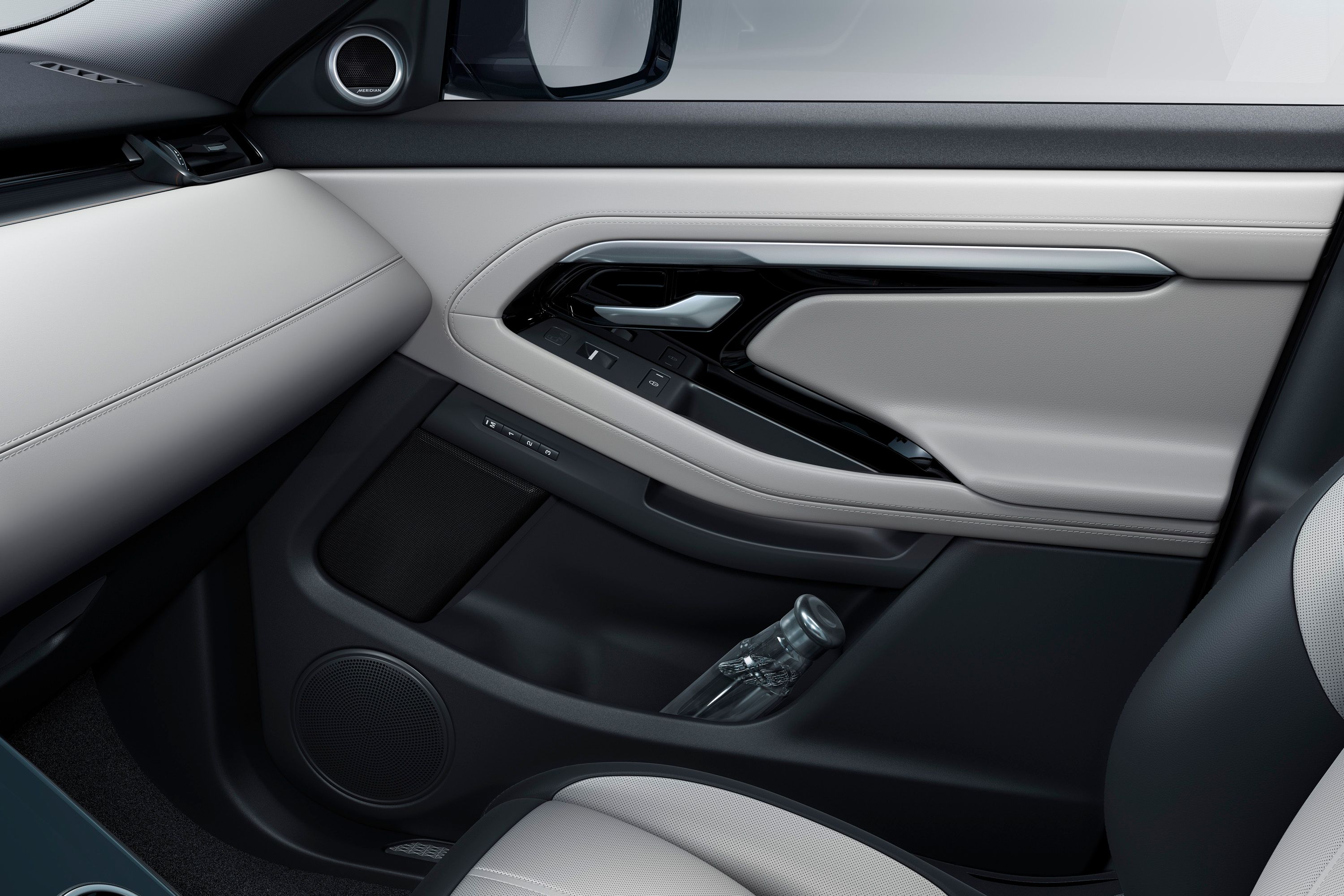
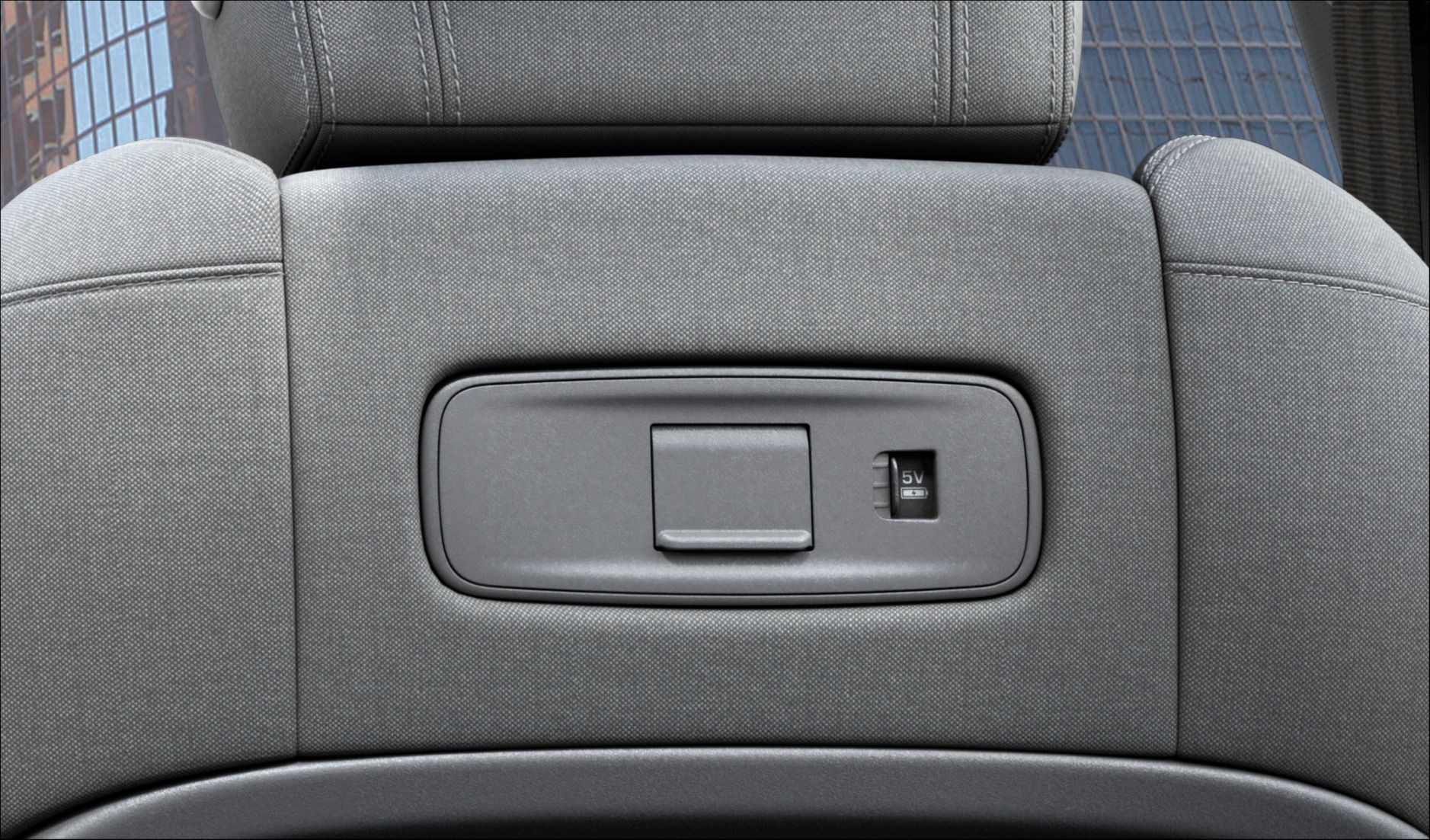
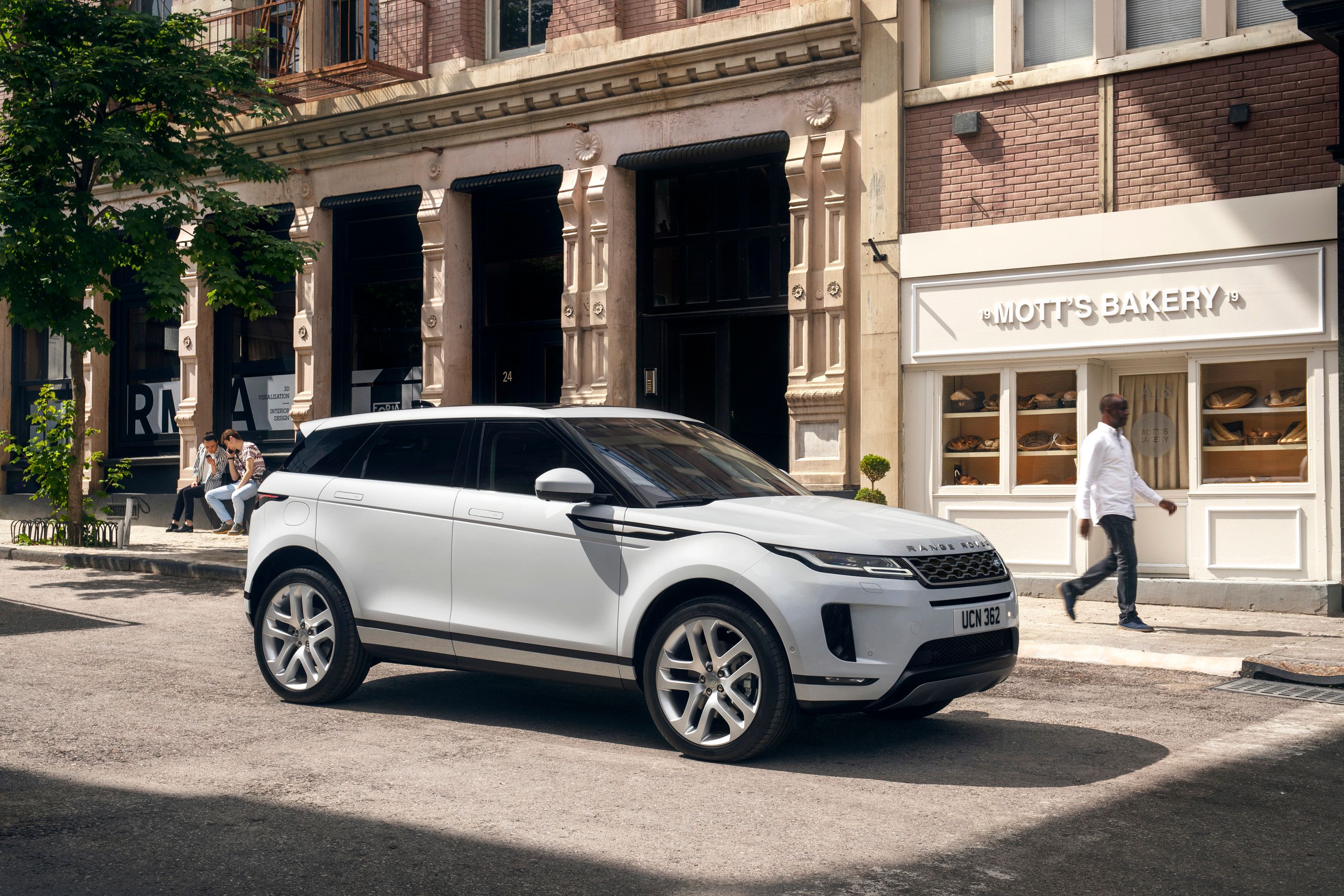
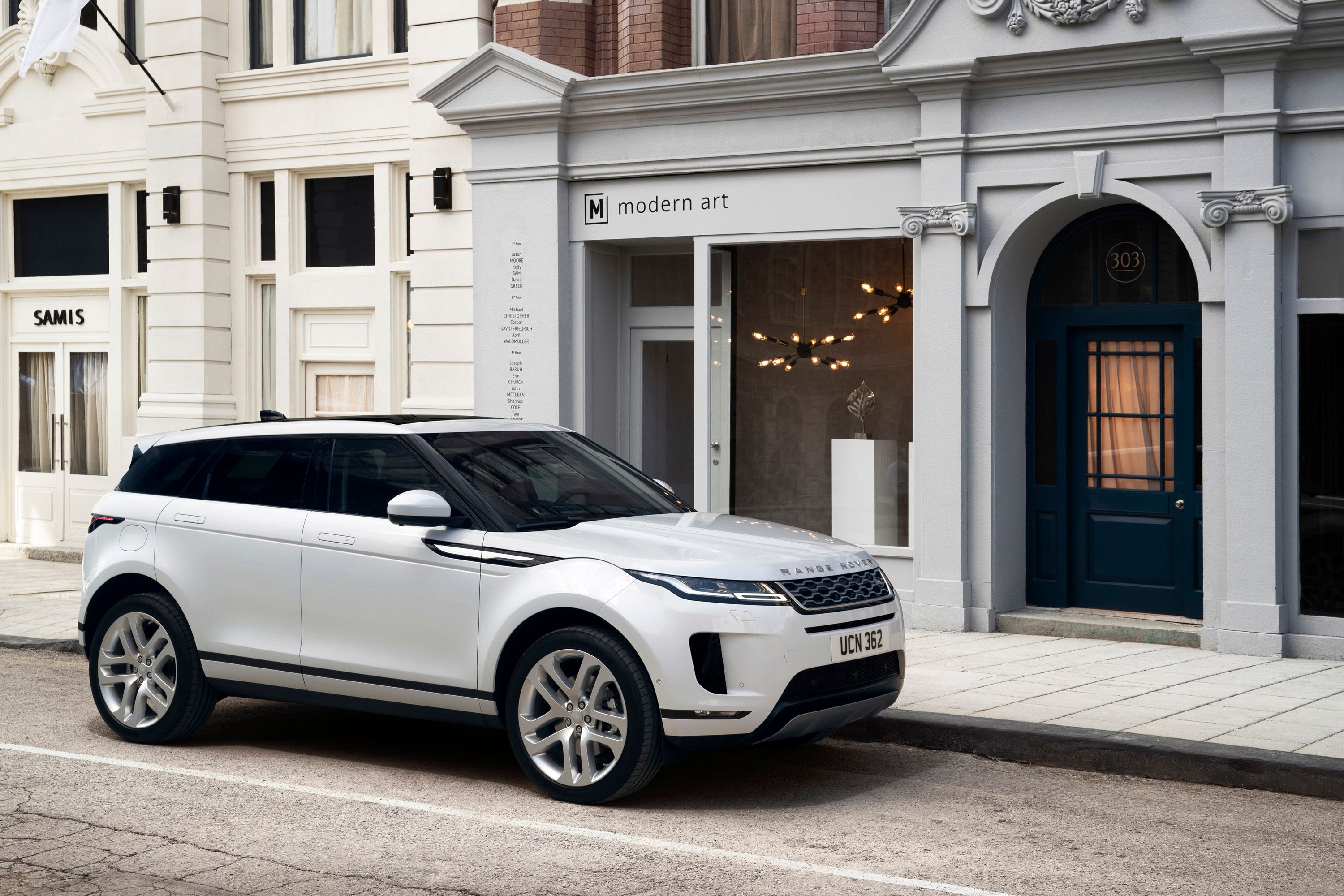
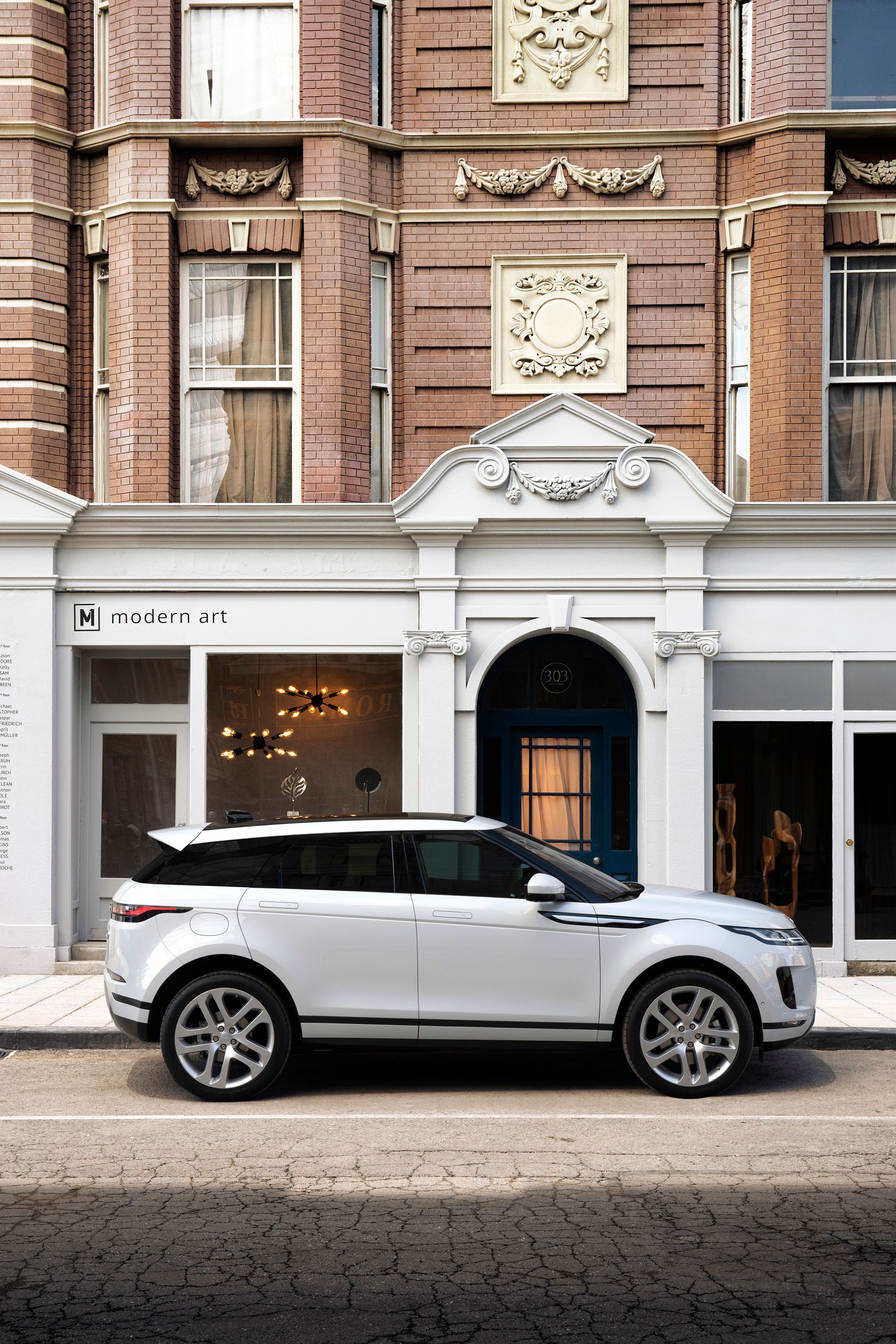
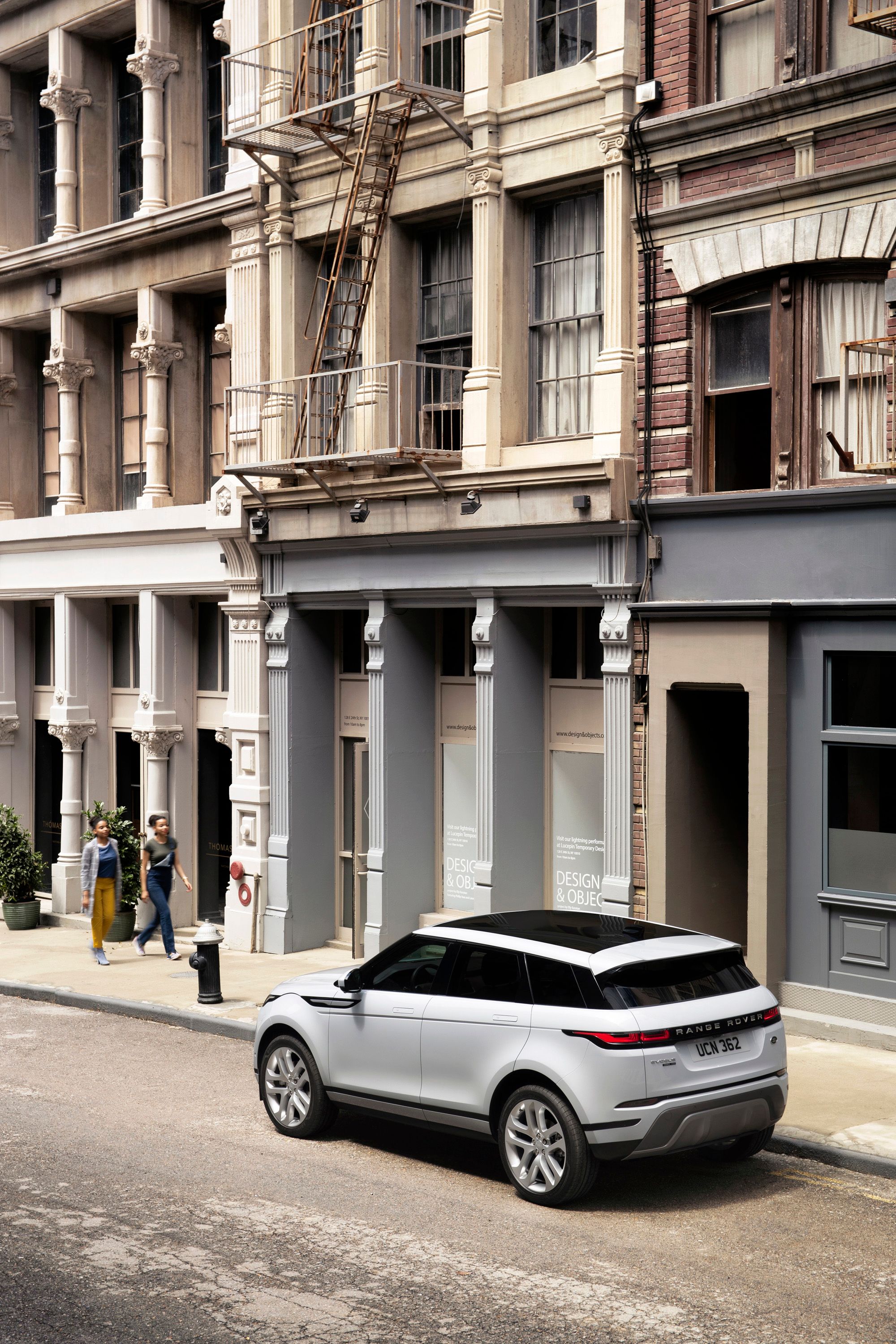
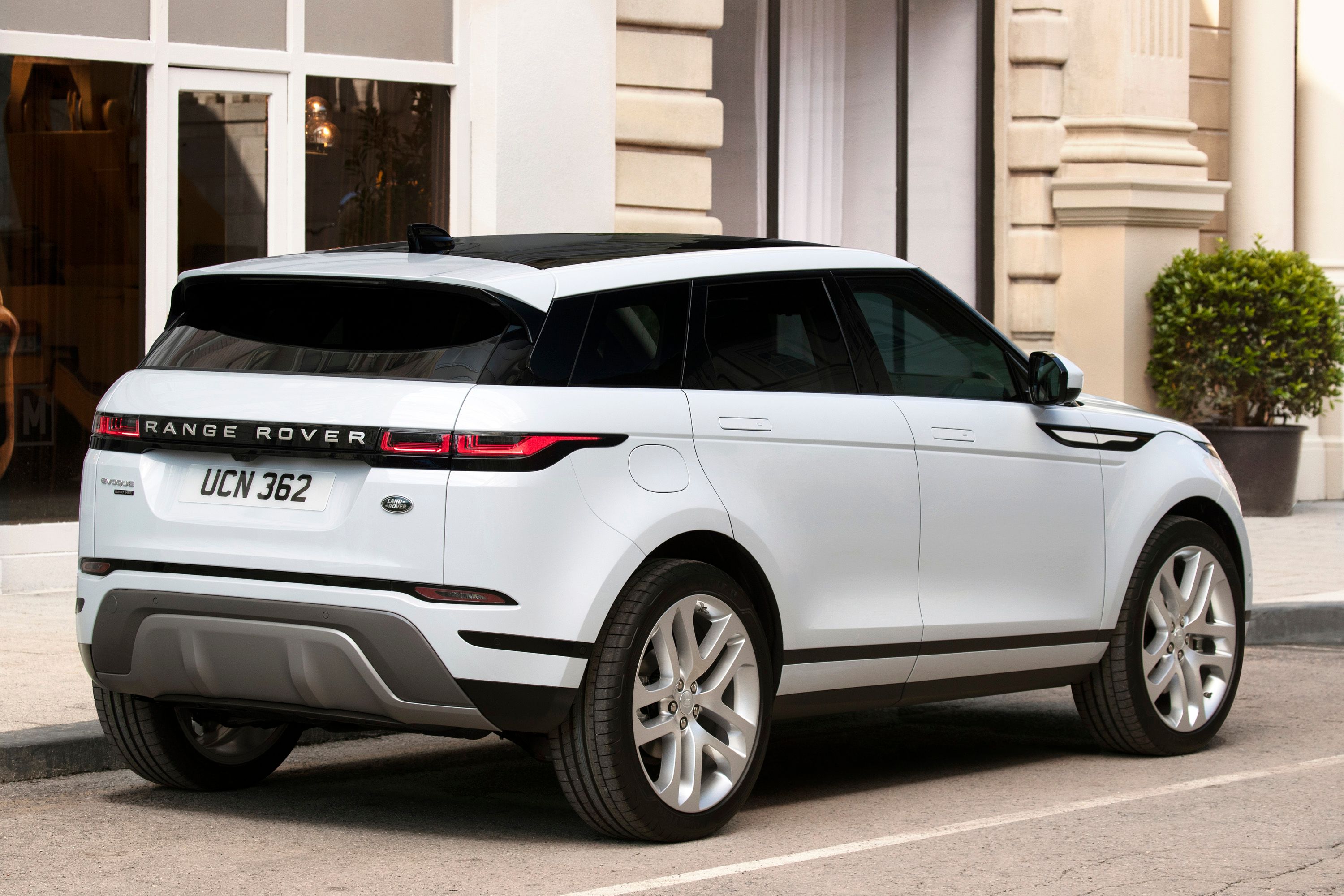
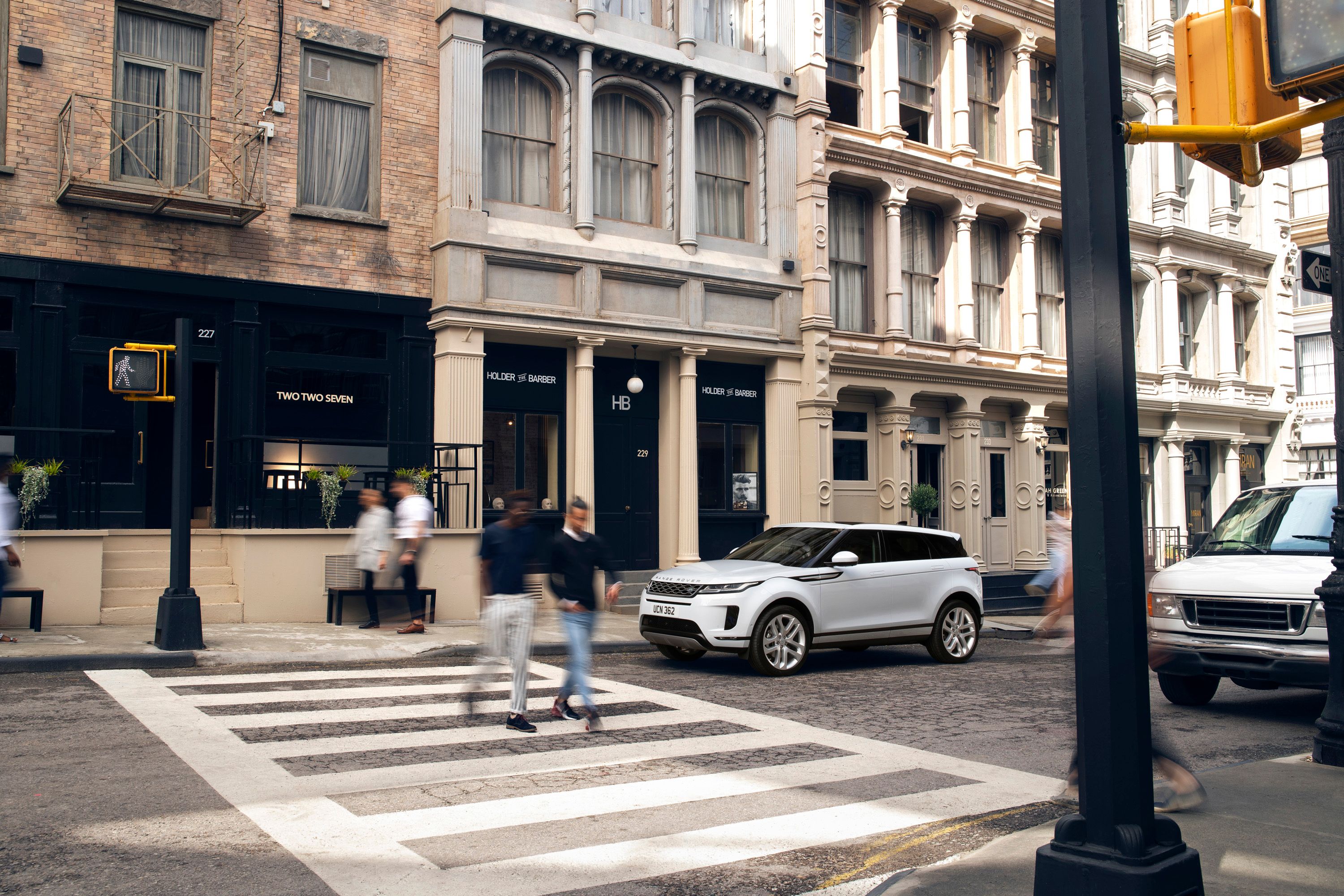
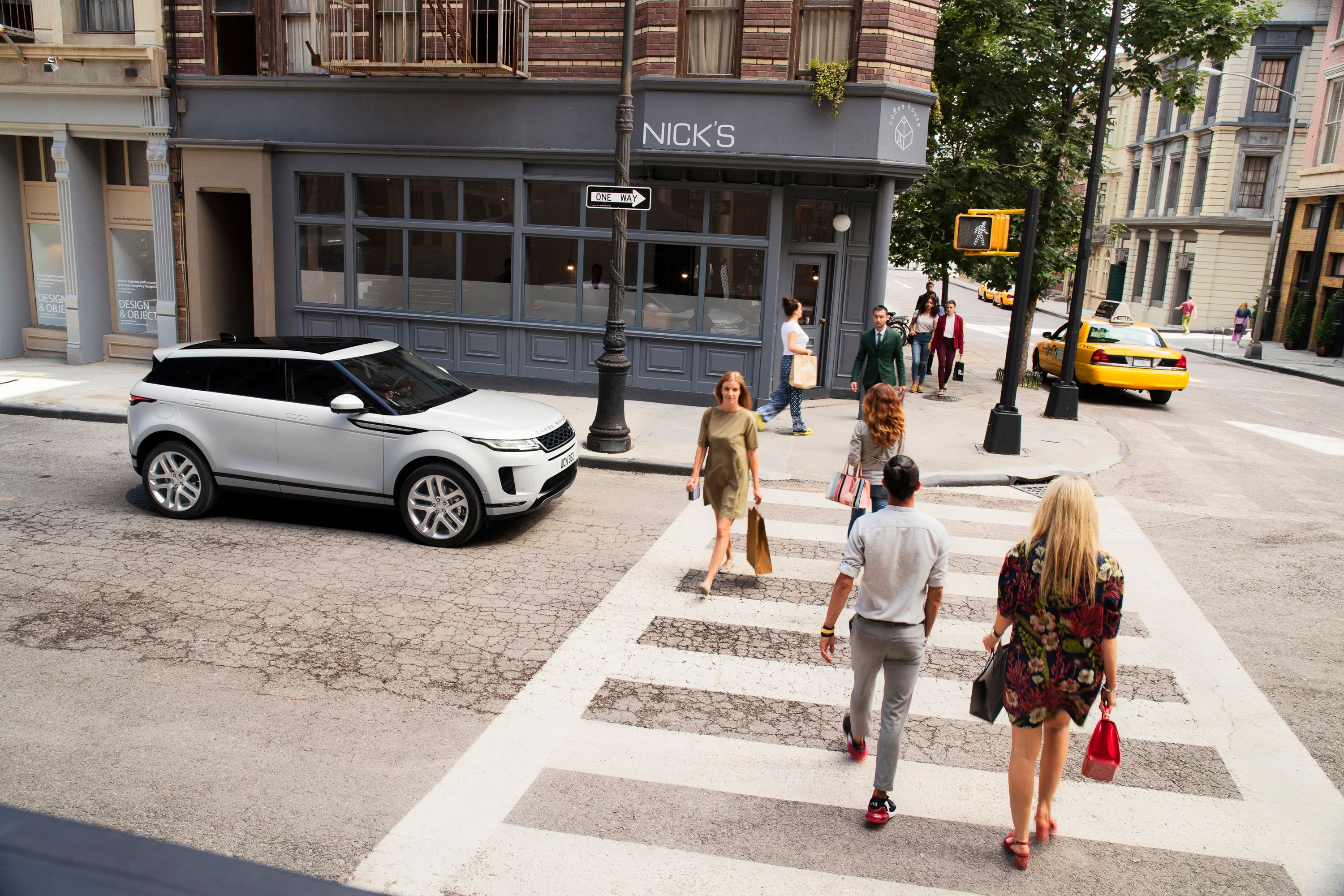
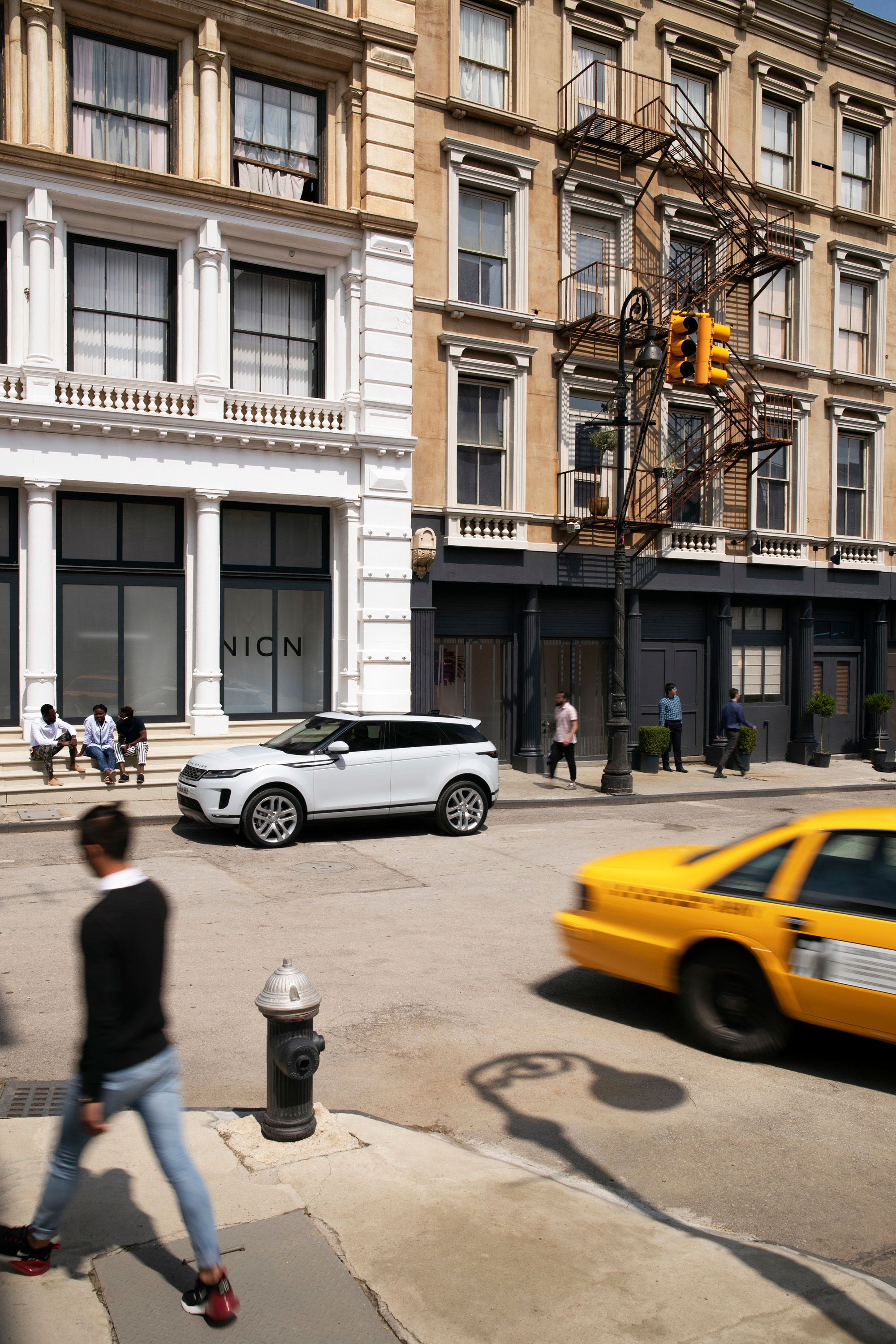
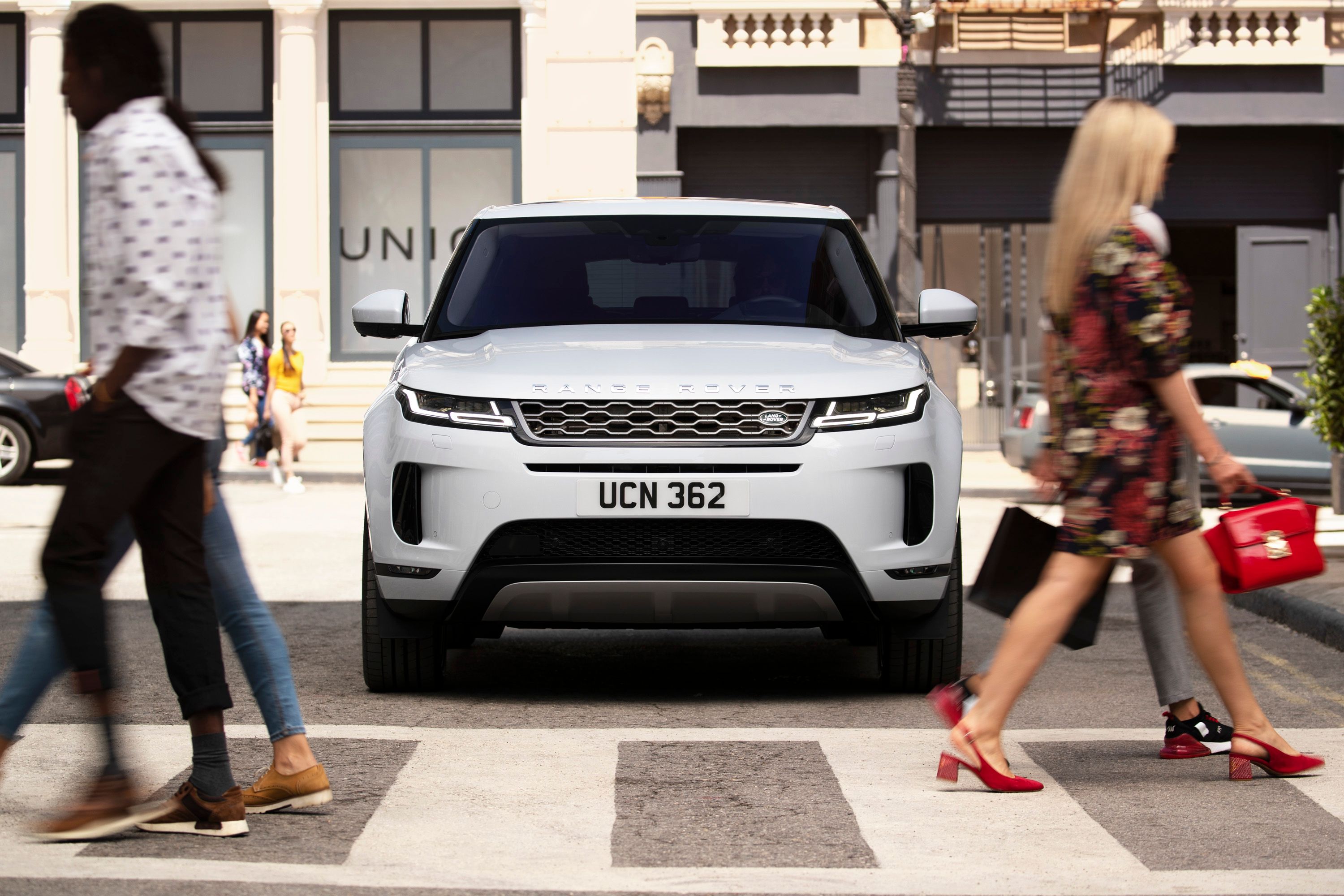
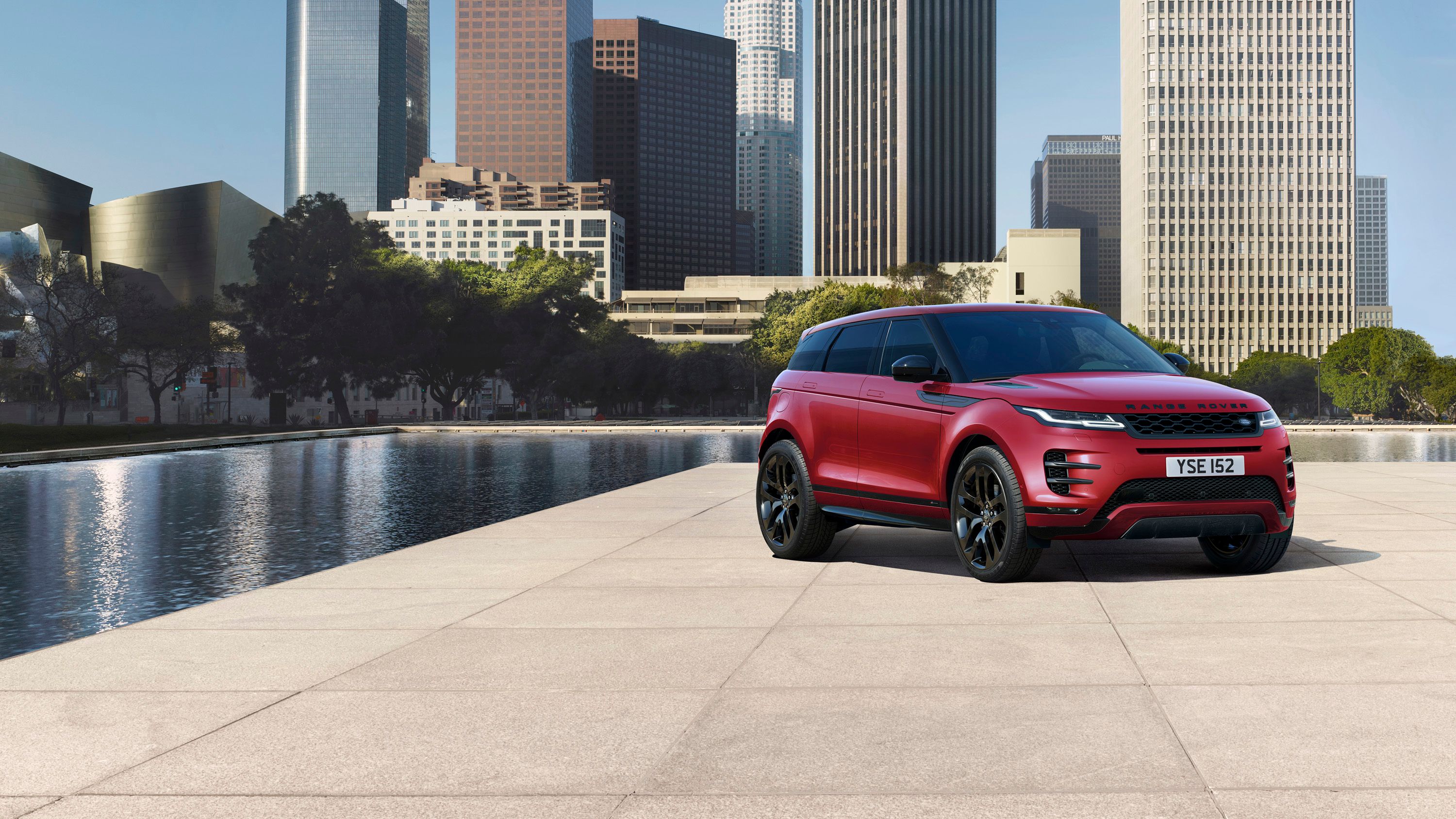
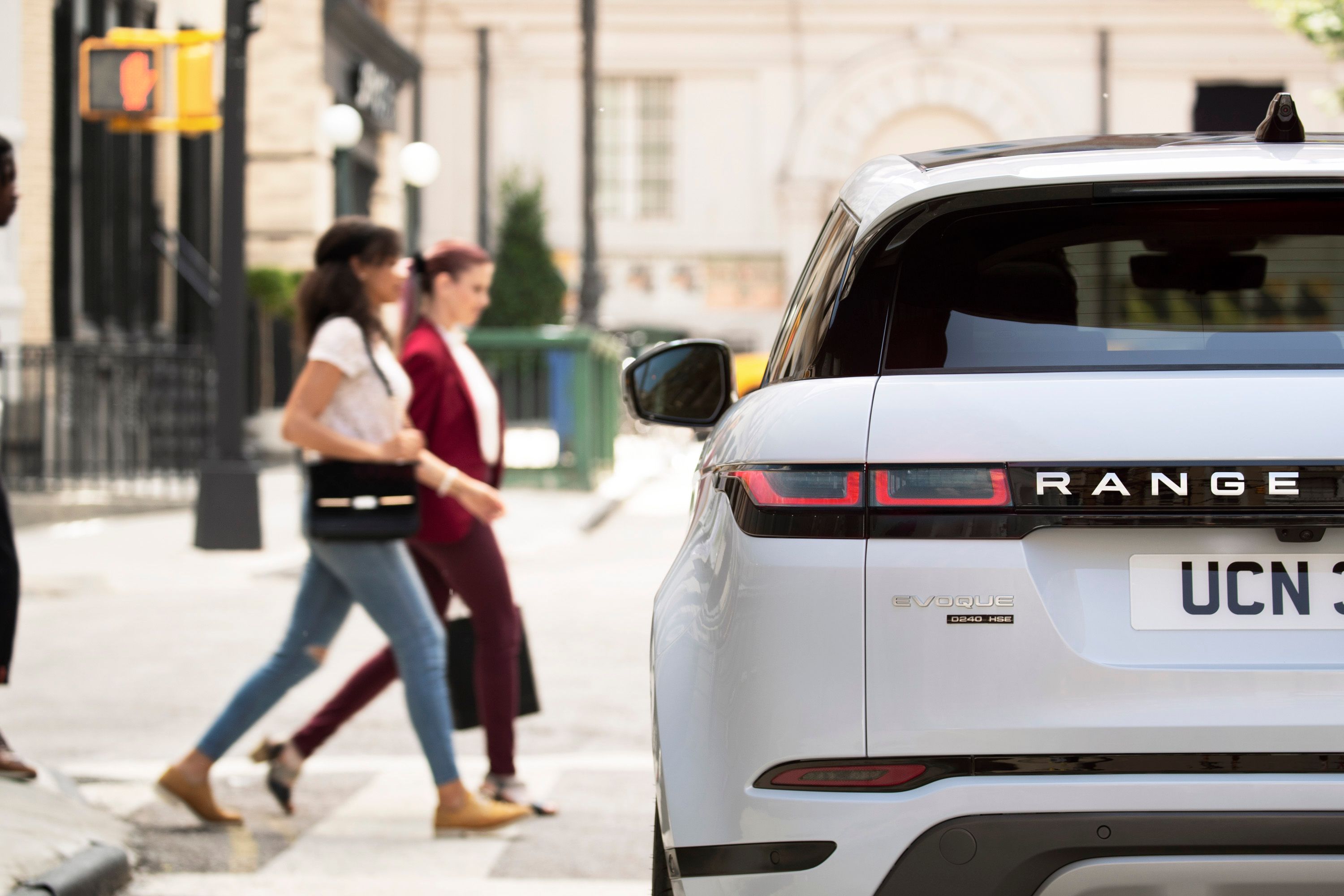
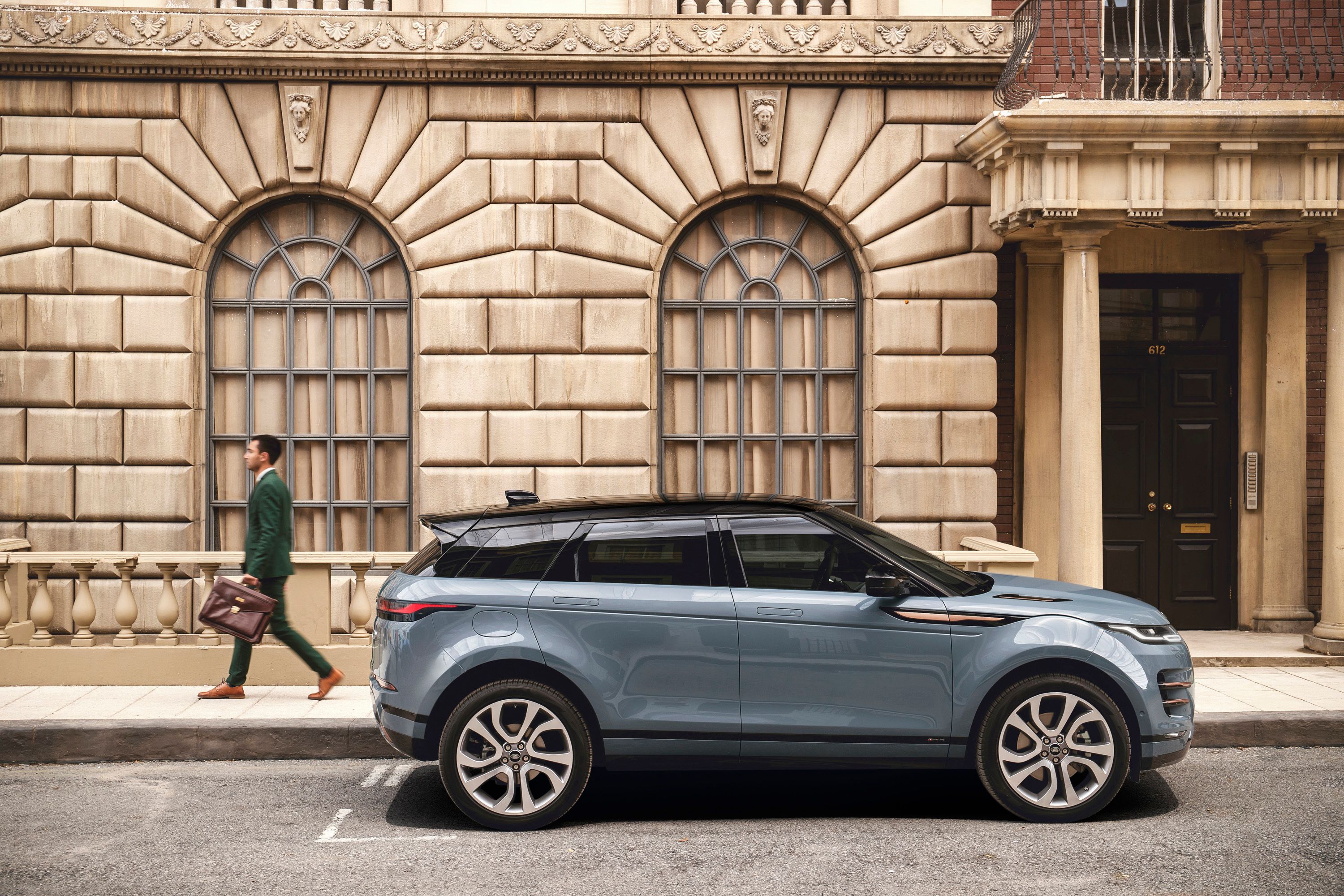
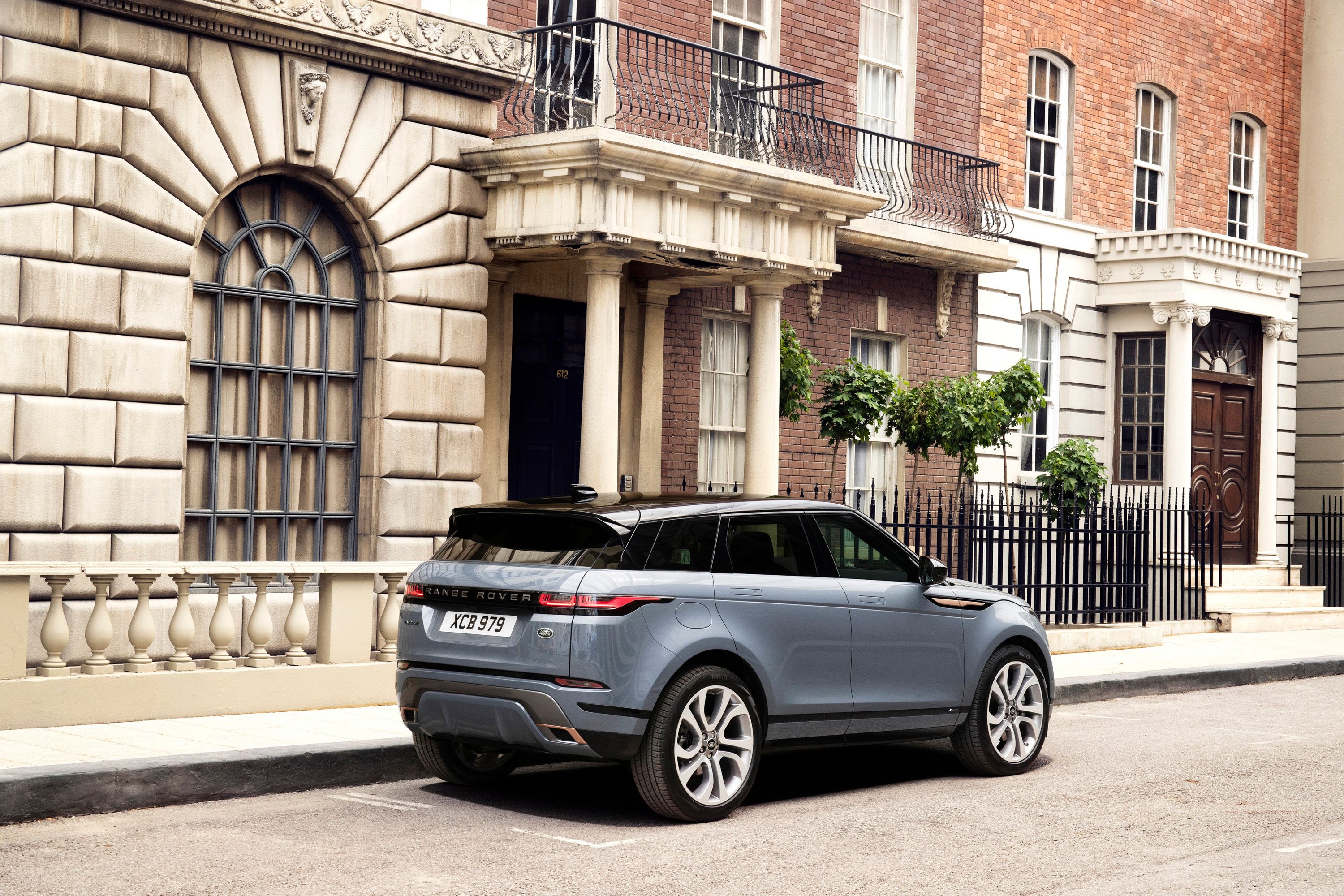
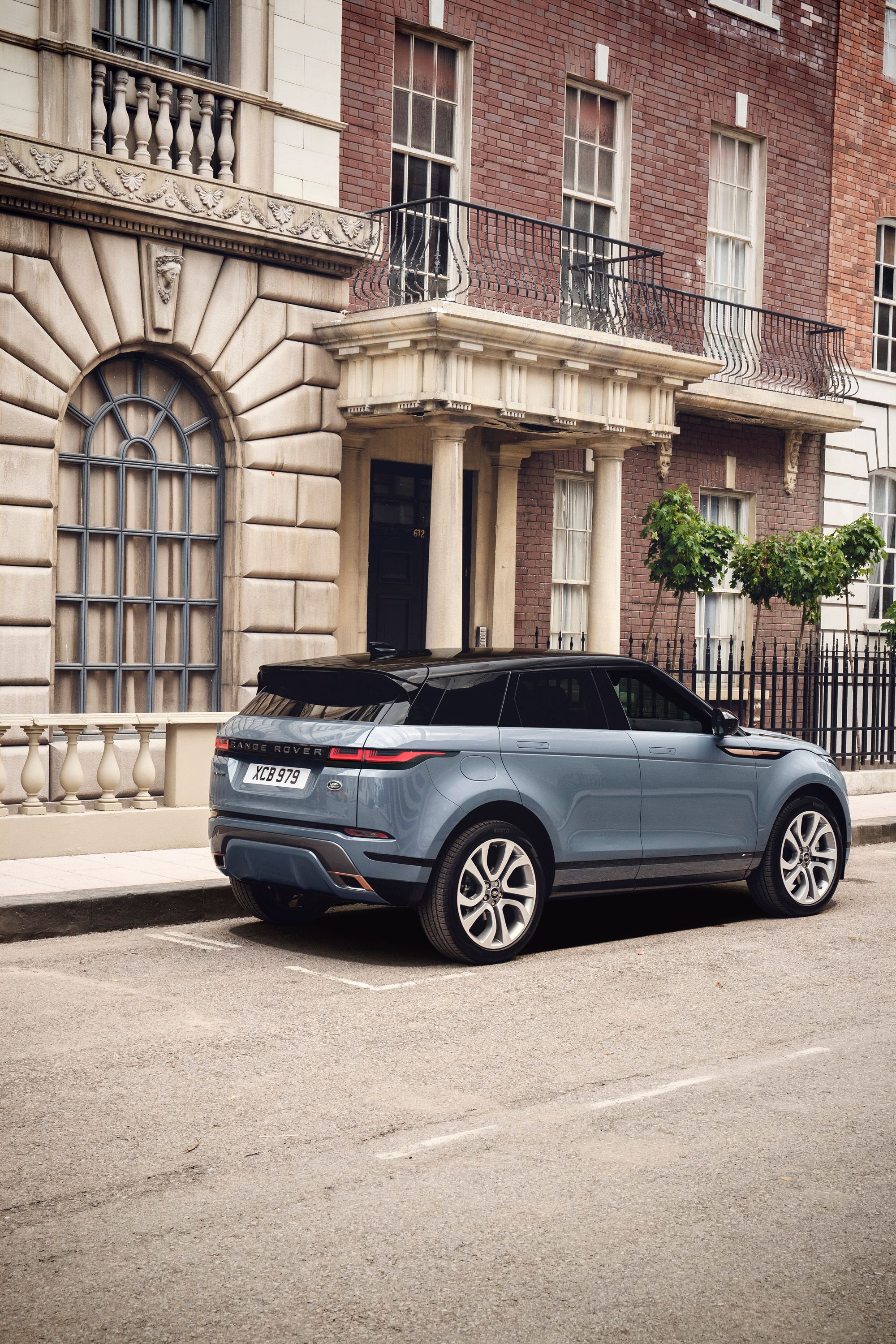
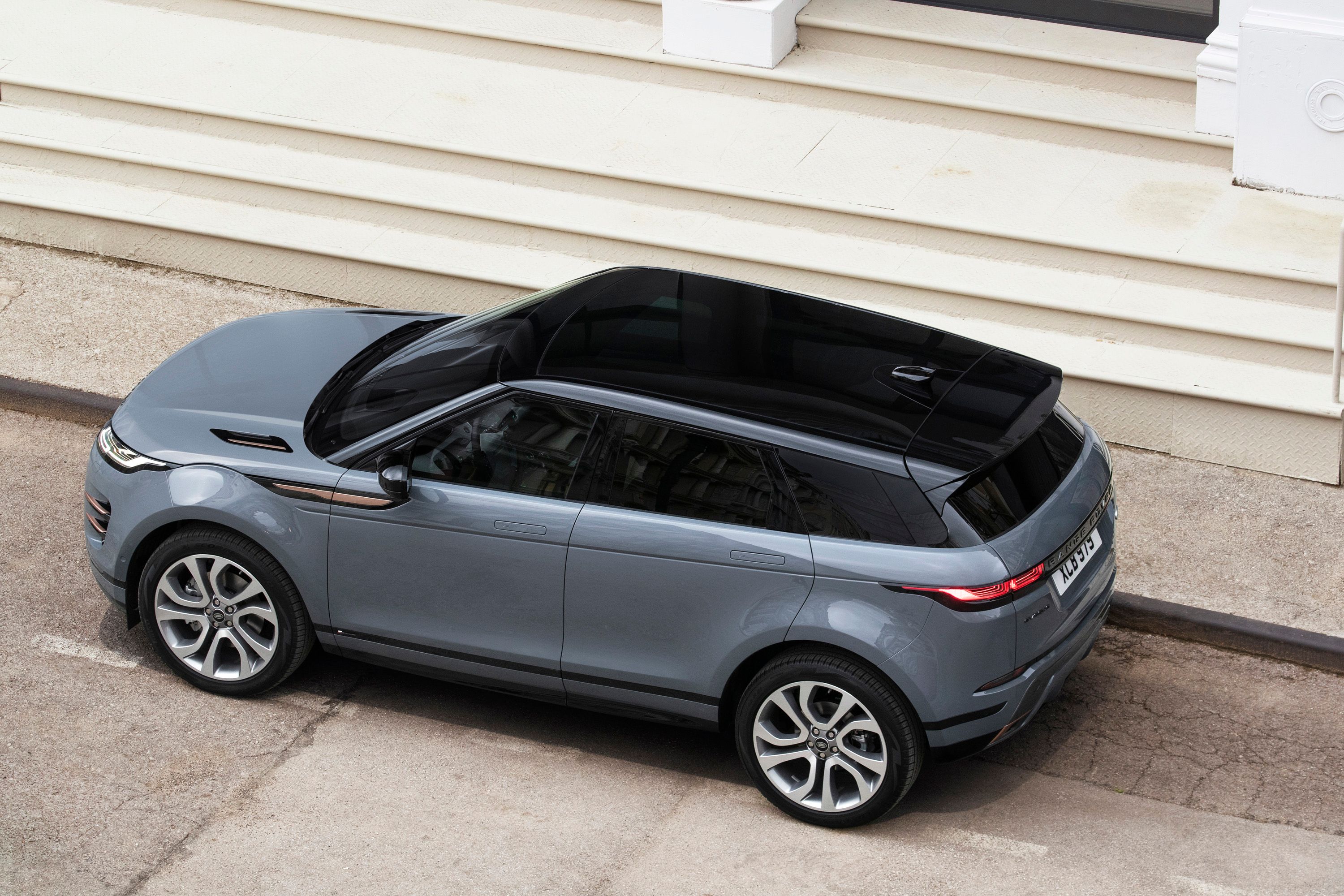
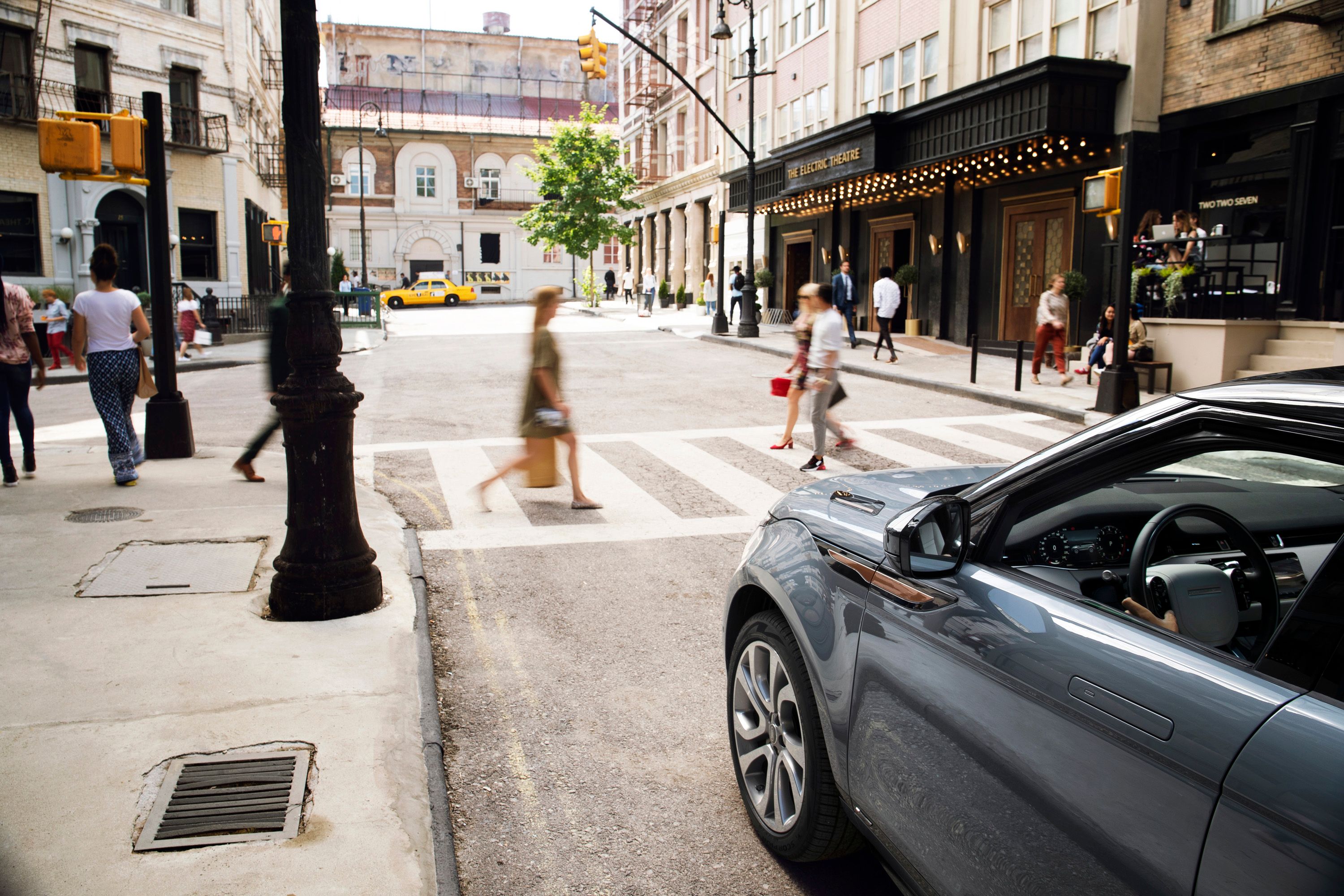
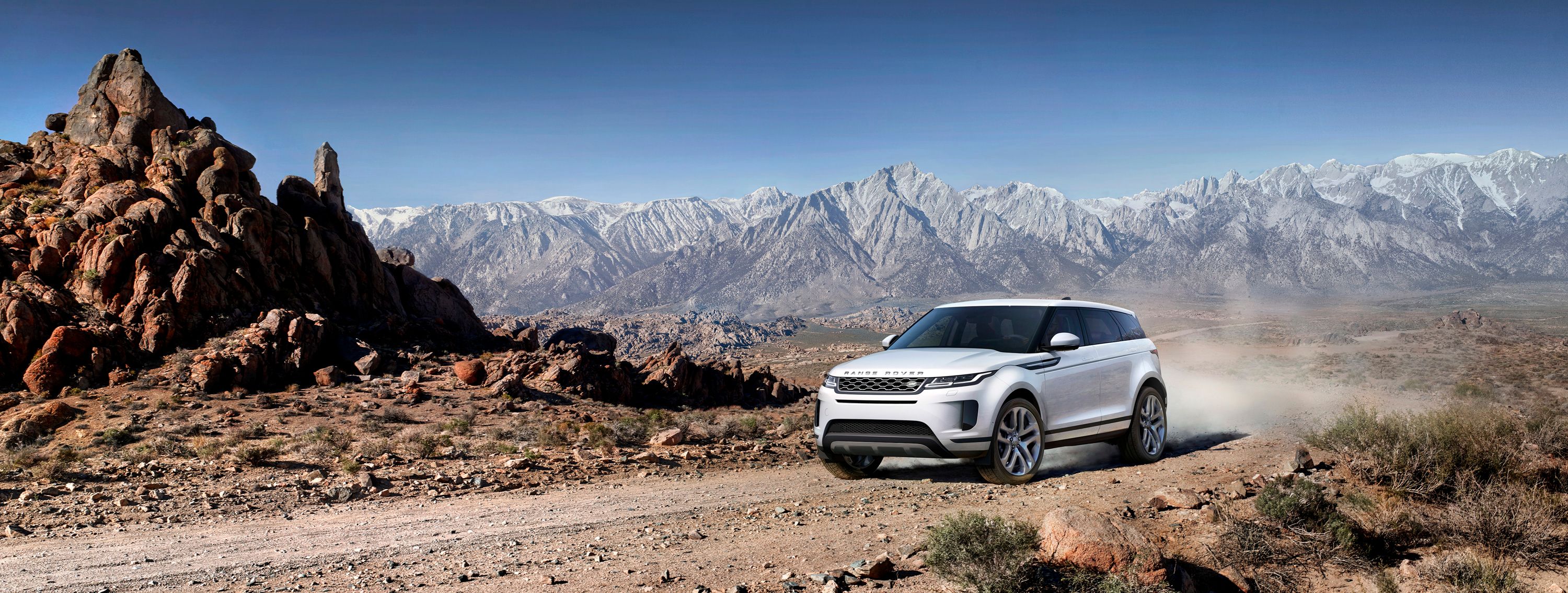
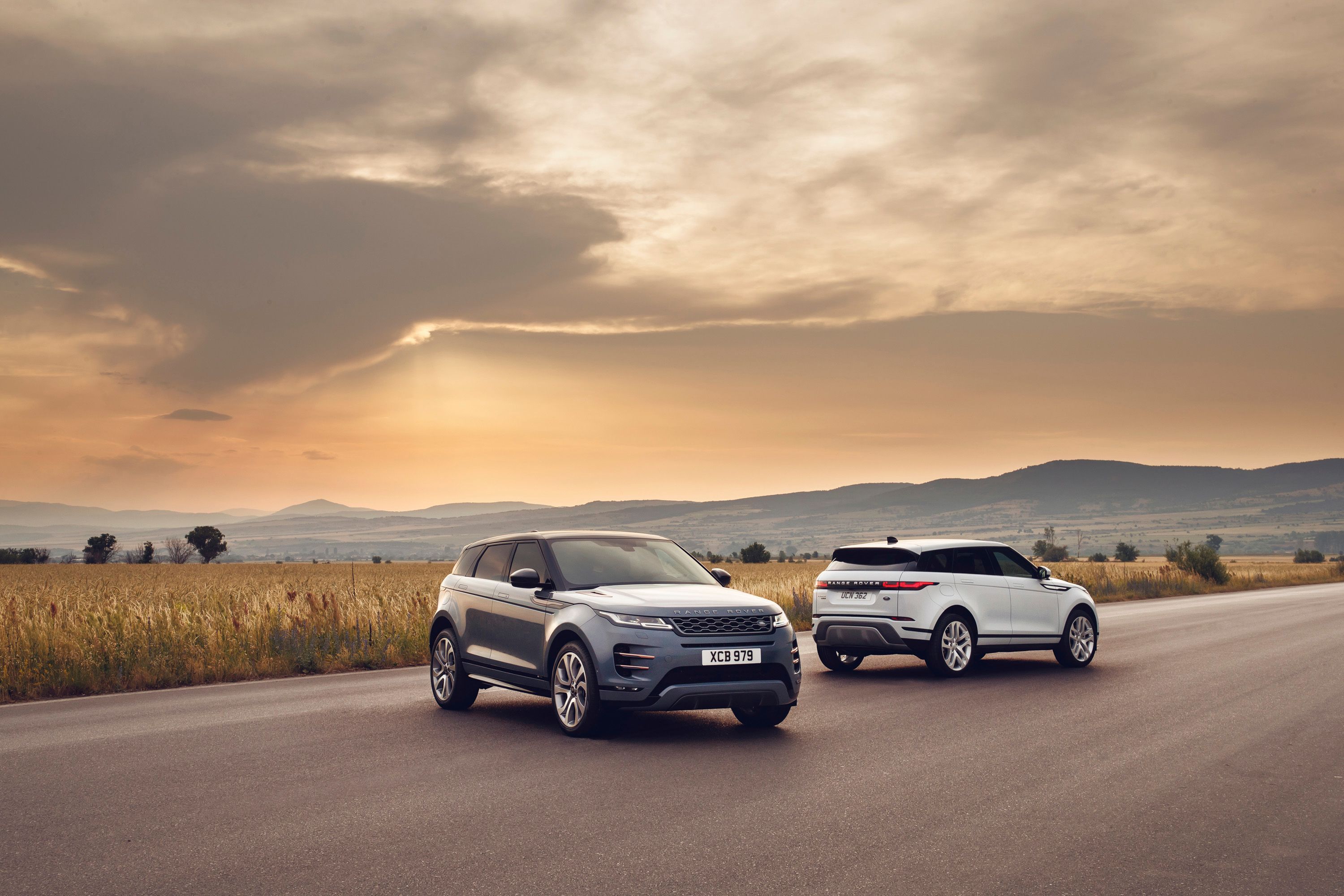
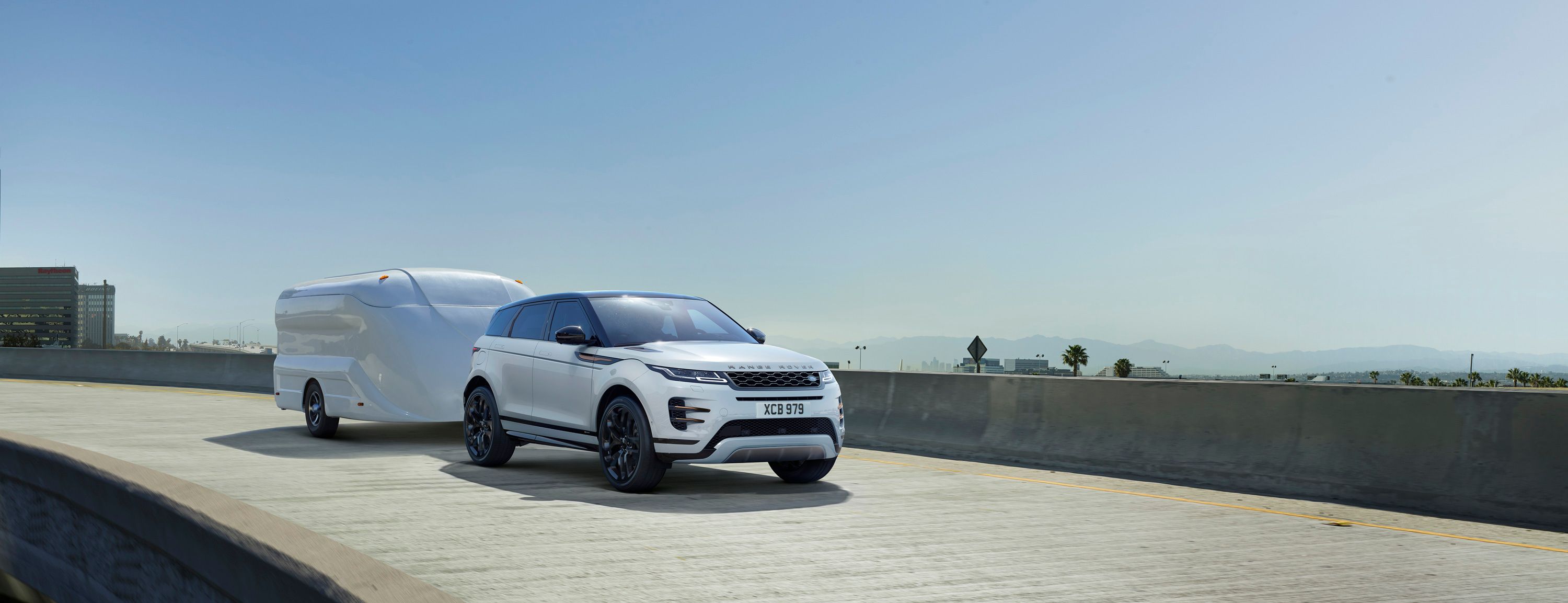
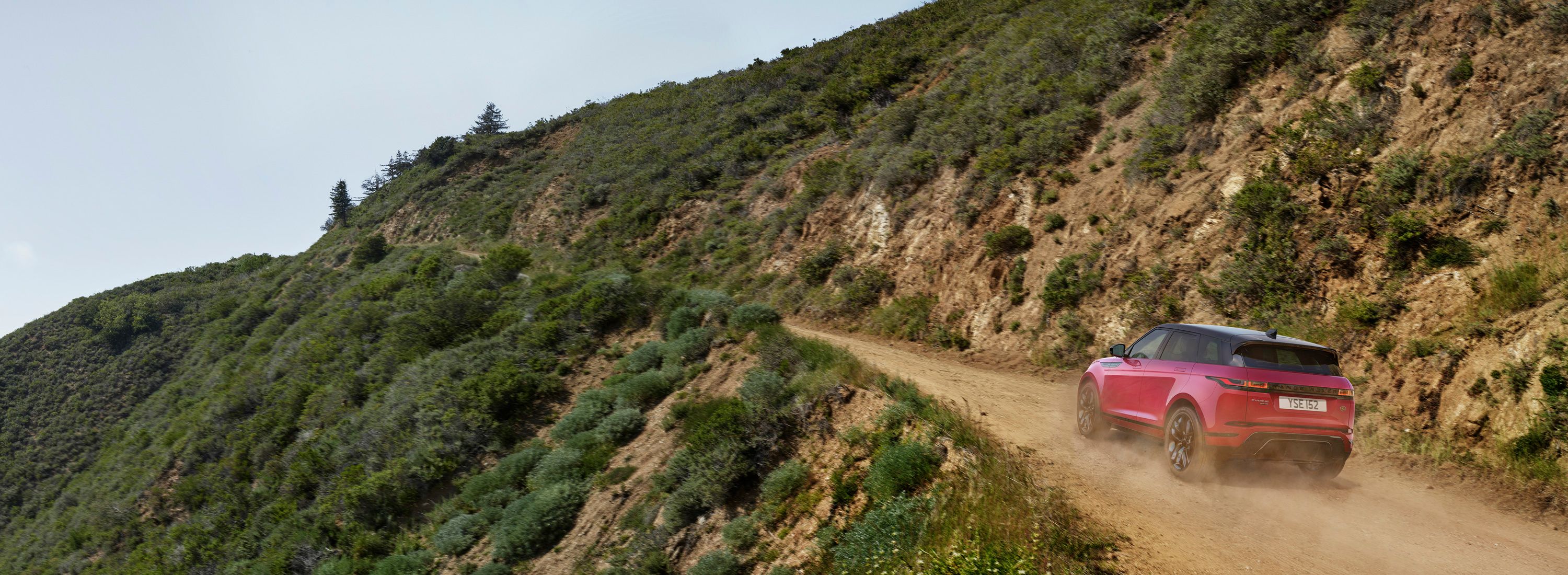
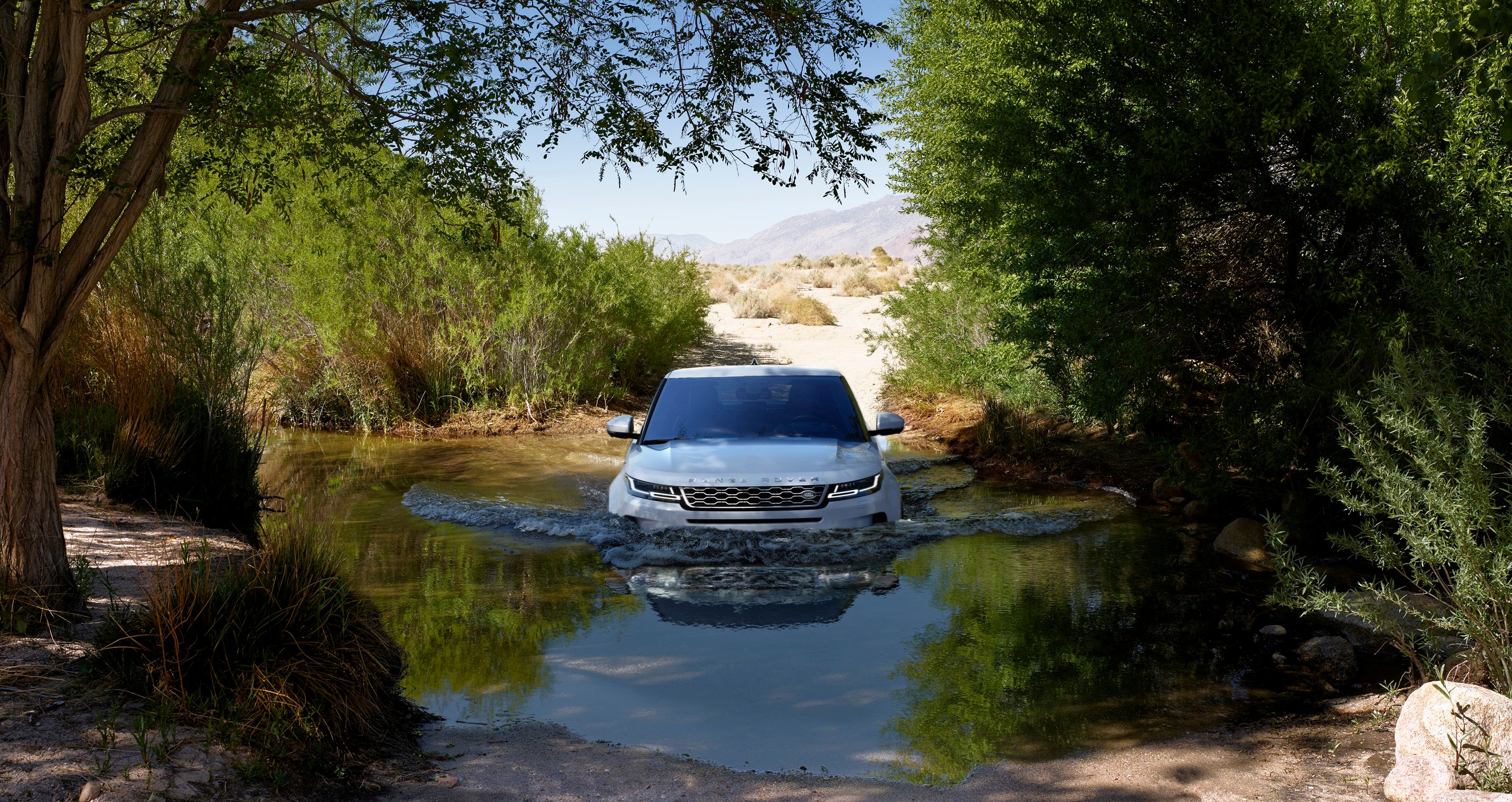
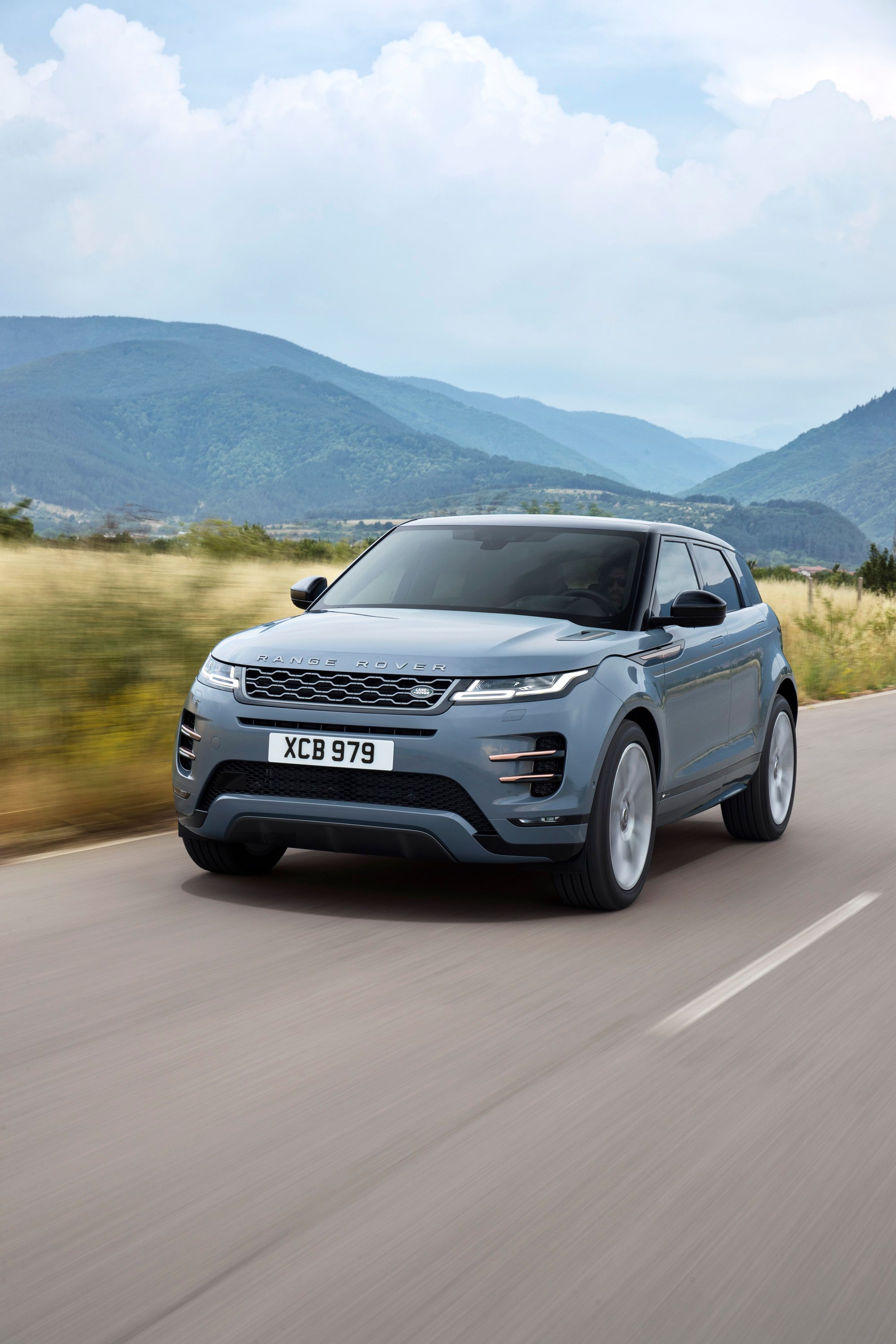
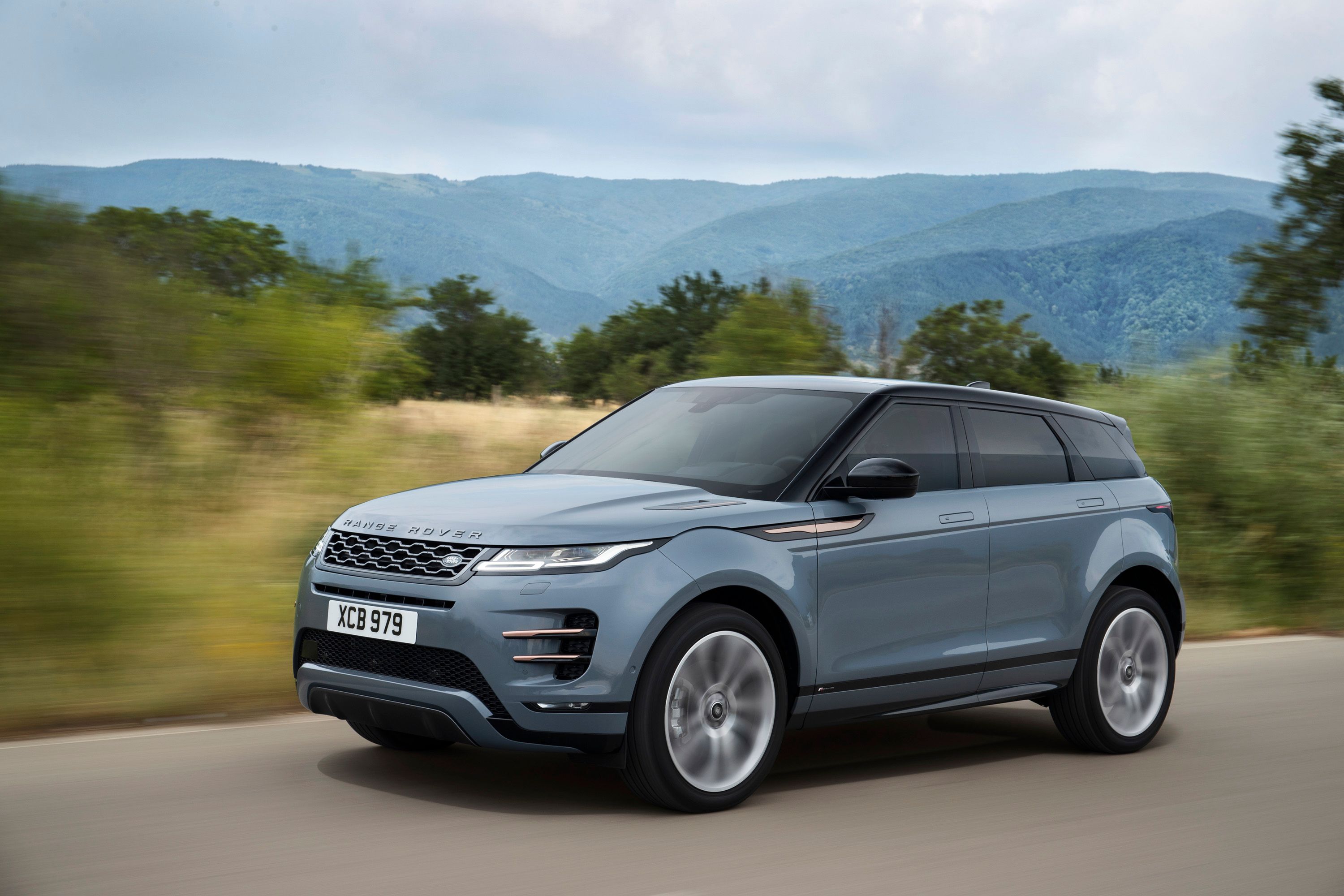
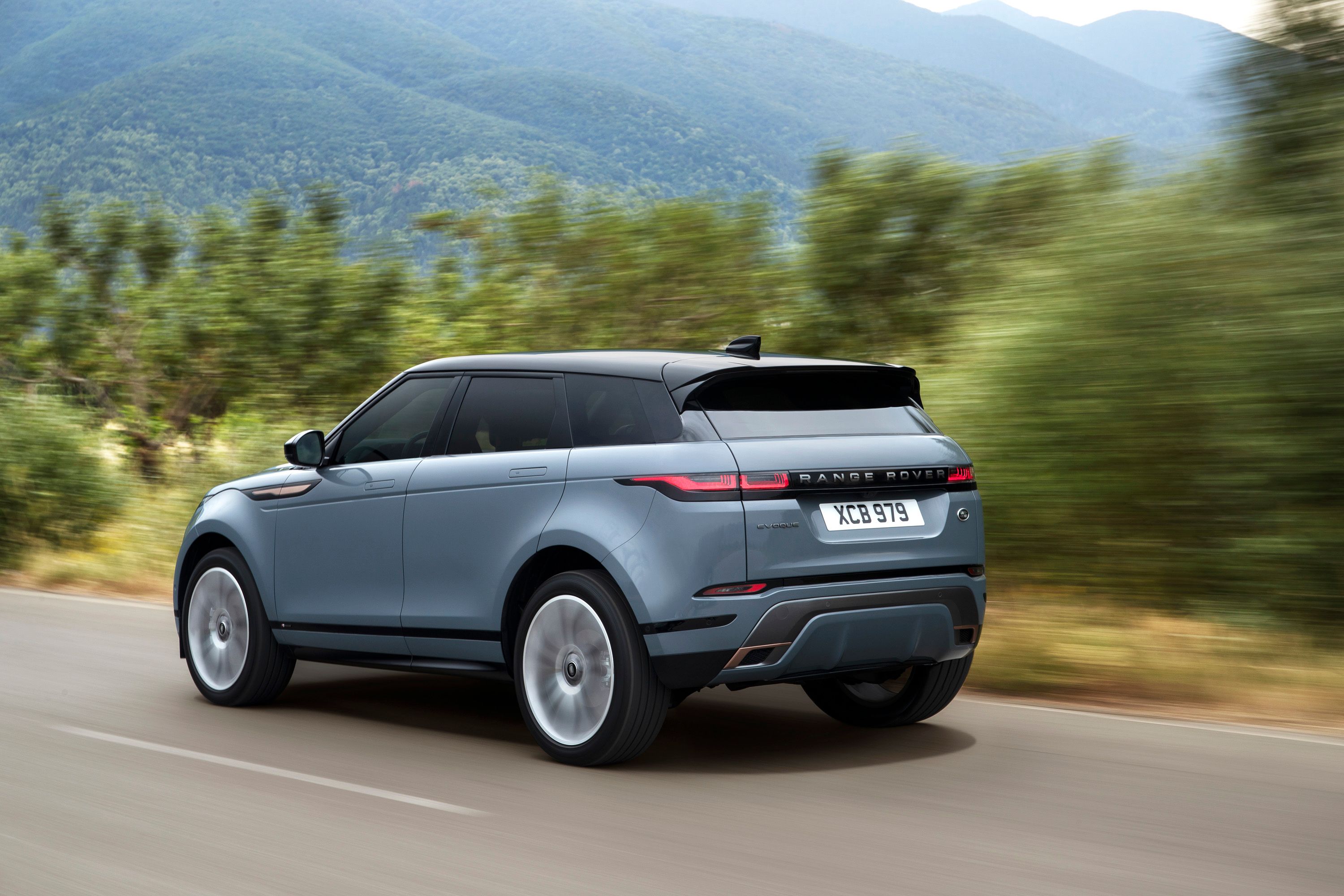
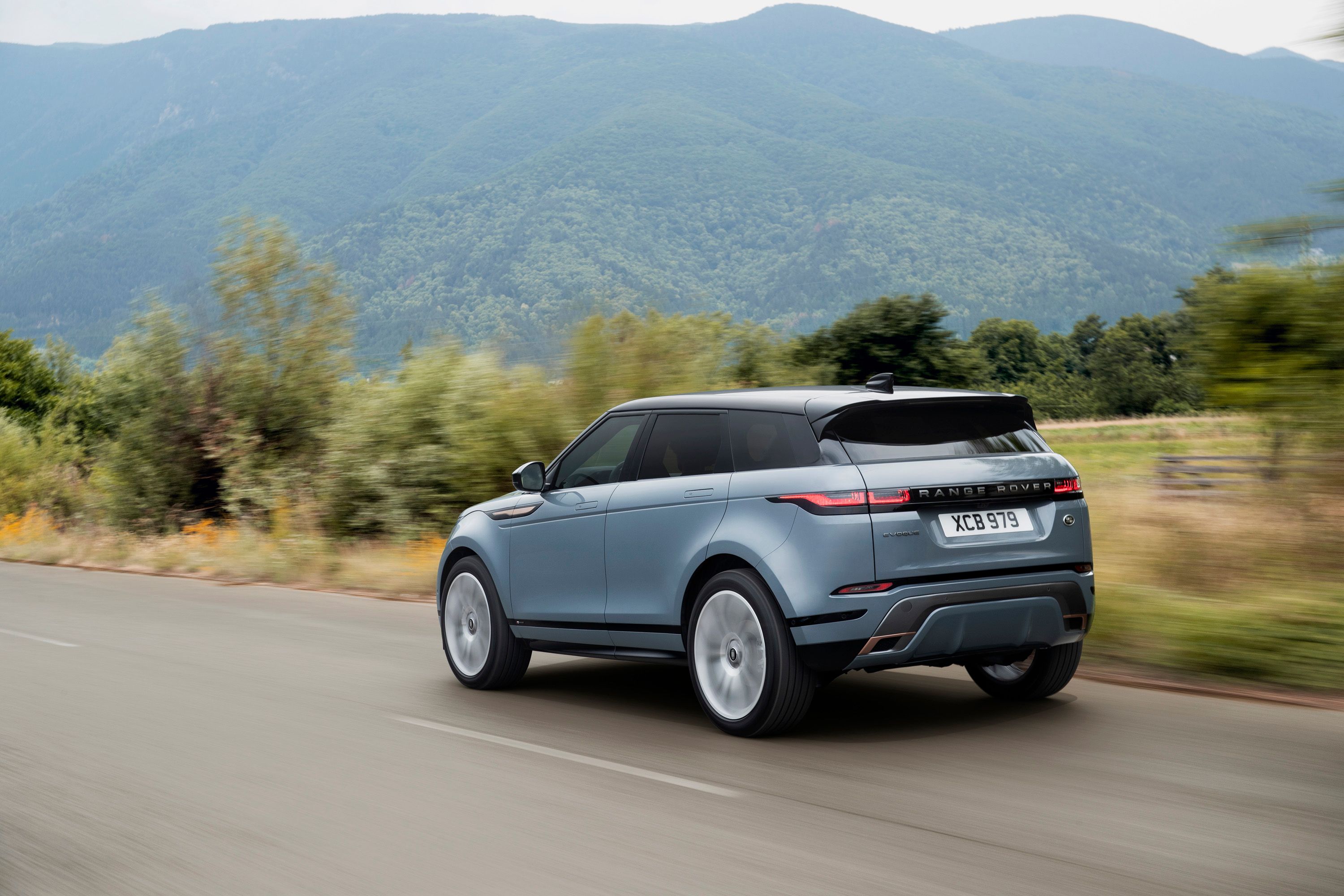
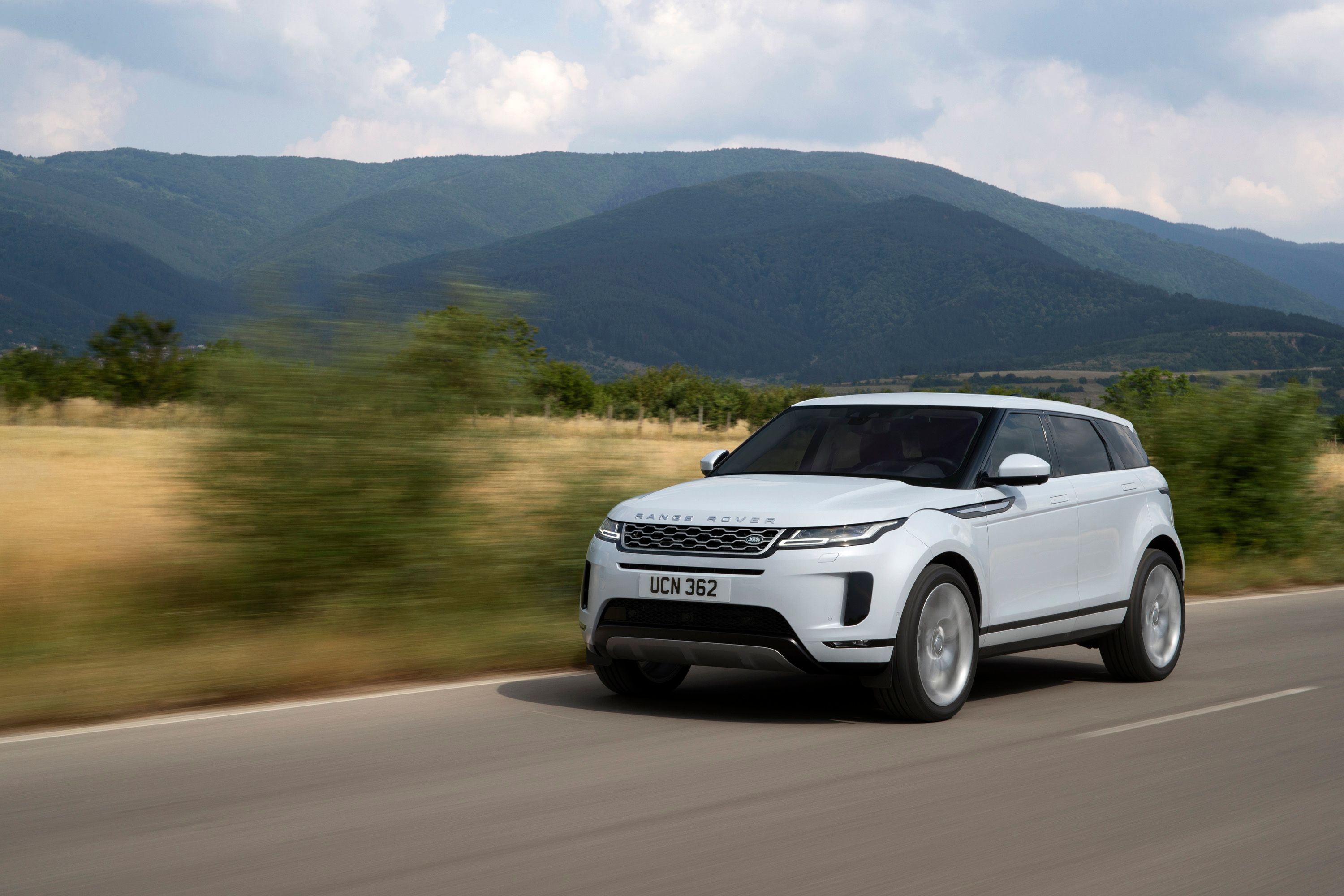
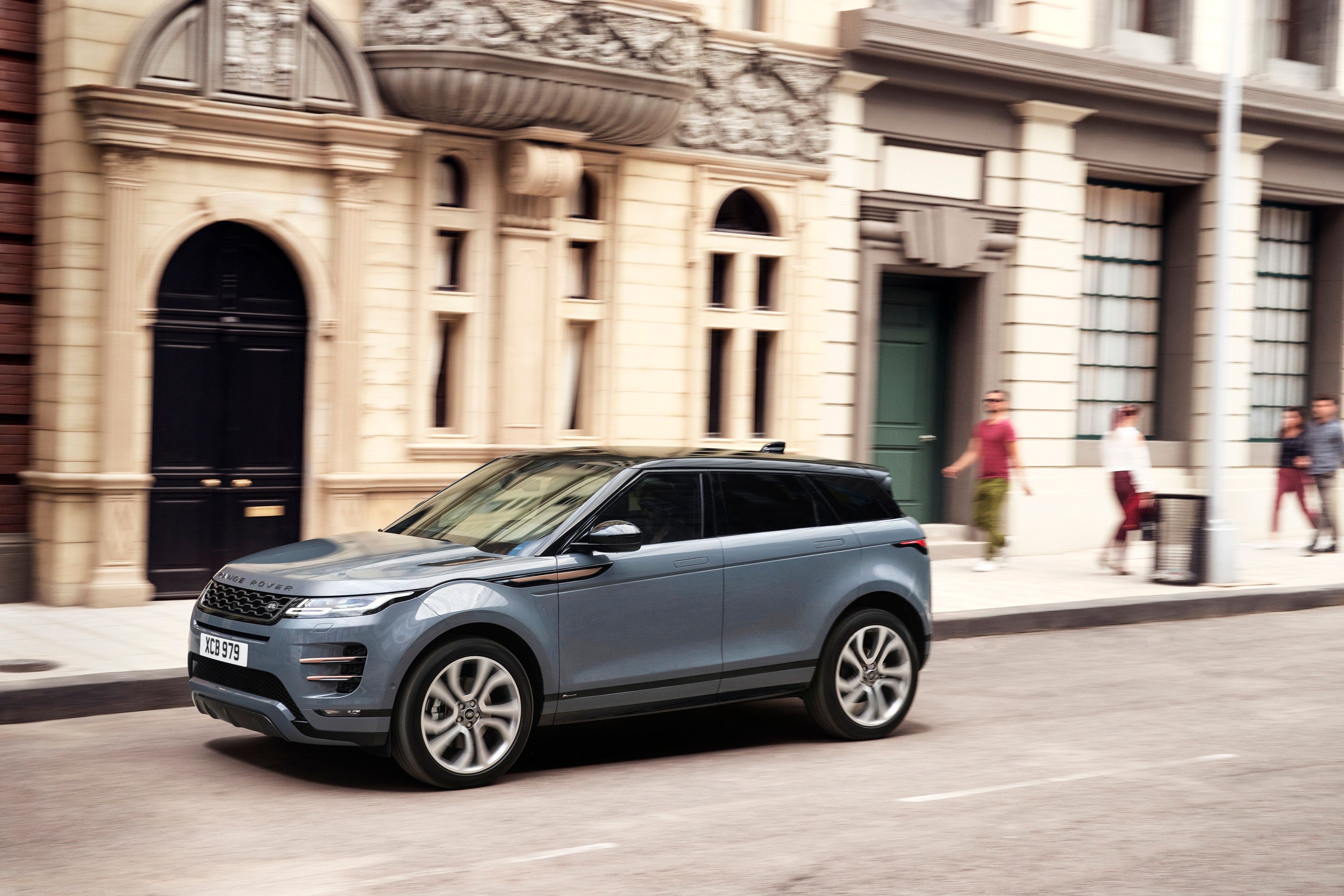

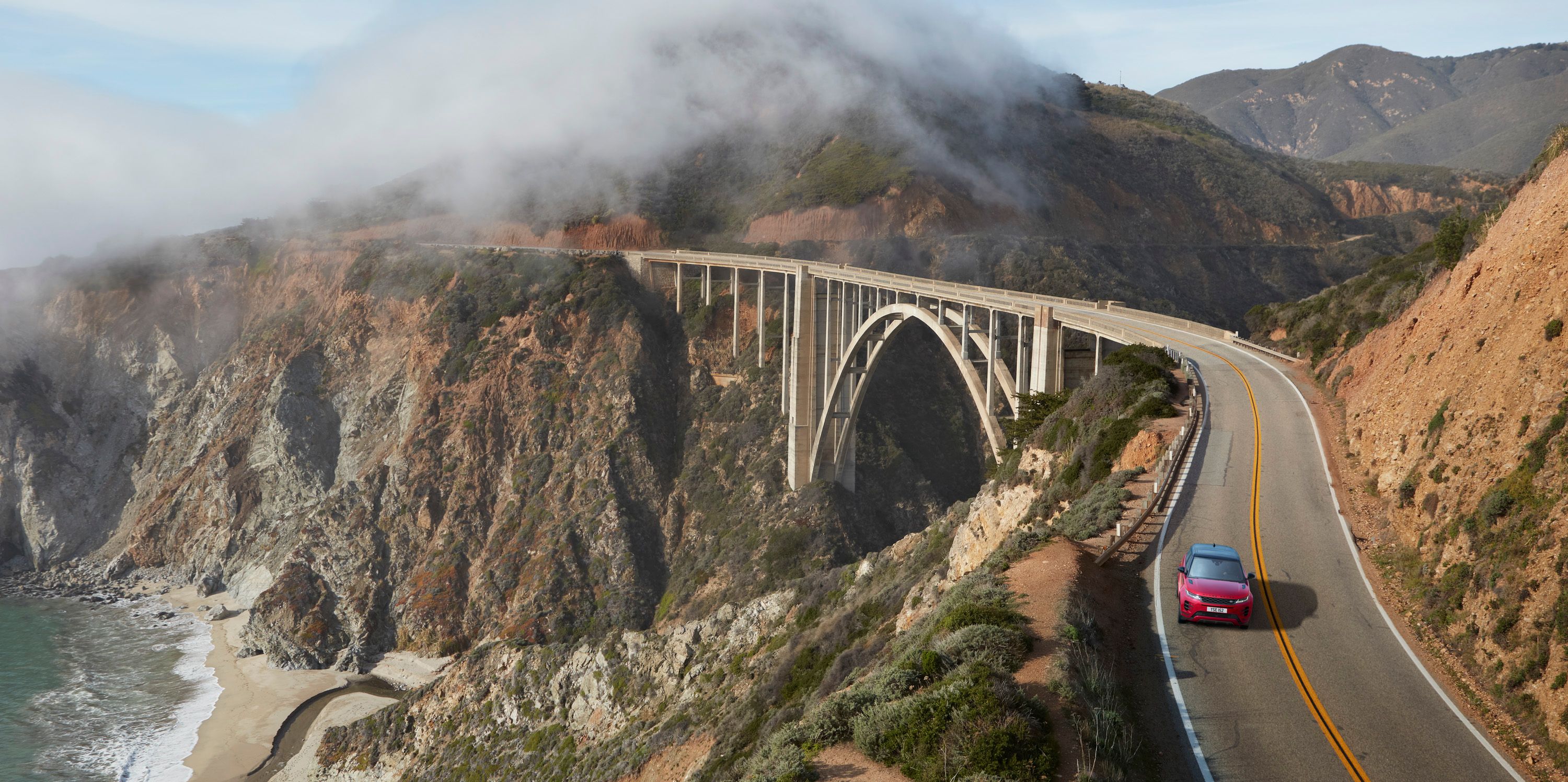
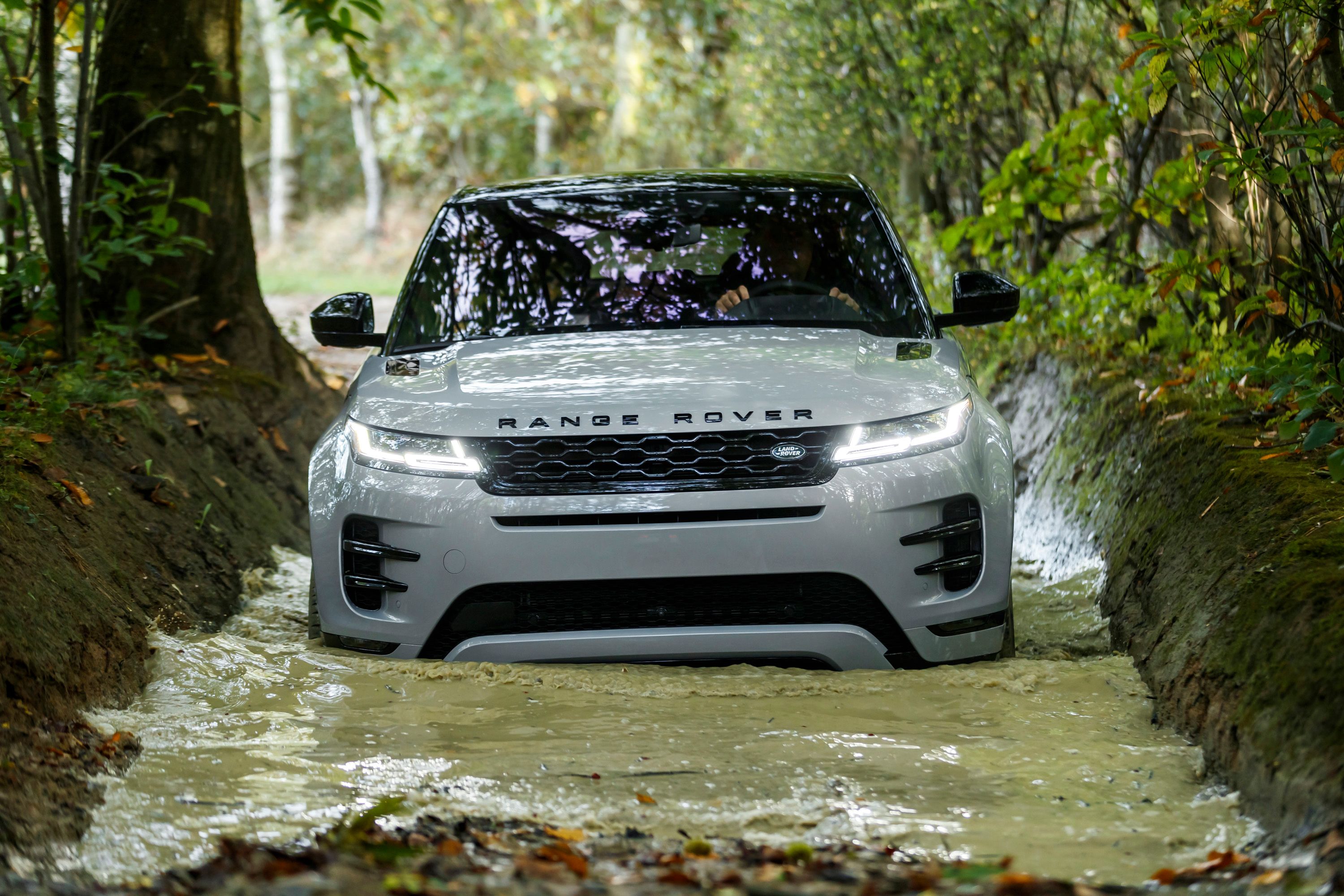
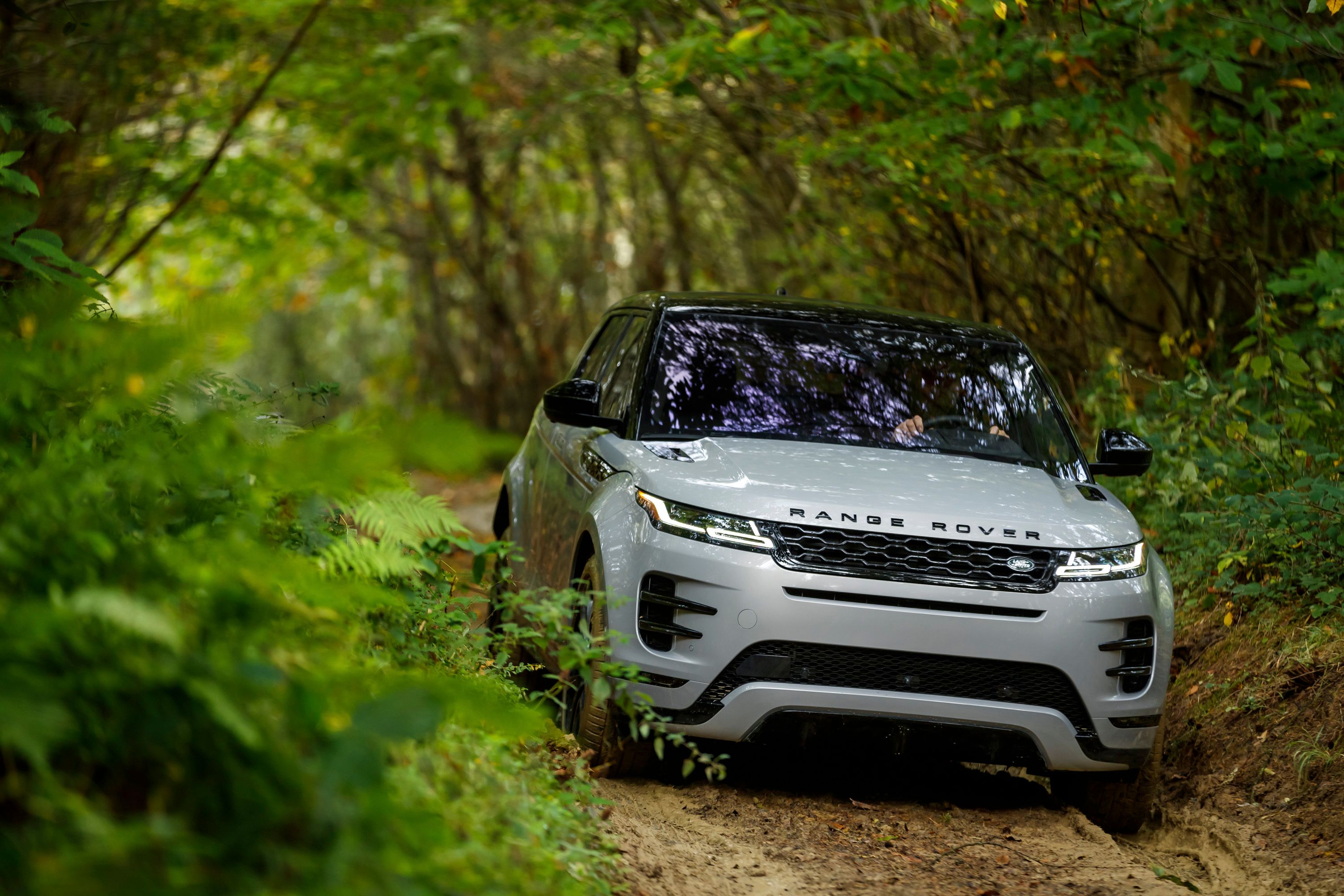
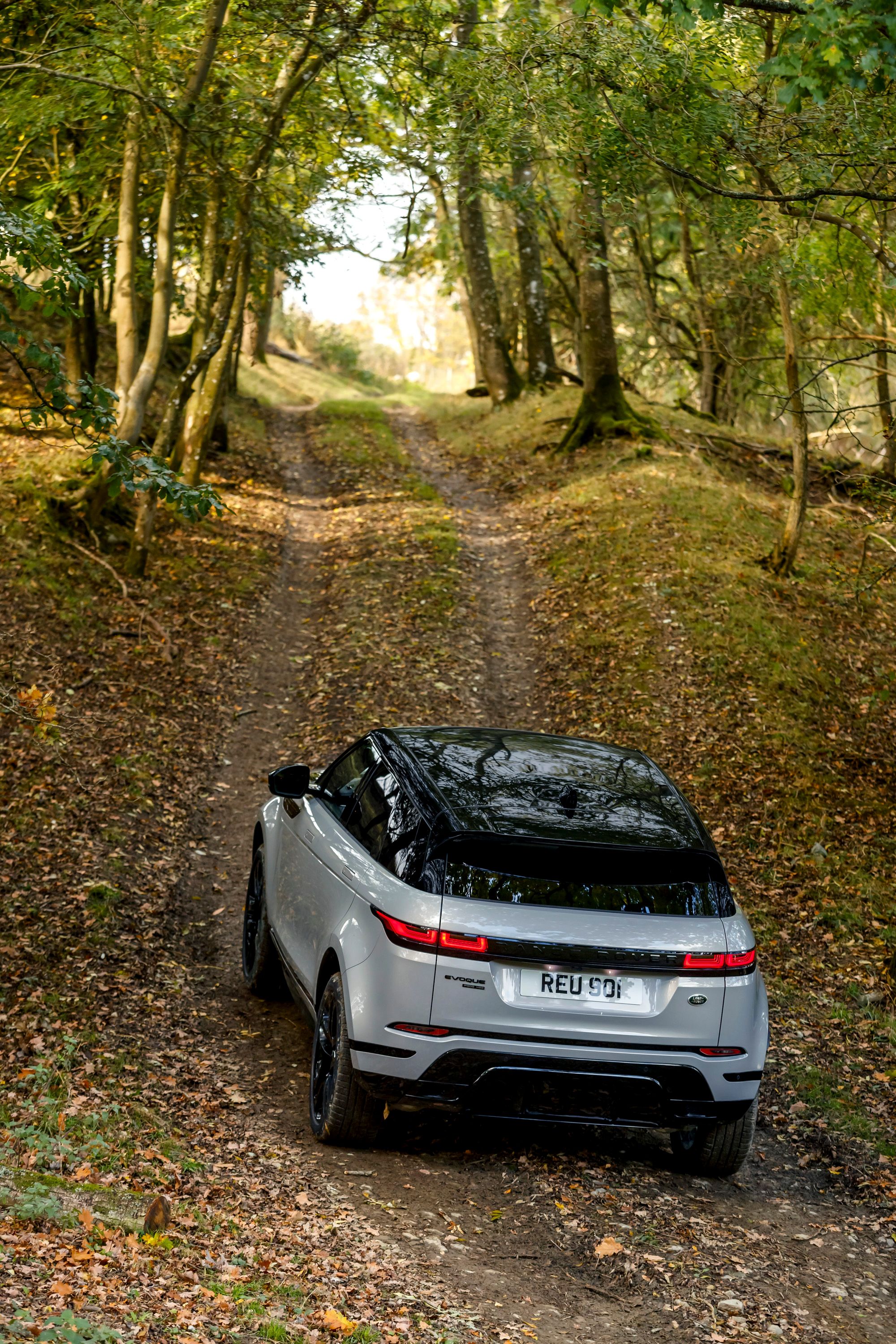
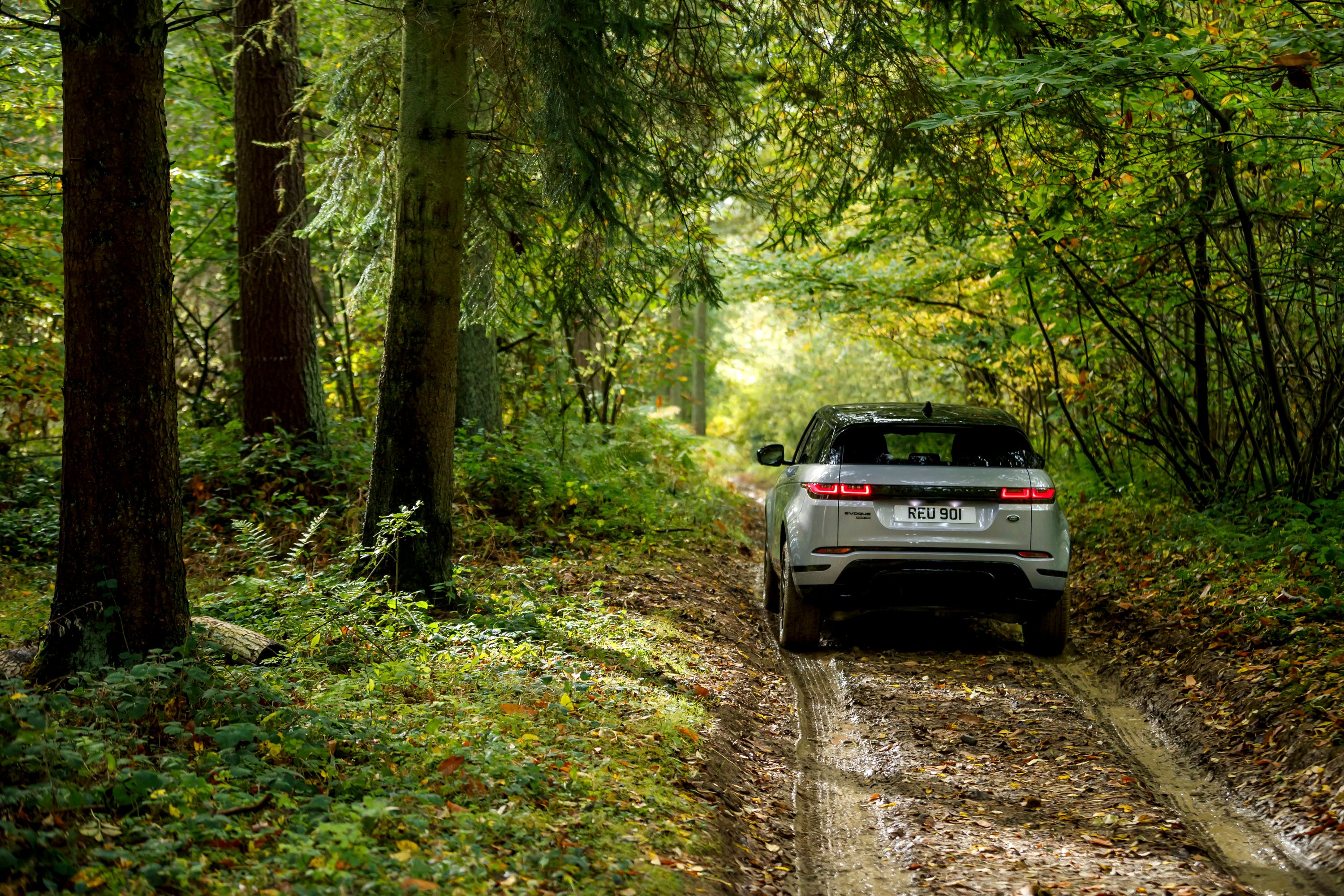
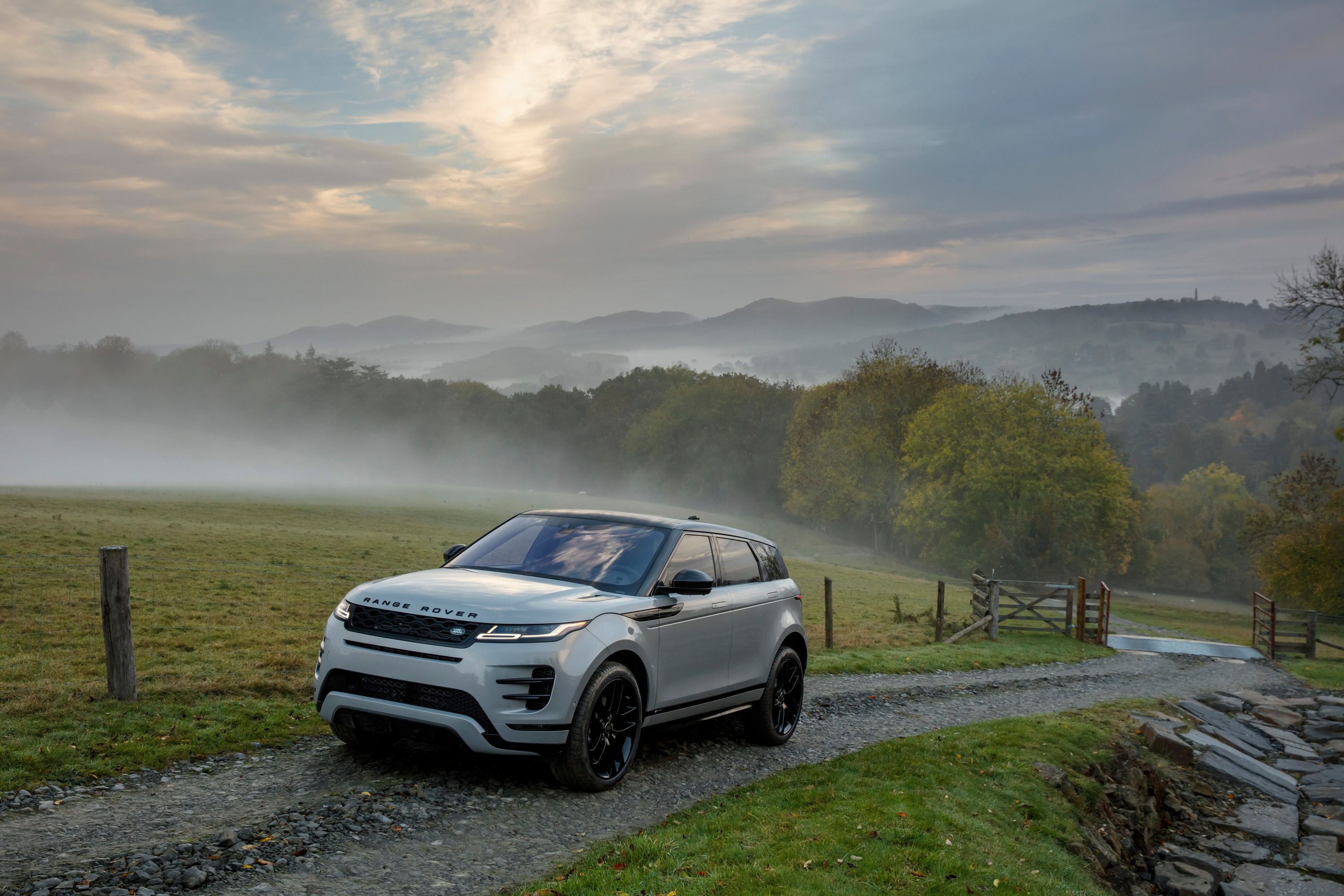
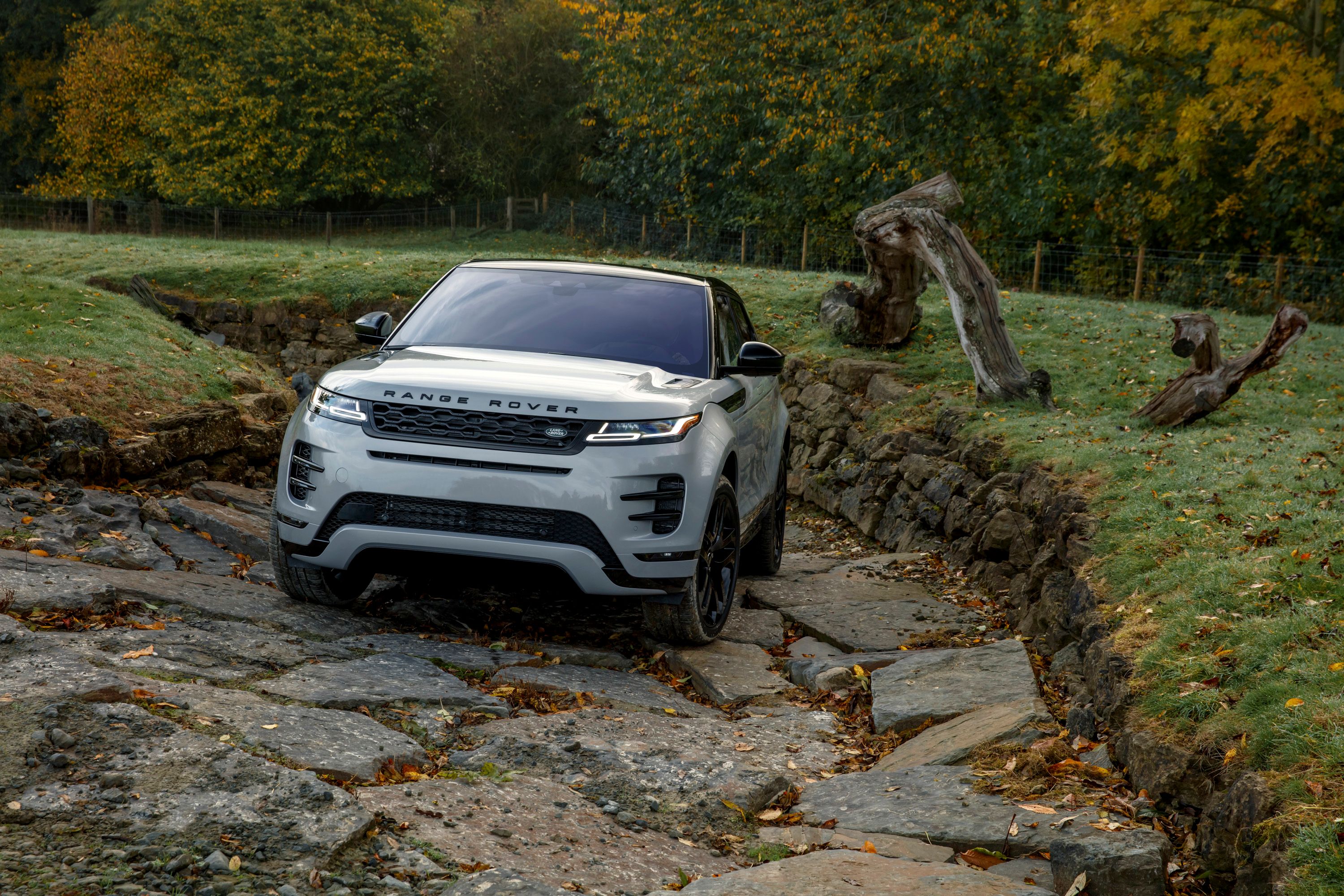
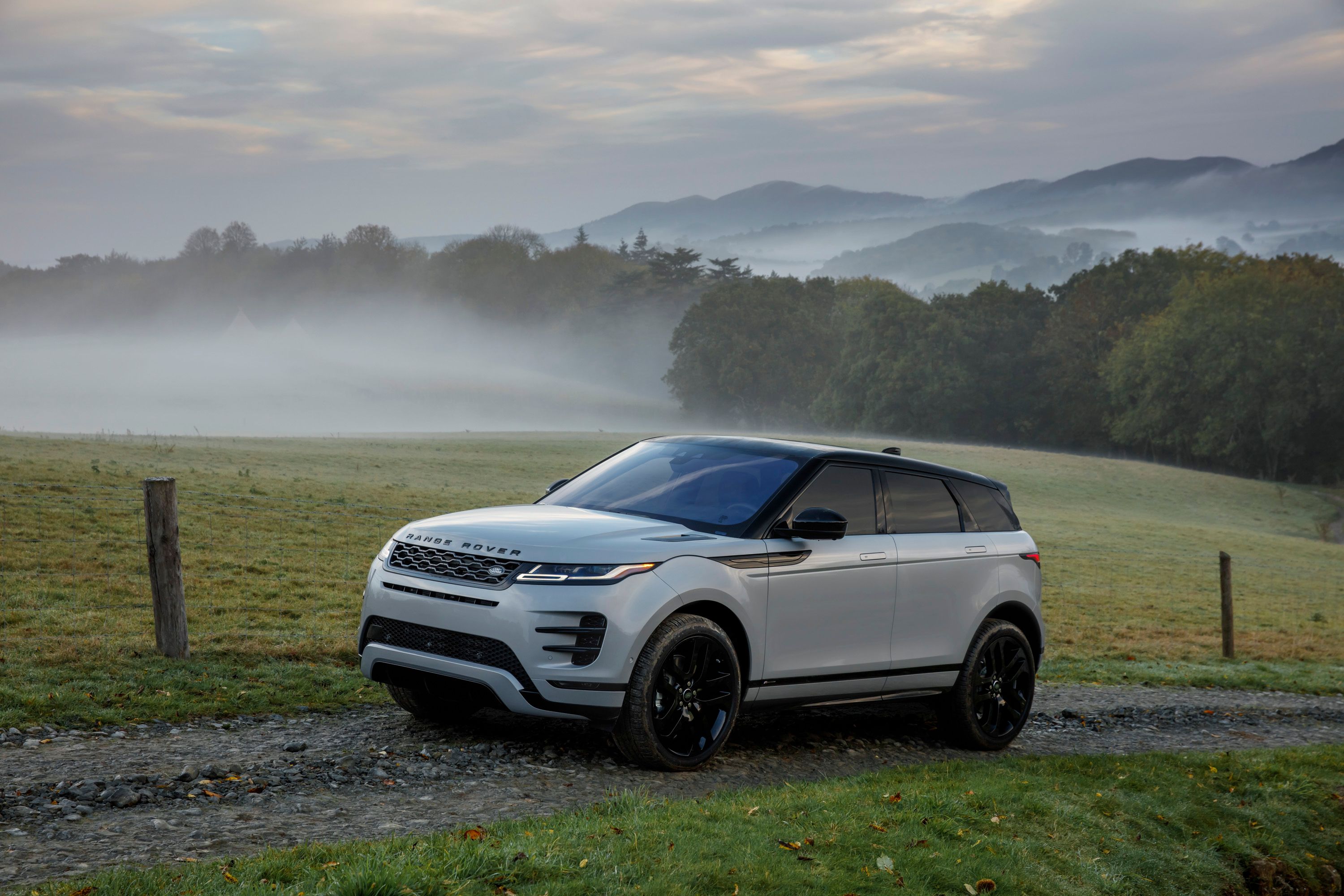
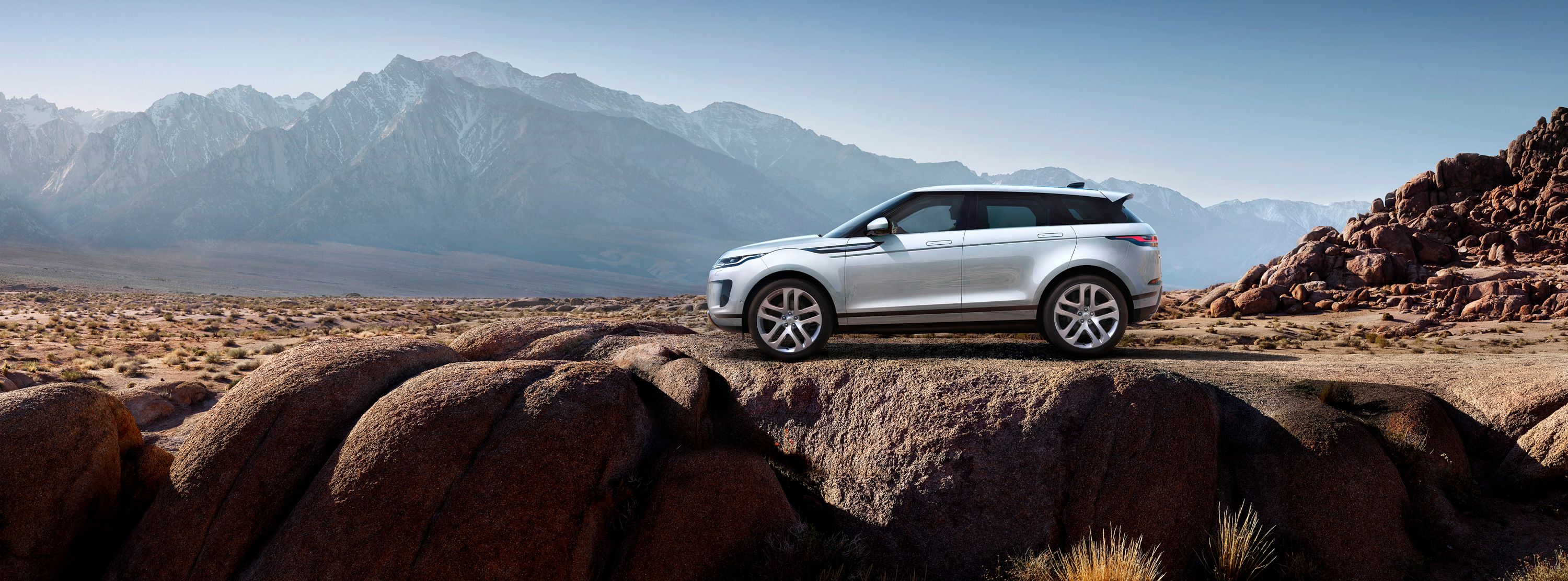
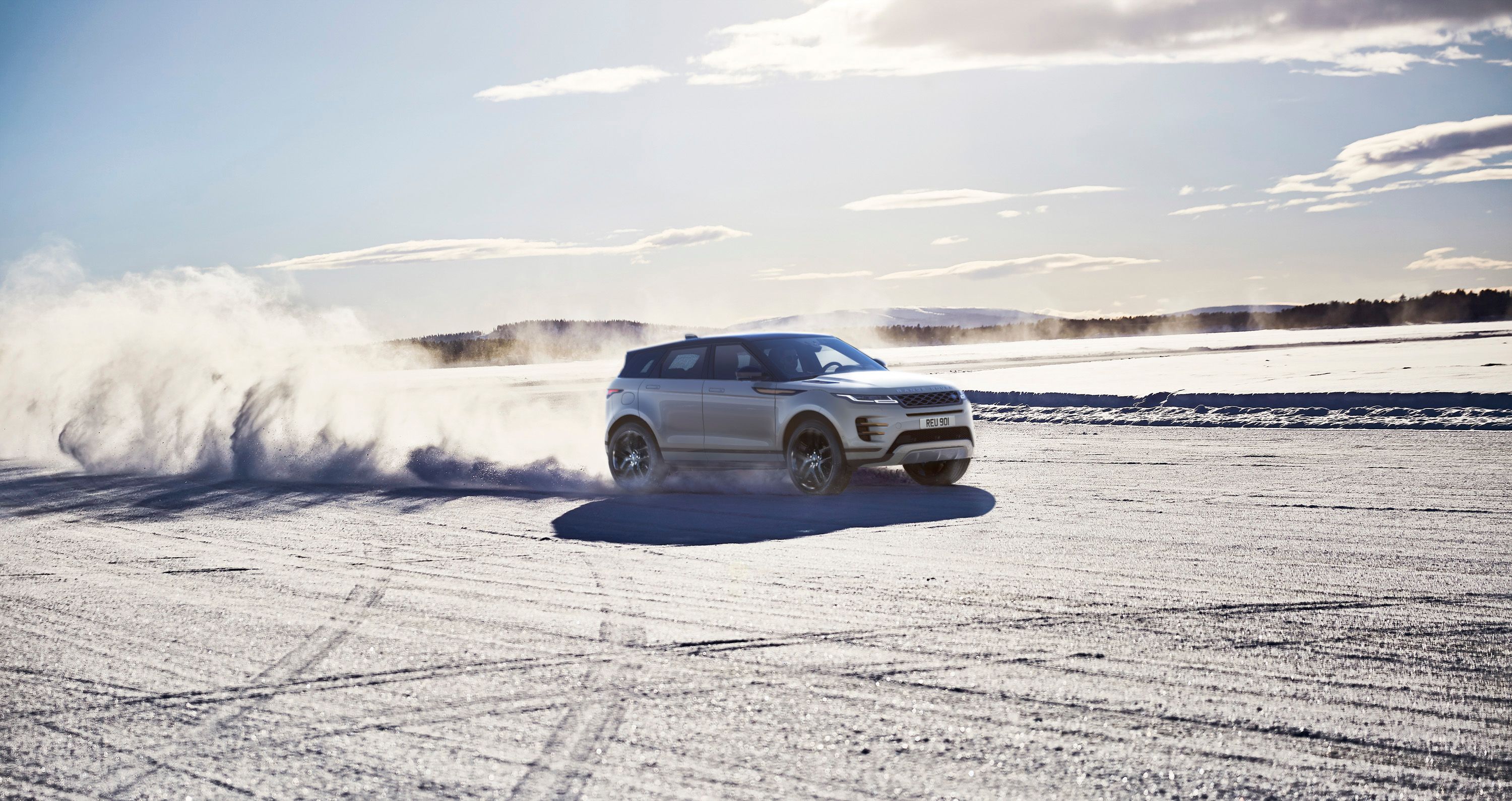
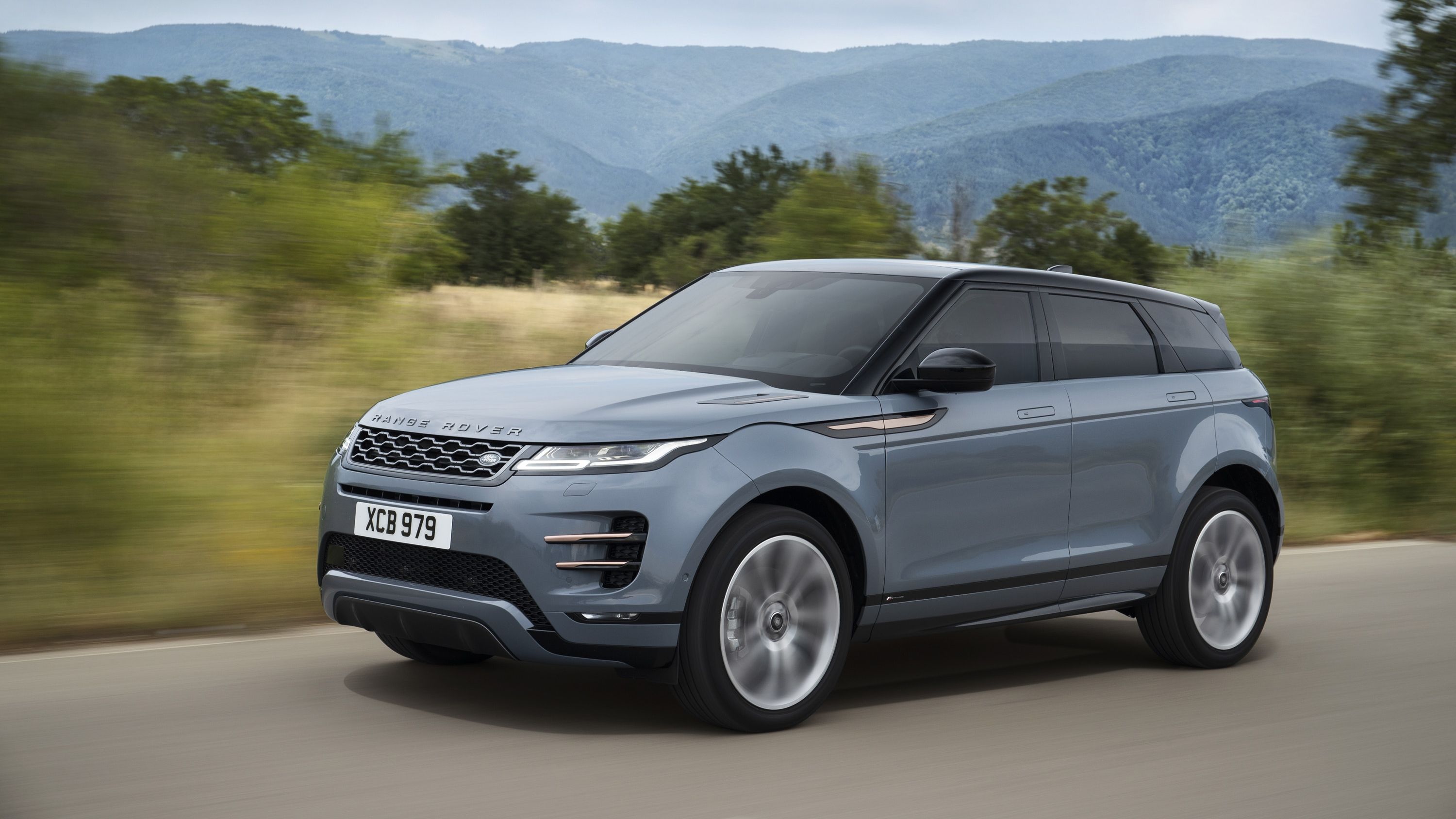
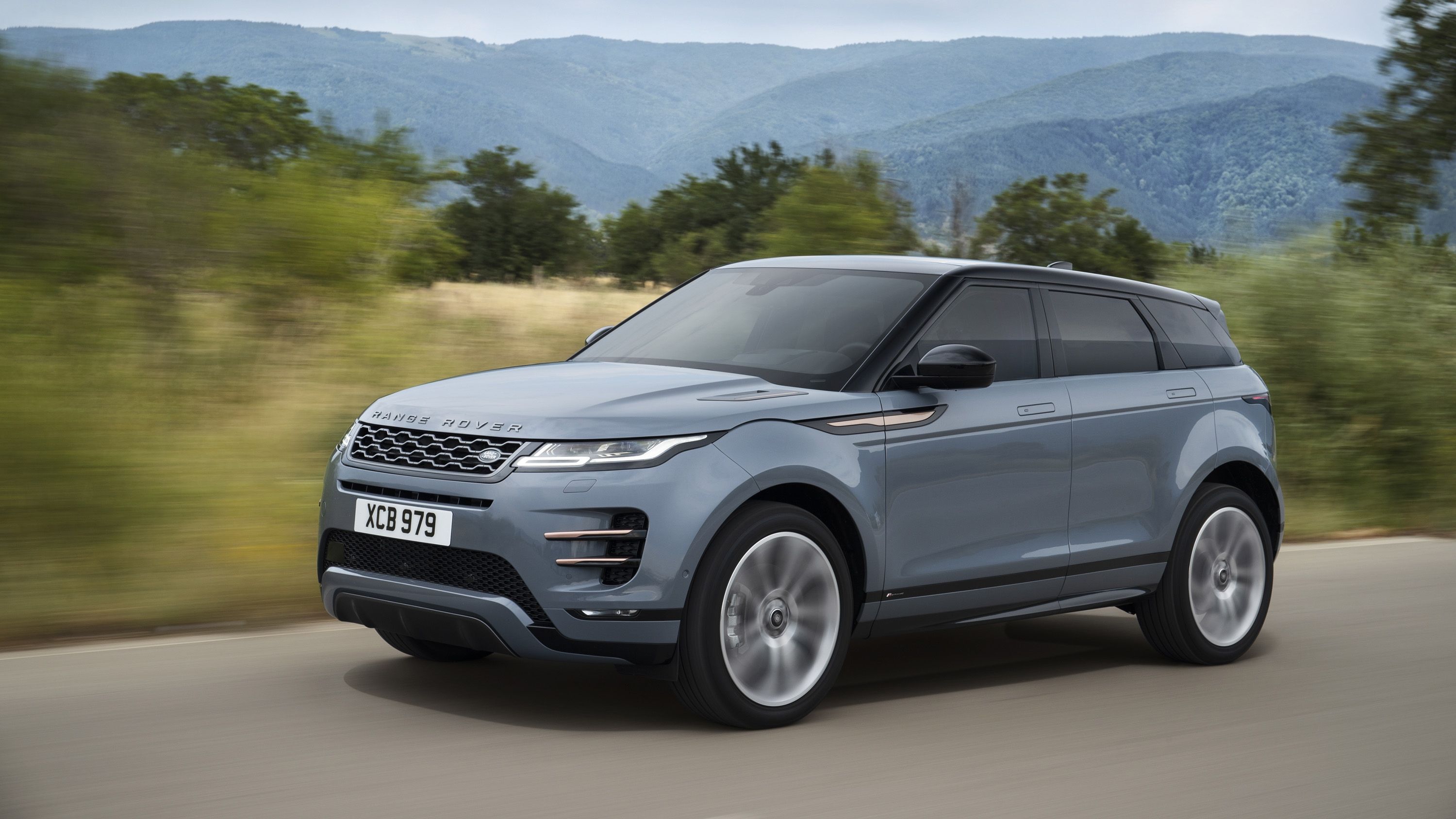
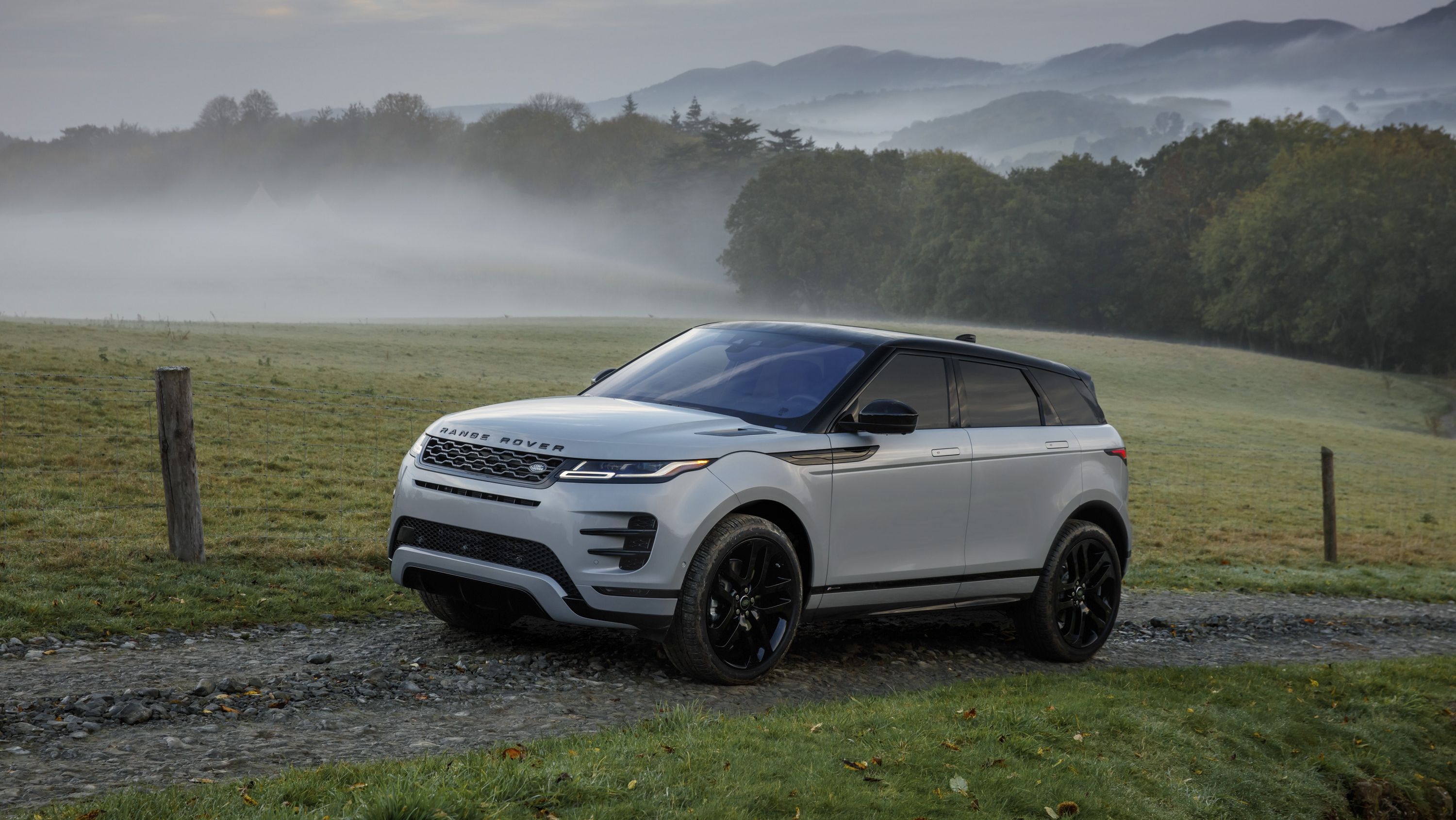









































- Make: Array
- Model: 2020 Land Rover Range Rover Evoque
- [do not use] Vehicle Model: Array
<
2020 Land Rover Range Rover Evoque Exterior
Although it's a complete redesign, the second-generation Evoque looks surprisingly familiar. The details are definitely finer and the compact SUV now boasts a modern high-tech look, but it's very similar to the outgoing model in terms of shape and overall design. This isn't shocking though. Land Rover is very conservative when it comes to designing brand-new SUVs, and the Evoque is simply a piece of this puzzle.
The same goes for the bumper, where we can see the same thin outlet under the grille, big vents on the sides, and a large opening in the center. Sure, some elements are larger or smaller, and the side vents now feature trim elements shaped like winglets, but it sure looks like Range Rover used the same stencil for the new Evoque.
The profile remains familiar, sporting the instantly recognizable design of the first-gen Evoque with the coupe-like silhouette and rising waistline.
Unlike the front and the sides, the rear section looks completely new. The crossover now sports two-piece taillights that are also slimmer and extend more into the rear fenders, while the "Range Rover" lettering is now integrated into a black stripe between the lights. The lower tailgate and bumper no longer have a wraparound design and give the Evoque a more modern look.
Additional lights are integrated into a thin black stripe just below the tailgate, while the bumper features a center trim piece that mimics the lower grille up front. The exhaust pipes are integrated at the bottom of each arm, while the center panel mimics a diffuser.
The burnished copper accents seen on the front and rear bumpers, as well as on the front fender inserts, are optional.
All told, the new Evoque is by no means revolutionary design-wise, but it definitely looks fresh and sportier than before.
2020 Range Rover Evoque Exterior Dimensions
|
Overall length (mm) |
4,371 |
|
Overall height (mm) |
1,649 |
|
Overall width (mirrors out) (mm) |
2,100 |
|
Wheelbase (mm) |
2,681 |
|
Front overhang (mm) |
880 |
|
Rear overhang (mm) |
810 |
|
Front track (mm) |
1,625.9 |
|
Rear track (mm) |
1,631.7 |
2020 Land Rover Range Rover Evoque Interior
The interior of the new Evoque is also heavily based on the outgoing model. We can see a similar two-tier layout for the dashboard and an almost identical setup of the center stack and the instrument cluster. However, the A/C vents at the top of the stack are slimmer, while the center section of the dash is wider and flows into a matching center console.
There's a new infotainment display as well. Not only larger, it's also placed a bit higher in the center stack and the unit itself is tilted toward the driver. That's mostly because the dash had a 45-degree angle now. A second touchscreen placed below provides access to various settings, including the air conditioning system. The center console continues toward the back with a modern gear lever, a storage box, and a leather-wrapped armrest.
While the steering wheel is similar to the old unit design-wise, it features redesigned controls with touch functions on the side spokes. Behind it, there's a redesigned instrument cluster with more room for extra information between the digital rev counter and speedo. The door panels now have angled armrests for increased comfort as well as revised controls for the windows and the side mirrors.
As in any Range Rover, craftsmanship is at its best.
As far as technology goes, the Touch Pro Duo operating system features new, faster software and Smart Settings, which uses artificial intelligence algorithms to learn the driver’s preference. In Range Rover's own words, it acts as an onboard butler. It can control seat position (which are 16-way adjustable), music and climate settings, as well as steering column preferences.
The new Evoque is also the first SUV in its class to feature a rear-view mirror that transforms into an HD video screen. Called "ClearSight rear-view mirror" it can be activated via a switch on the underside of the mirror and a camera feed from the top of the car displays what is behind the vehicle. The screen provides 50-degree field of vision and enhanced visibility in low light, so you can back up easier if rear visibility is hindered by rear-seat passengers or bulky luggage.
The new Premium Transverse Architecture and the revised interior also provides more room for passengers. Rear-seat passengers will enjoy an extra 20 mm (0.8 inches) of legroom, while front-seat passenger can now store tablets, handbags, and bigger bottles in the glove box and the center cubby. Luggage capacity in the trunk increased by 10 percent to 591 liters (20.8 cubic feet). The trunk is also wider than before and easily fits a folded pram or a set of golf clubs. With the second-row seats folded flat, total capacity grows to 1,383 liters (48.8 cubic feet).
2020 Range Rover Evoque Interior Dimensions
|
Headroom (mm) |
Row 1: 989; Row 2: 973 |
|
Shoulderroom (mm) |
Row 1: 1,438; Row 2: 1,407 |
|
Legroom (mm) |
Row 1: 1016; Row 2: 859 |
|
Luggage capacity (litres) |
Behind Row 1: 1,383; Behind Row 2: 591 |
|
Loadspace length (mm) |
Behind Row 1: 1,576; Behind Row 2: 798 |
|
Loadspace height (mm) |
700 |
|
Loadspace width (mm) |
1,301 |
2020 Land Rover Range Rover Evoque Drivetrain
The Evoque remains a four-cylinder exclusive vehicle in the new generation, but all the old engines replaced by newer, more modern units. What's more, the new platform, which is part of a £1-billion plan for electrification, allows both 48-volt mild hybrid and plug-in hybrid systems.
The most powerful gas model available comes with 300 horsepower and 295 pound-feet of twist on tap. Naturally, it's the quickest SUV too, needing only 6.3 clicks to get to 60 mph, while top speed comes in at 150 mph.
All told, you now have access to two engines that are more powerful than the outgoing gas mill, rated at 240 horsepower. All three gas versions feature all-wheel drive and a nine-speed automatic transmission as standard. Also, all three deliver a bit more than 30 mpg combined on the British cycle, but EPA estimates aren't yet available.
Moving over to diesels, the range begins with the only drivetrain that's not a mild hybrid. It's also the only one that's FWD and pairs to a six-speed manual transmission. The 2.0-liter four-cylinder, which replaces the old Ford-sourced 2.2-liter unit, delivers 150 horsepower and 280 pound-feet of torque. It charges to 60 mph in 9.9 seconds and toward a top speed of 125 mph. You can get the same engine with the exact same specs as a mild hybrid, but performance drops a bit.
More oomph comes from a beefed-up diesel that cranks out 180 horsepower and 317 pound-feet of torque. This version will get you to 60 mph in 8.8 seconds and up a top speed of 128 mph. The range-topping diesel SUV features the same oil burner, but in a package that generates 240 horsepower and 369 pound-feet of twist. It's obviously the quickest to 60 mph, needing 7.2 seconds to get there, and hits a top speed of 140 mph. All three hybrid models have AWD and the nine-speed automatic. The diesels also return better fuel economy, between 40.4 to 44.9 mpg combined, depending on specifications.
Range Rover unveiled that the Evoque will also benefit from a more efficient plug-in hybrid model and a three-cylinder gasoline engine, but declined to offer any details. All we know is that they will be launched in 2019.
The revised all-wheel-drive system now works in conjunction with the second-generation Active Driveline with Driveline Disconnect, which enhances efficiency. The new Adaptive Dynamics system optimizes comfort and agility. Finally, the Evoque comes with Terrain Response 2. A technology first found on full-size Range Rover SUVs, it automatically detects the surface being driven on and adjusts the set-up accordingly. So while small, the Evoque is quite capable off the beaten path. Also, the Evoque can now wade through water up to 600 mm (almost two feet), a 20 percent increase over the old model.
U.S. market specifications are slim as of this writing, but Range Rover confirmed two gasoline units for North America. At launch, you'll be able to choose between the 250- and 300-horsepower versions.
2020 Range Rover Evoque Performance Specs - UK
|
2.0l D150 2WD Manual |
2.0l D150 AWD Automatic MHEV |
2.0l D180 AWD Automatic MHEV |
2.0l D240 AWD Automatic MHEV |
2.0l P200 AWD Automatic MHEV |
2.0l P250 AWD Automatic MHEV |
2.0l P300 AWD Automatic MHEV |
|
|
Engine type |
Inline-4 common rail diesel, 16 valves; DOHC; variable intake cam timing, variable geometry turbo |
Inline-4 common rail diesel, |
|||||
|
16 valves; DOHC; variable intake cam timing, variable geometry turbo |
Inline-4 common rail diesel, 16 valves; DOHC; variable intake cam timing, variable geometry turbo |
Inline-4 common rail diesel, 16 valves; DOHC; variable intake cam timing, variable geometry turbo |
Inline-4 gasoline, 16 valve; DOHC, variable intake and exhaust cam timing; variable intake valve lift, twin-scroll turbo |
Inline-4 gasoline, 16 valve; DOHC, variable intake and exhaust cam timing; variable intake valve lift, twin-scroll turbo |
Inline-4 gasoline, 16 valve; DOHC, variable intake and exhaust cam timing; variable intake valve lift, twin-scroll turbo |
||
|
Electric Motor |
- |
Synchronus reluctance motor |
Synchronus reluctance motor |
Synchronus reluctance motor |
Synchronus reluctance motor |
Synchronous claw pole rotor |
Synchronous claw pole rotor |
|
Max Power |
150PS (110kW) @ 2400rpm |
150PS (110kW) @ 2400rpm |
180PS (132kW) @ 2400rpm |
240PS (177kW) @ 2400rpm |
200PS (147kW) @ 5500rpm |
249PS (183 kW) @ 5500rpm |
300PS (221kW) @ 5500rpm |
|
Max Torque |
380Nm (280lb ft) @ 1750-2500rpm |
380Nm (280lb ft) @ 1750-2500rpm |
430Nm (317lb ft) @ 1750-2500 rpm |
500Nm (369lb ft) @ 1500-2500 rpm |
340 Nm (251lb ft) @ 1300-4500rpm |
365Nm (269lb ft) @ 1300-4500rpm |
400Nm (295lb ft) @ 1500-4500 rpm |
|
Transmission |
Six-speed (manual) |
Nine-speed (automatic) |
Nine-speed (automatic) |
Nine-speed (automatic) |
Nine-speed (automatic) |
Nine-speed (automatic) |
Nine-speed (automatic) |
|
0-60mph (0-96km/h) (secs) |
9.9 |
10.4 |
8.8 |
7.2 |
8 |
7 |
6.3 |
|
Top speed (km/h / mph) |
201 / 125 |
196 / 122 |
205 / 128 |
225 / 140 |
216 / 134 |
230 / 143 |
242 / 150 |
Prices
U.S. pricing for the new Evoque is not yet available and Range Rover said it won't be revealed until the crossover makes its North American debut at the 2019 Chicago Auto Show in February.
However, the Brits released pricing for the United Kingdom.
There, the base model will retail from £31,600, while the S version will cost £34,750. The SE model will fetch £38,250, while the HSE will come in at £41,250. Finally, the First Edition model will cost £45,300. The R-Dynamic package costs £1,500, but it's included as standard for the First Edition variant.
With the outgoing Evoque priced from $41,800, the second-generation SUV could start from $43,000.
Competition
BMW X1
The BMW X1 is a hot competitor to the Range Rover Evoque – though mostly because of its stylish nature and on-road drivability. The X1 isn’t a dedicated off-roader with a tall ground clearance and underbody skid plating. The X1 is, however, a decent soft-roader with the ability to trek up snowy hills with BMW’s available xDrive AWD system. Speaking of drivetrain components, the X1 comes with a 2.0-liter turbo four-cylinder making 228 horsepower and 258 pound-feet of torque. An eight-speed automatic does the shifting, and the xDrive system sends power to the rear wheels when traction becomes an issue. Like the Evoque, the X1 is a FWD-biased crossover. In fact, the X1 comes standard with FWD, making it one of the only BMWs in history to use the layout. Pricing for the 2017 X1 sDrive (what BMW calls FWD) starts at $34,950. Opt for the xDrive model, and the price jumps to $36,950.
Read our full review of the 2018 BMW X1.
Mercedes-Benz GLA-Class
Introduced for the 2015 model year, the GLA-Class is is the company's first venture in this market. Specifically designed to compete with the BMW X1, the GLA the smallest crossover in Mercedes' lineup. Just like X1, the GLA came to the U.S. with just one engine, a turbocharged, 2.0-liter four-cylinder good for 208 horsepower and 258 pound-feet of twist. Merc claims the GLA250 returns up to 35 mpg on the highway, which places it above the X1. While the U.S. gets just one engine, European customers have access to crossovers with the smaller, 1.6-liter four-pot. The GLA180 comes with 120 horsepower and 148 pound-feet, while the GLA200 cranks out 156 horses and 184 pound-feet. Three diesels round out the lineup, starting with the 1.5-liter rated at 108 horsepower and 192 pound-feet. A 2.1-liter oil burner is also available with either 134 horses and 221 pound-feet or 168 horsepower and 258 pound-feet. Pricing starts from $33,950 in the United States.
Read our full story on the 2018 Mercedes-Benz GLA-Class.
Jaguar E-Pace
Unfortunately for Jaguar Land Rover, the Evoque will also compete against the E-Pace. And even though the Jag has a sportier look and it's not as capable off-road, the two will split some numbers because, let's face it, many compact SUV customers want a city vehicle more than a crawler. Based on the bigger F-Pace design-wise, the E-Pace shares engines with the Evoque, so in the uses it comes with the same 2.0-liter four-cylinder rated at 250 horsepower and 269 pound-feet of torque. Opt for the R-Dynamic package and output increases to 300 horsepower and 295 pound-feet of twist. The sprint to 60 mph takes 6.1 seconds, so the E-Pace is a bit quicker than the Evoque. Of course, European customers also have access to the Ingenium diesel engines, but not the mild-hybrid versions yet. U.S. pricing starts from $38,600.
Read our full review of the 2018 Jaguar E-Pace.
Conclusion
The Land Rover Range Rover Evoque is an interesting crossover that combines good on-road manners with surprising off-road abilities. Fortunately, these ingredients didn't change for the new generation, while its avantgarde style looks way better inside and out. Sure, we could argue that the redesign isn't very significant, but it's part of company's strategy. At the end of the day, brands like Mercedes-Benz and BMW are doing something similar. Topping the list is the mild-hybrid system add-on to almost all engines, as well as the plug-in hybrid powertrain option we will get in 2019. There's a big chance that the Evoque will be the first plug-in SUV in this niche and this fact alone should help Range Rover move more units than before.
Further reading
Read our full review on the 2015 - 2017 Land Rover Range Rover Evoque.
Read our full review on the 2008 Land Rover LXR Concept.

